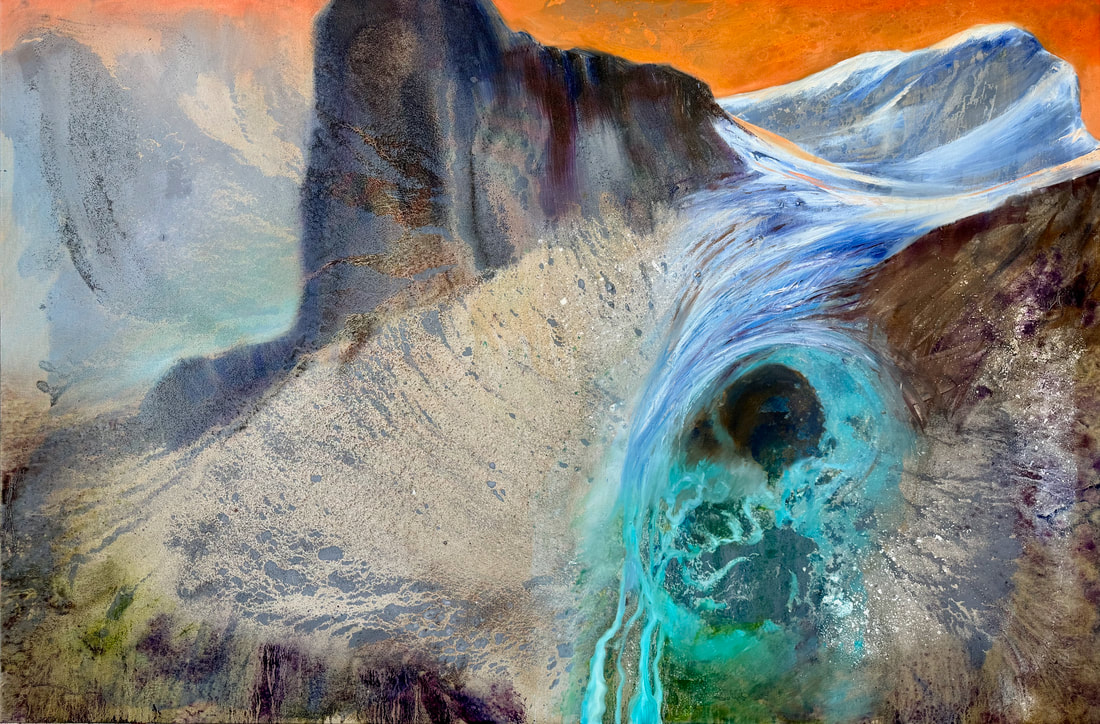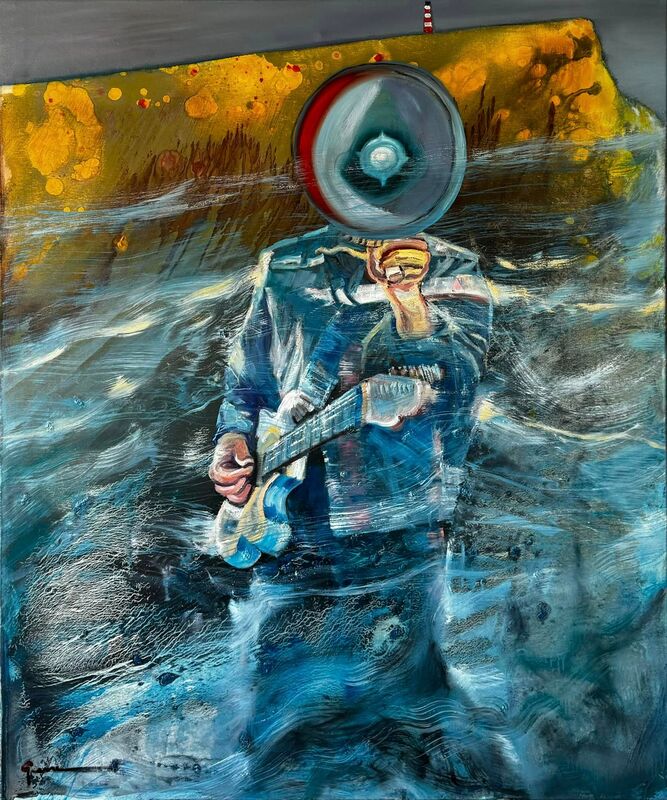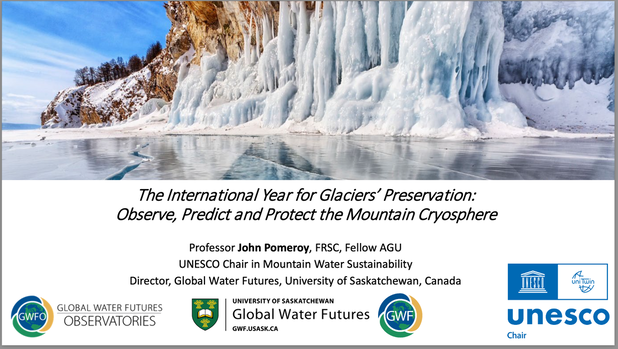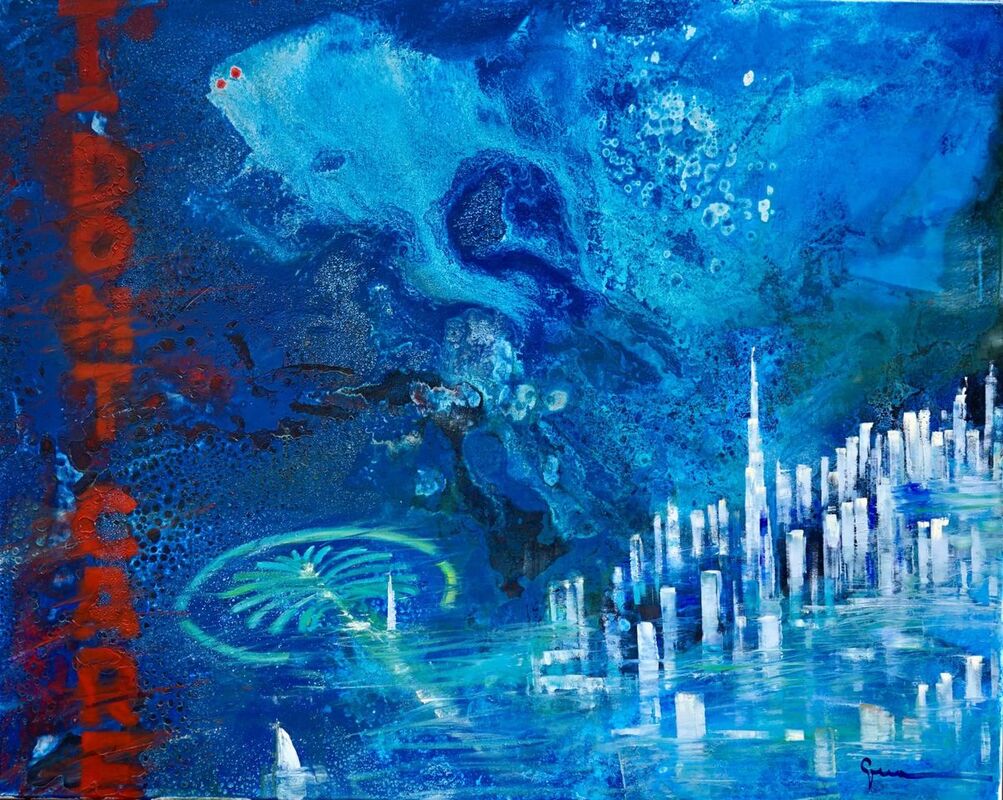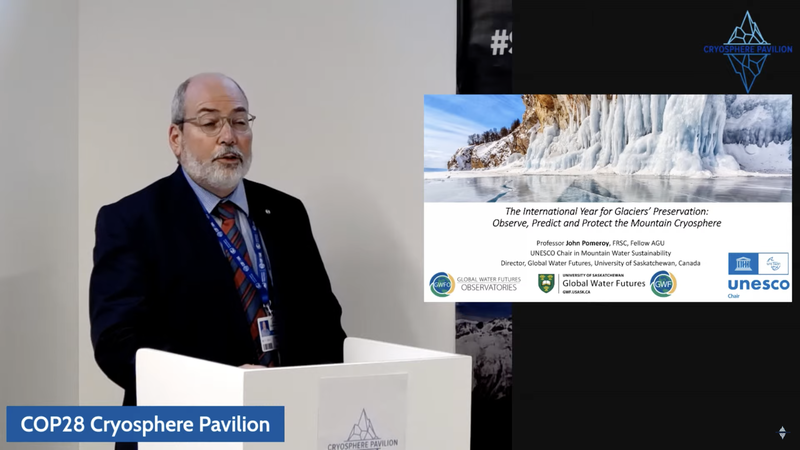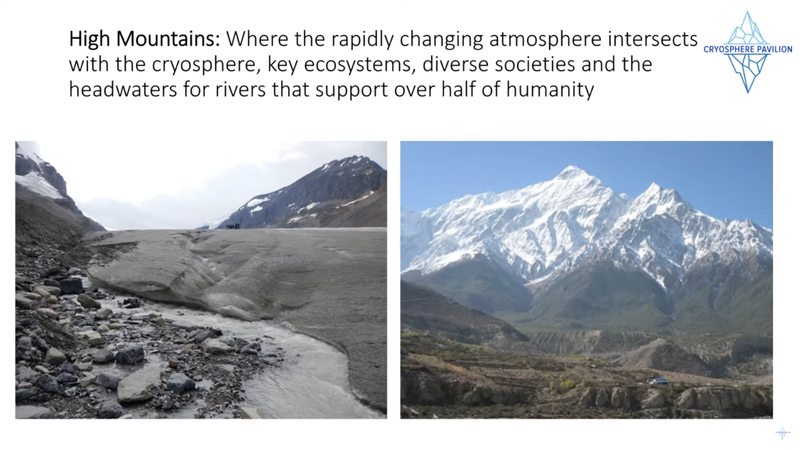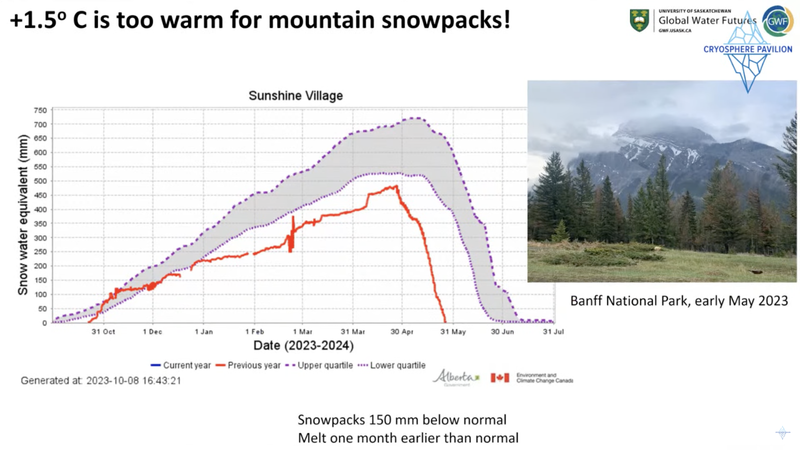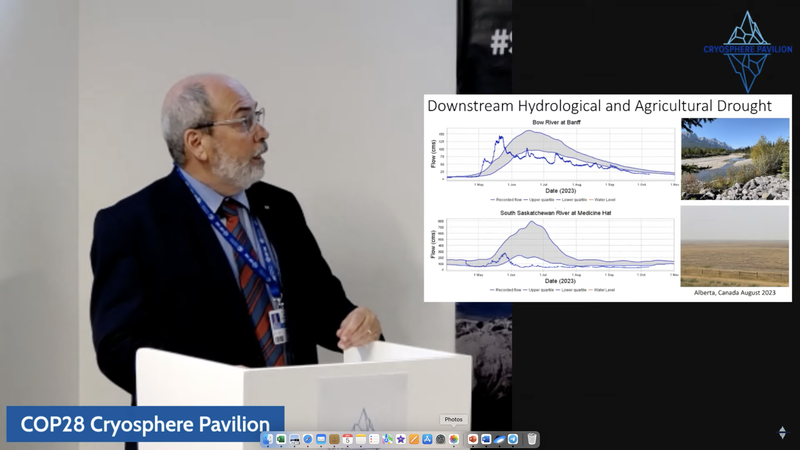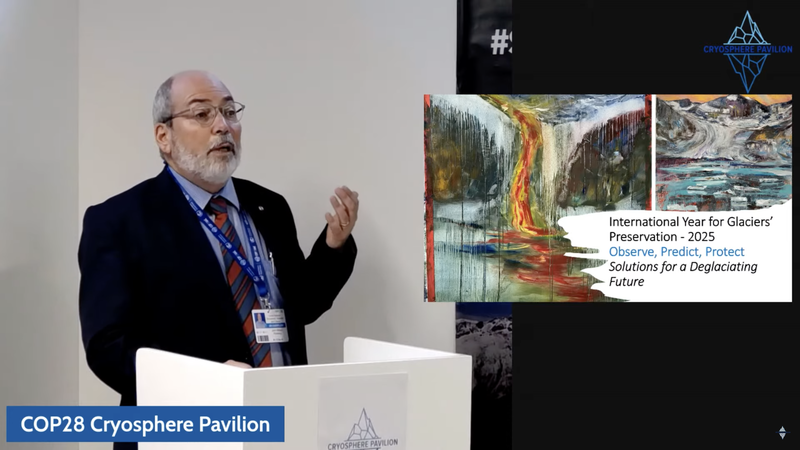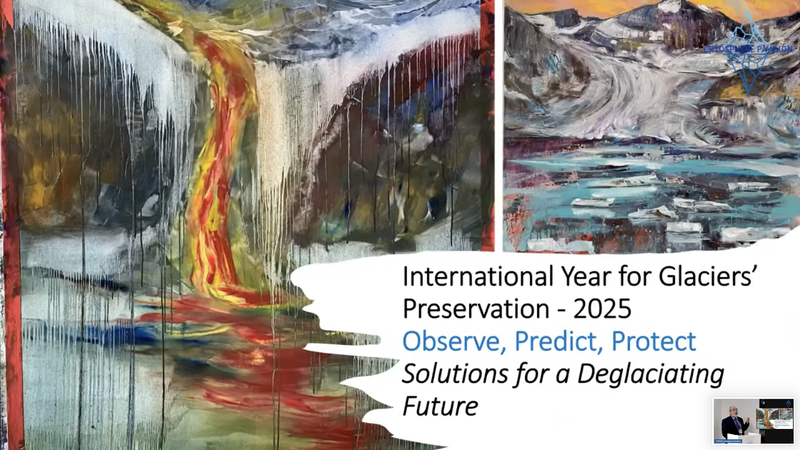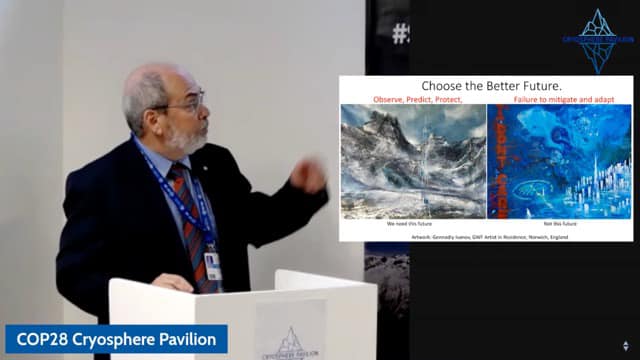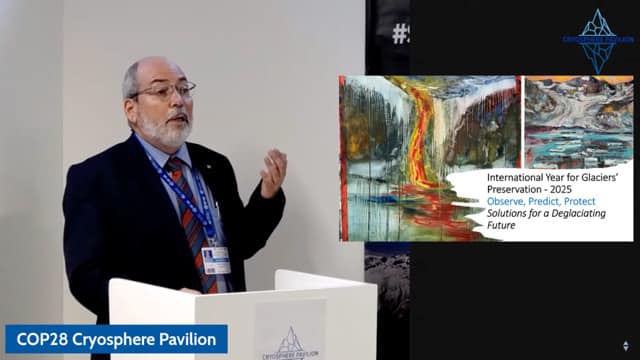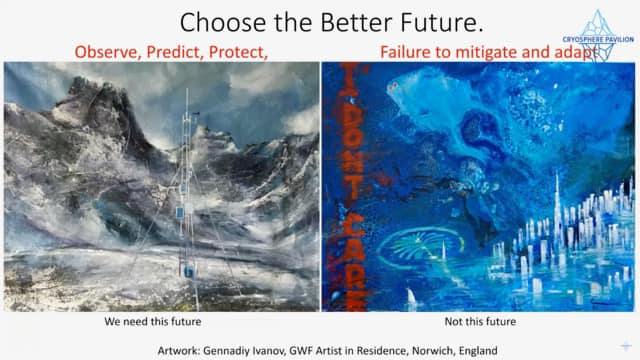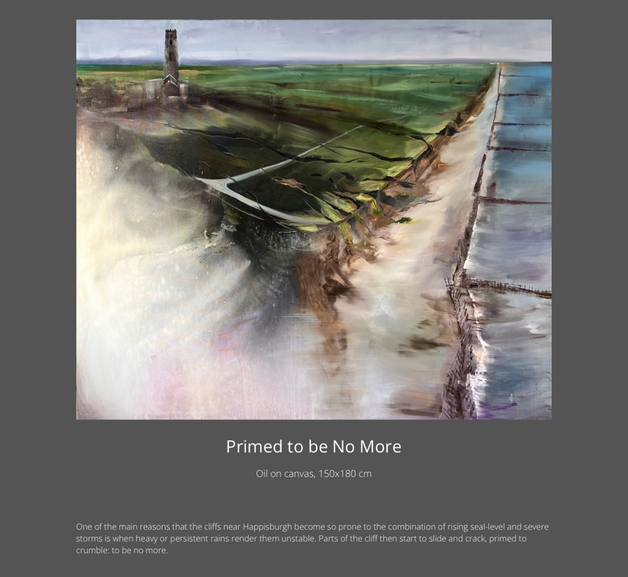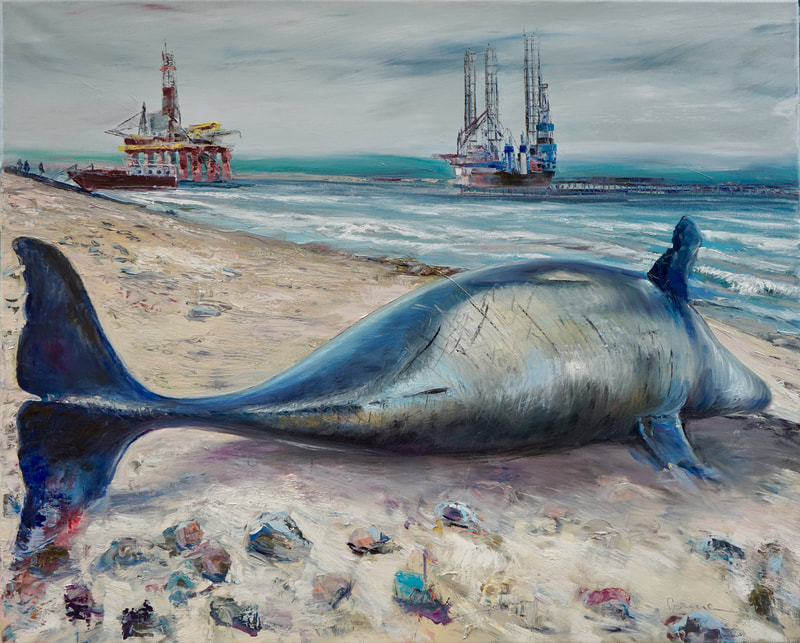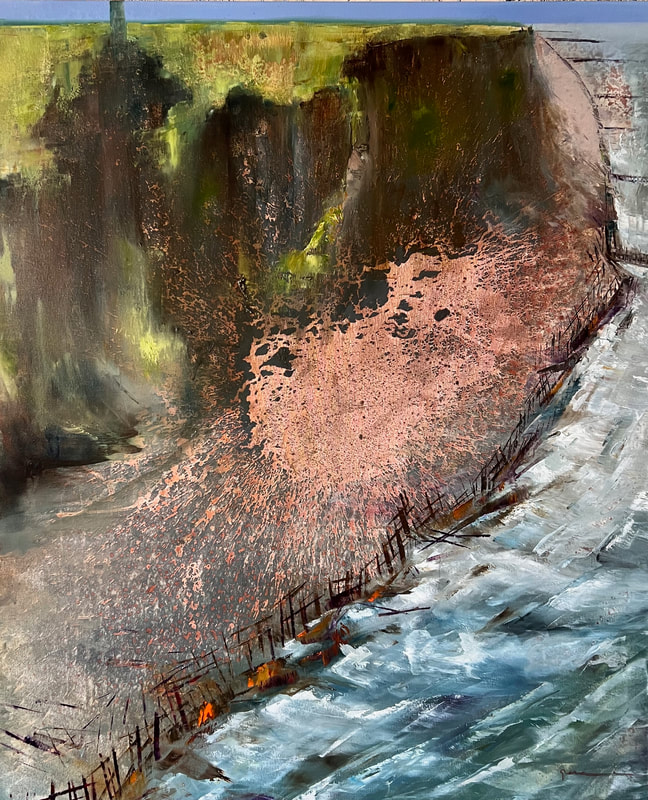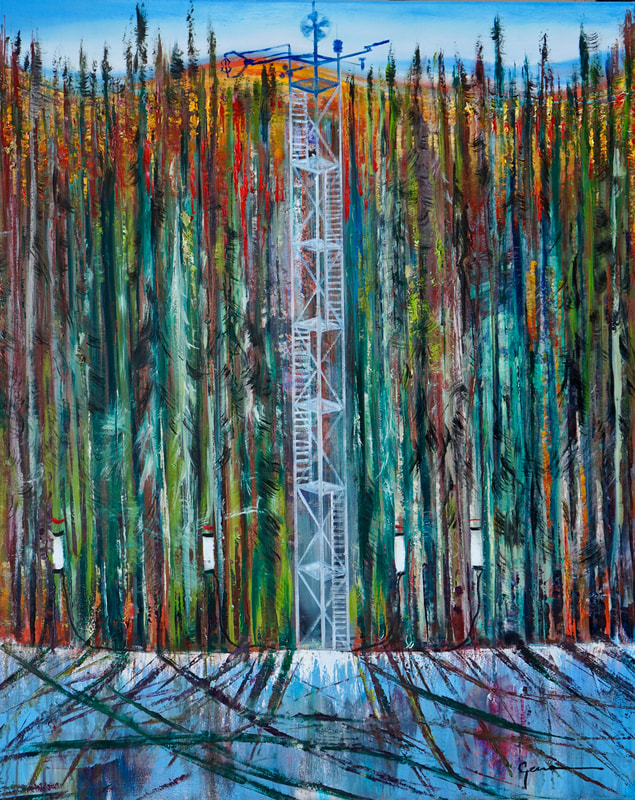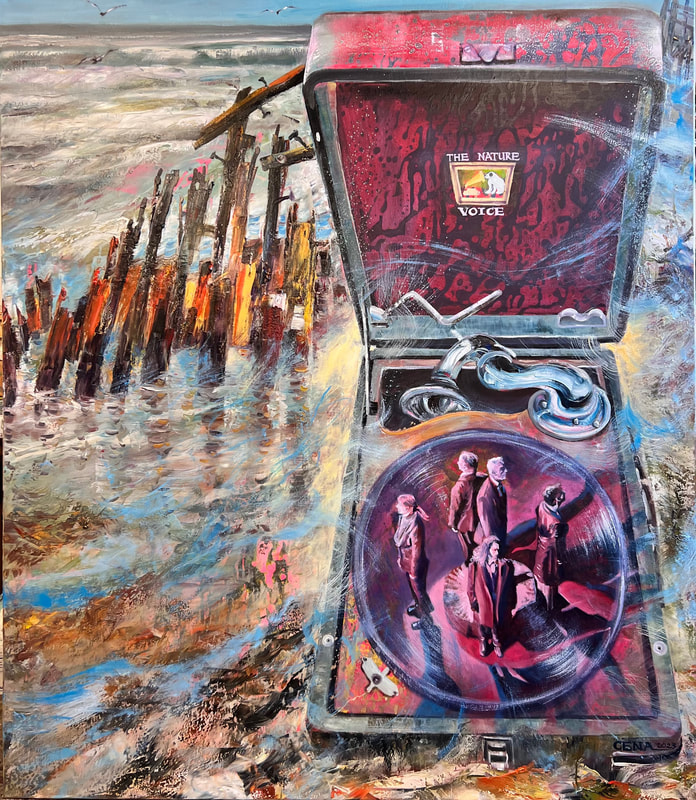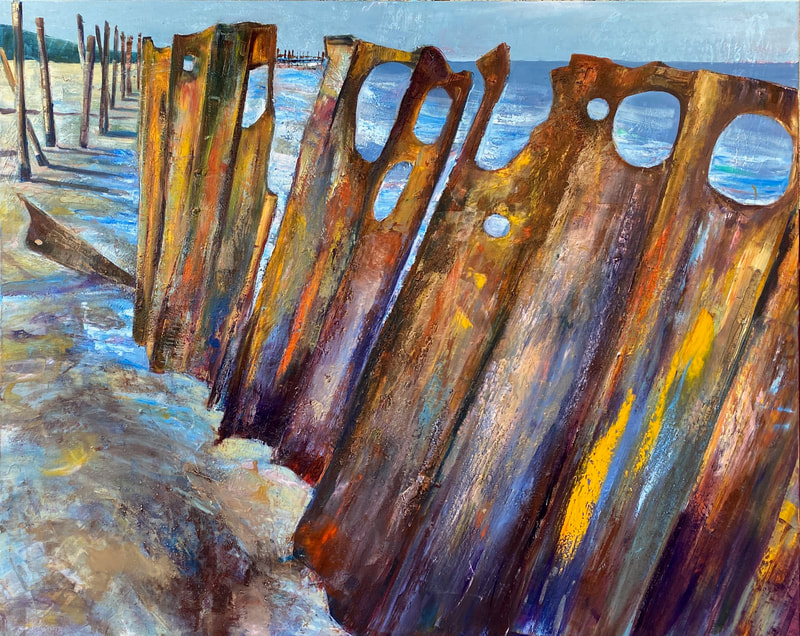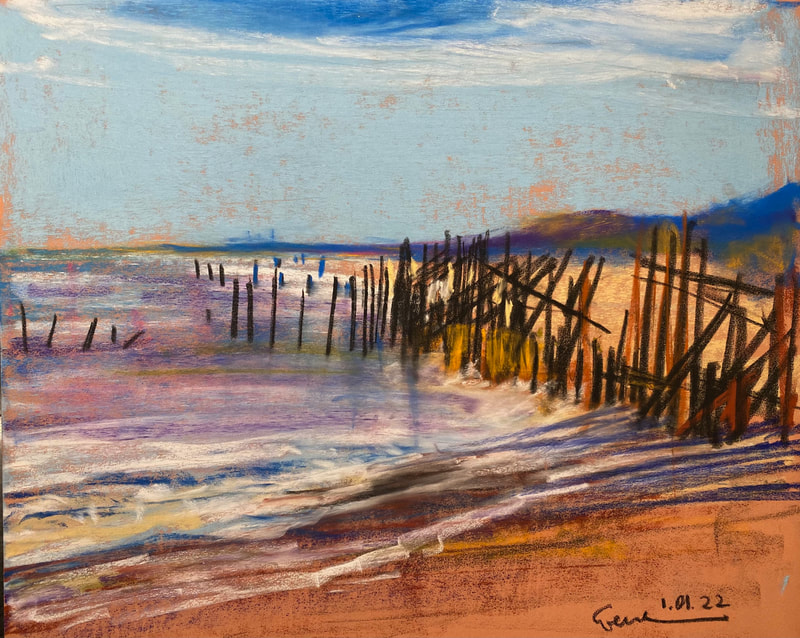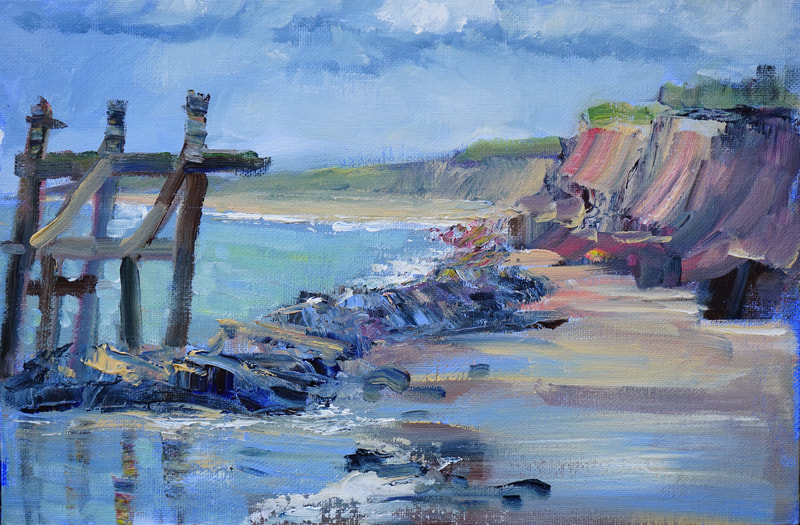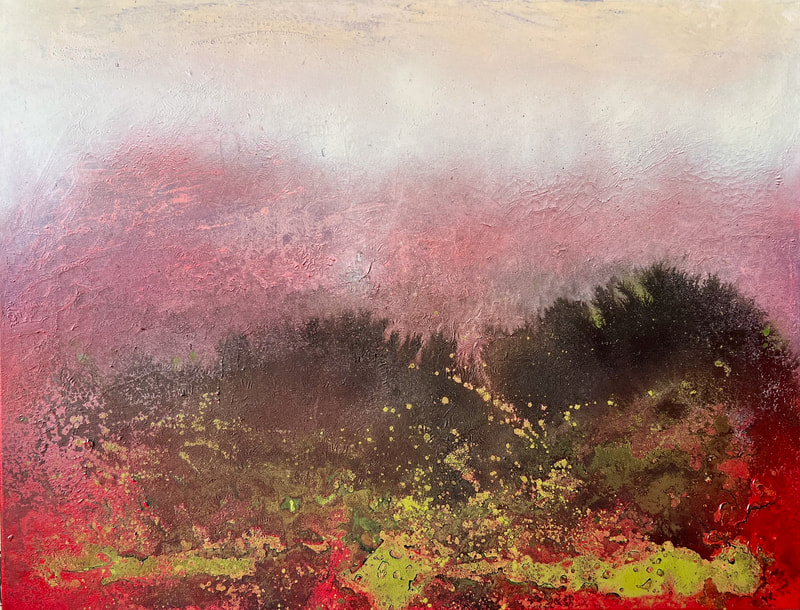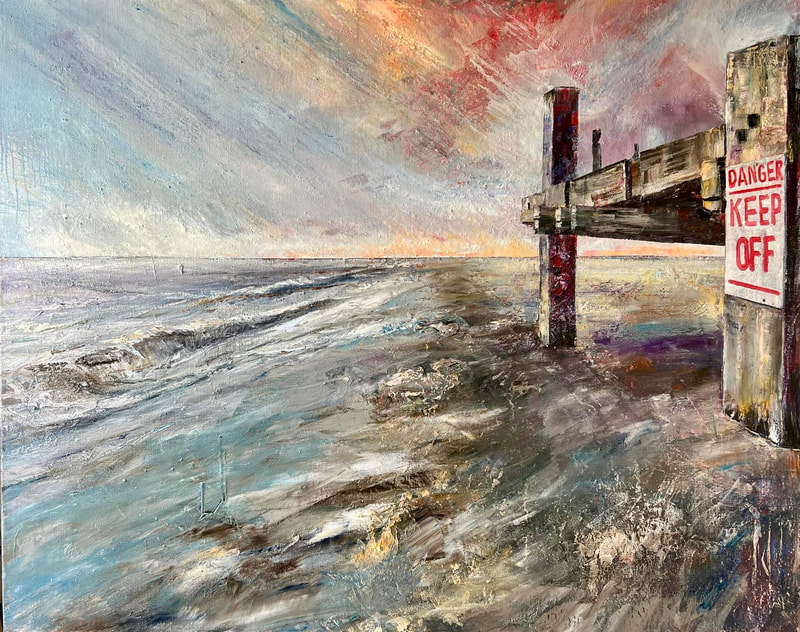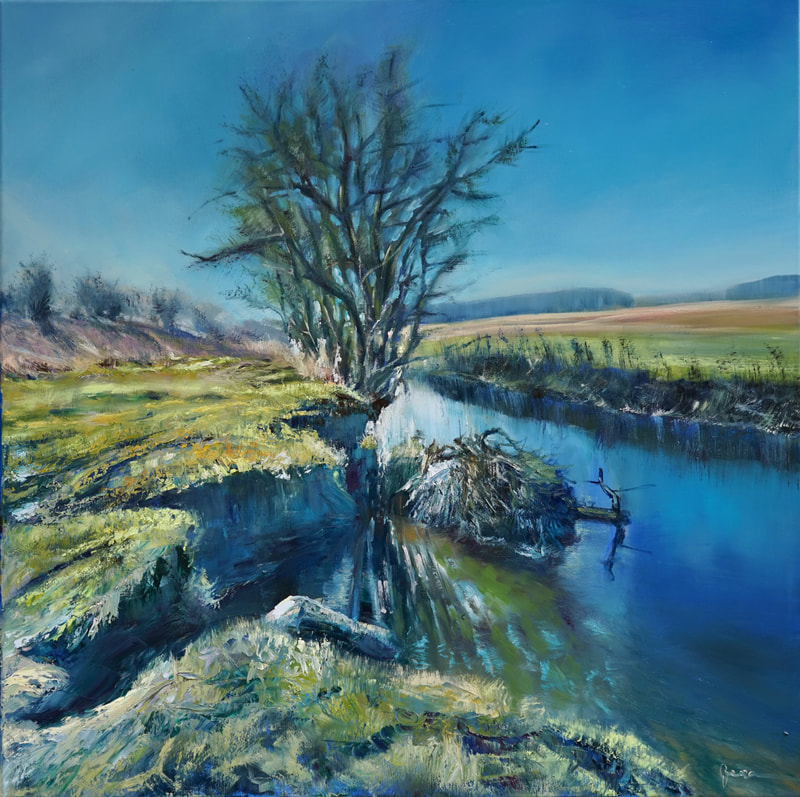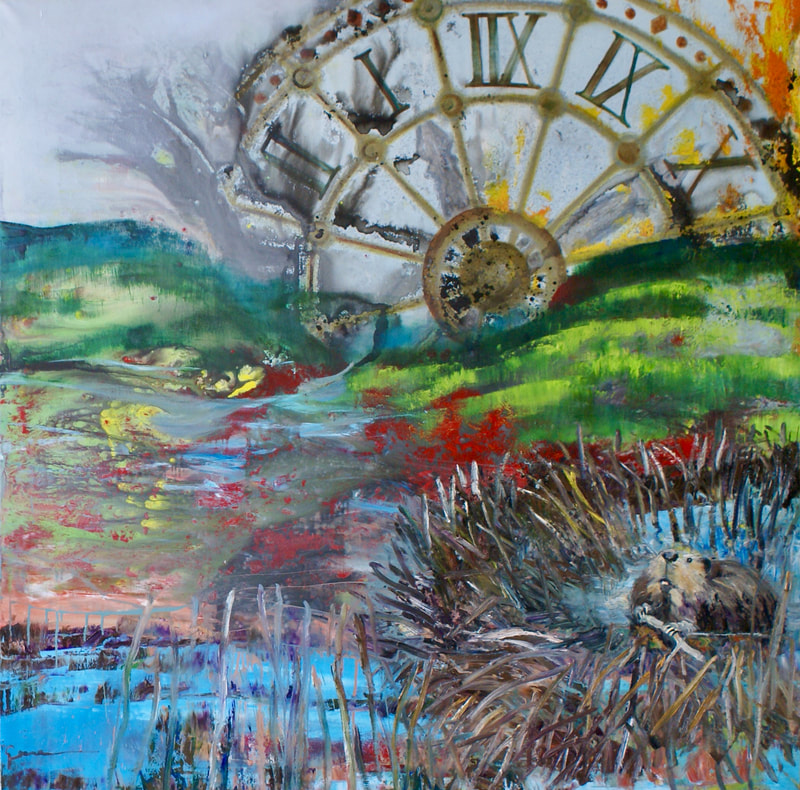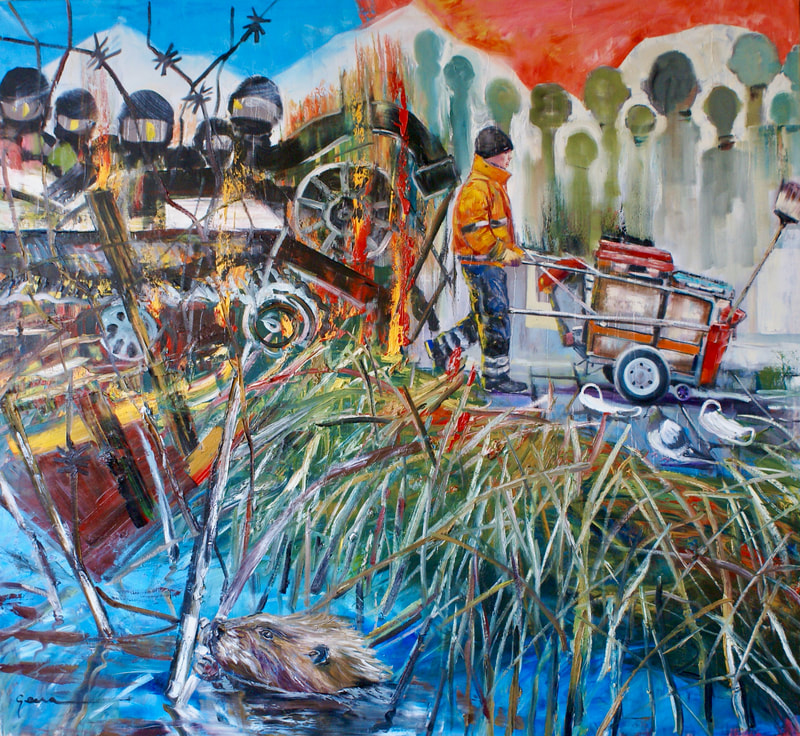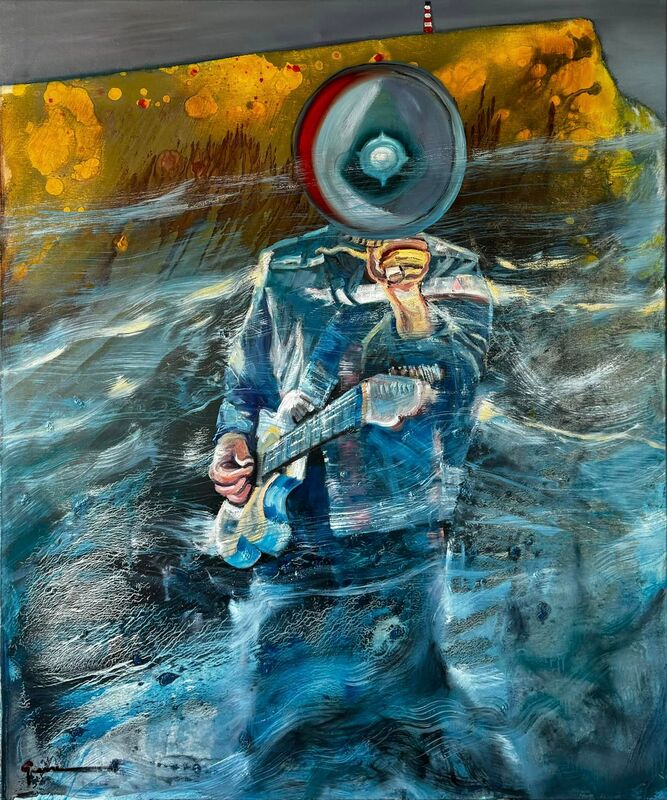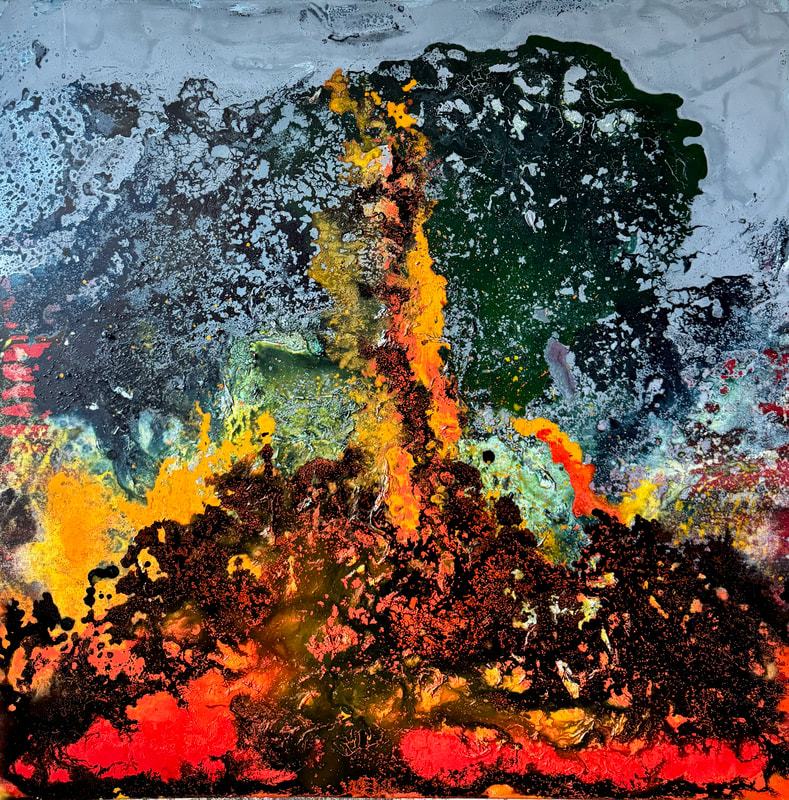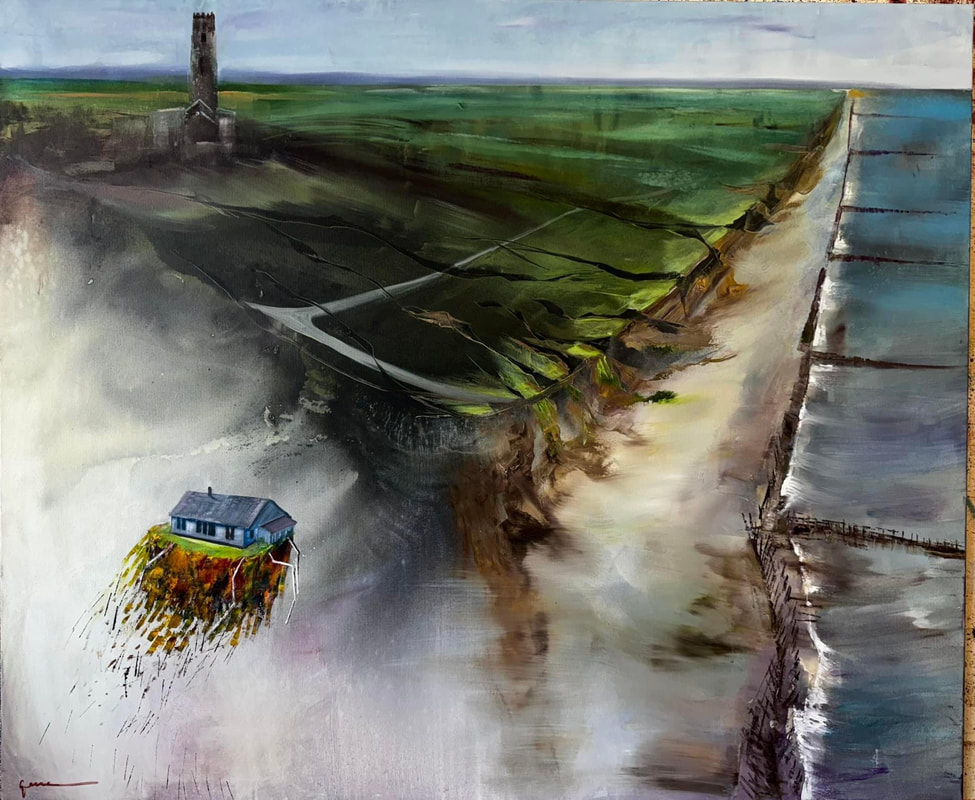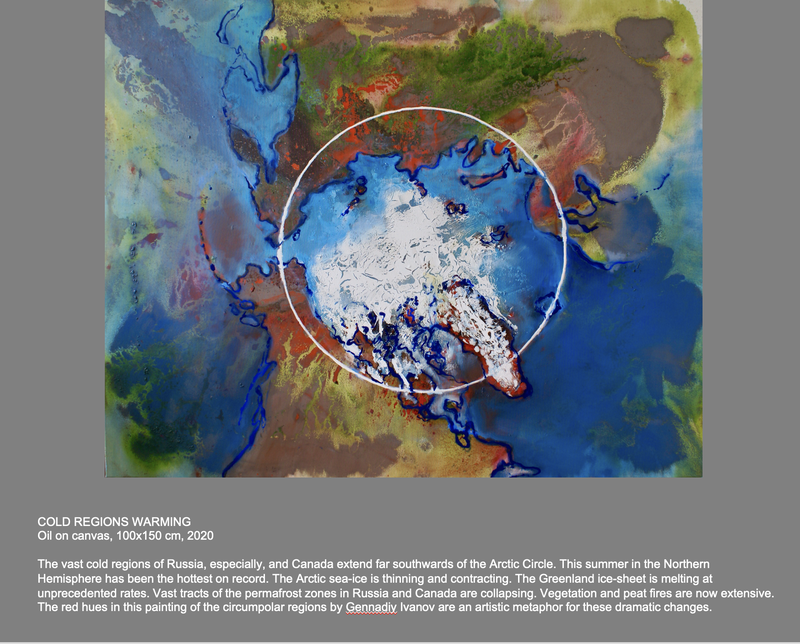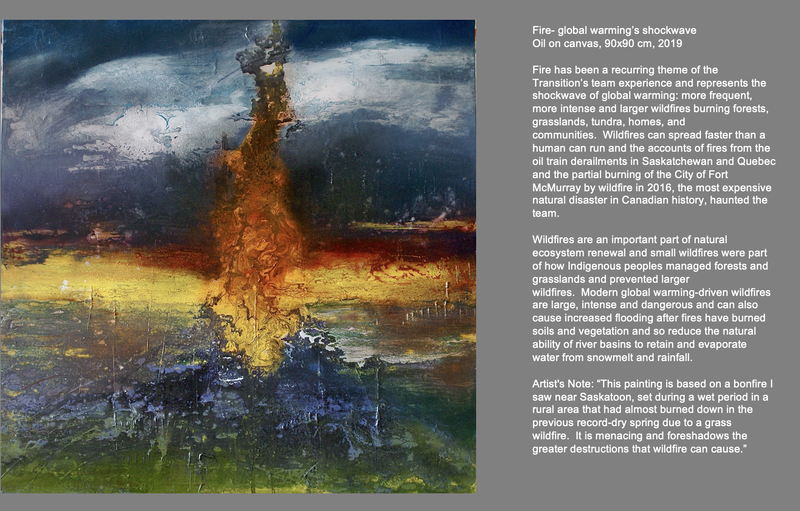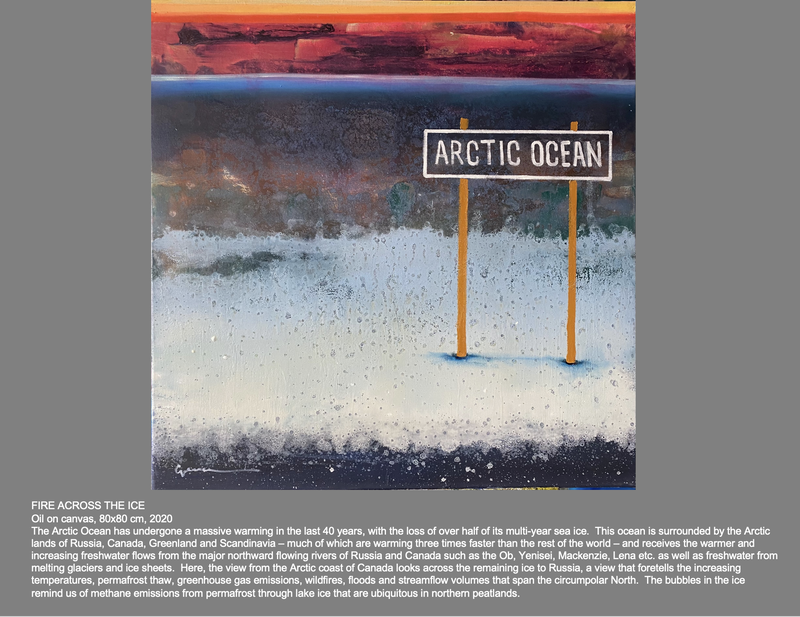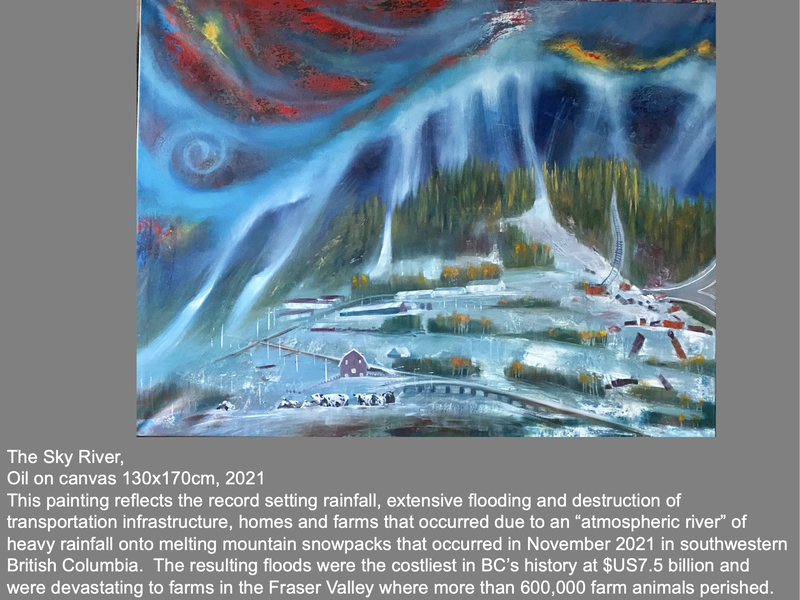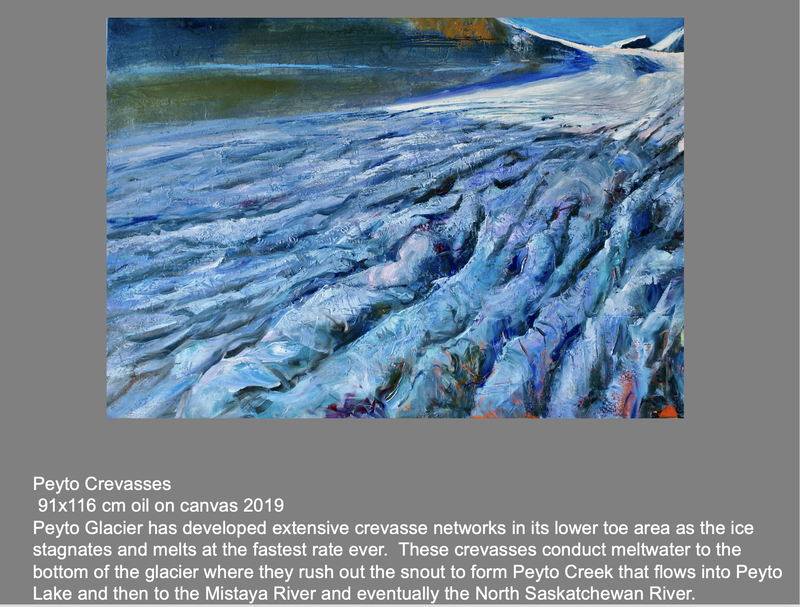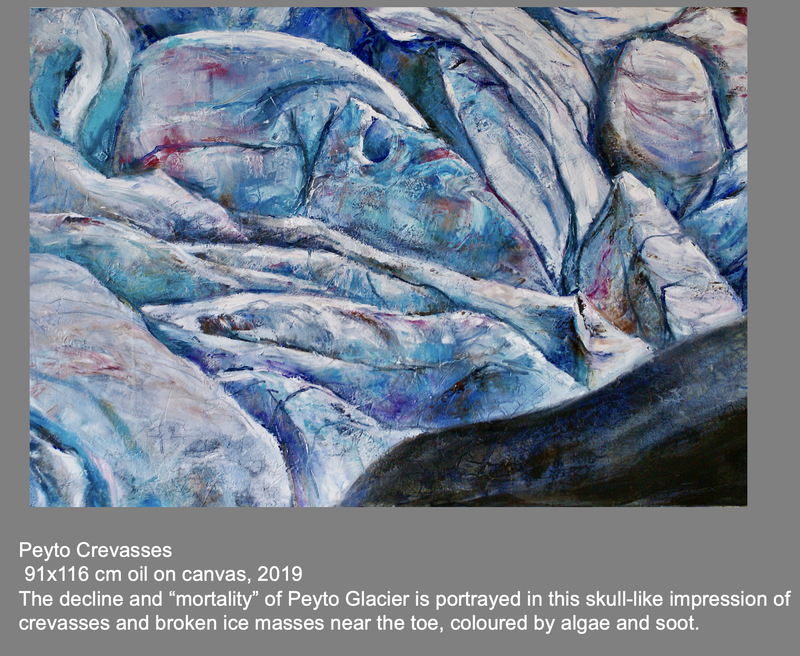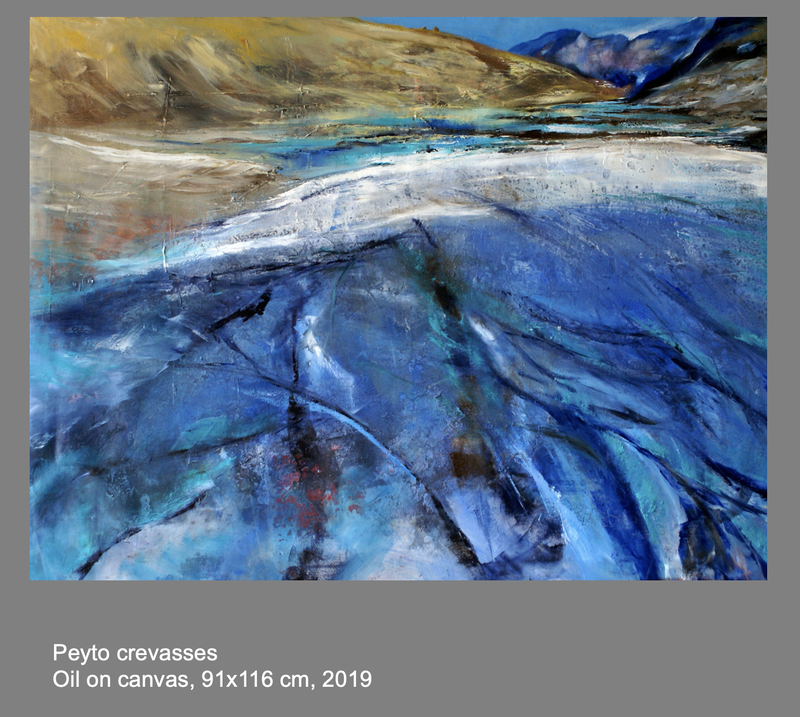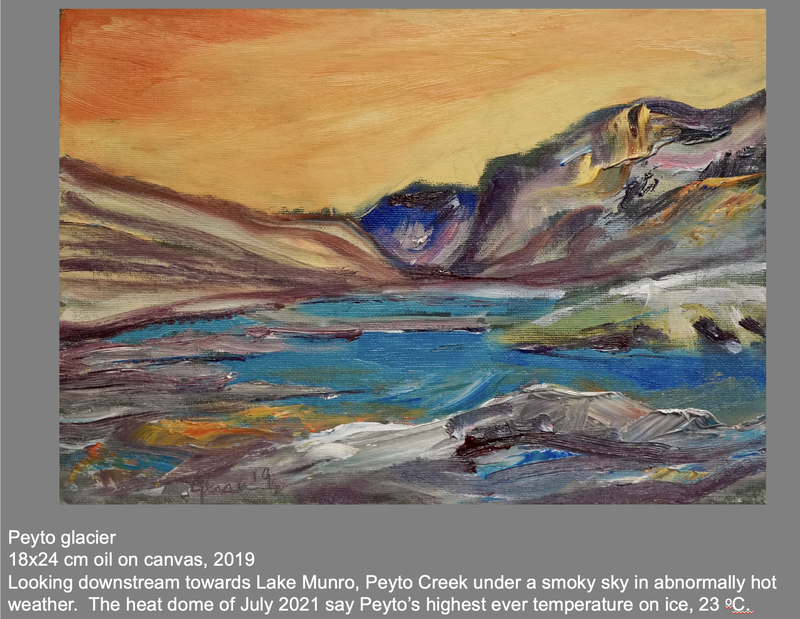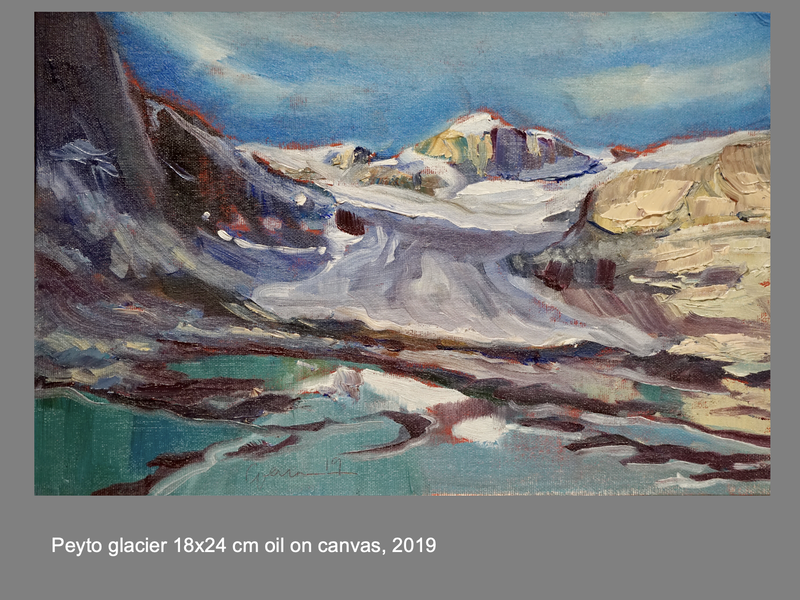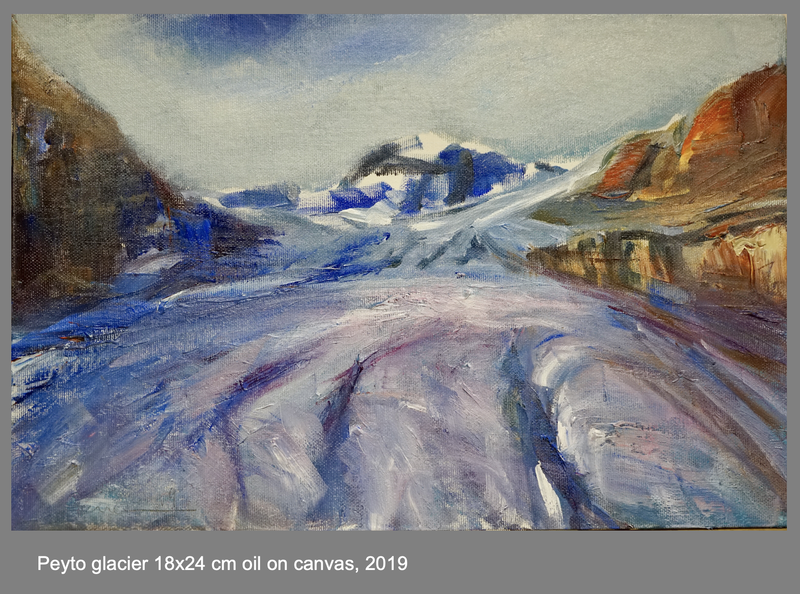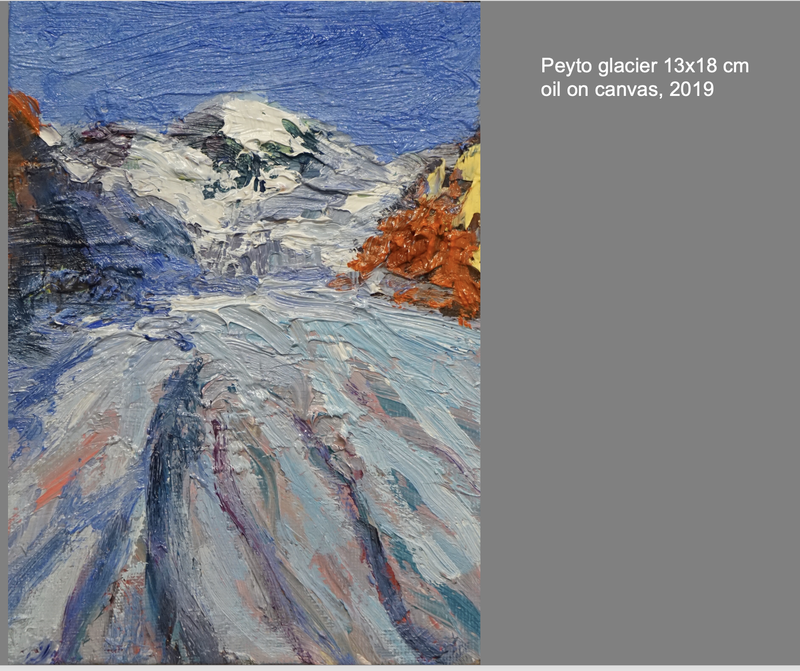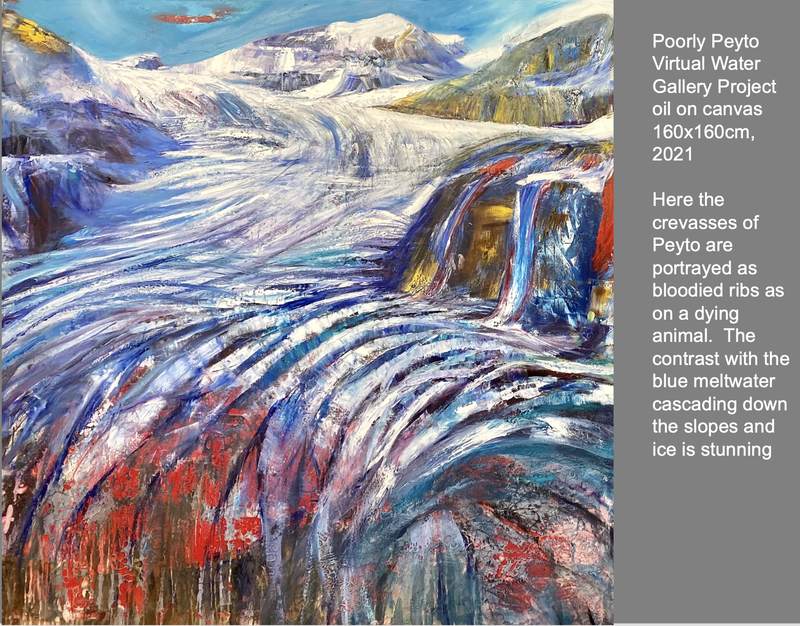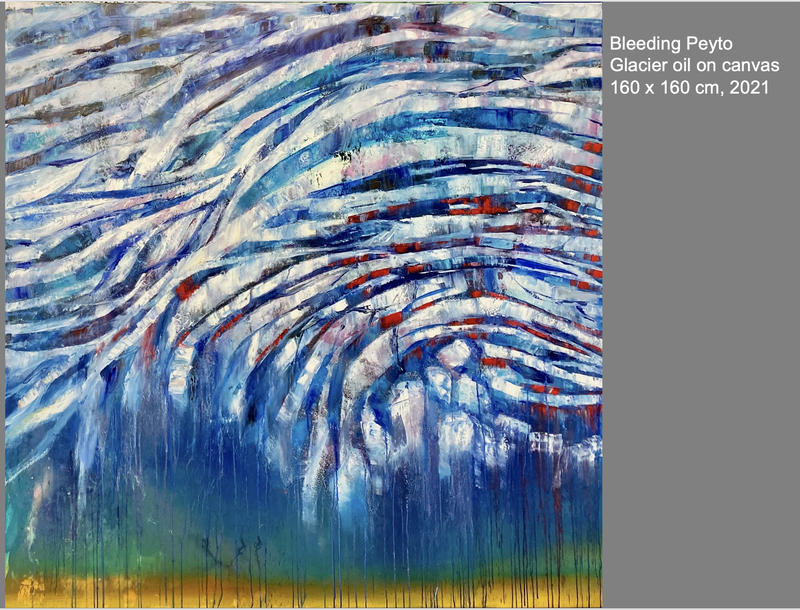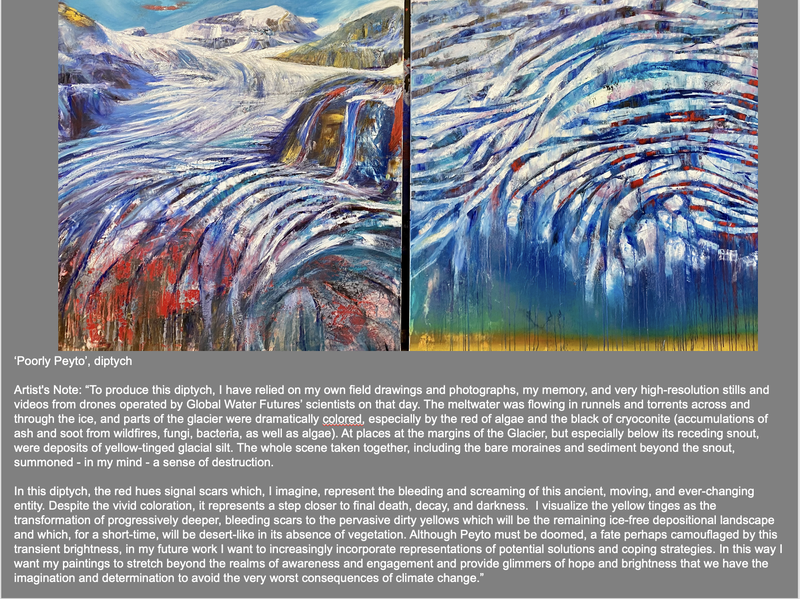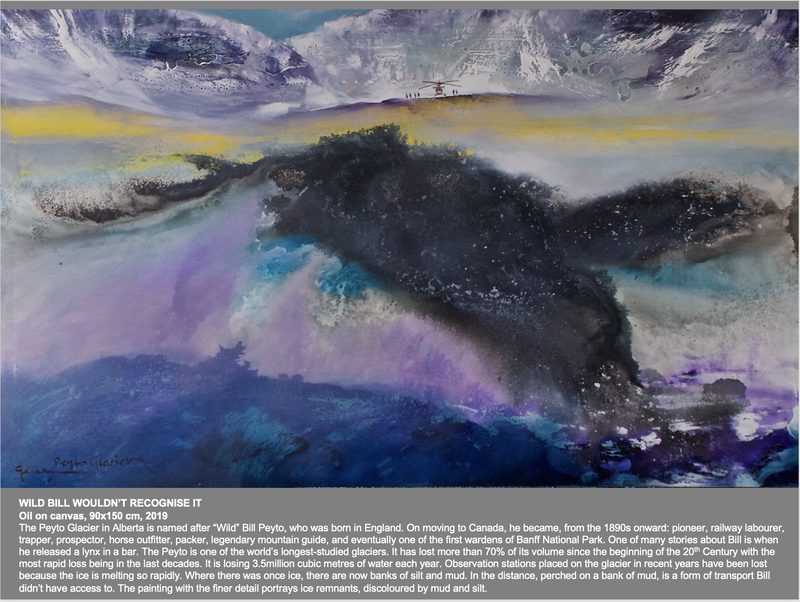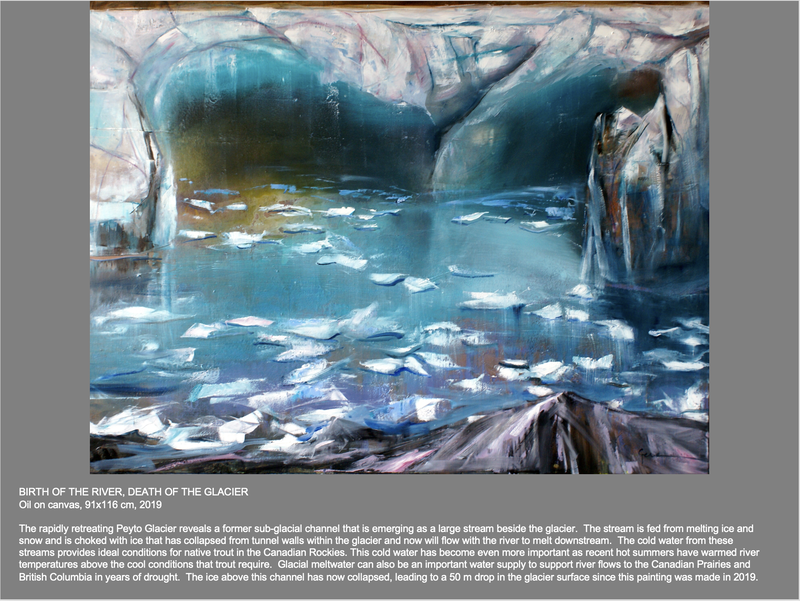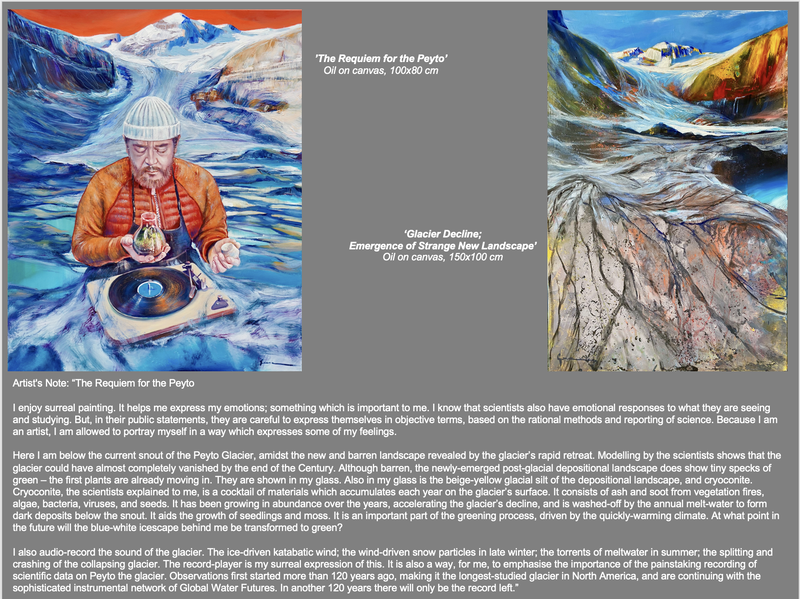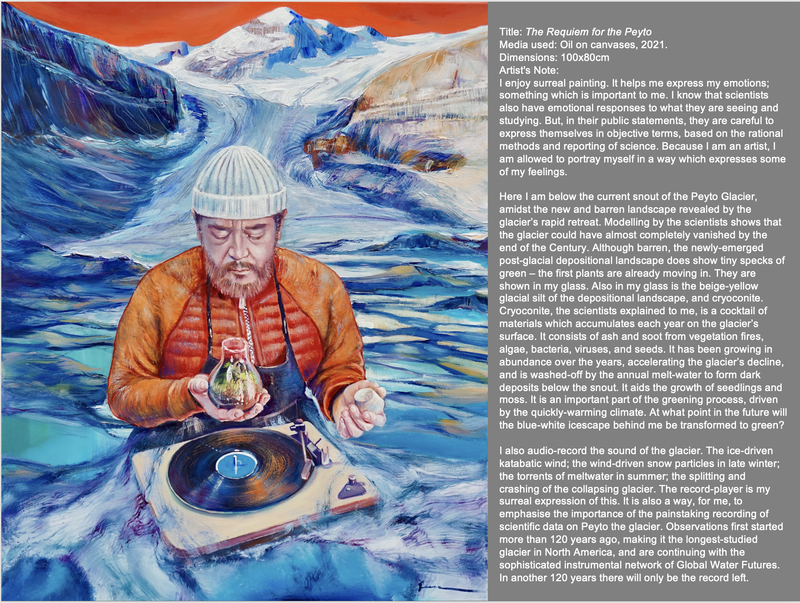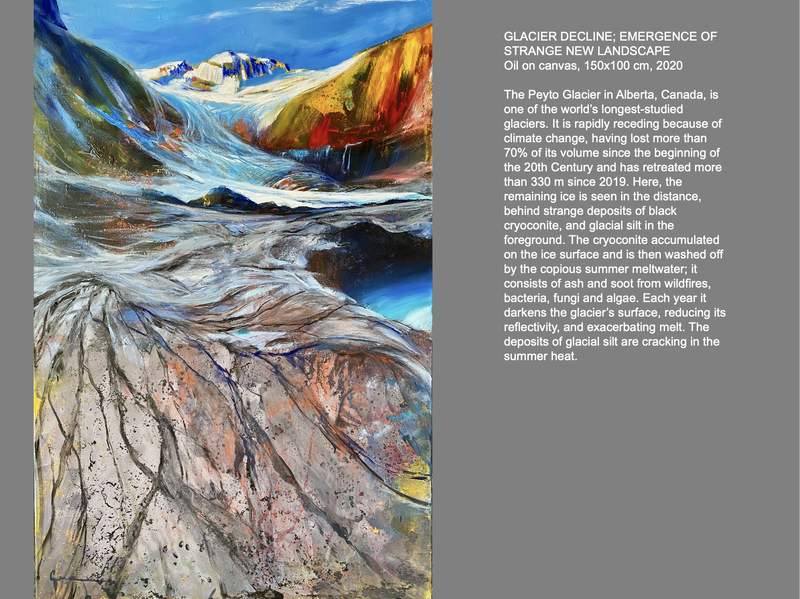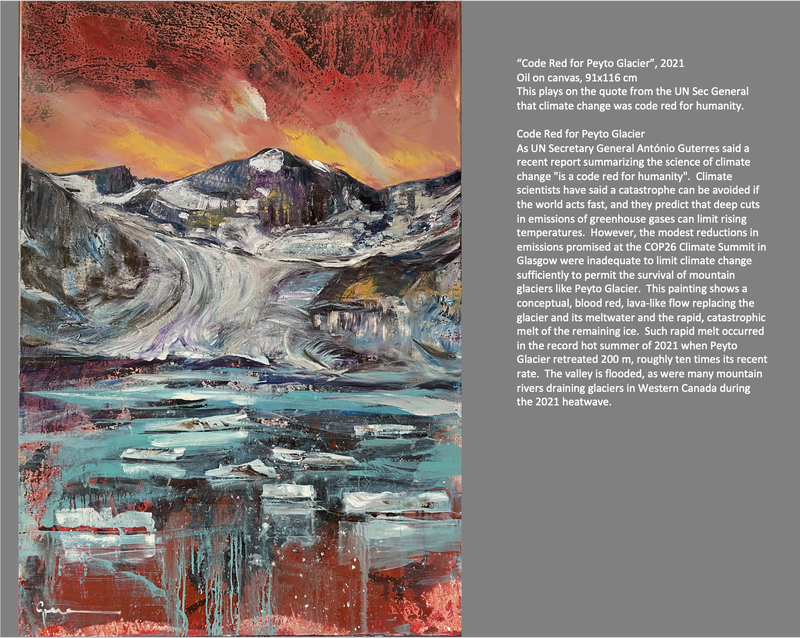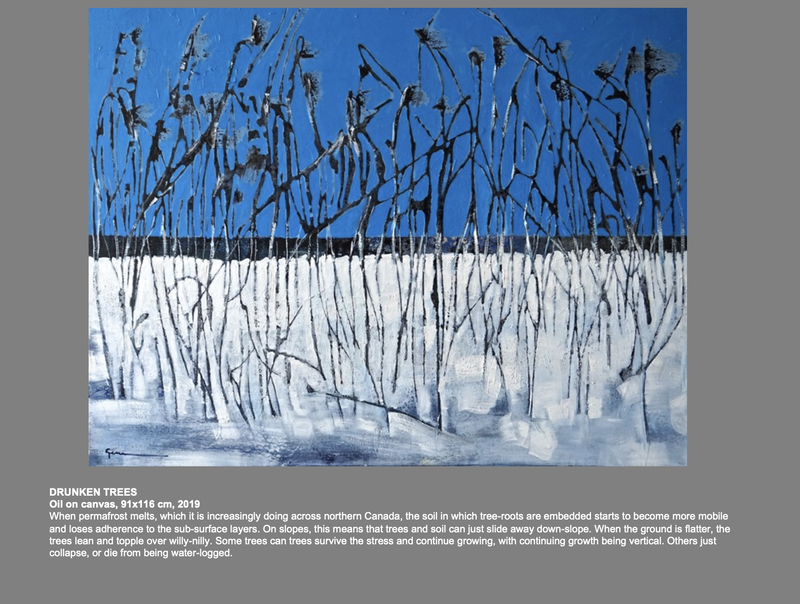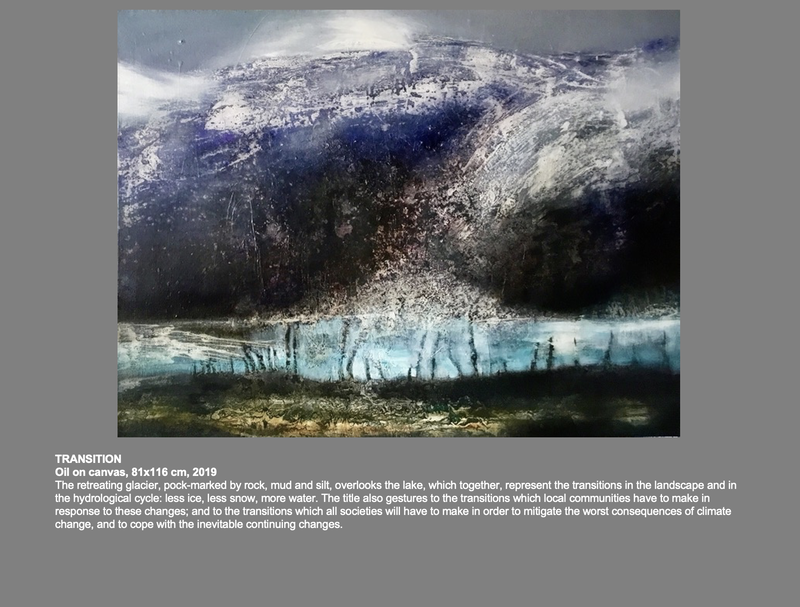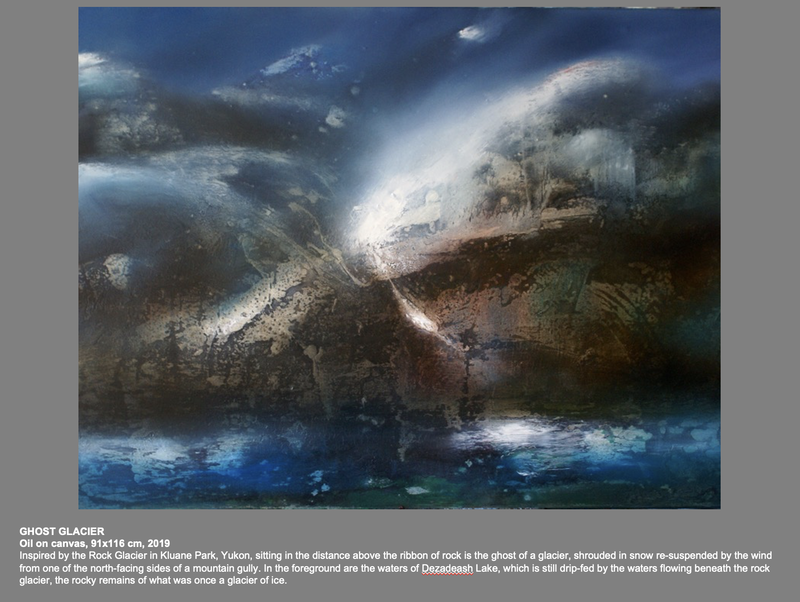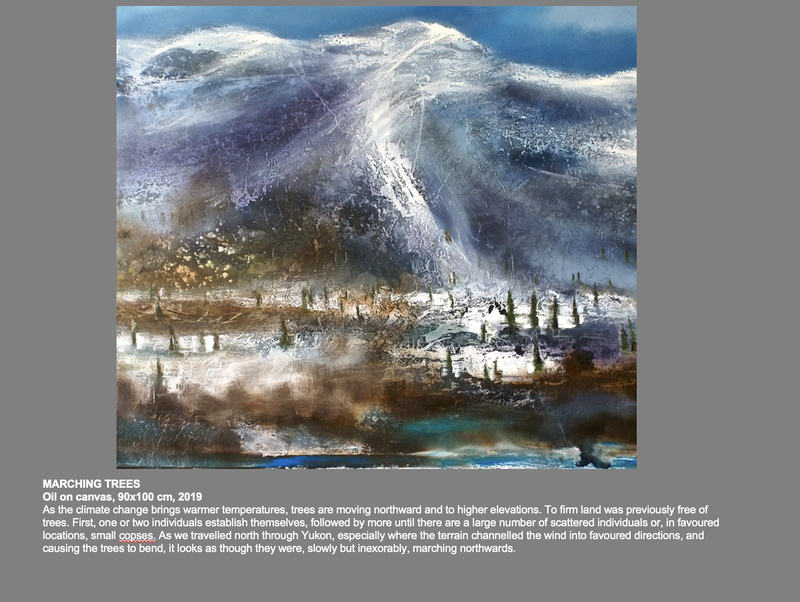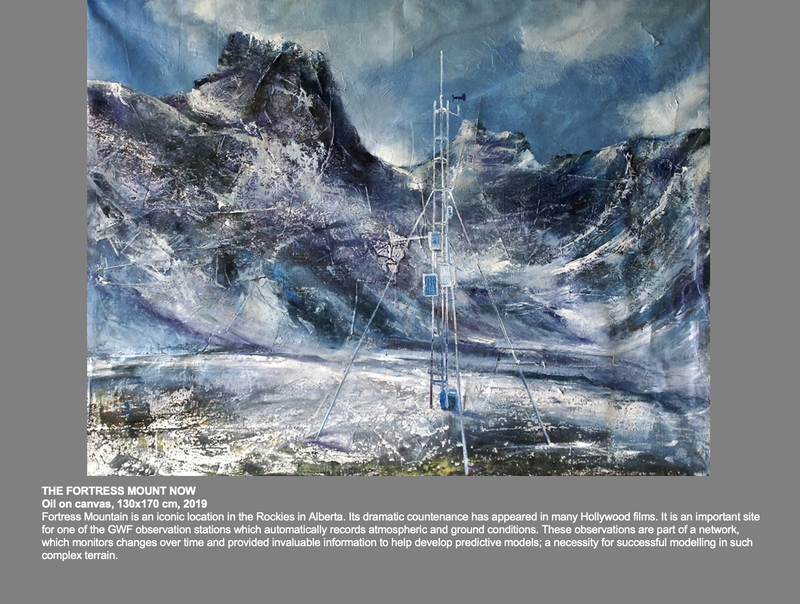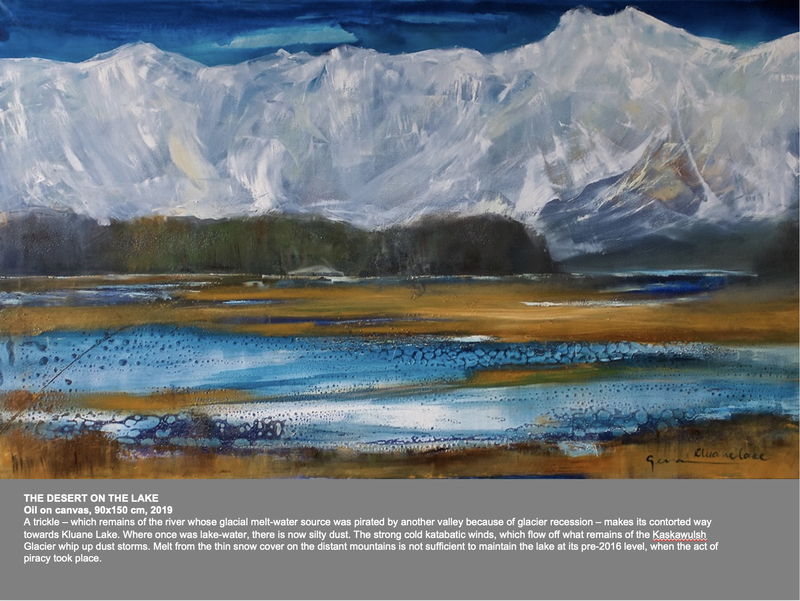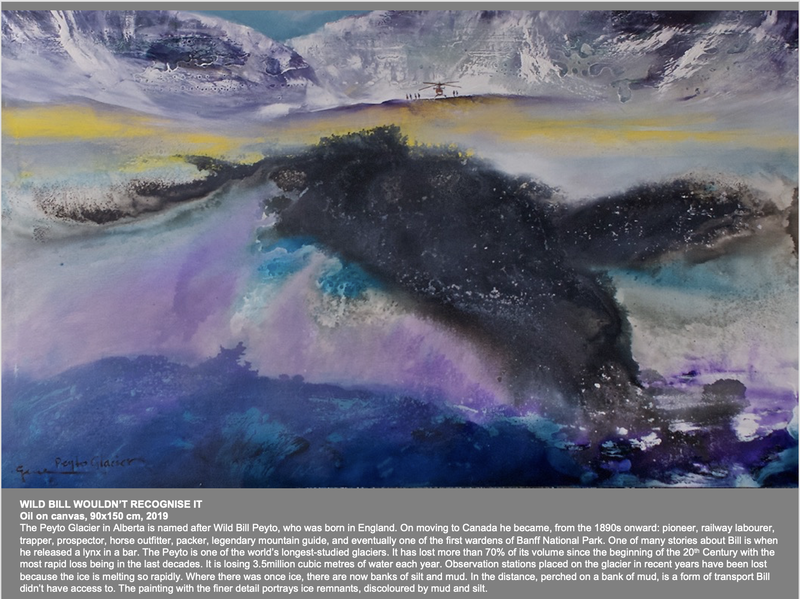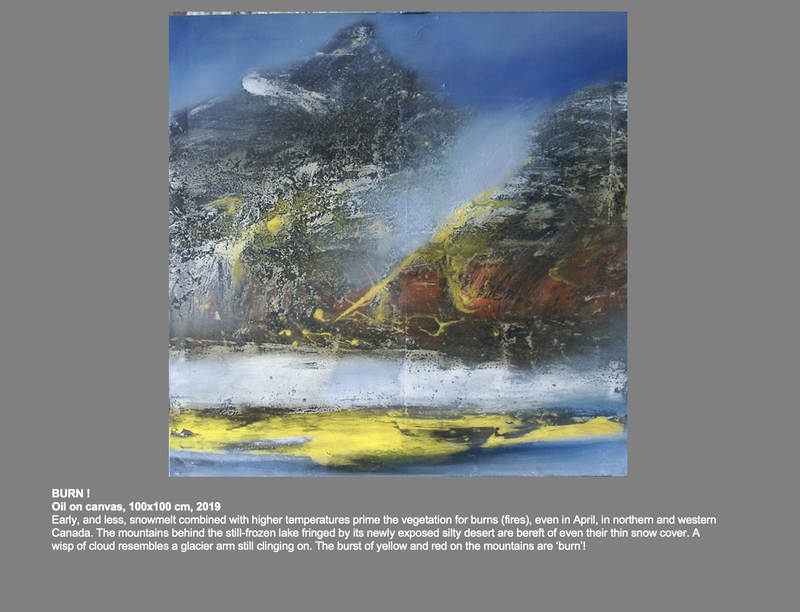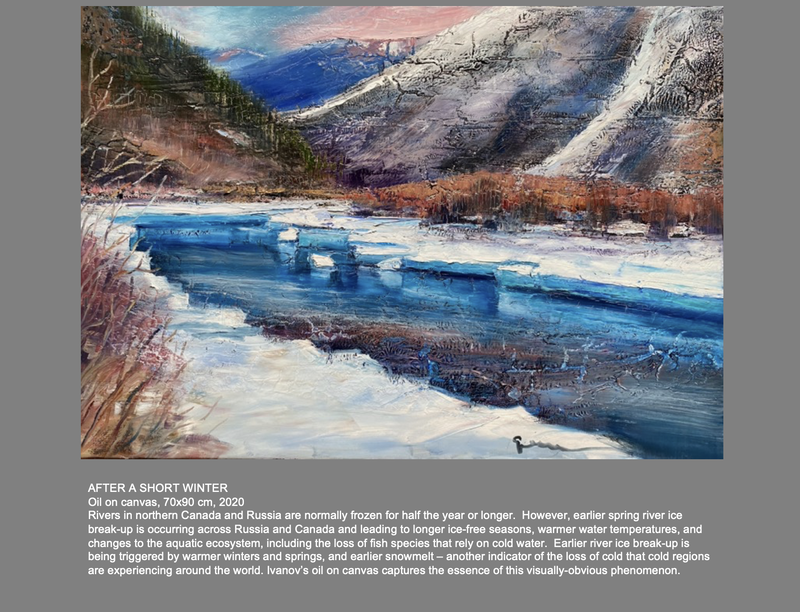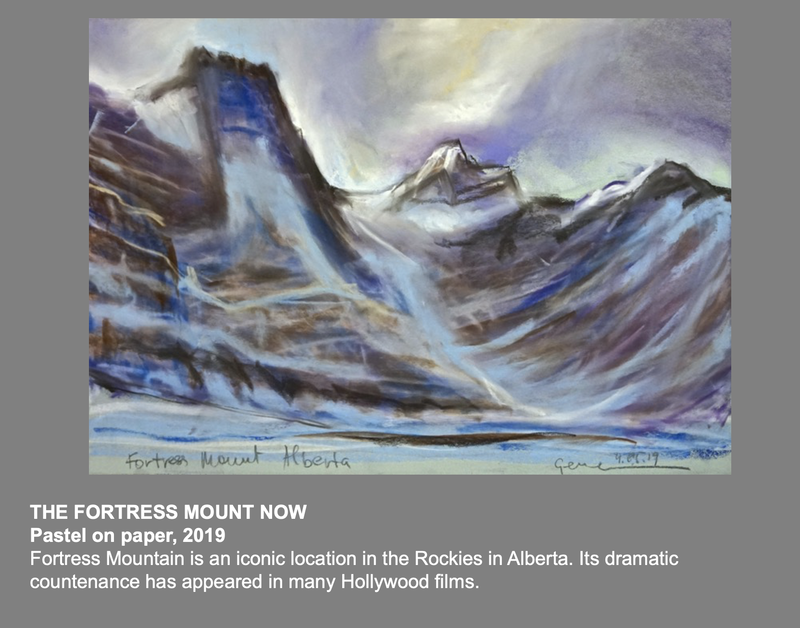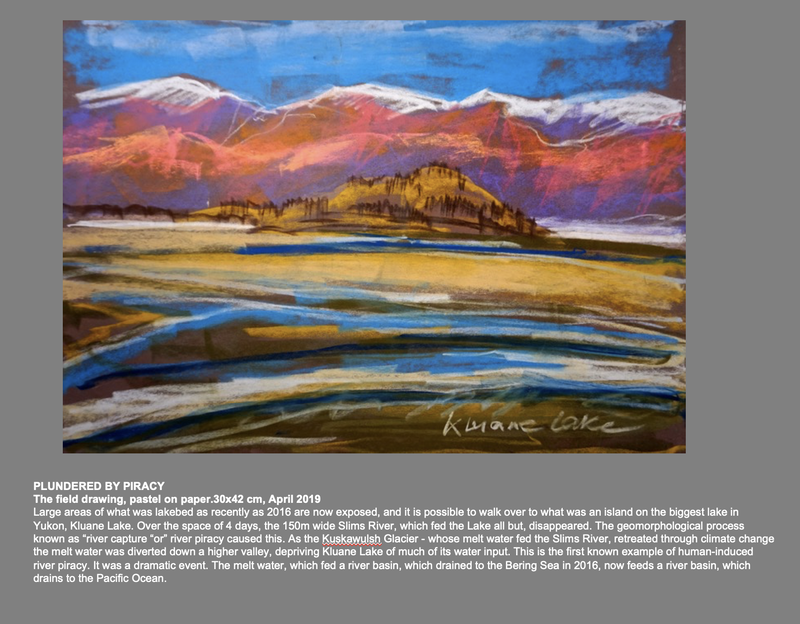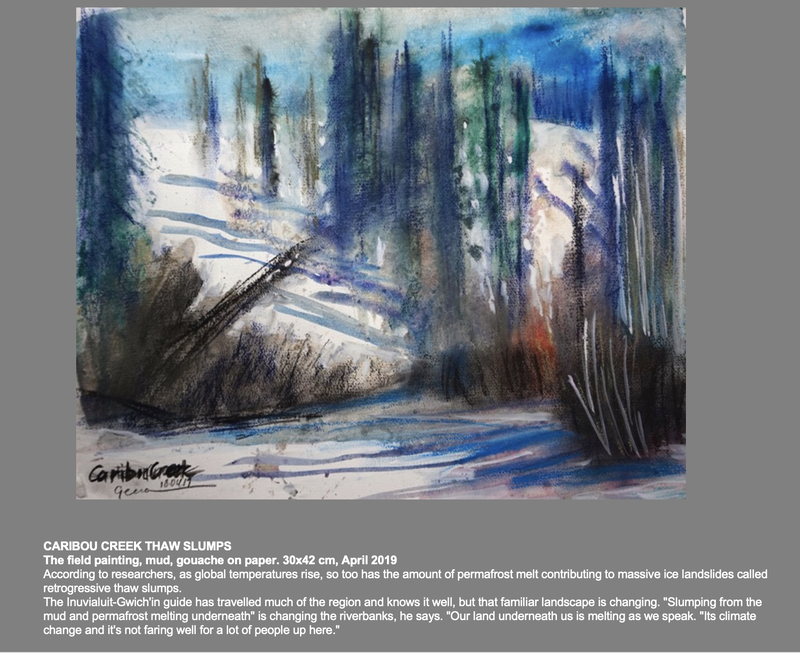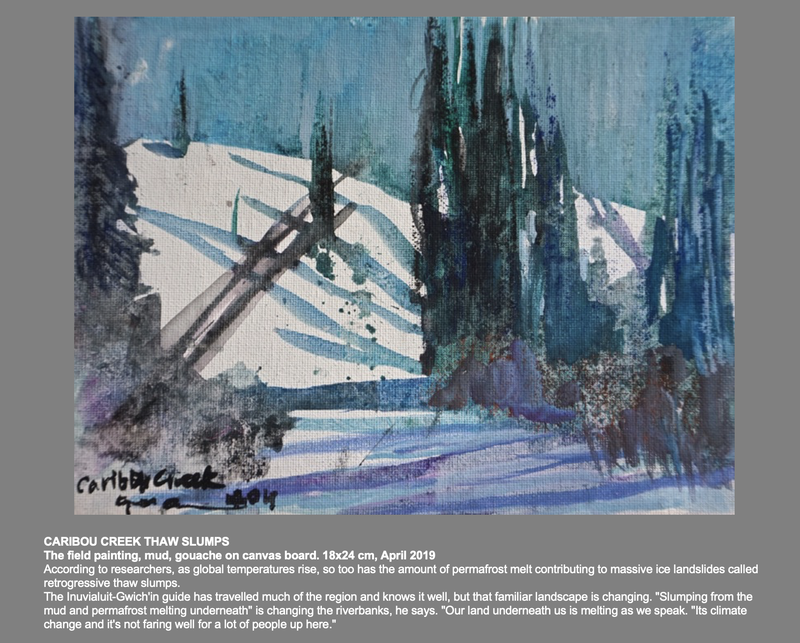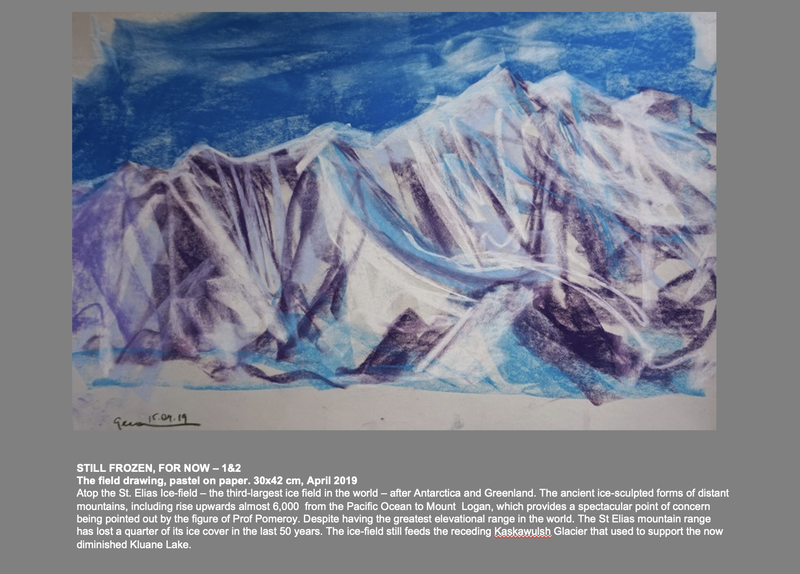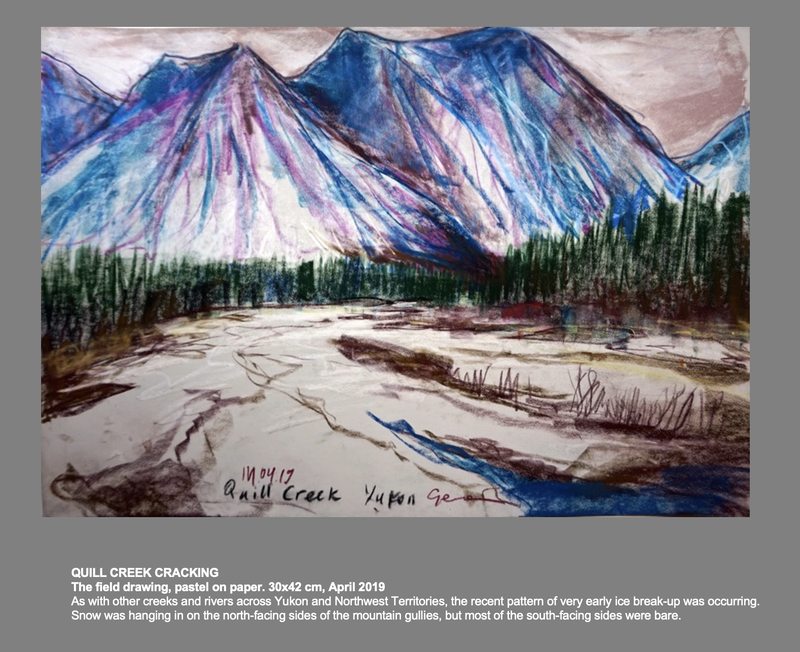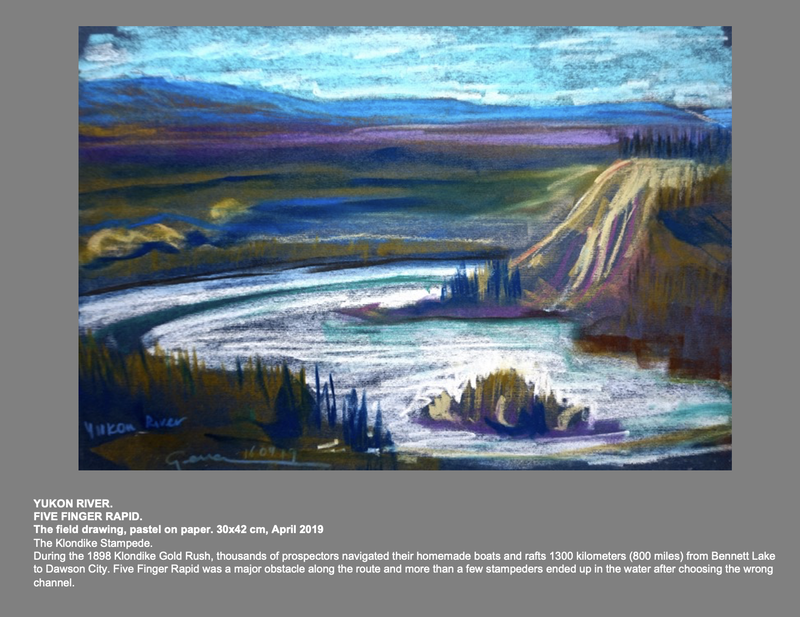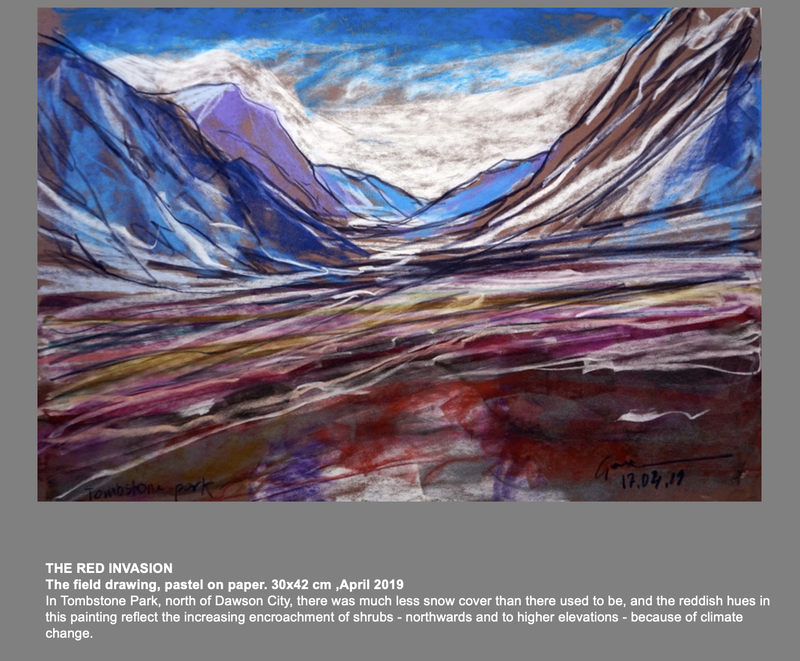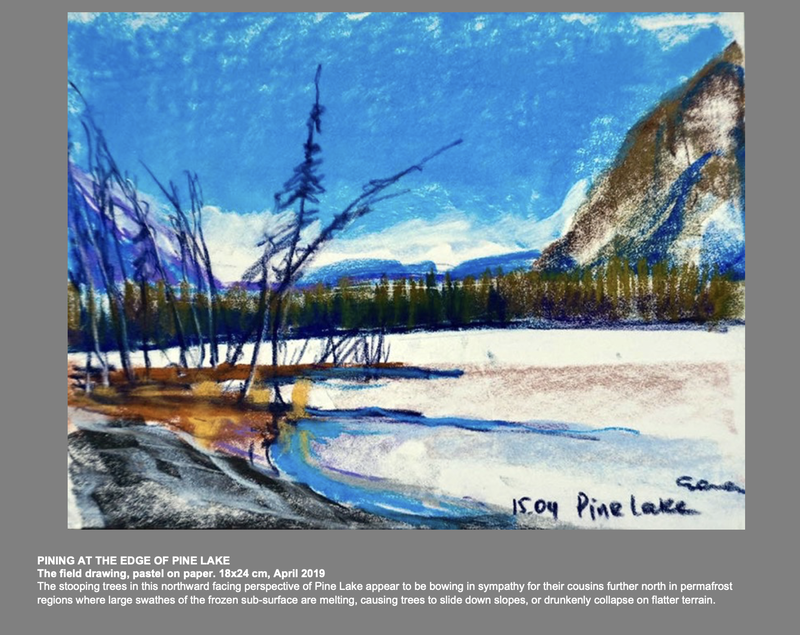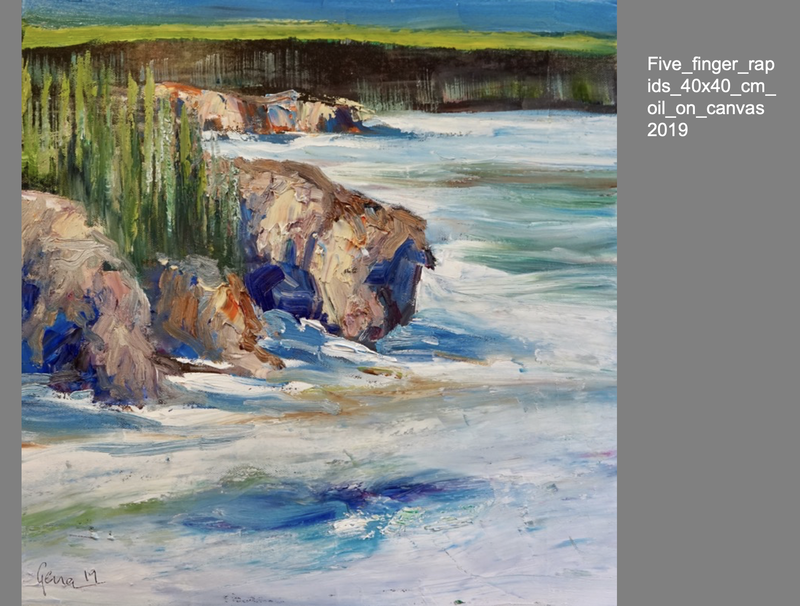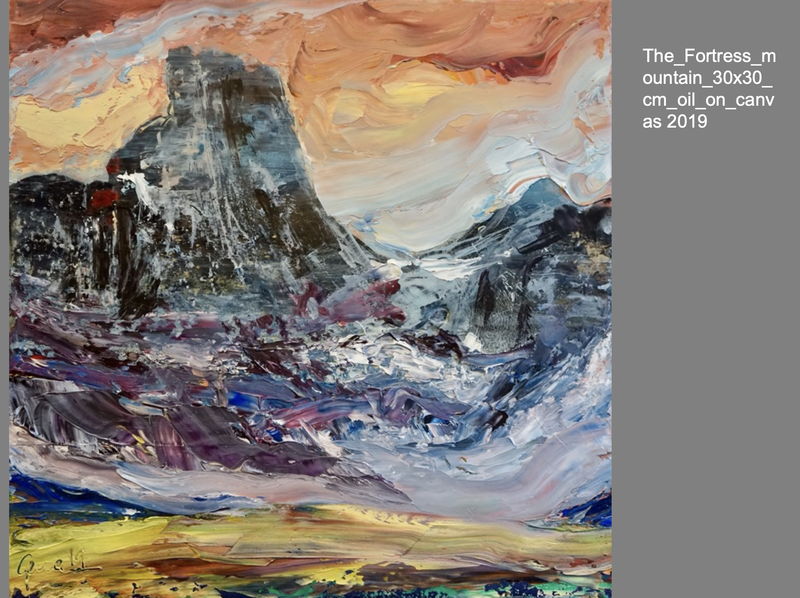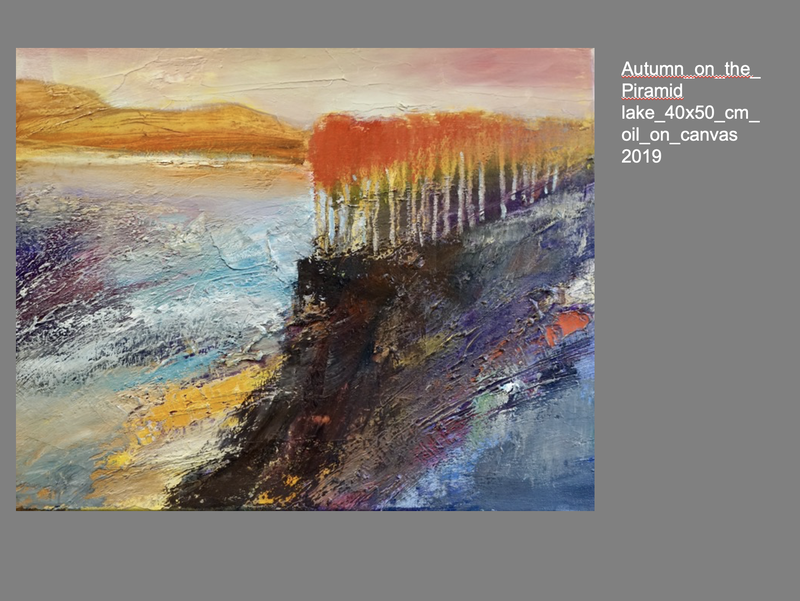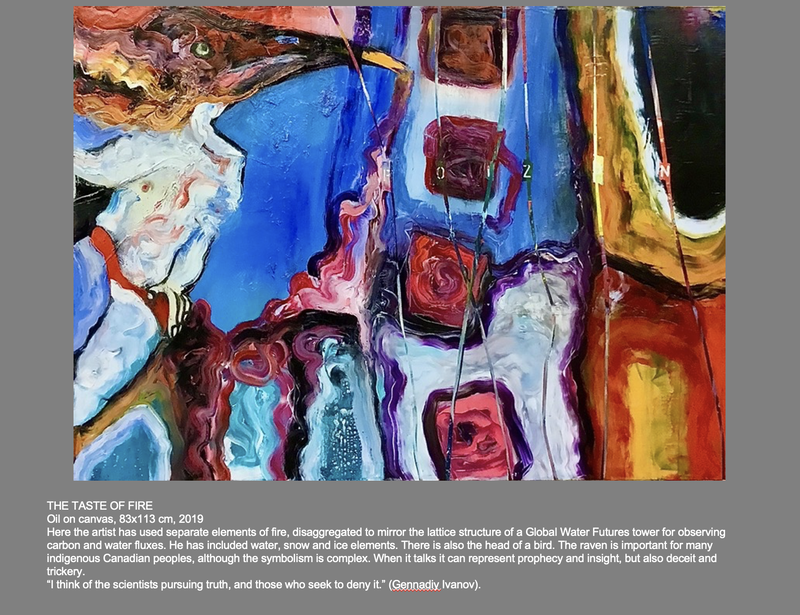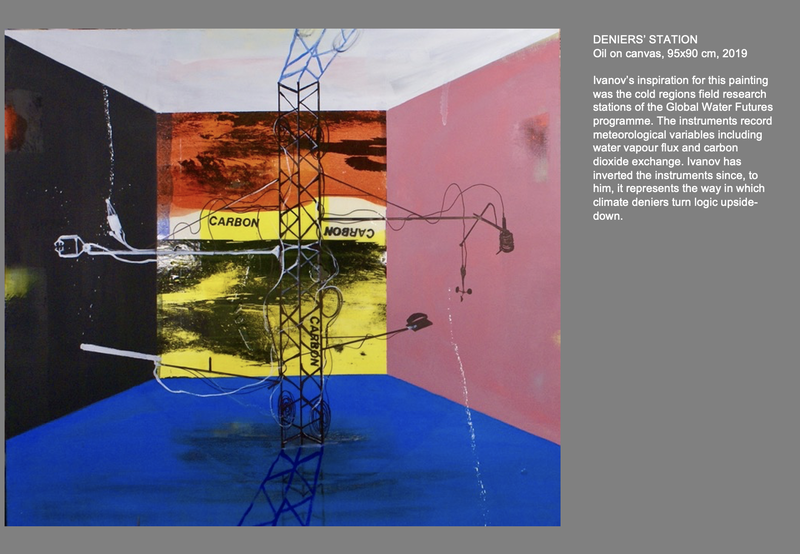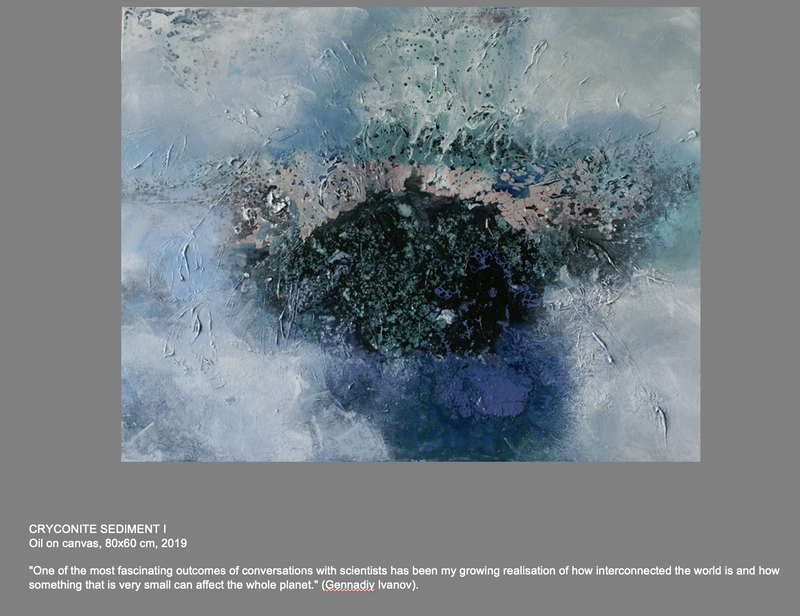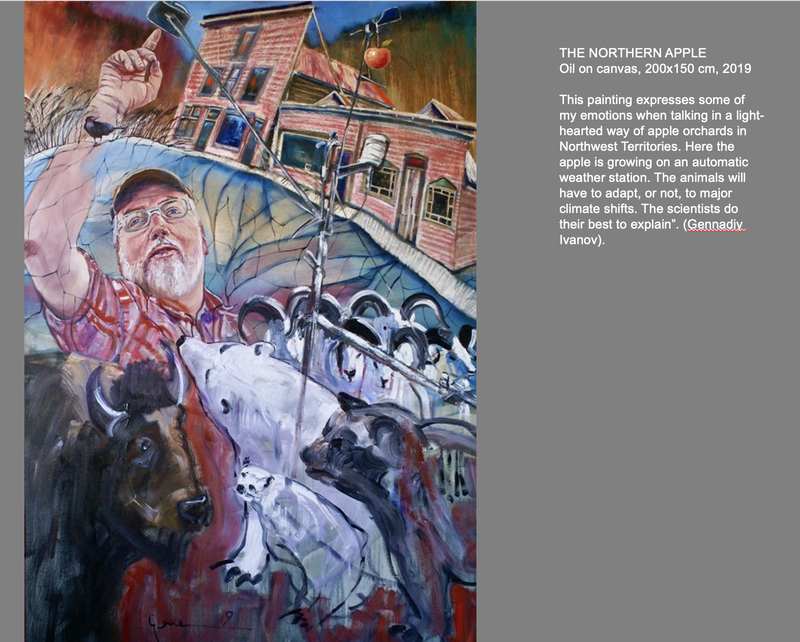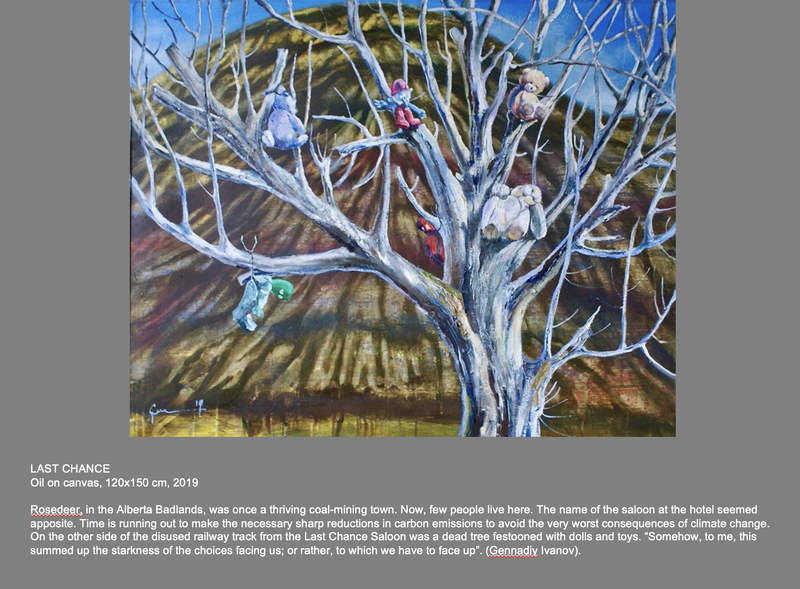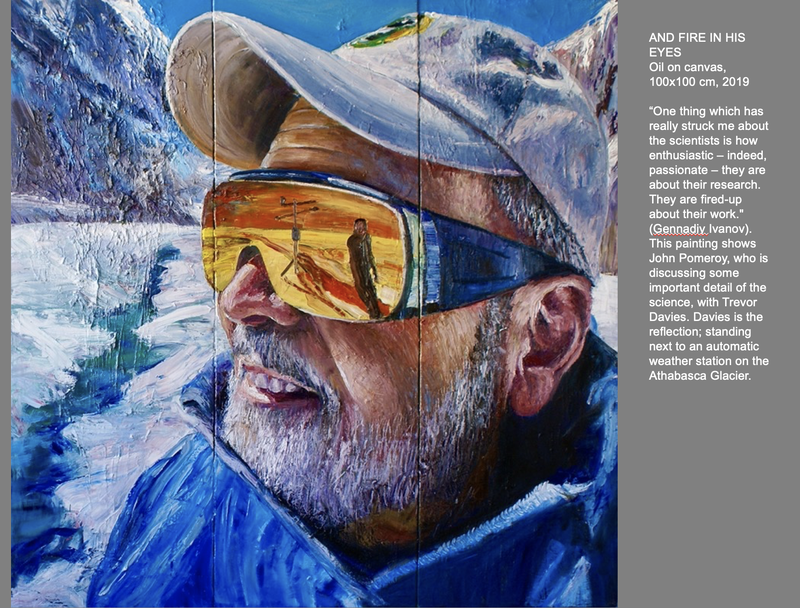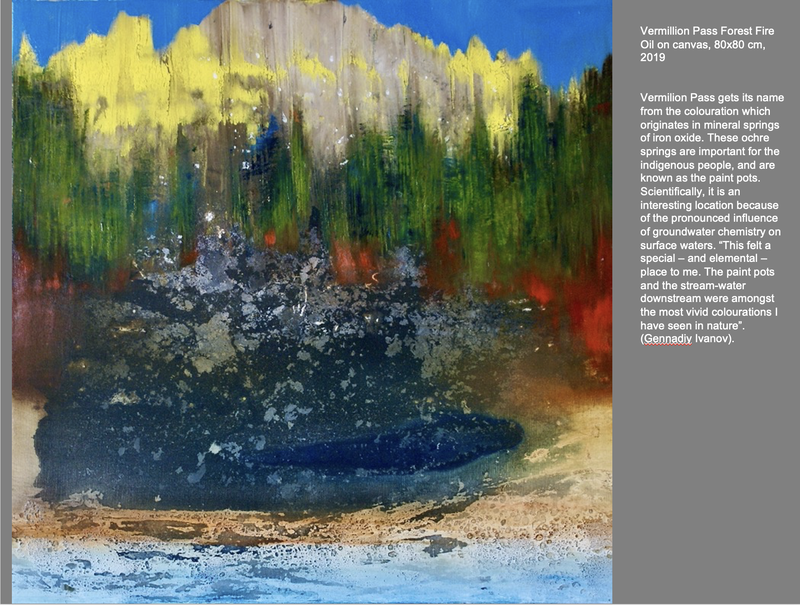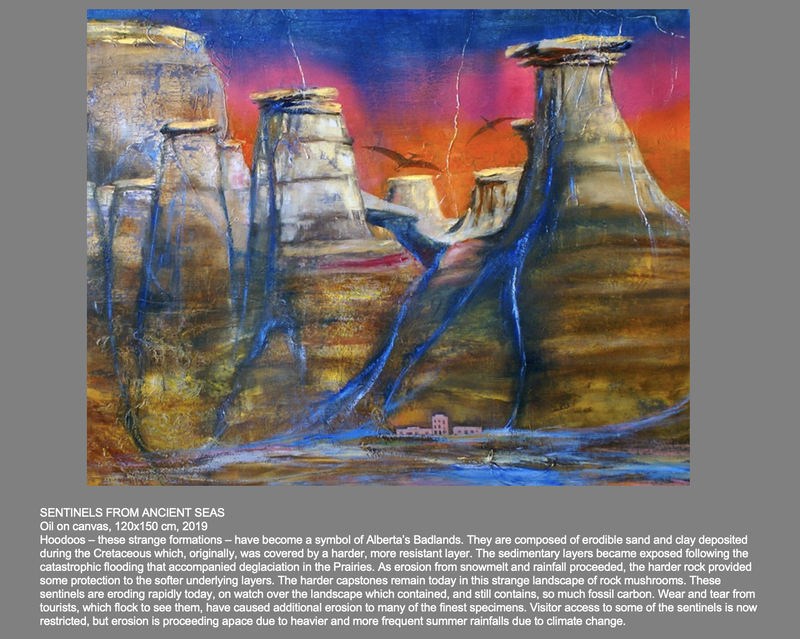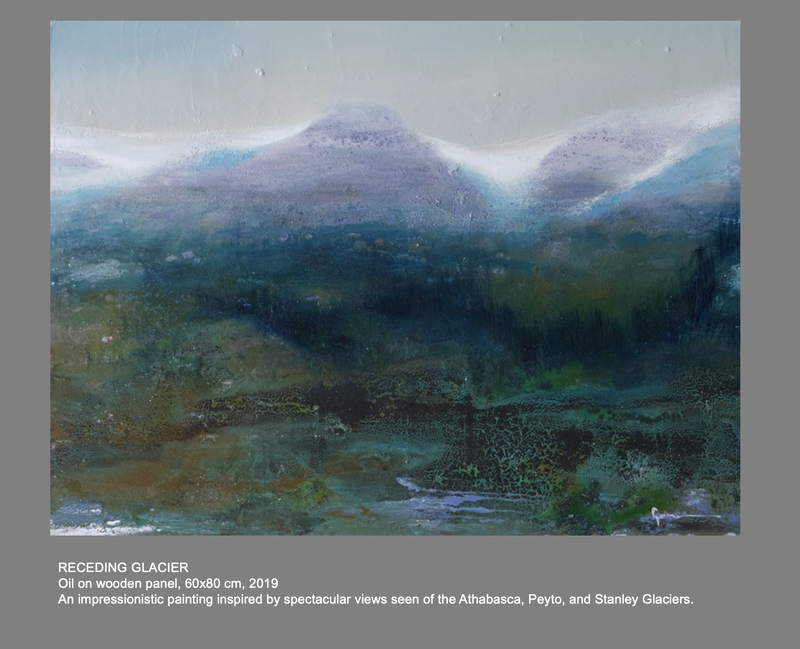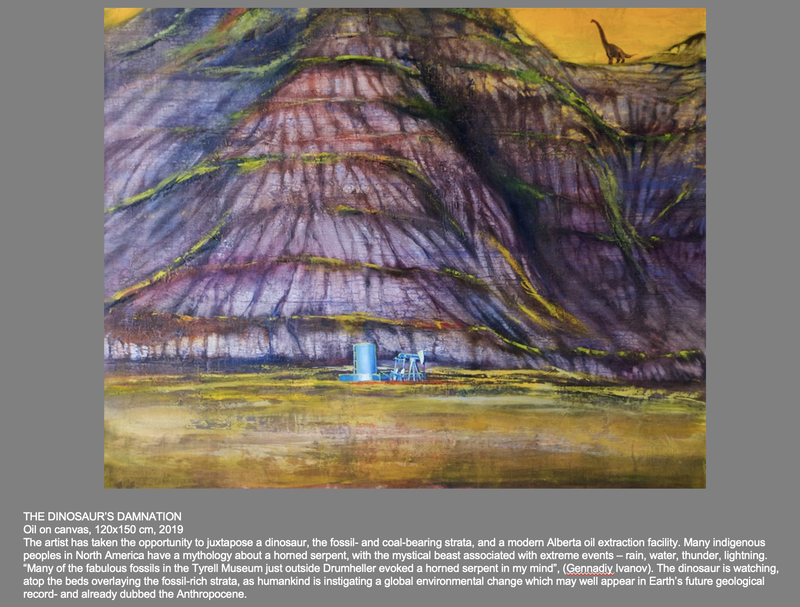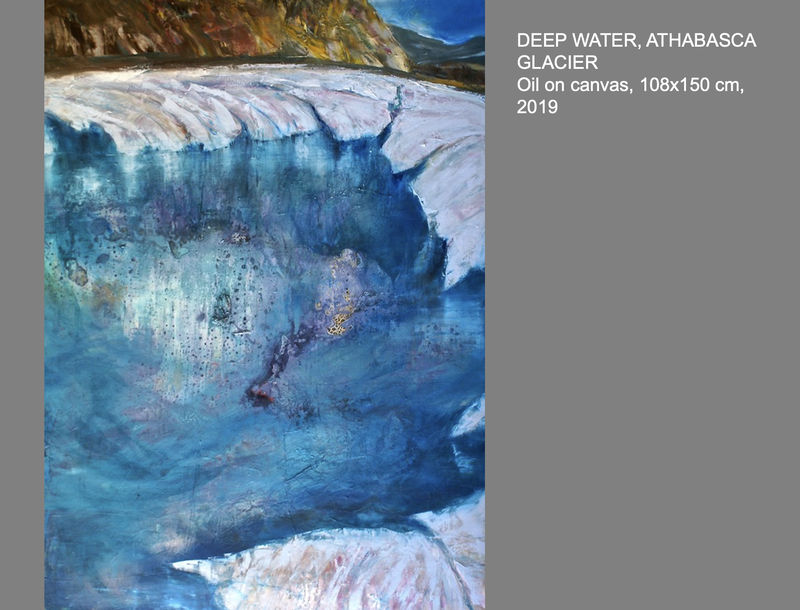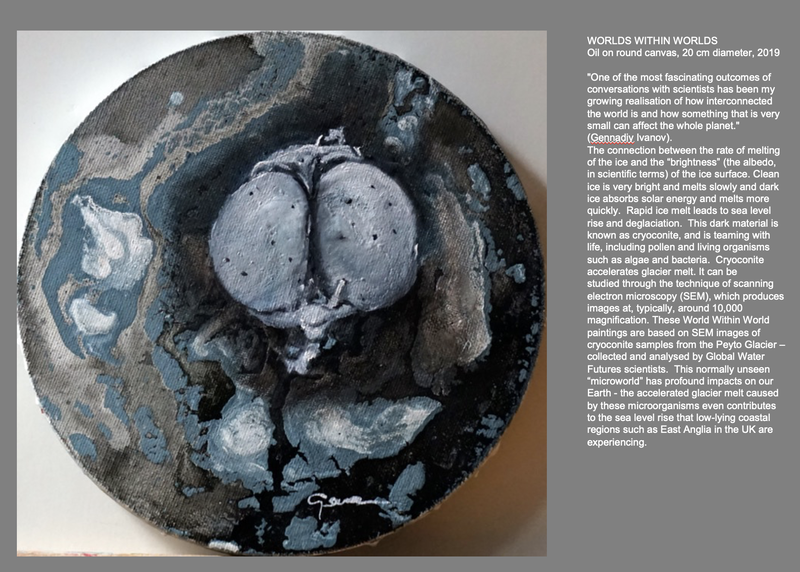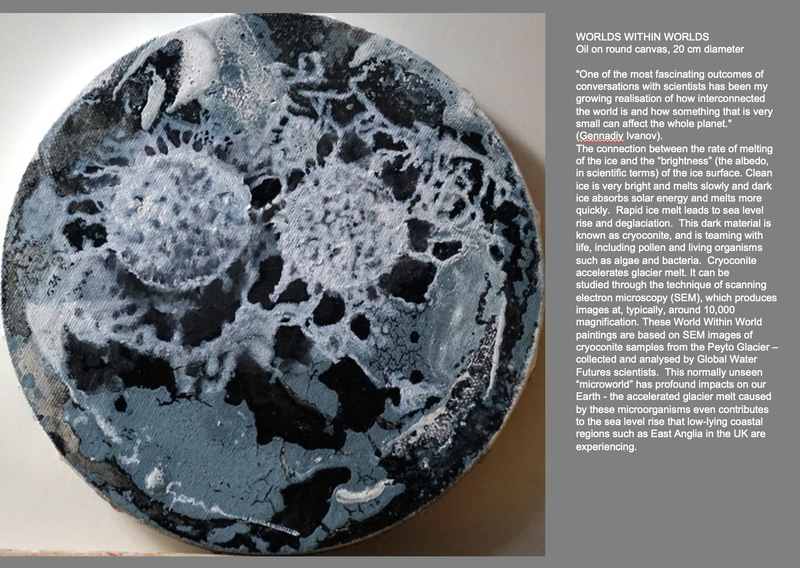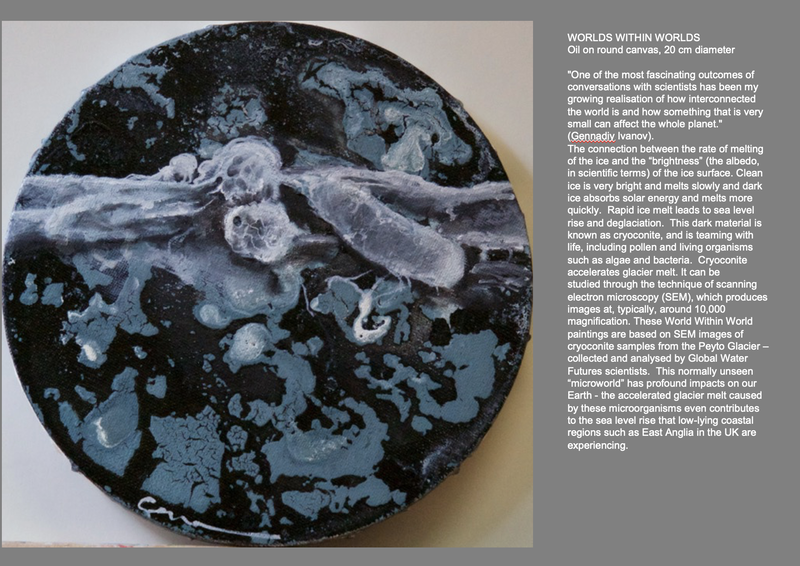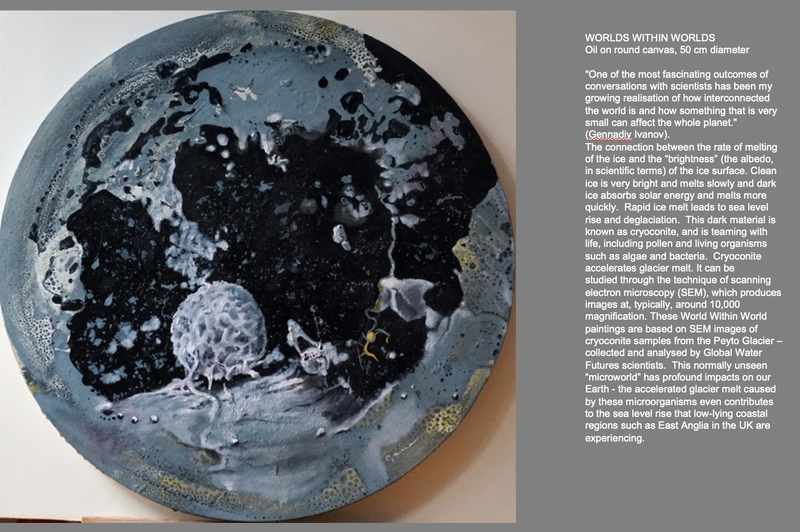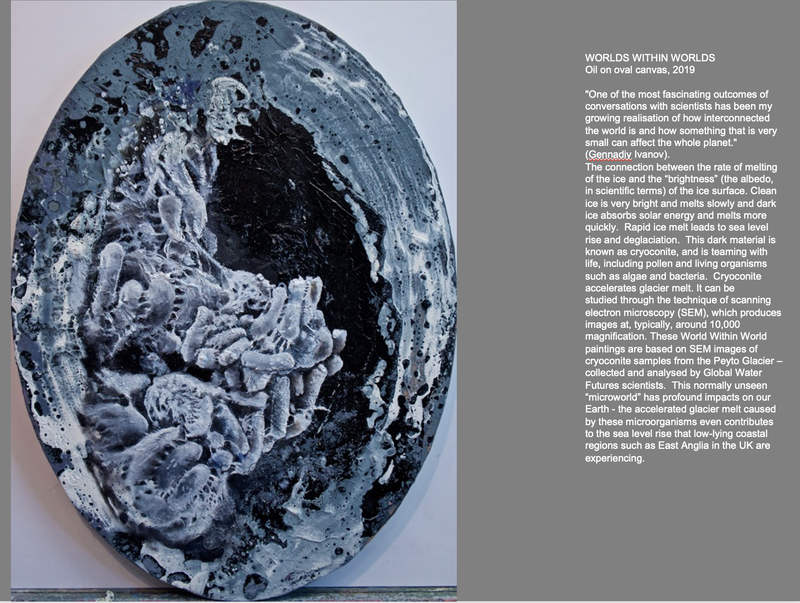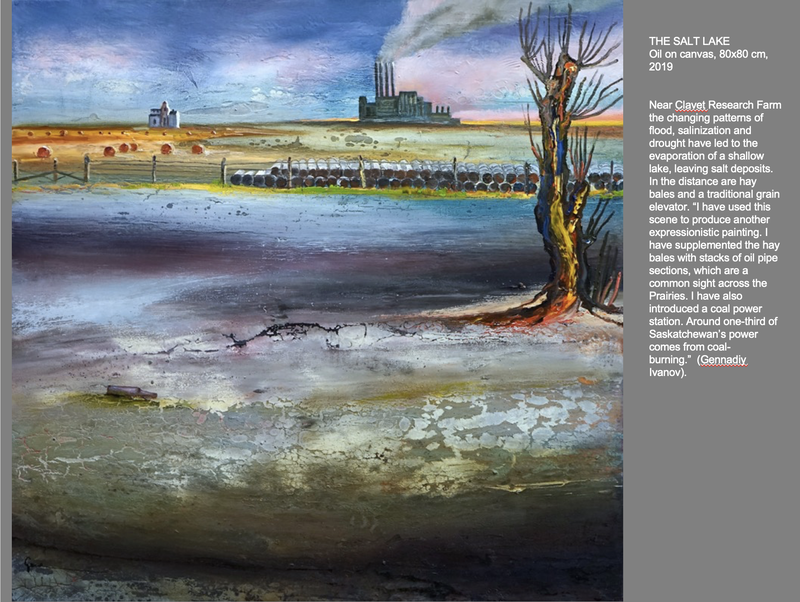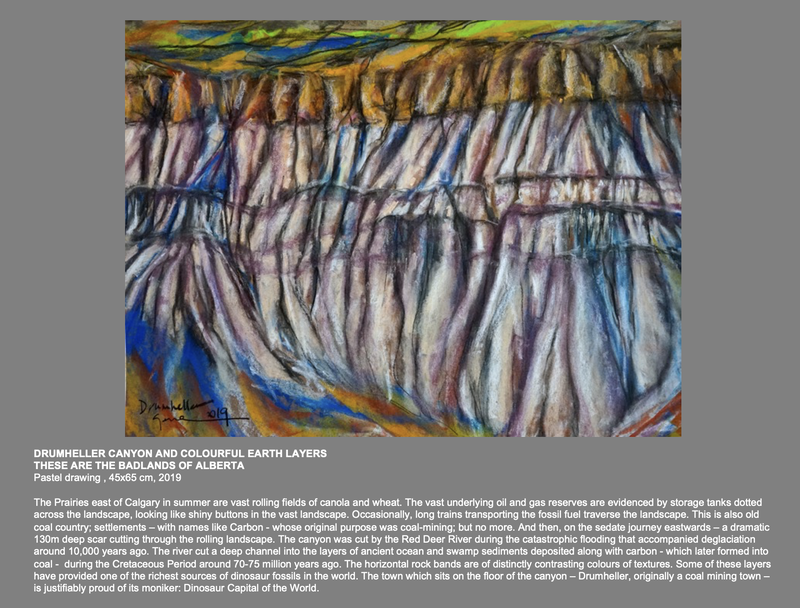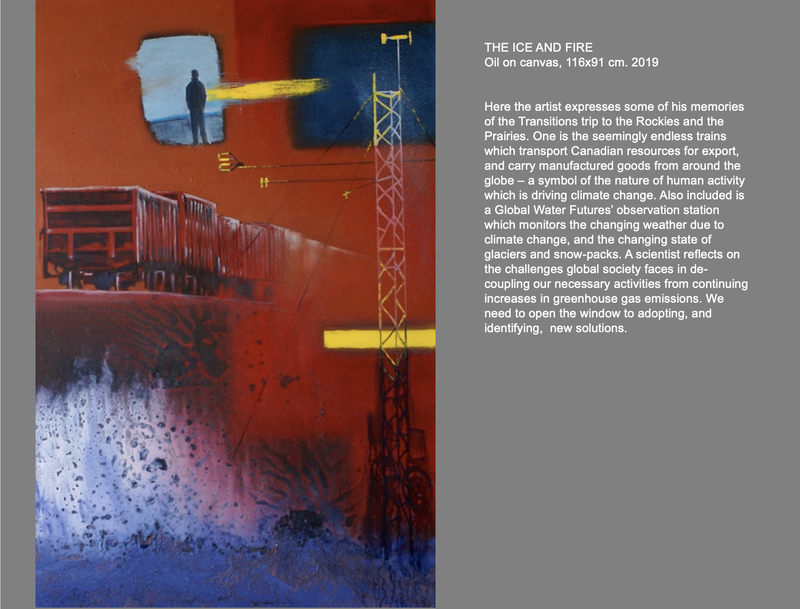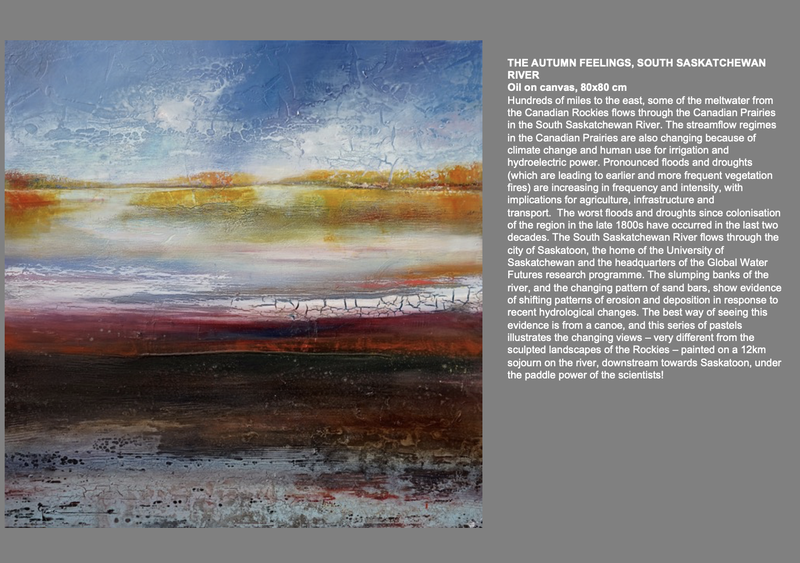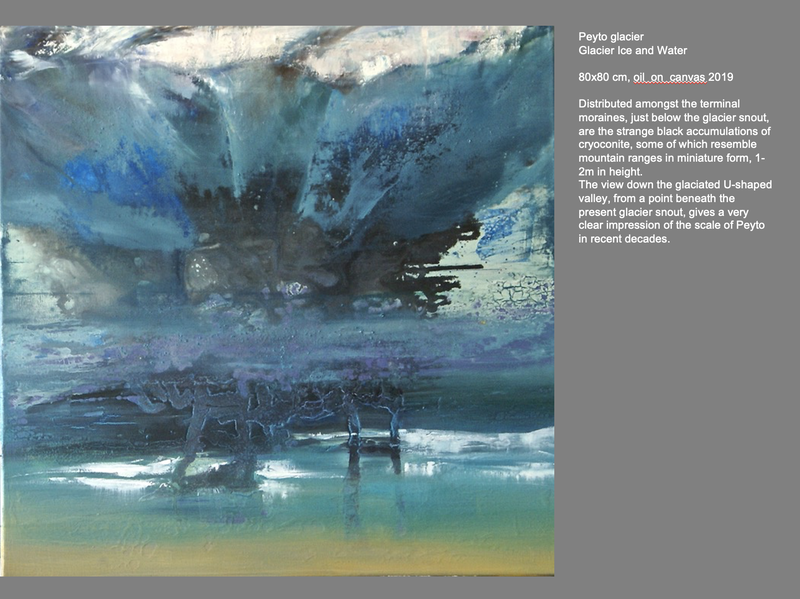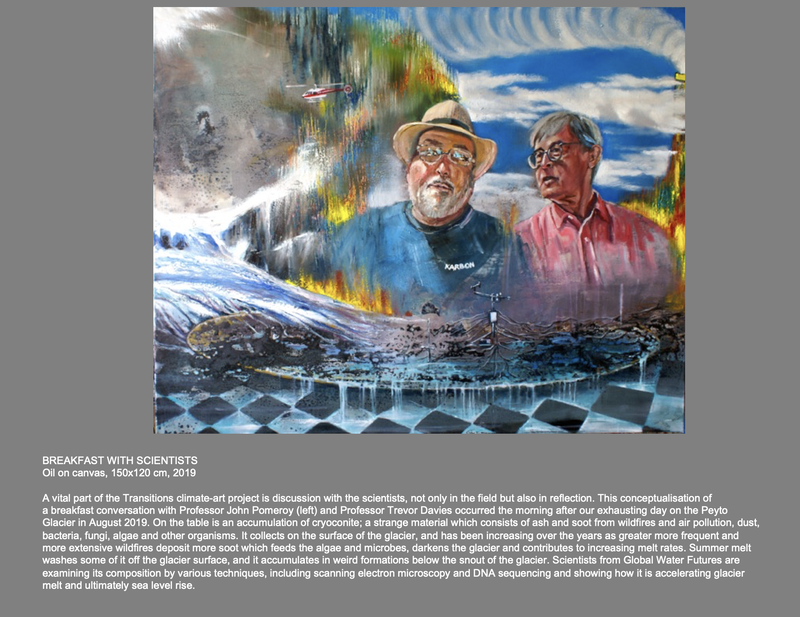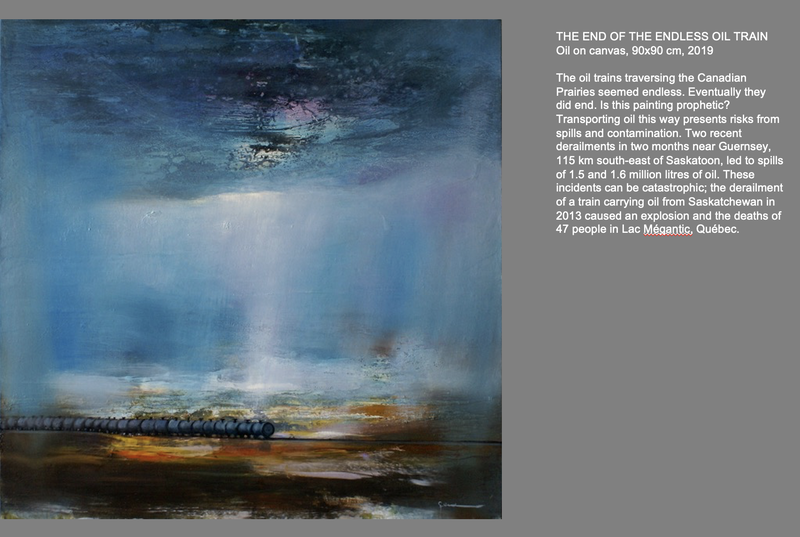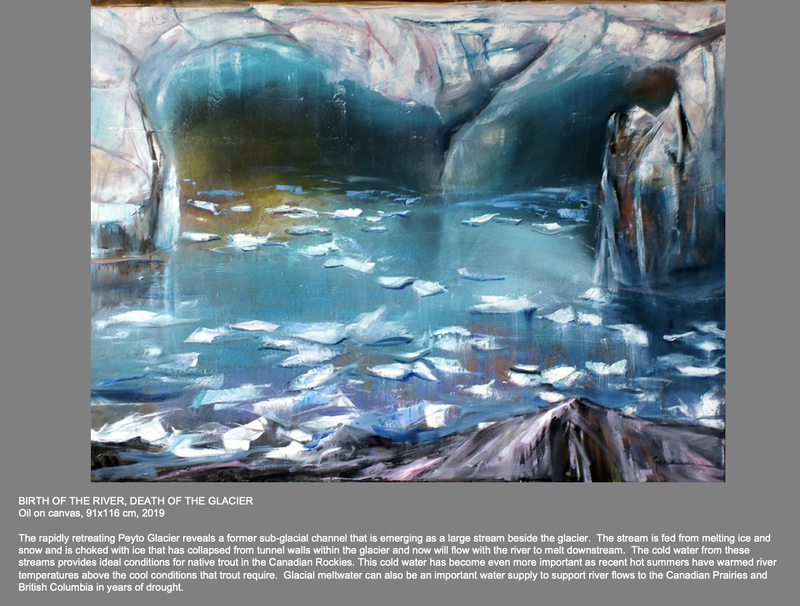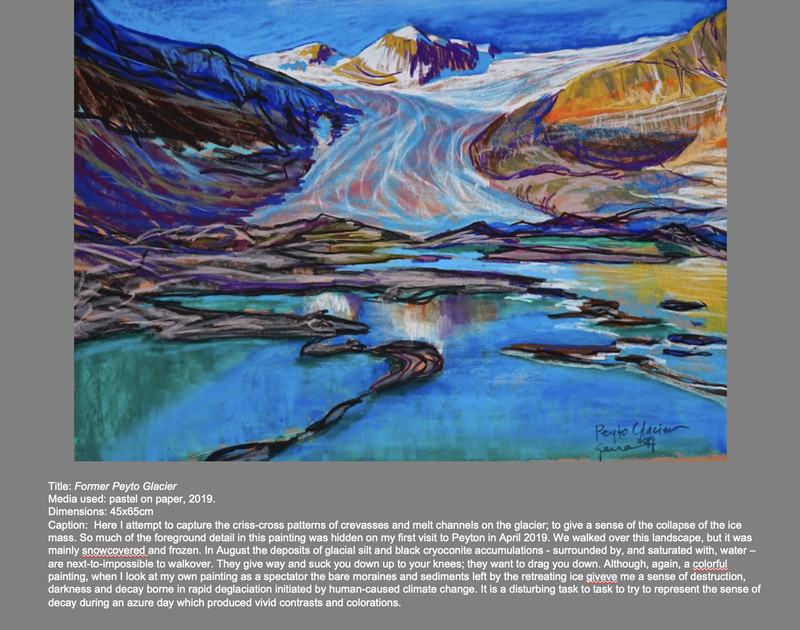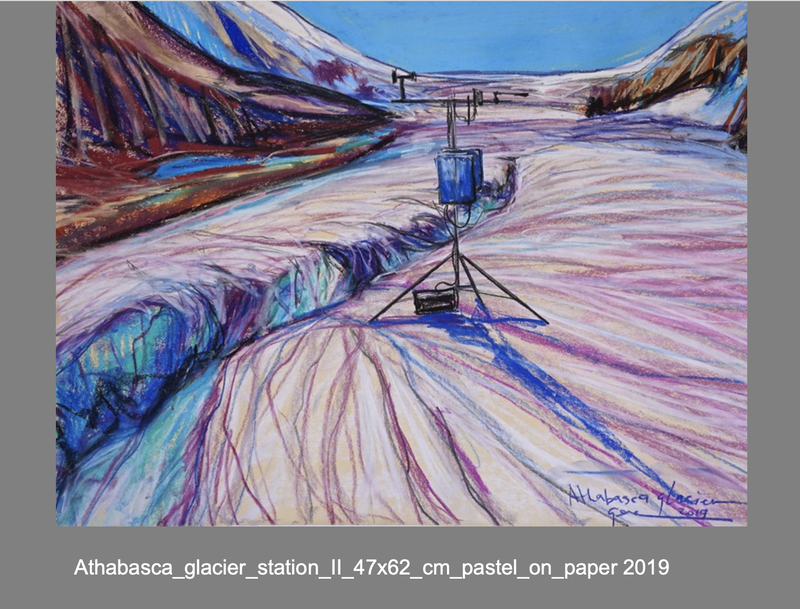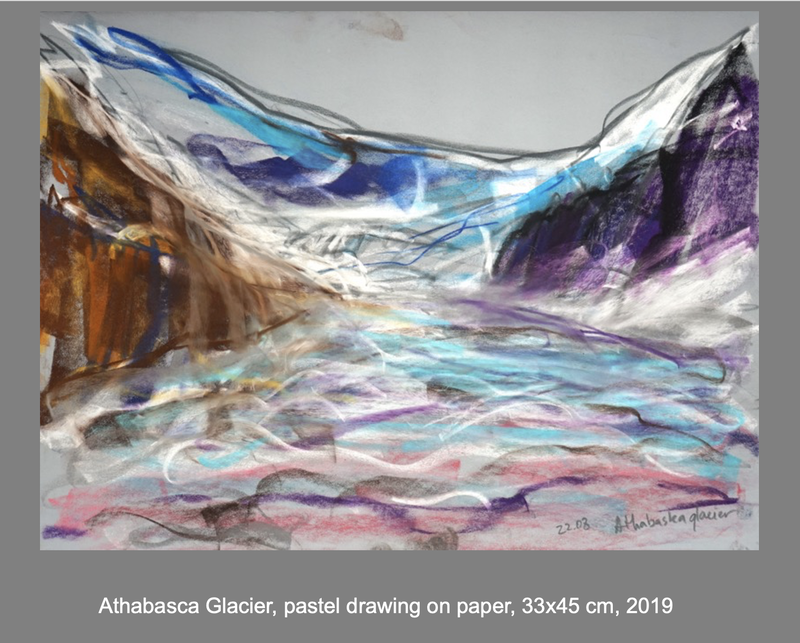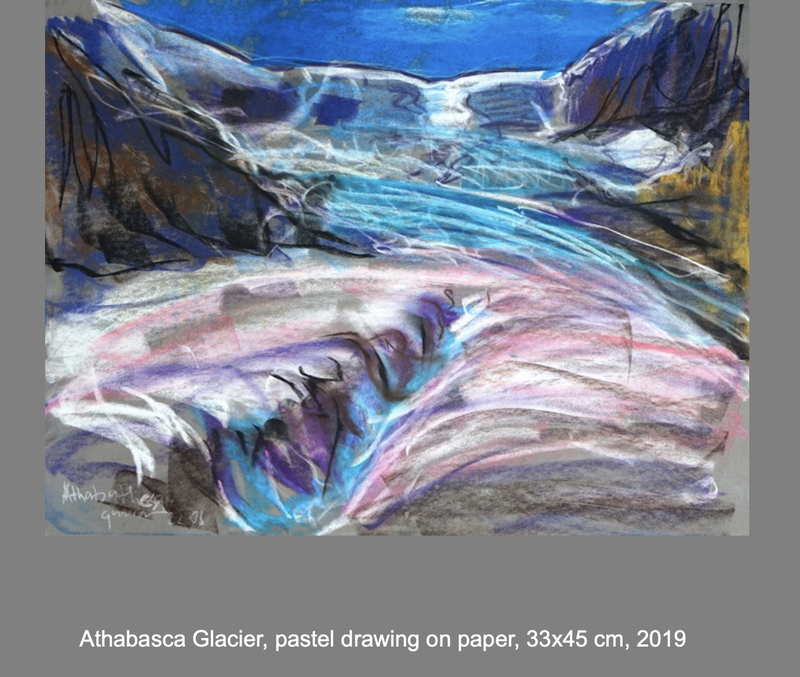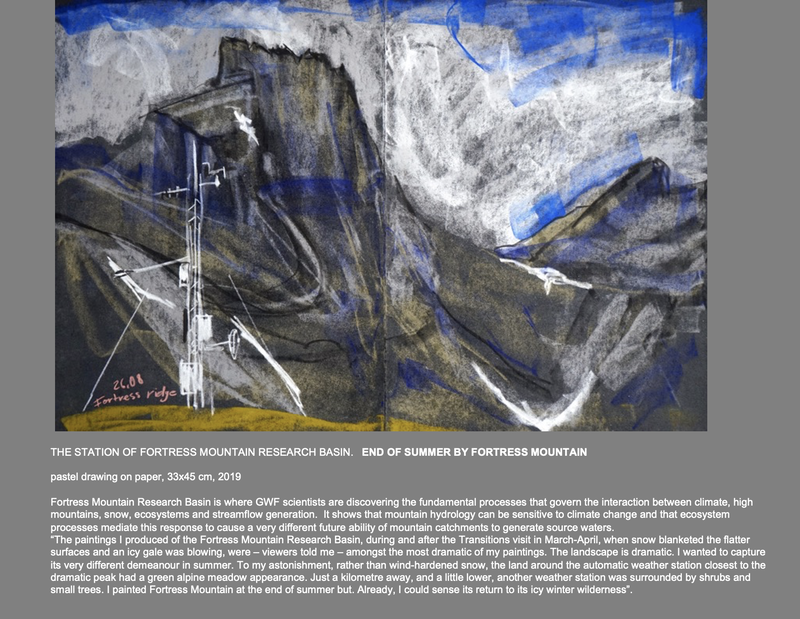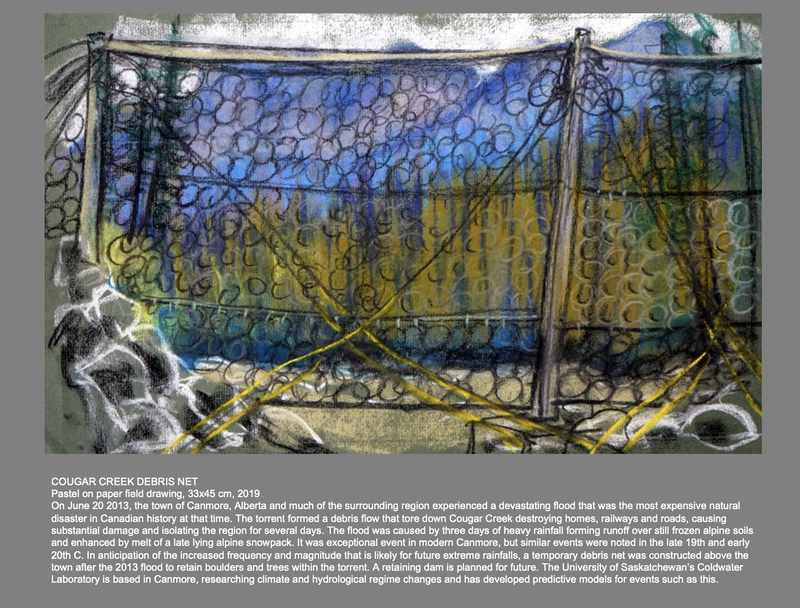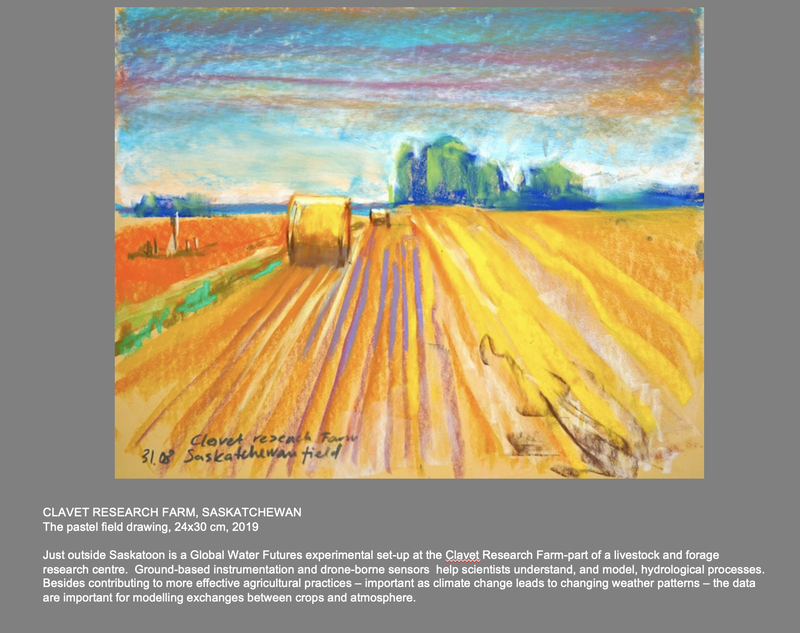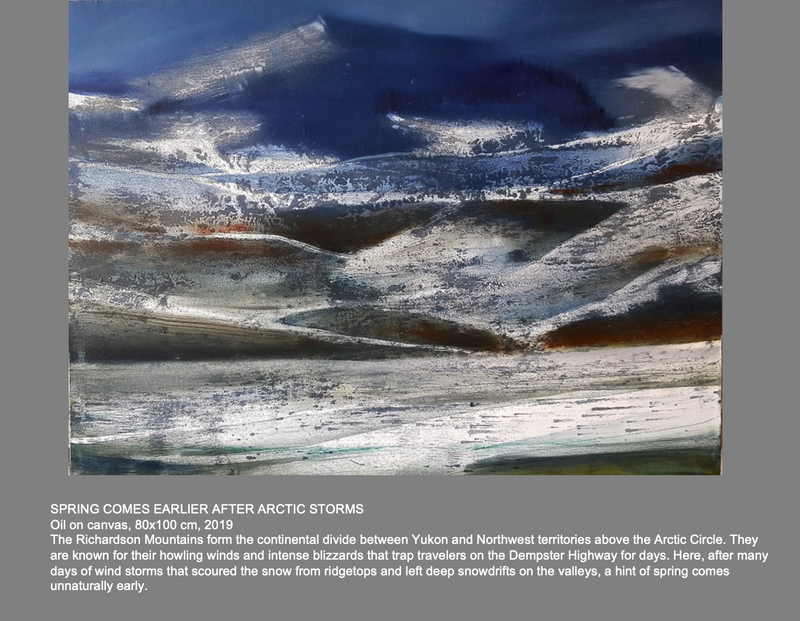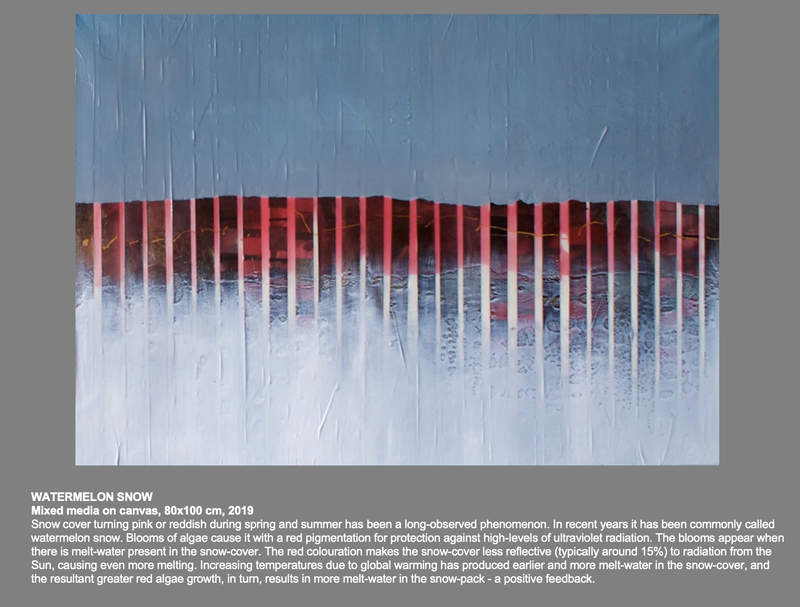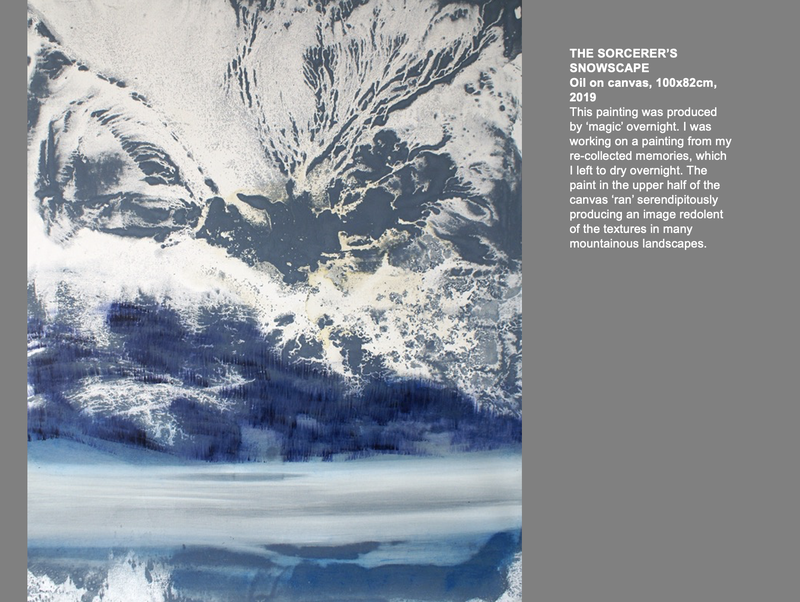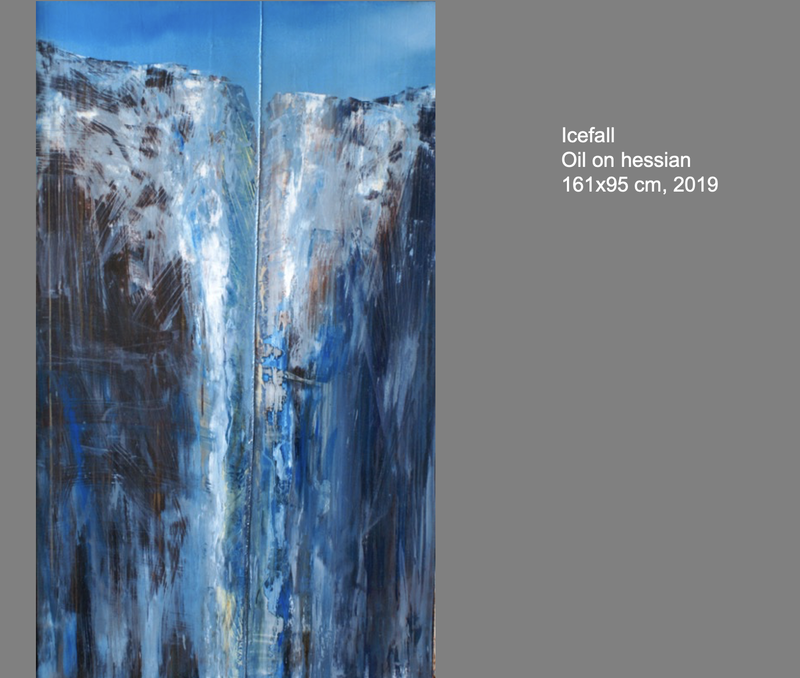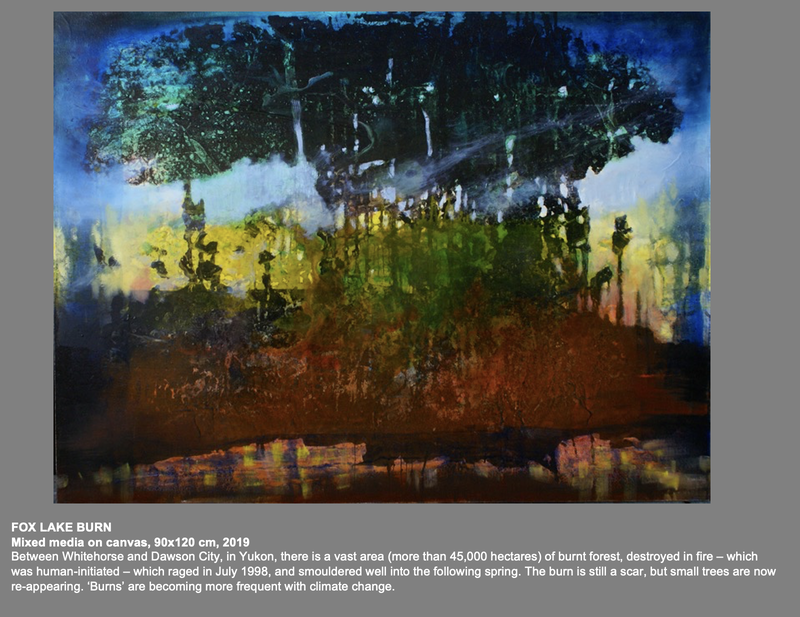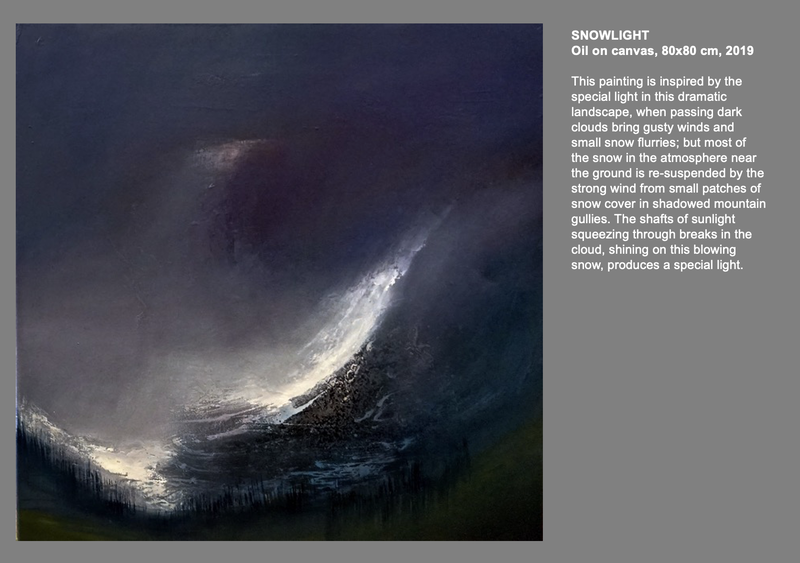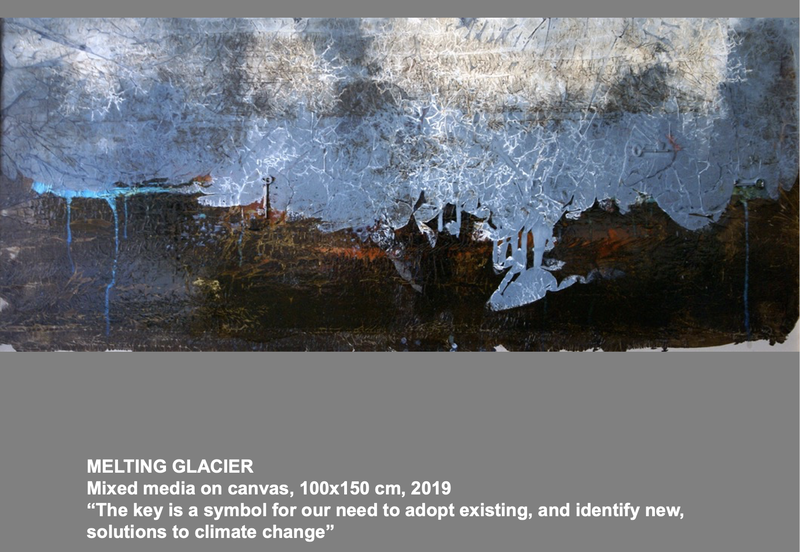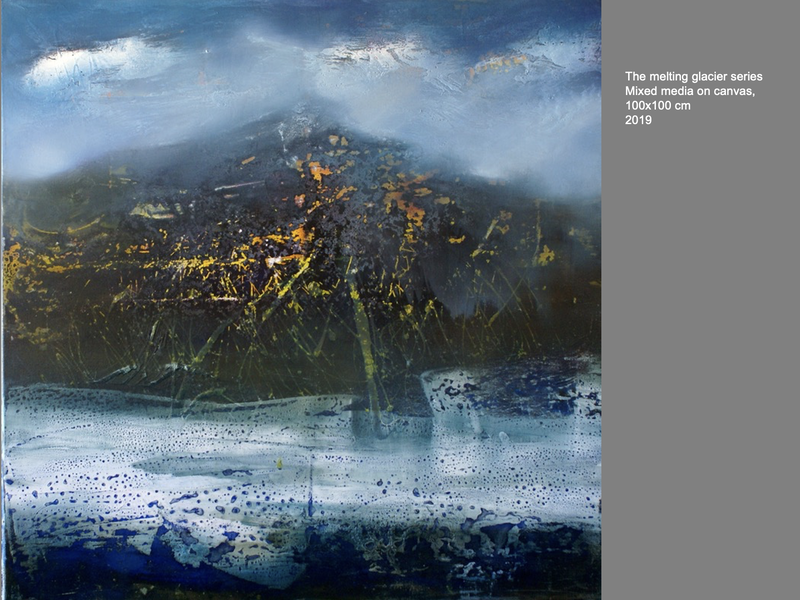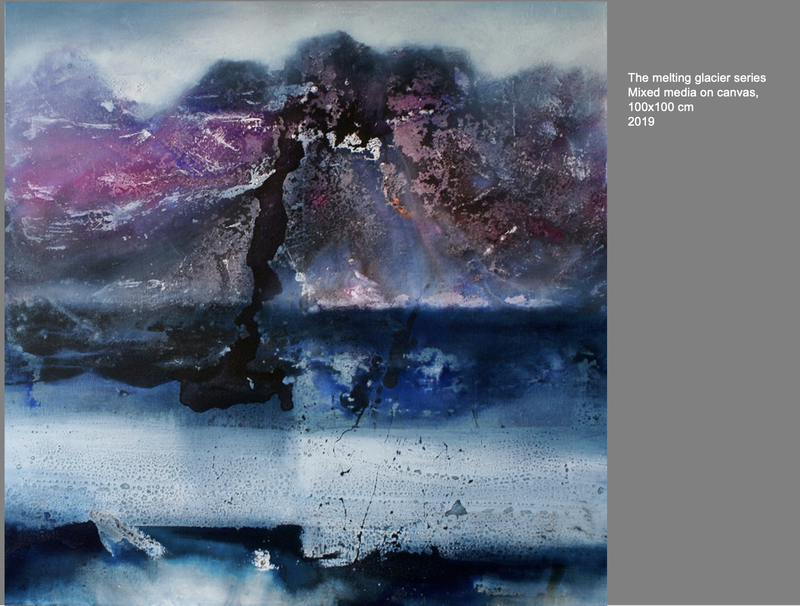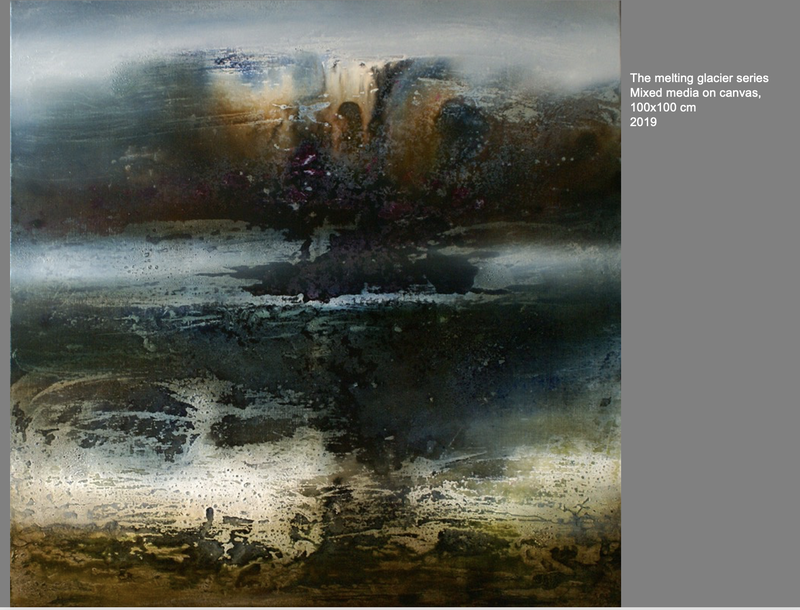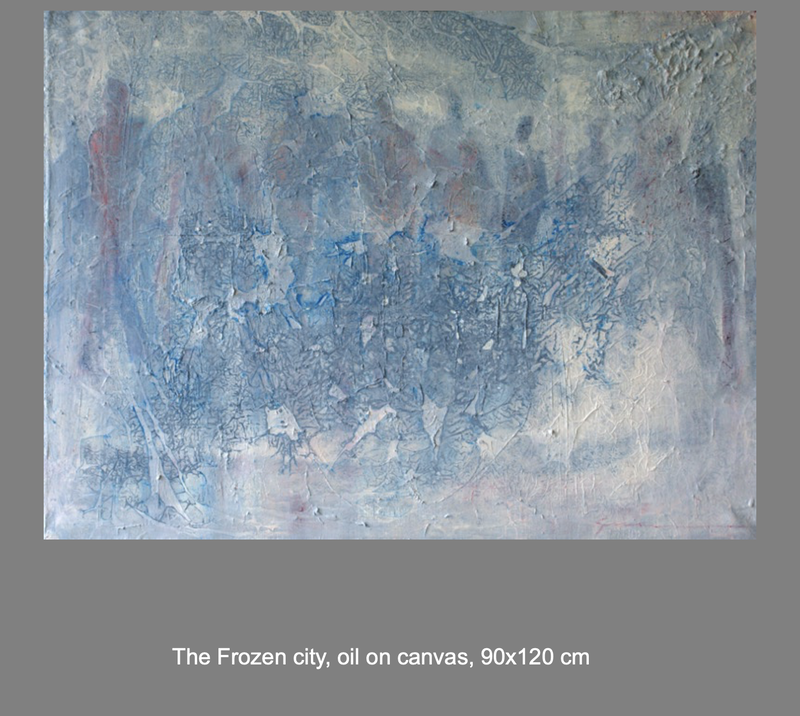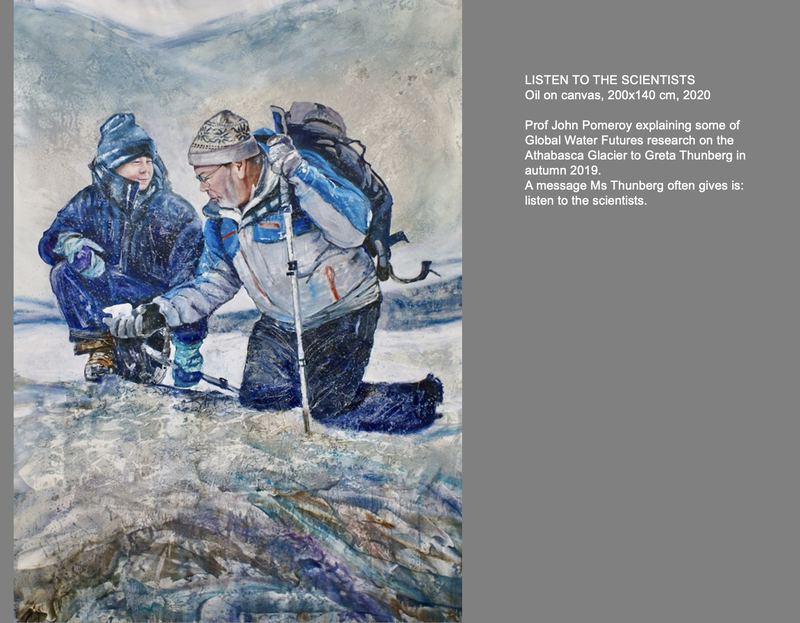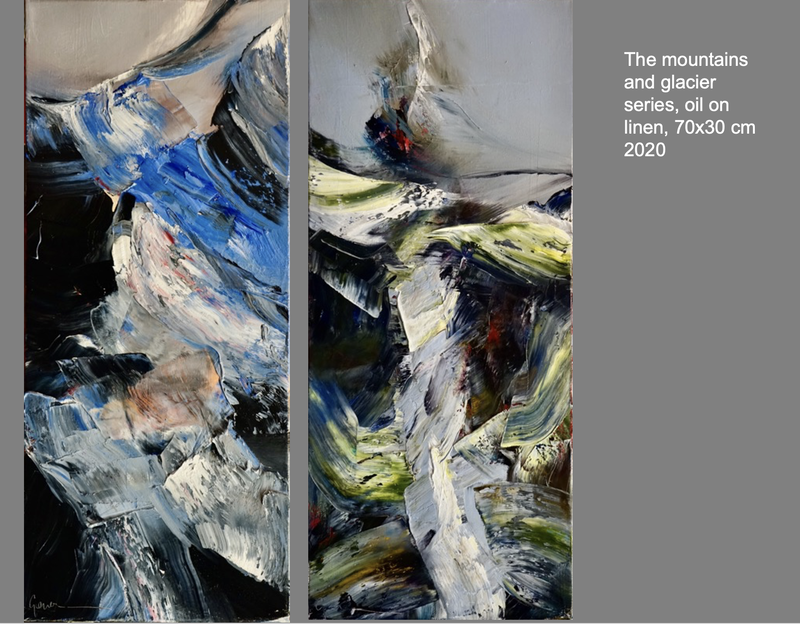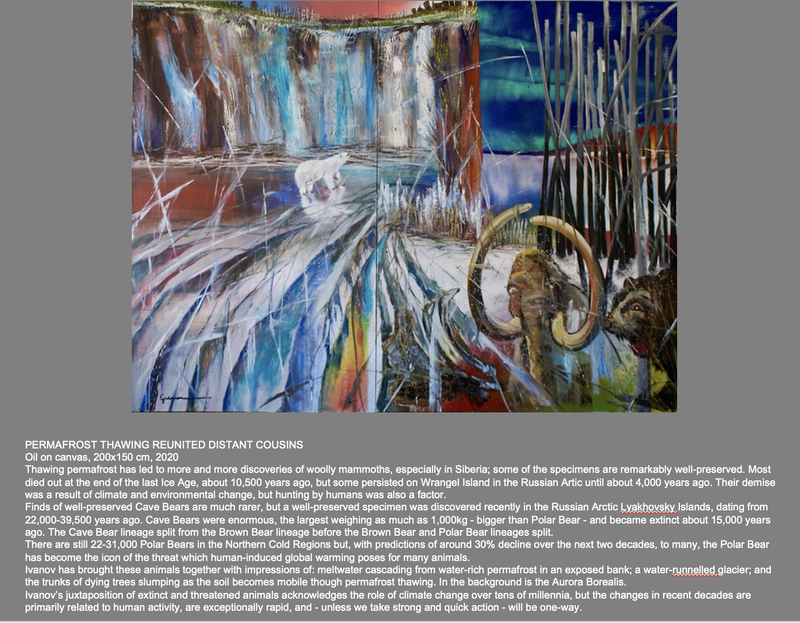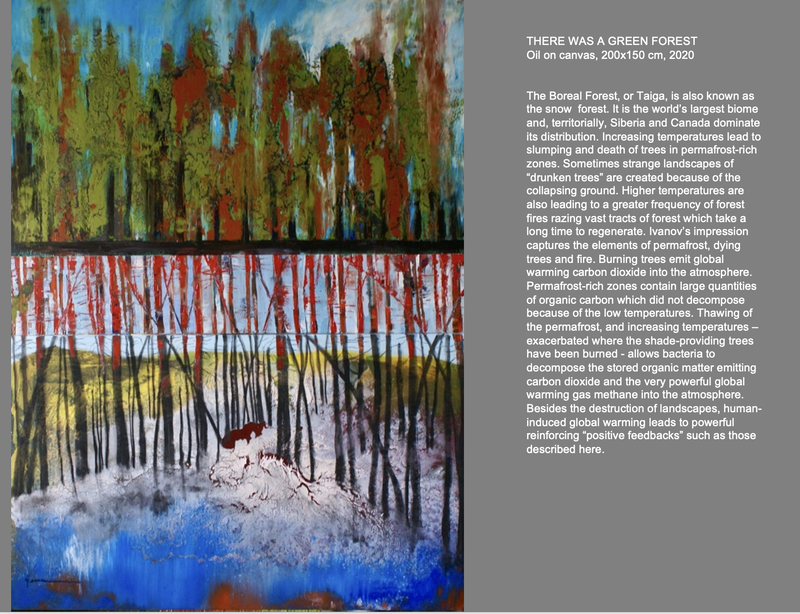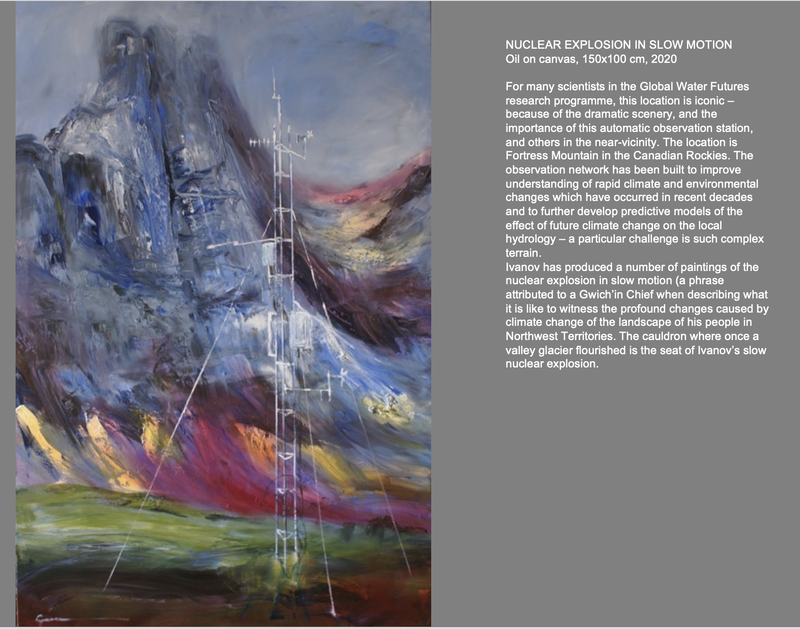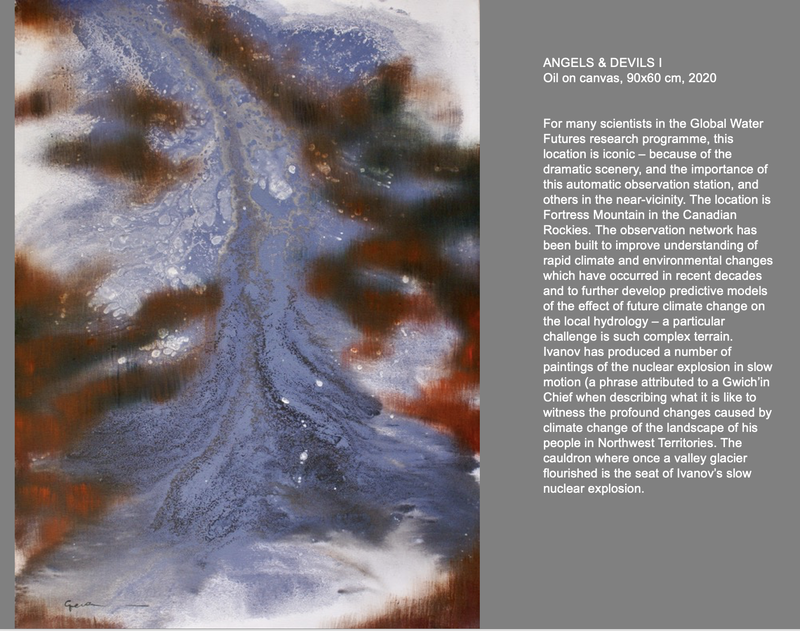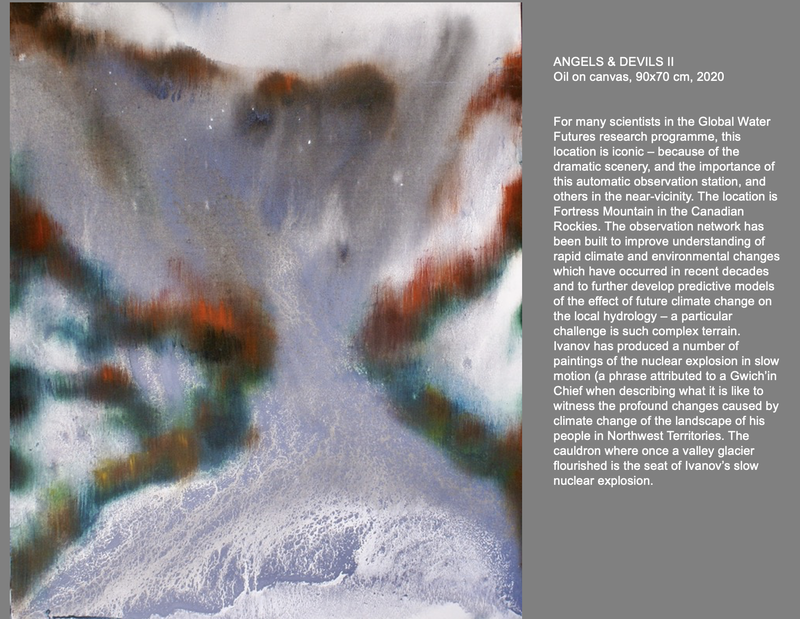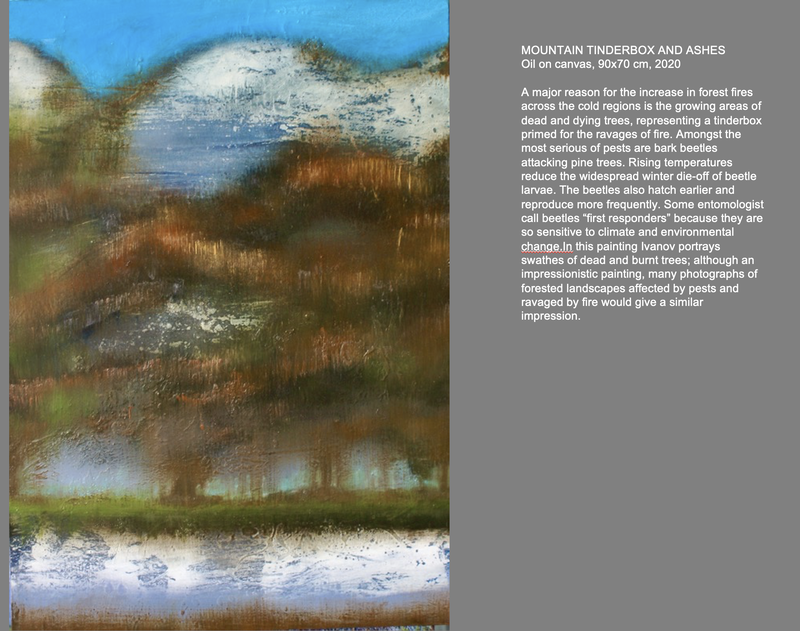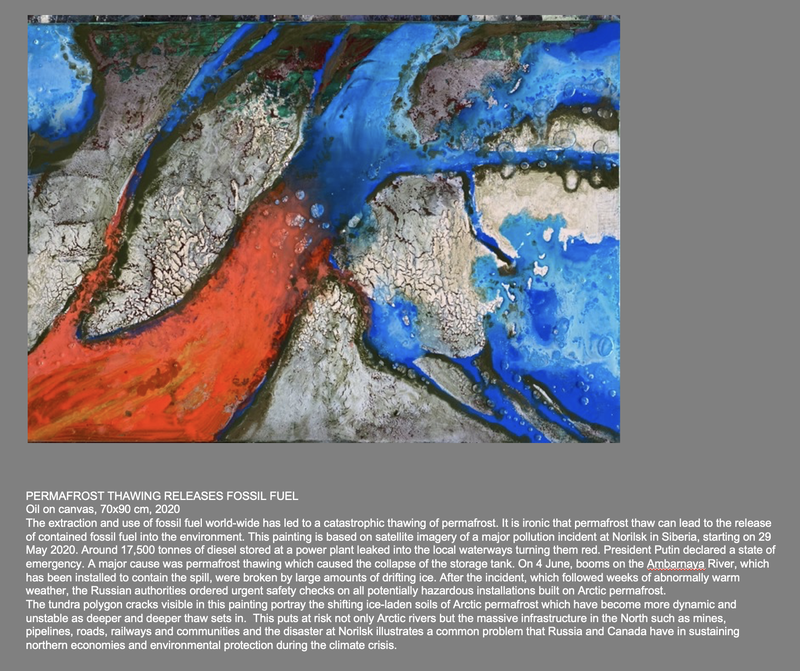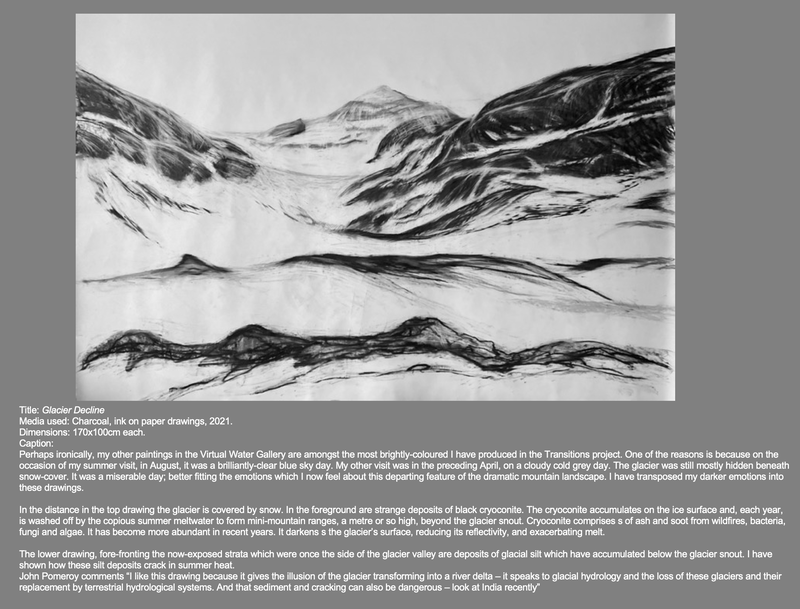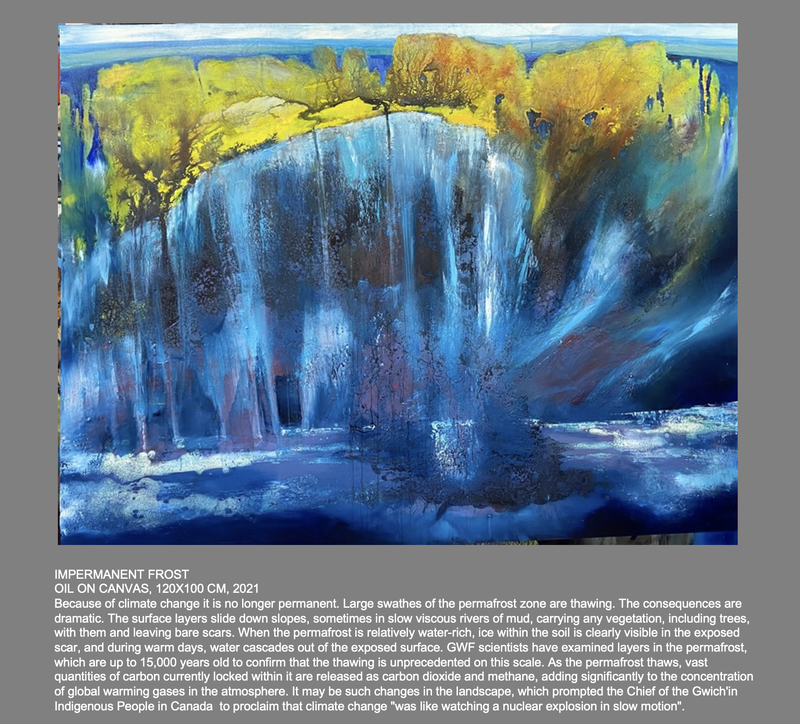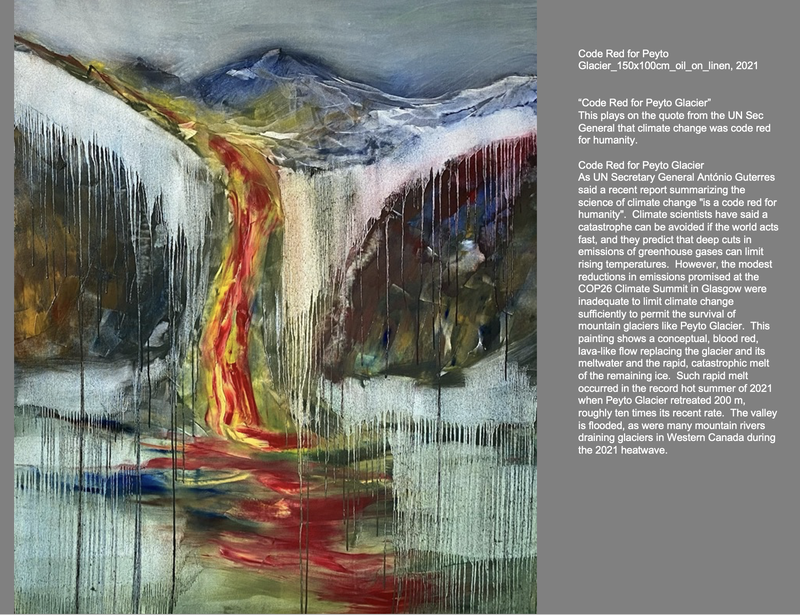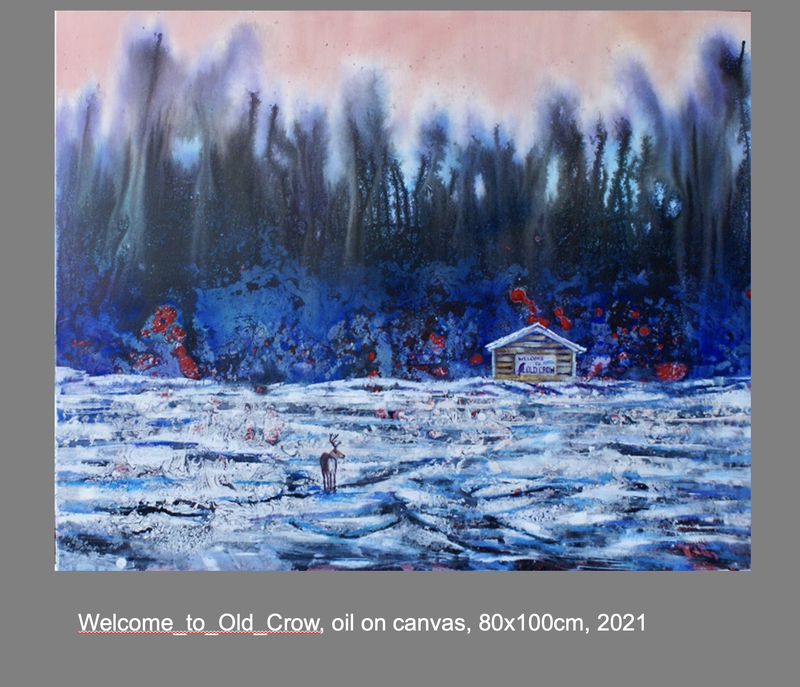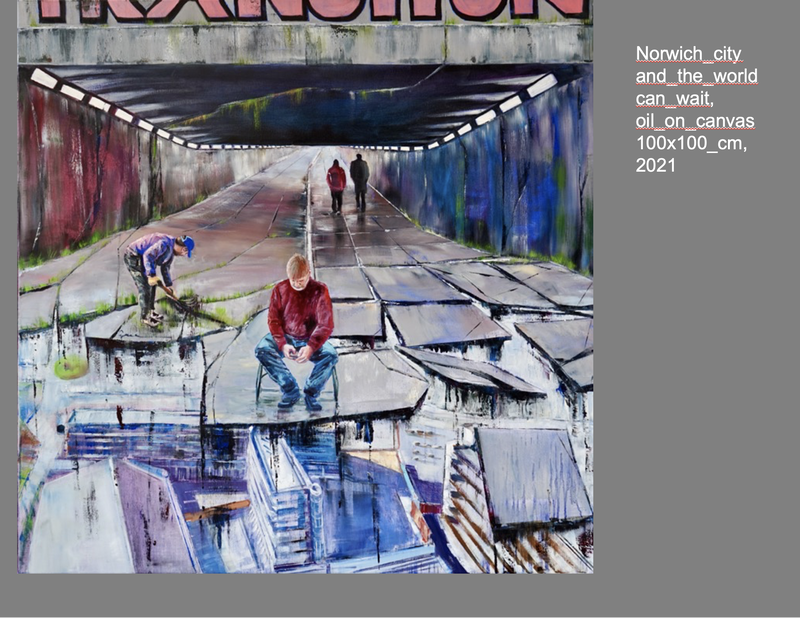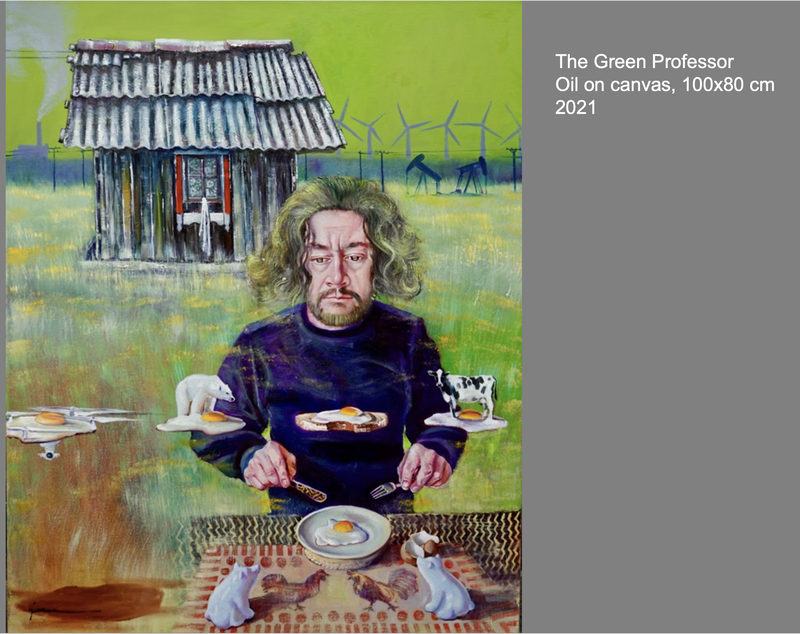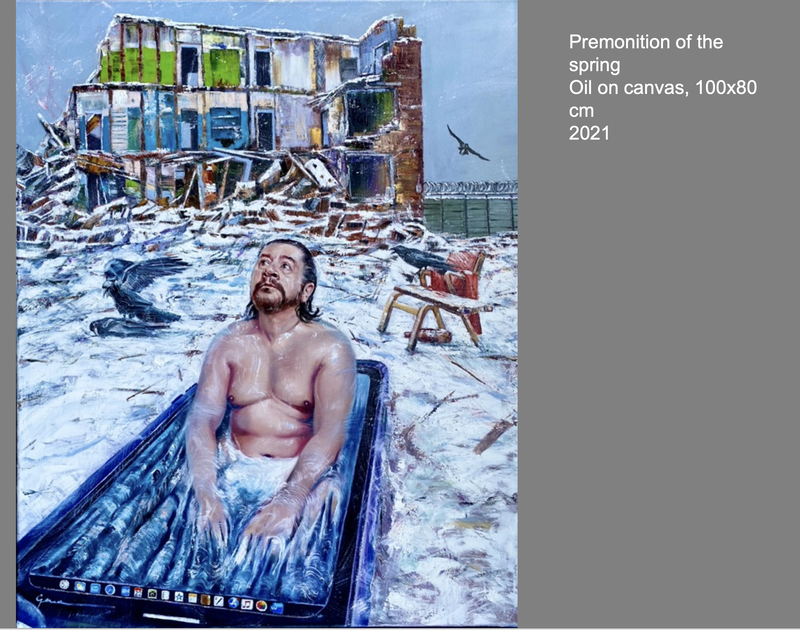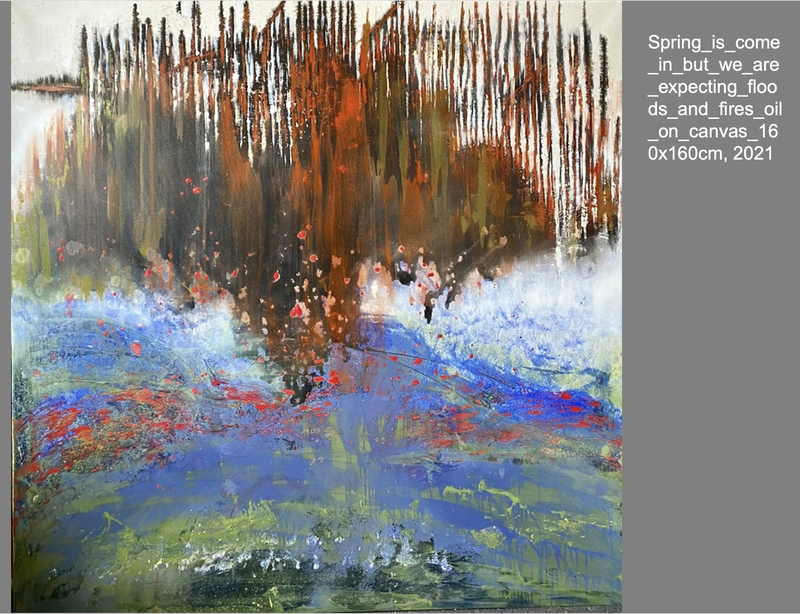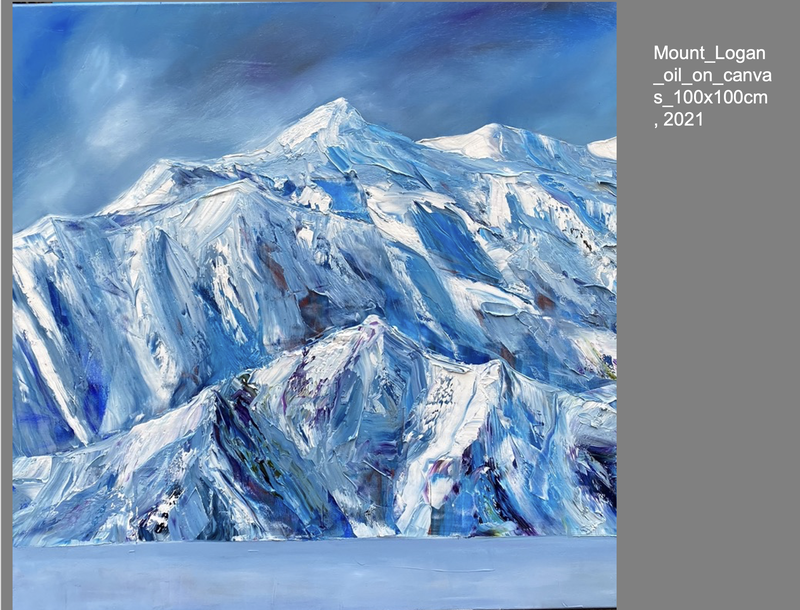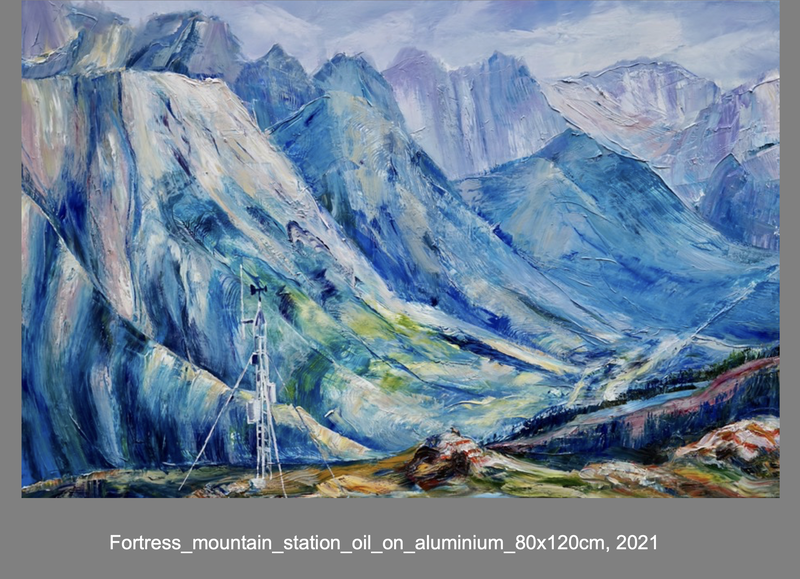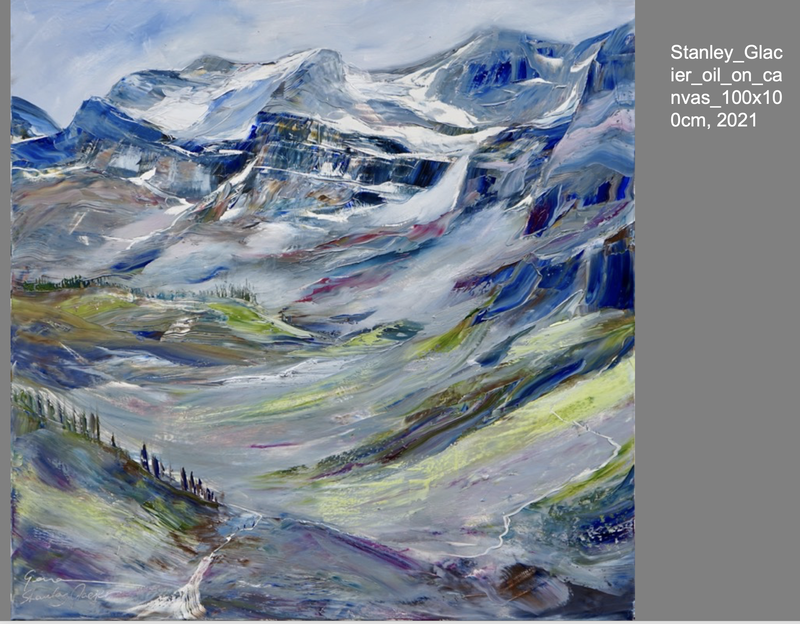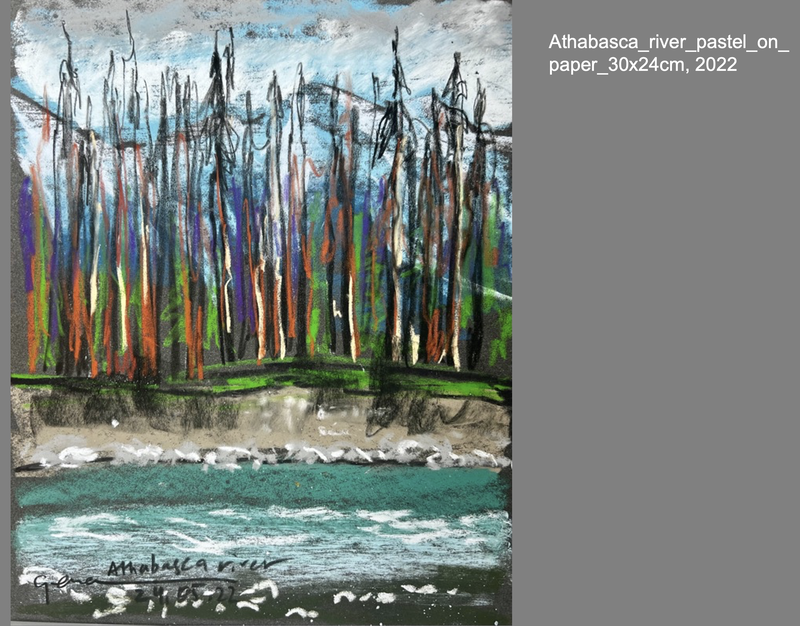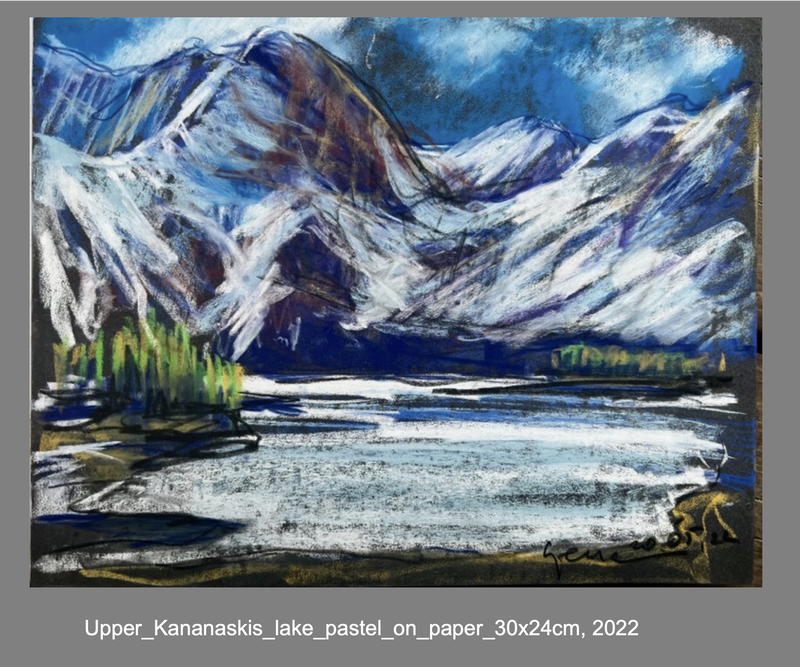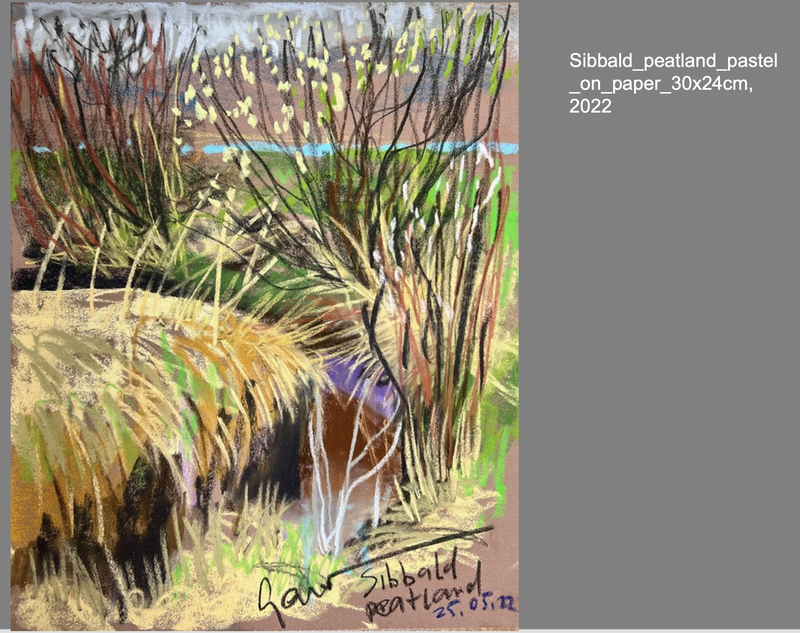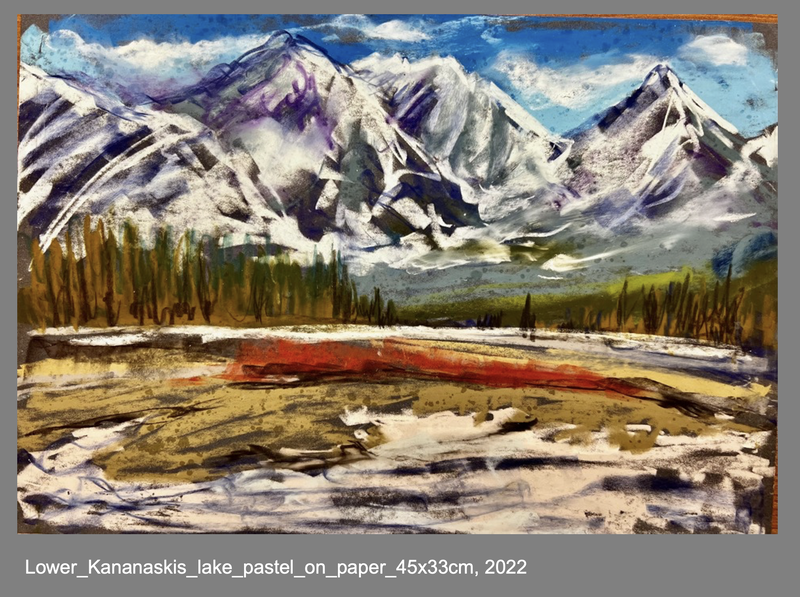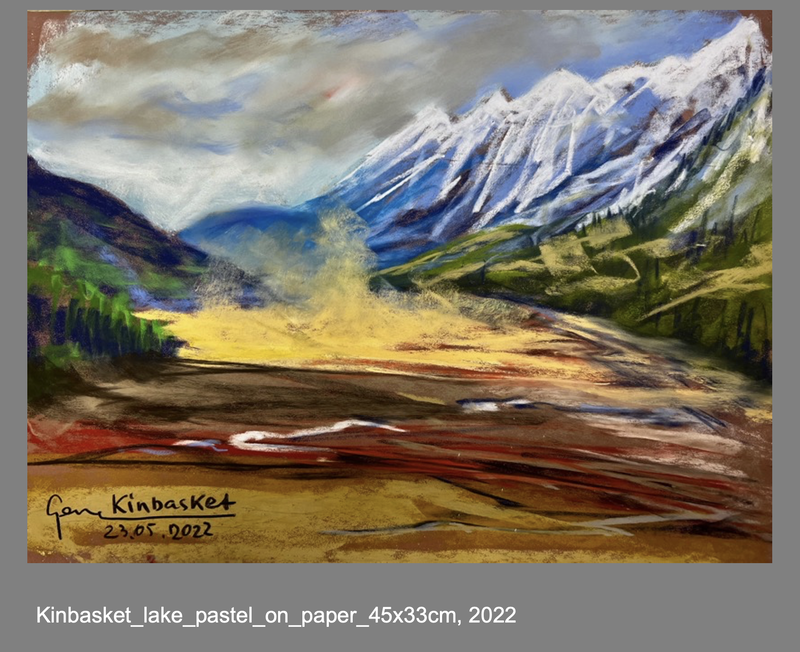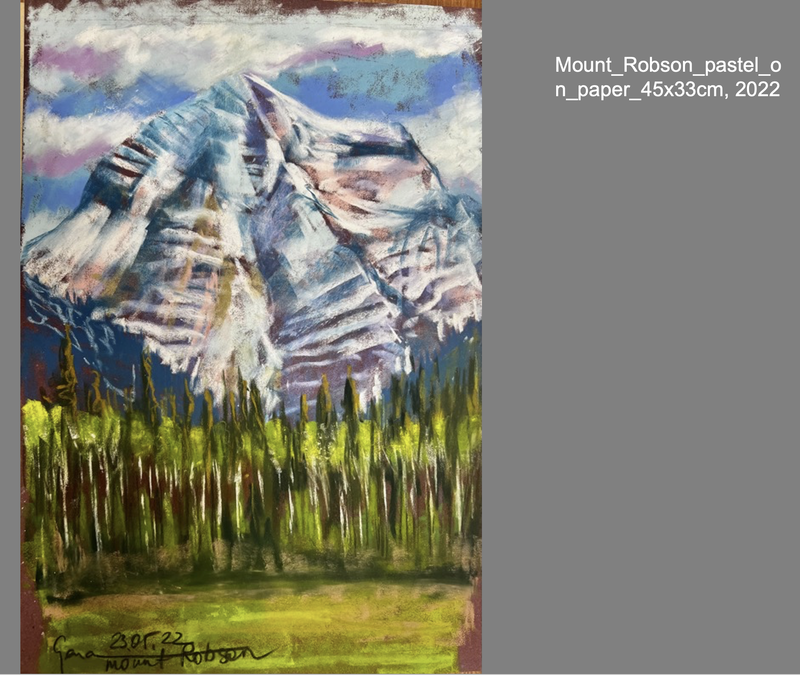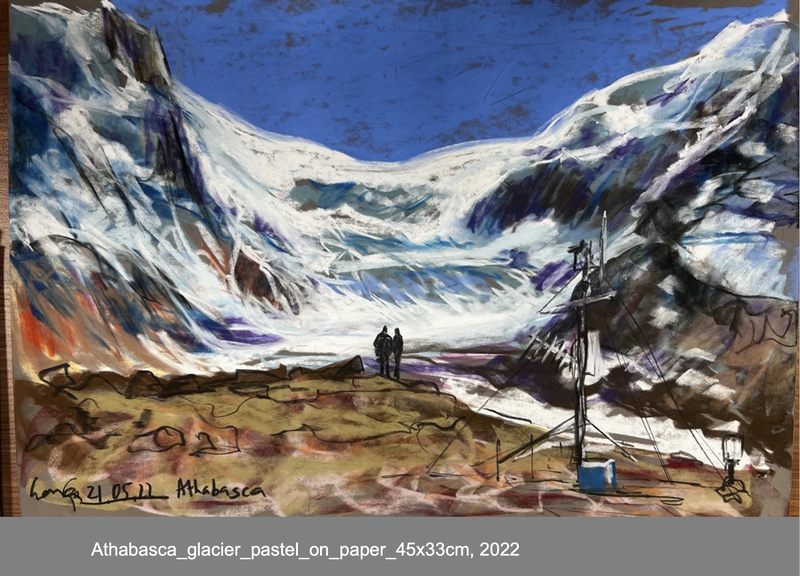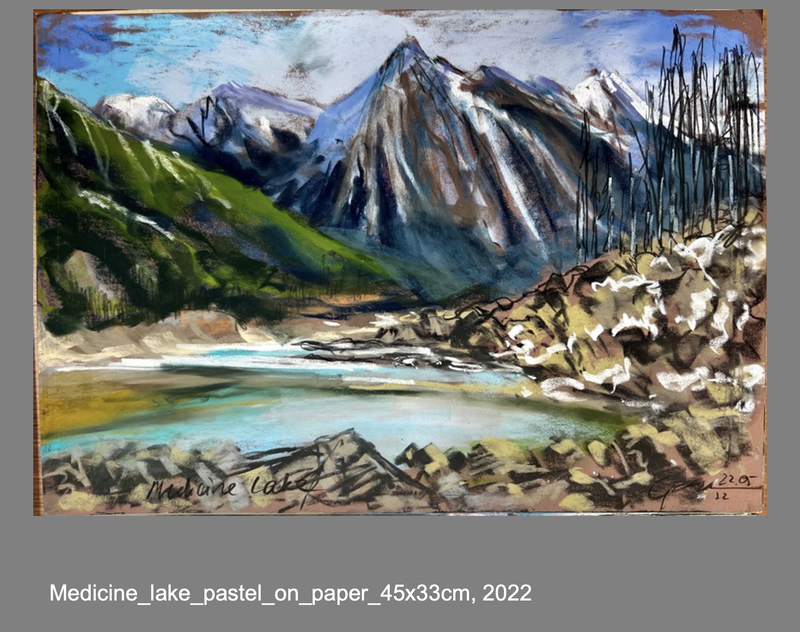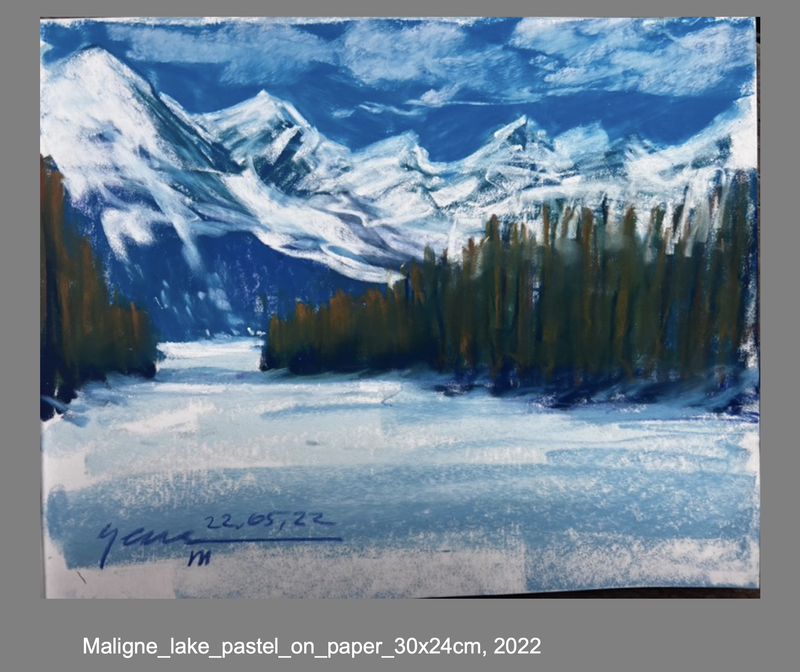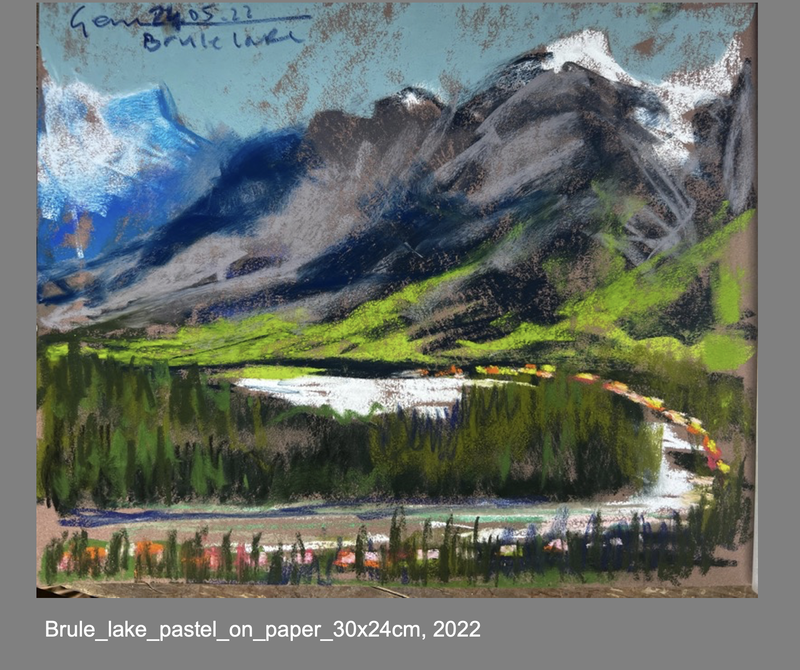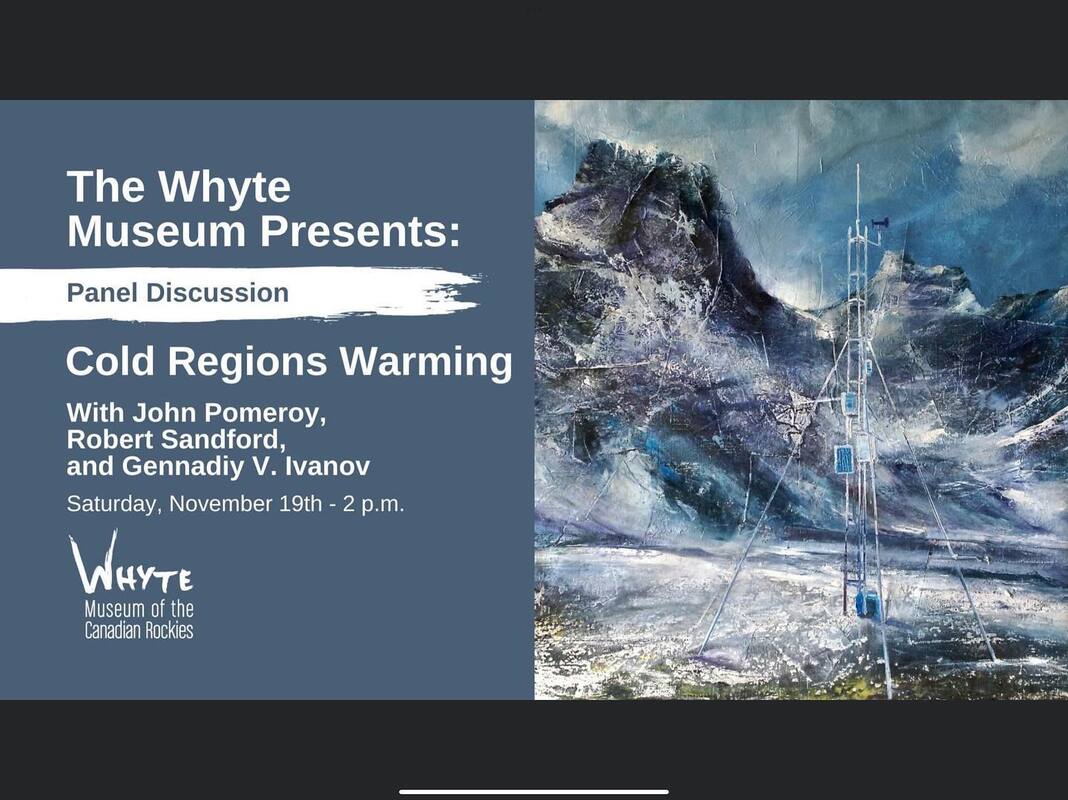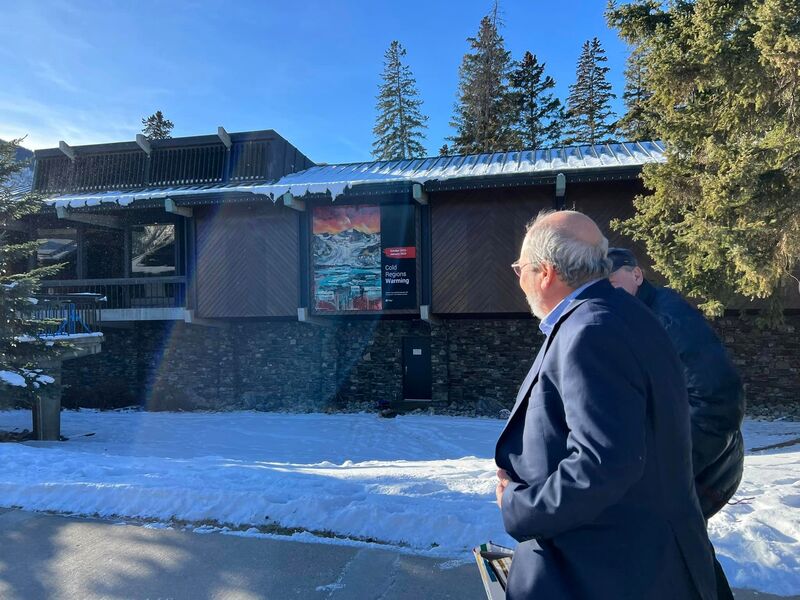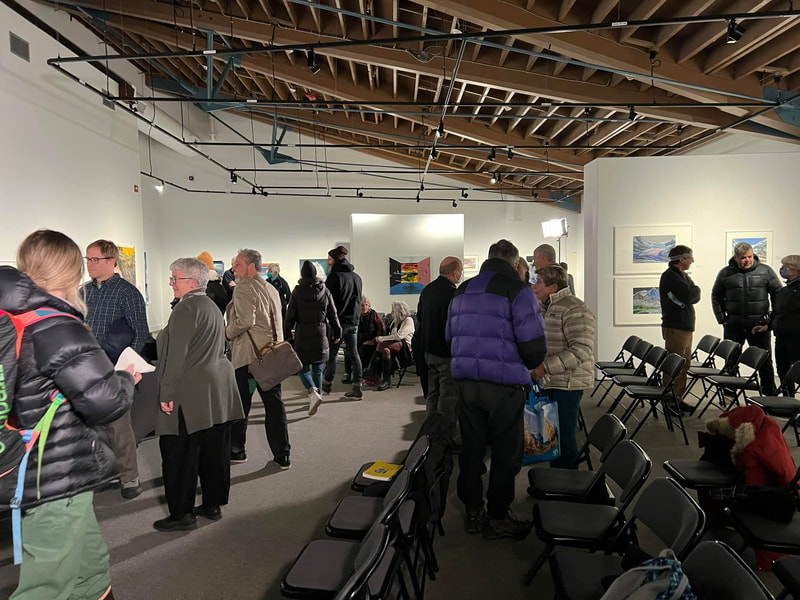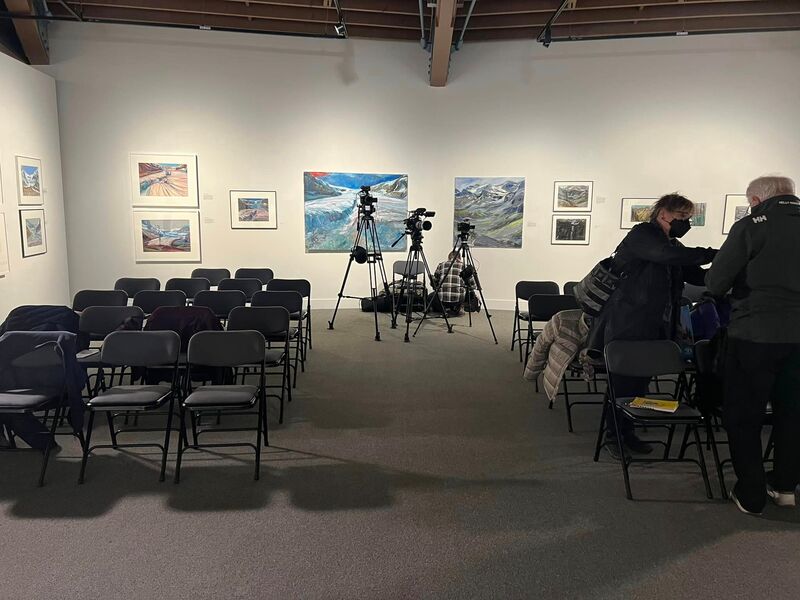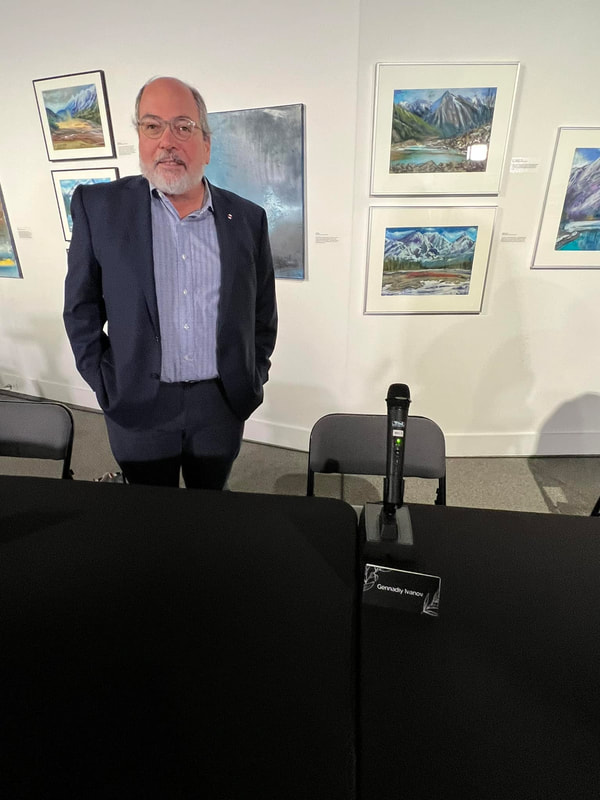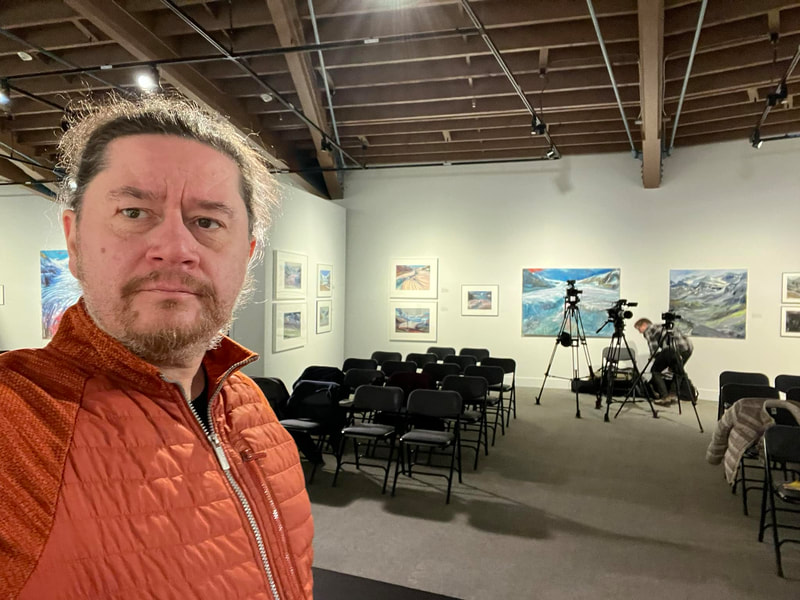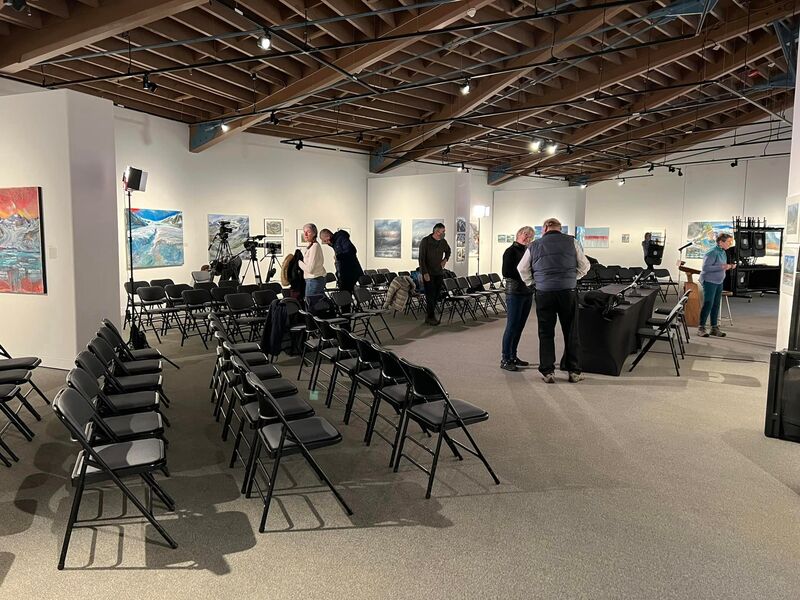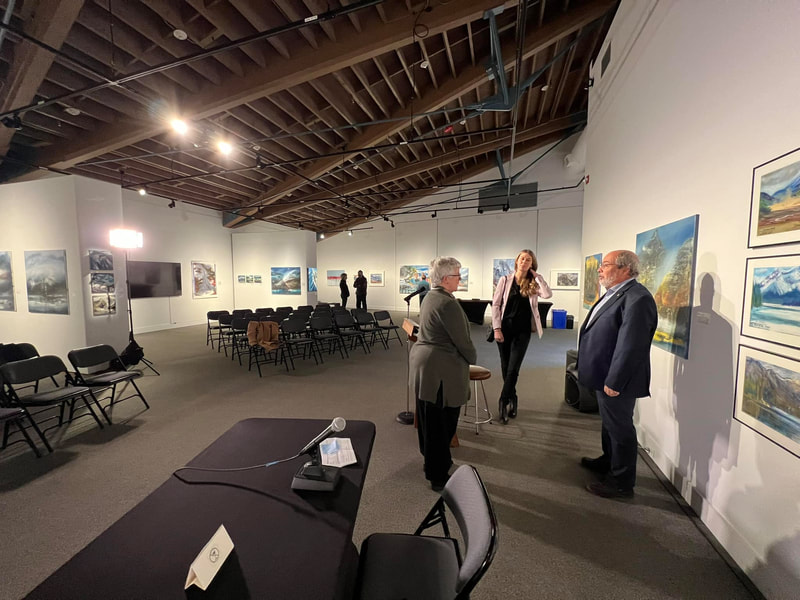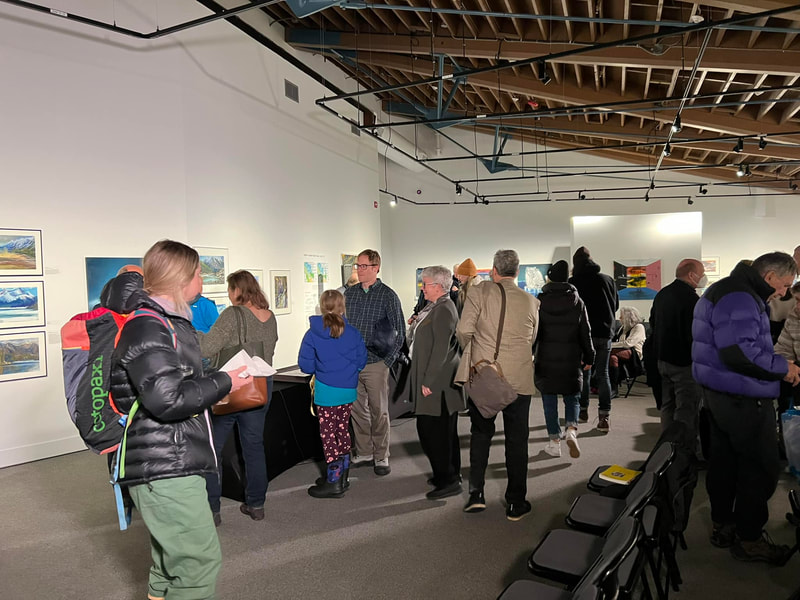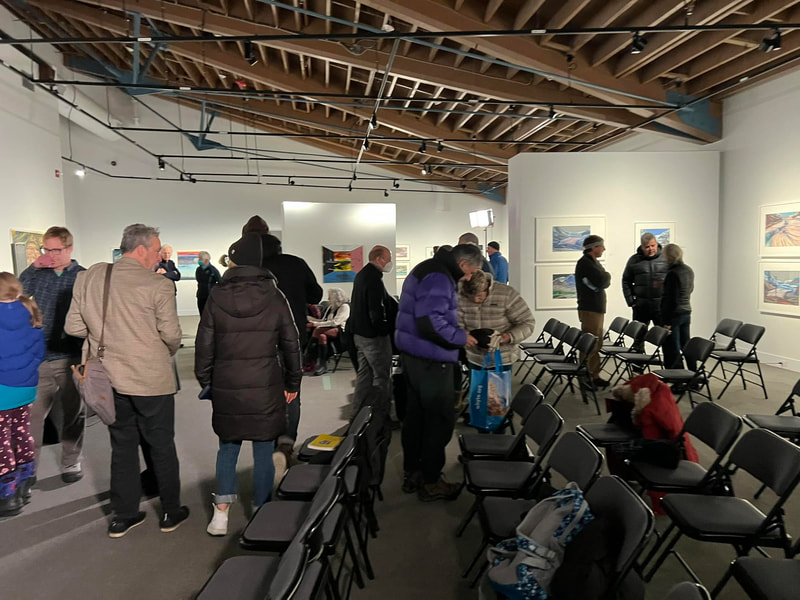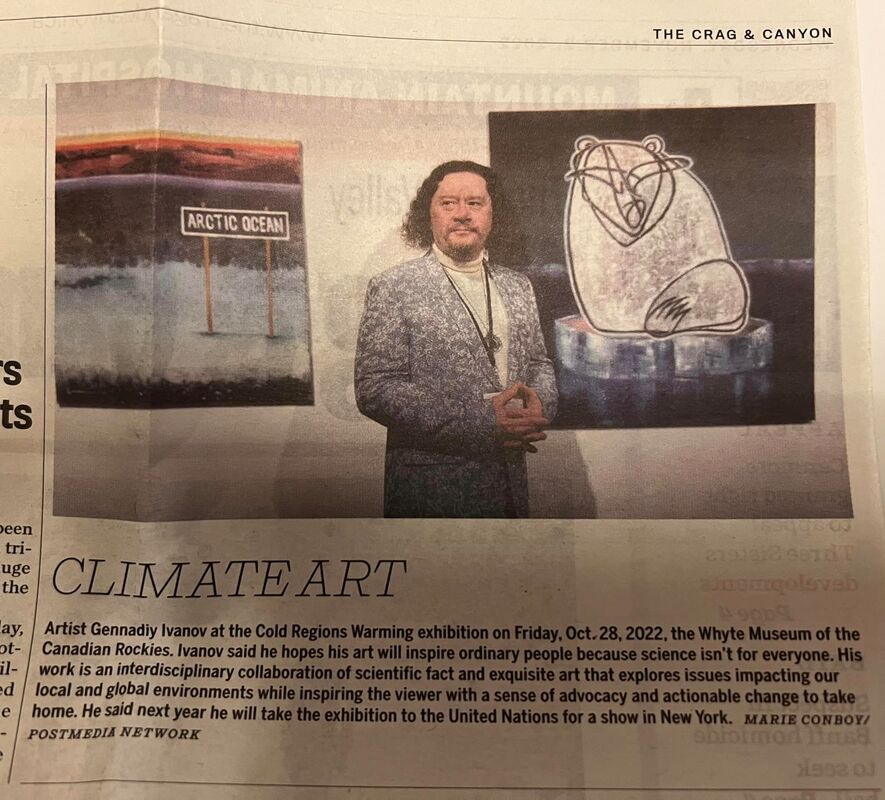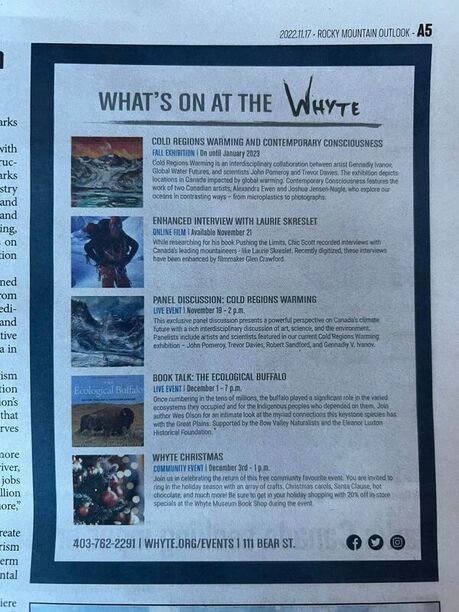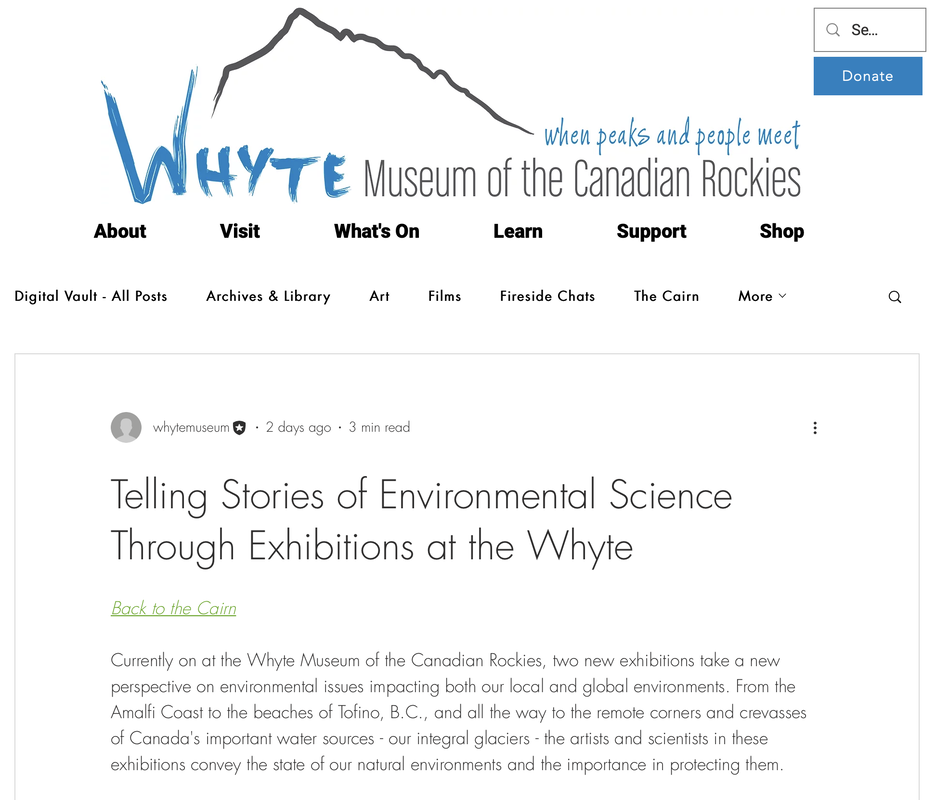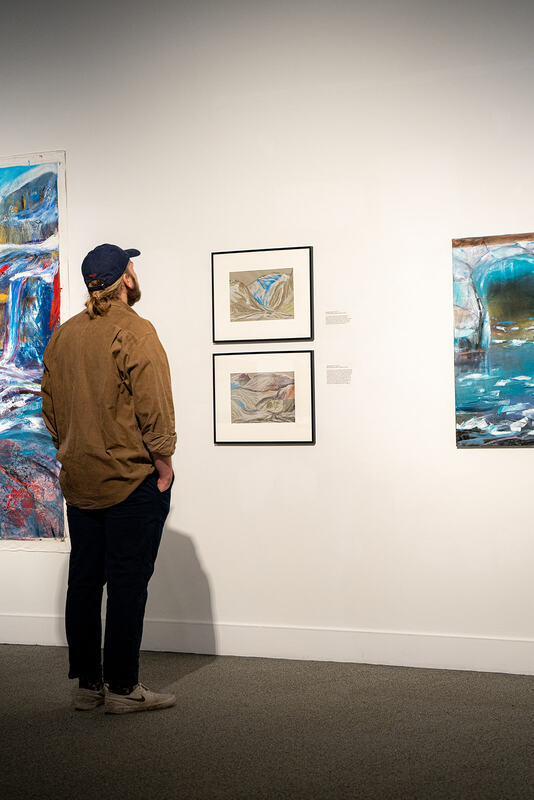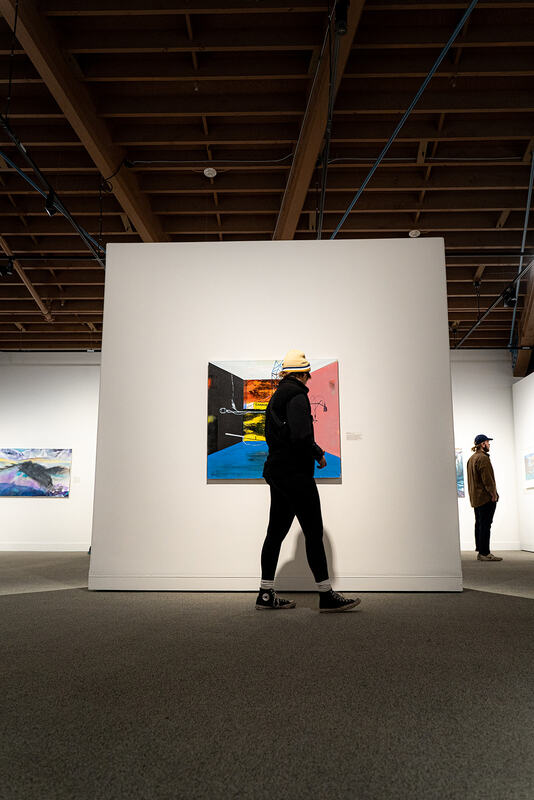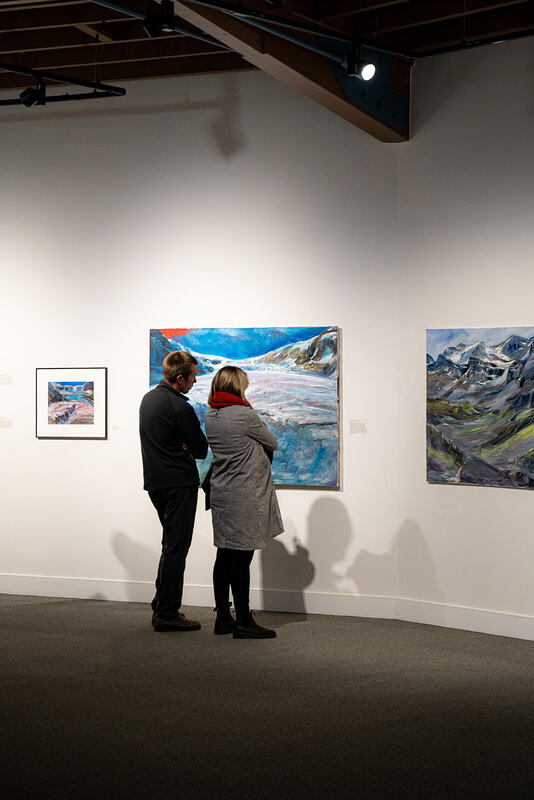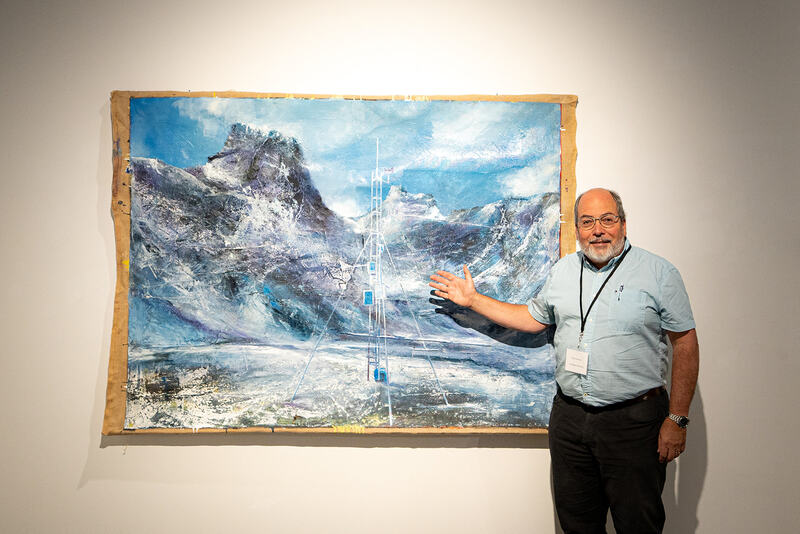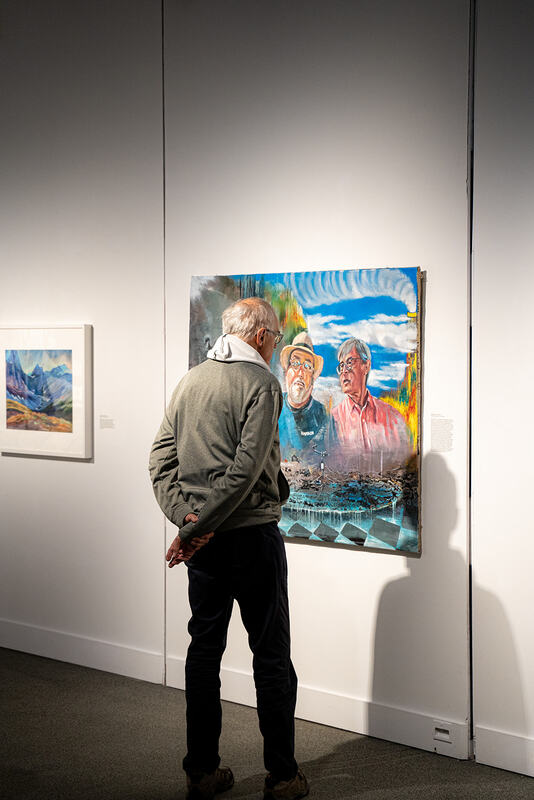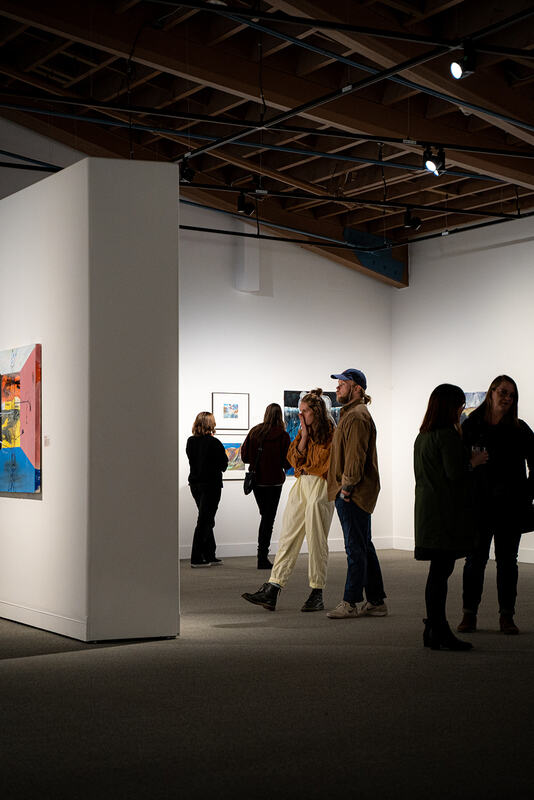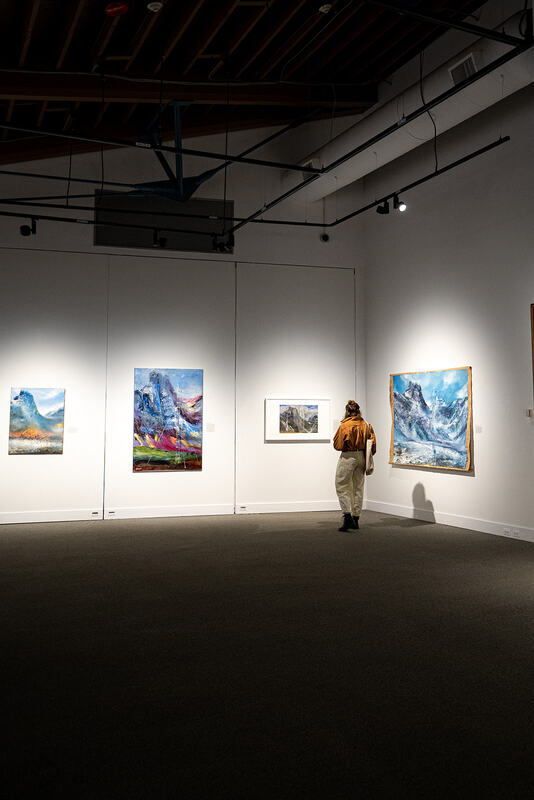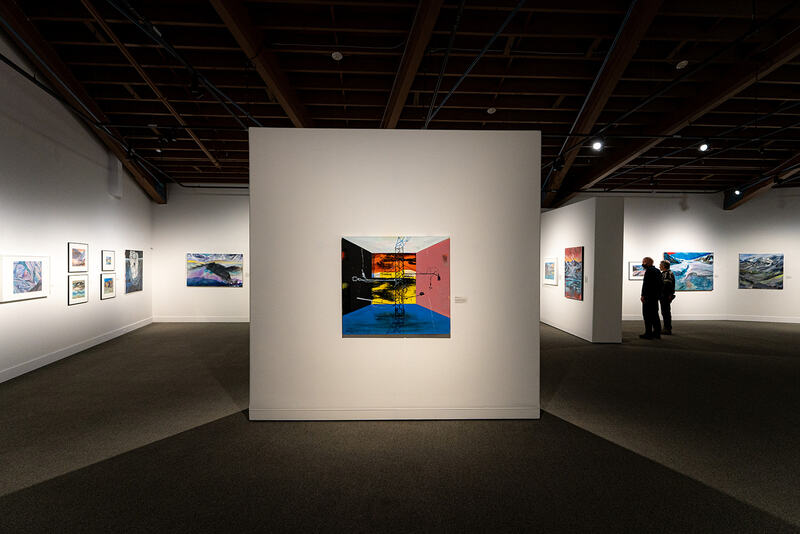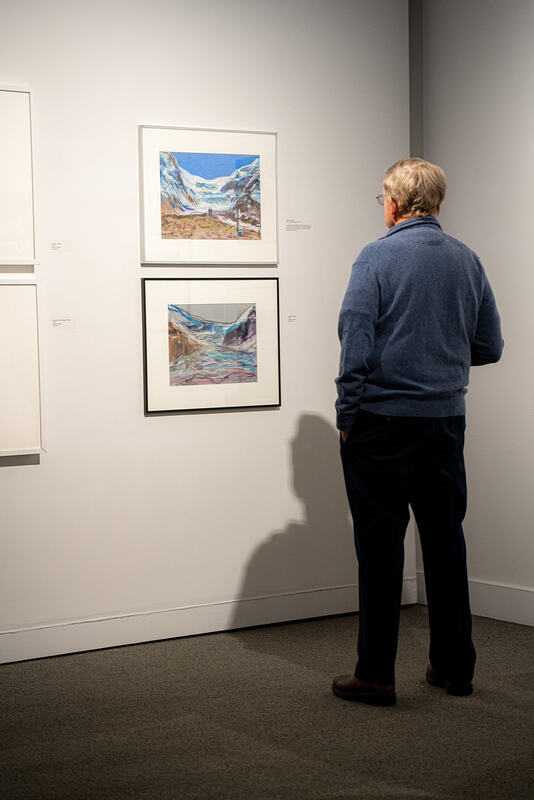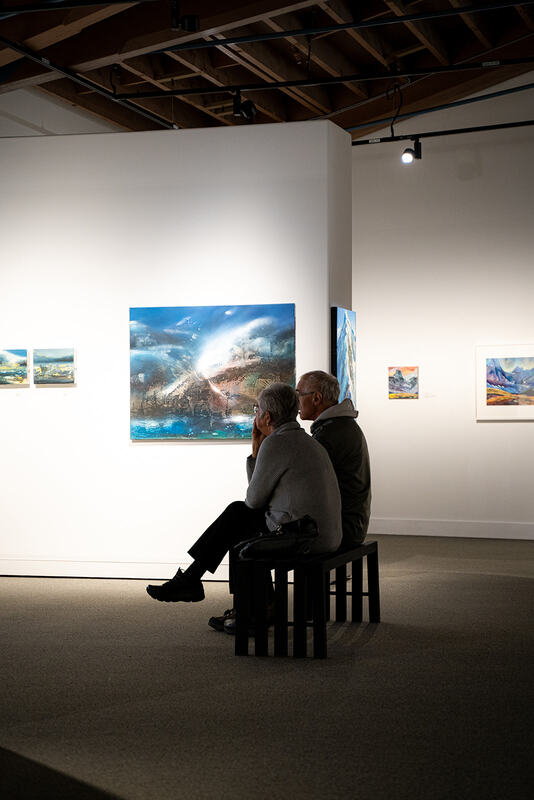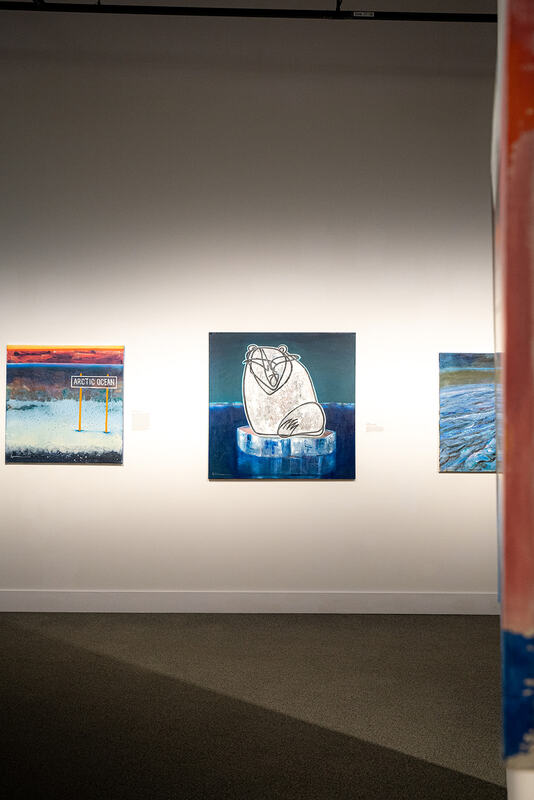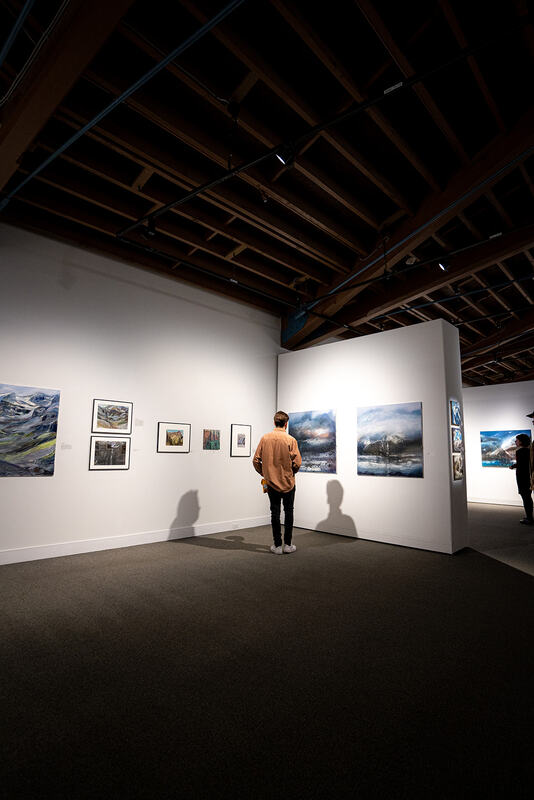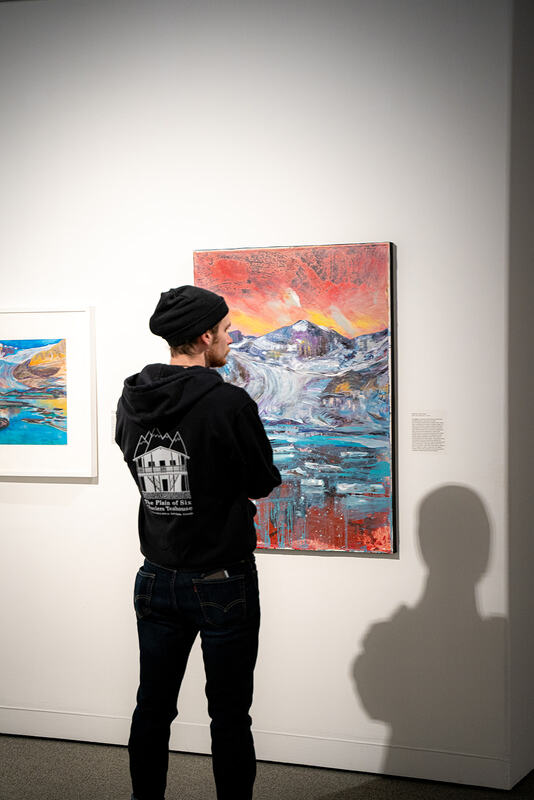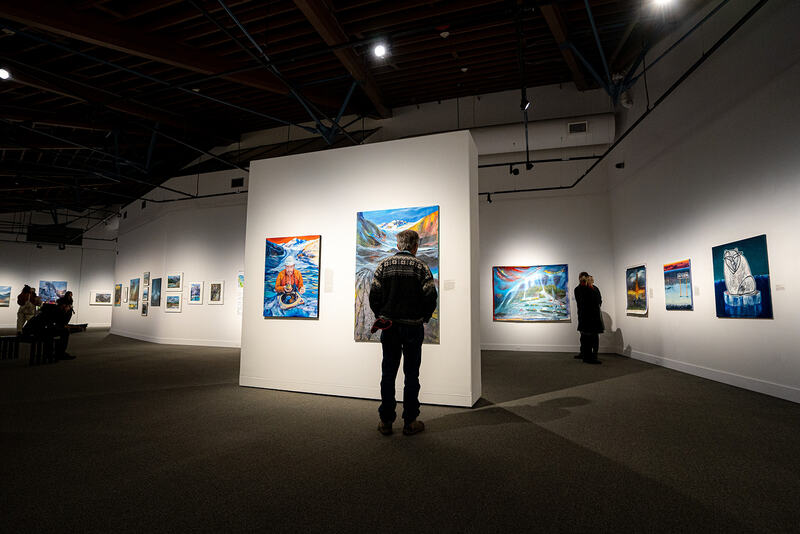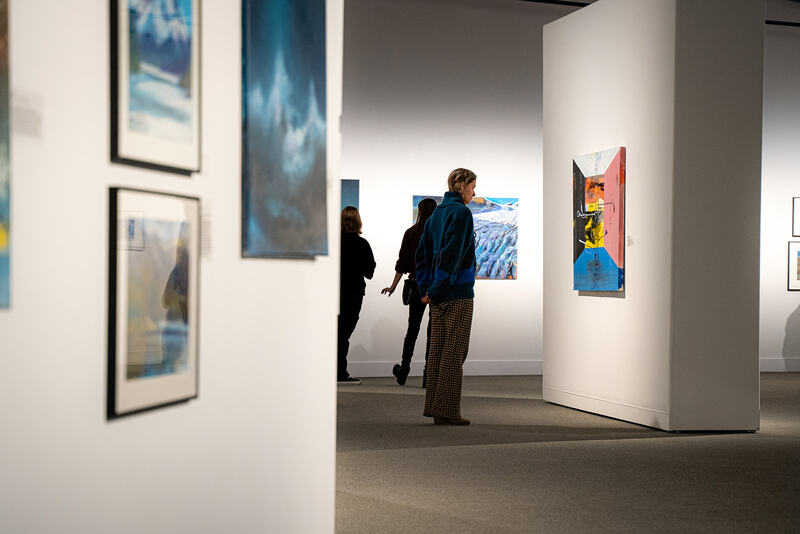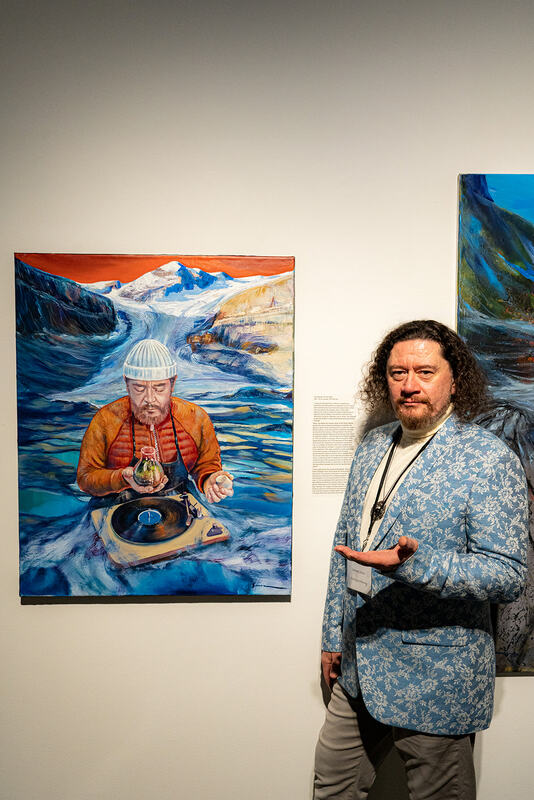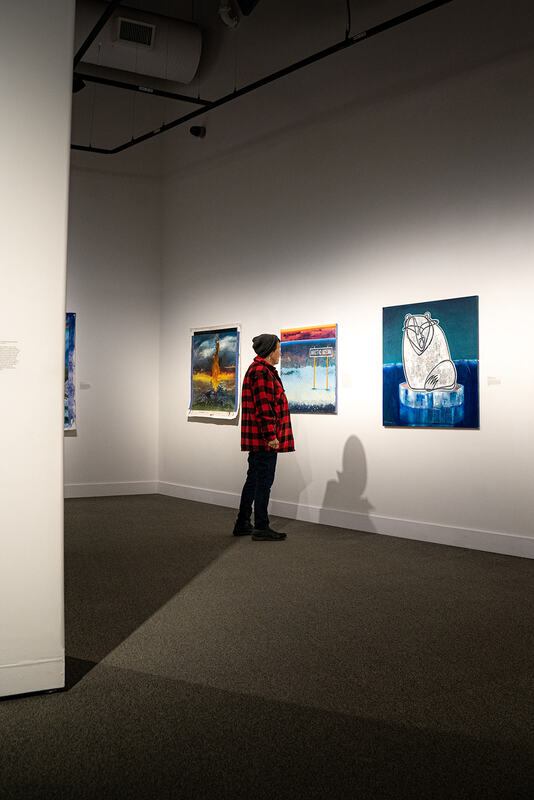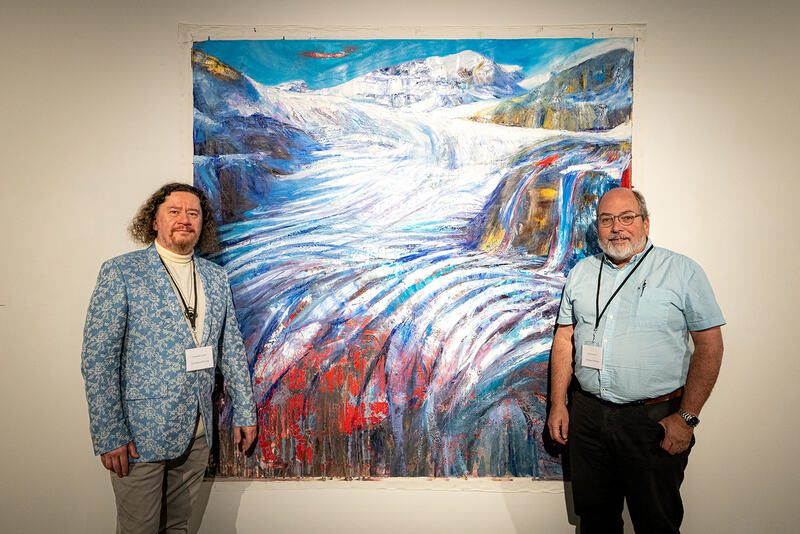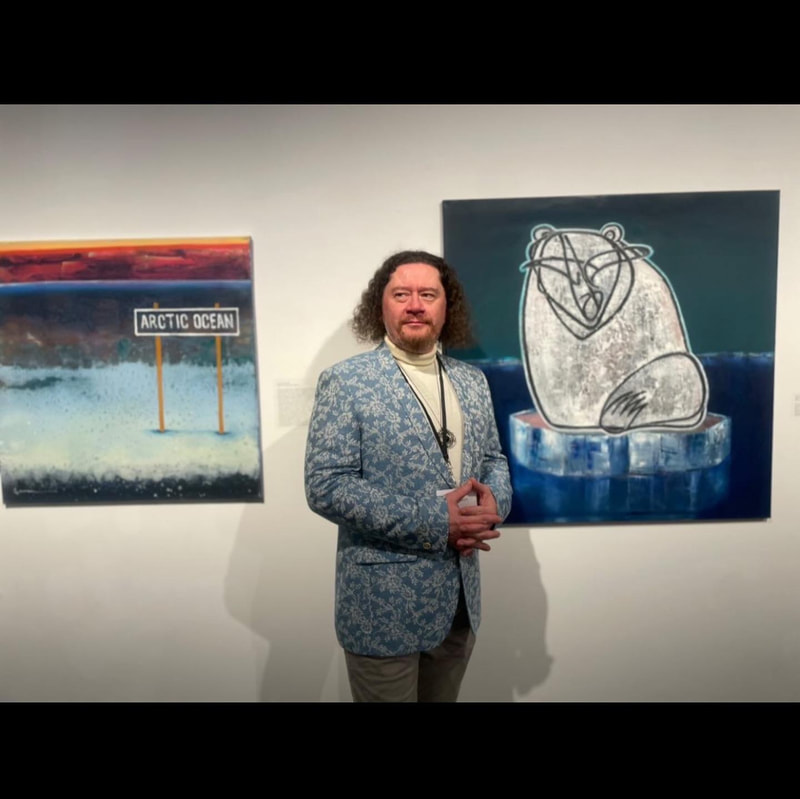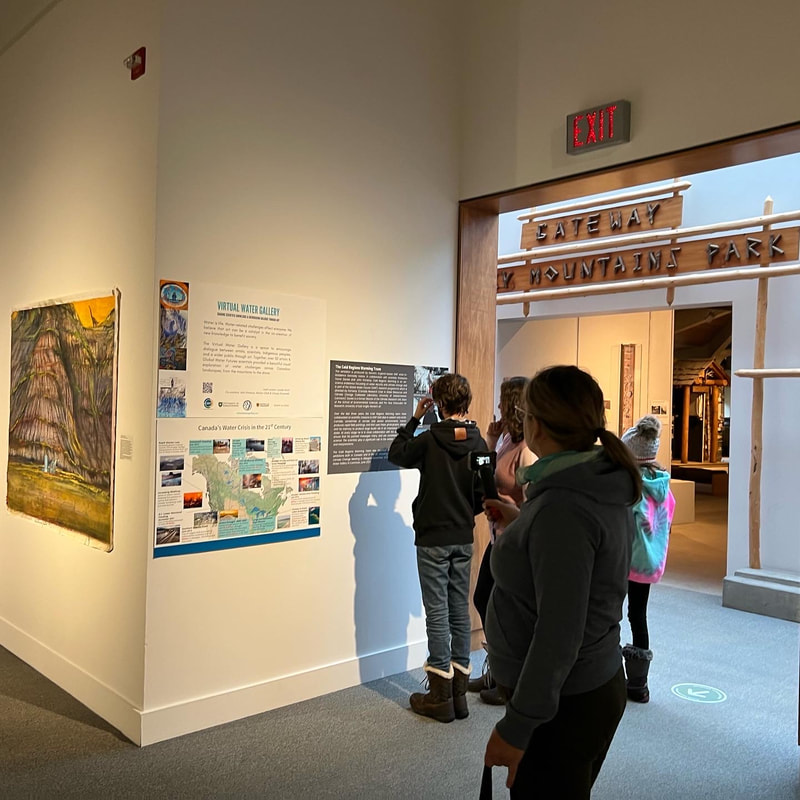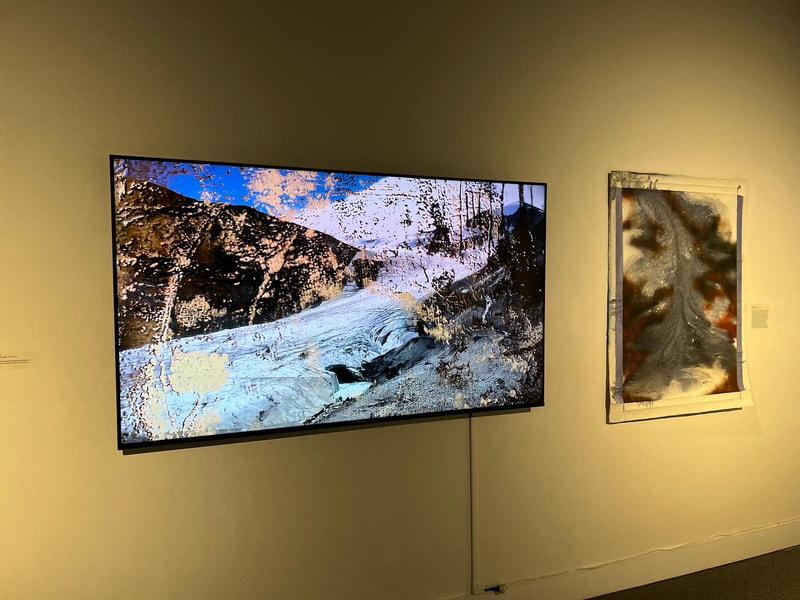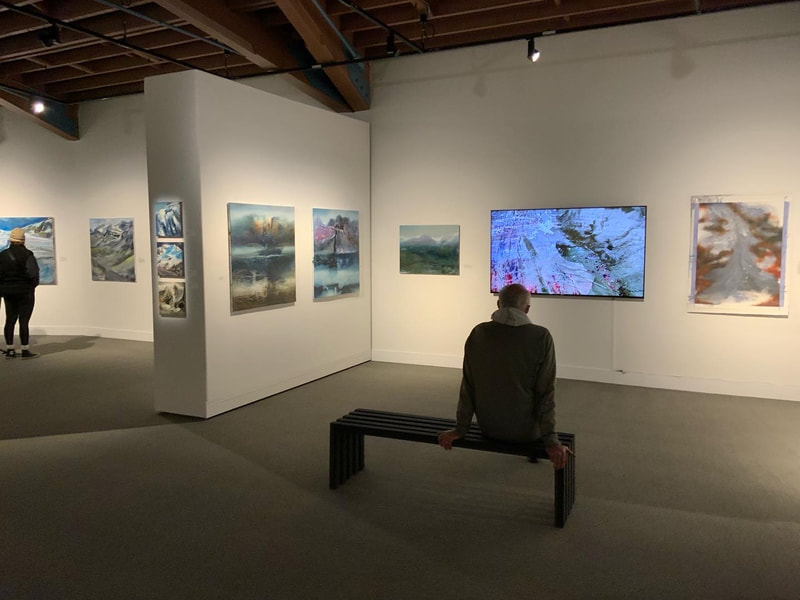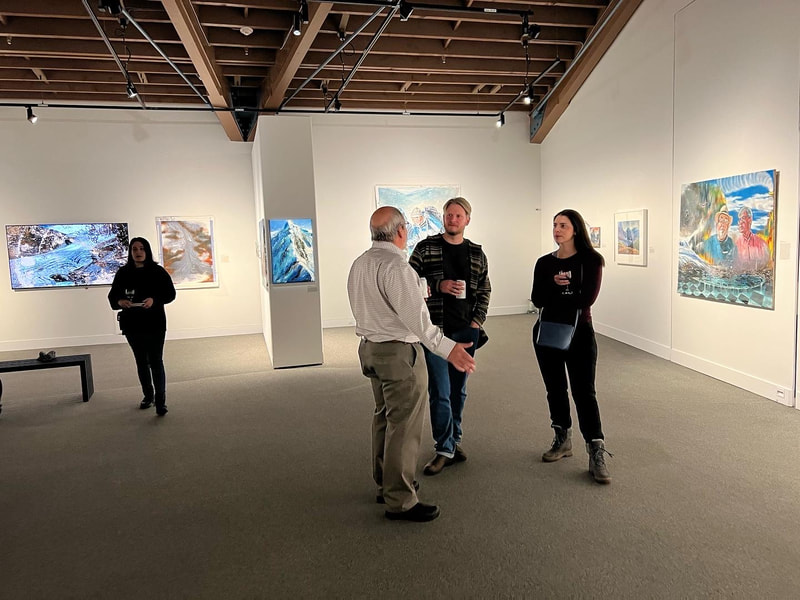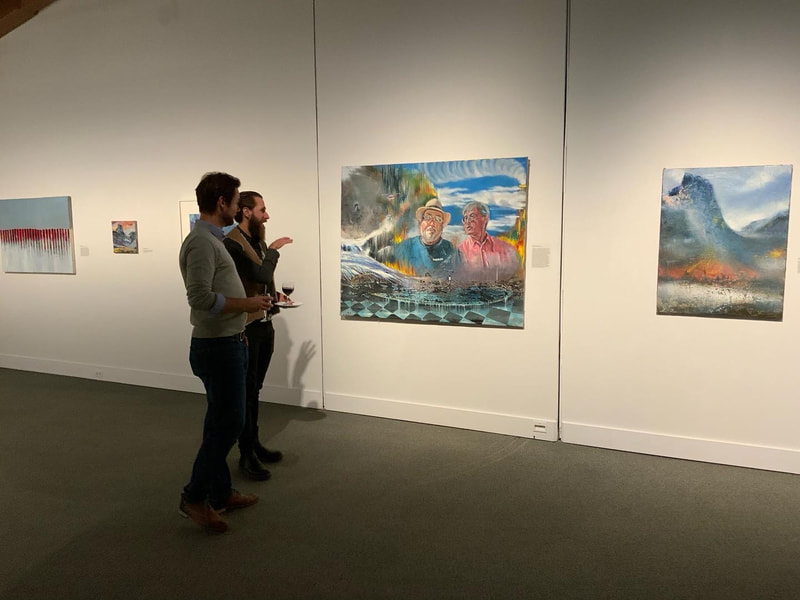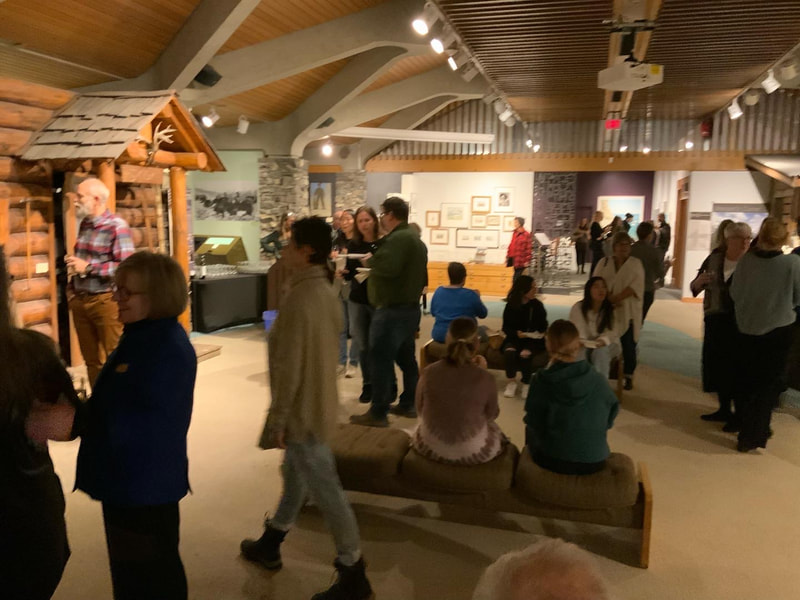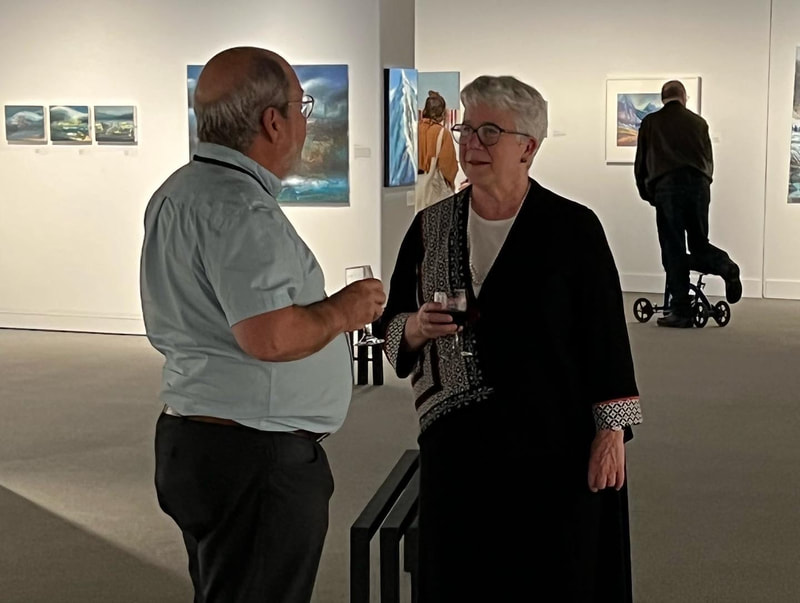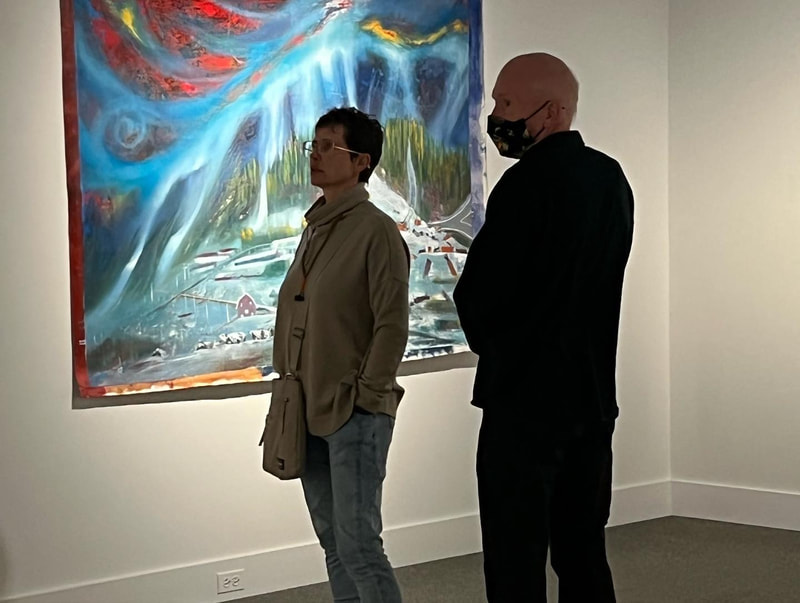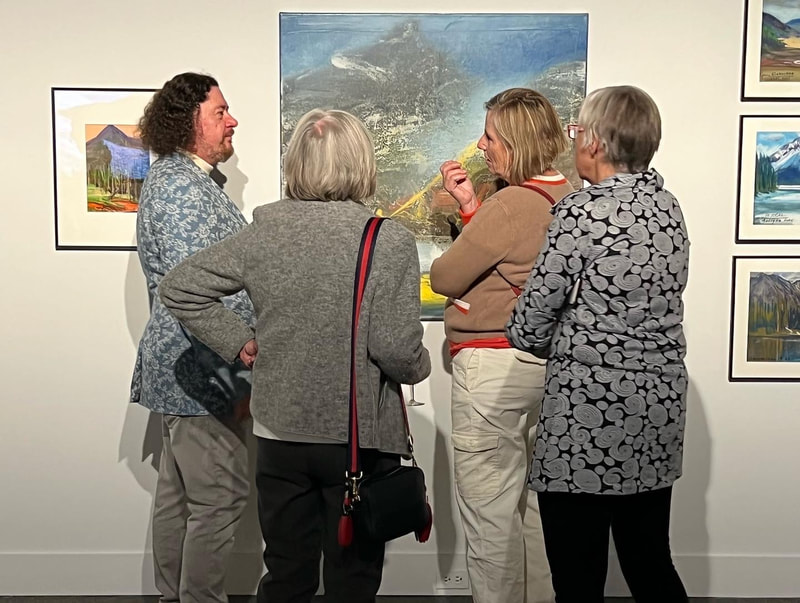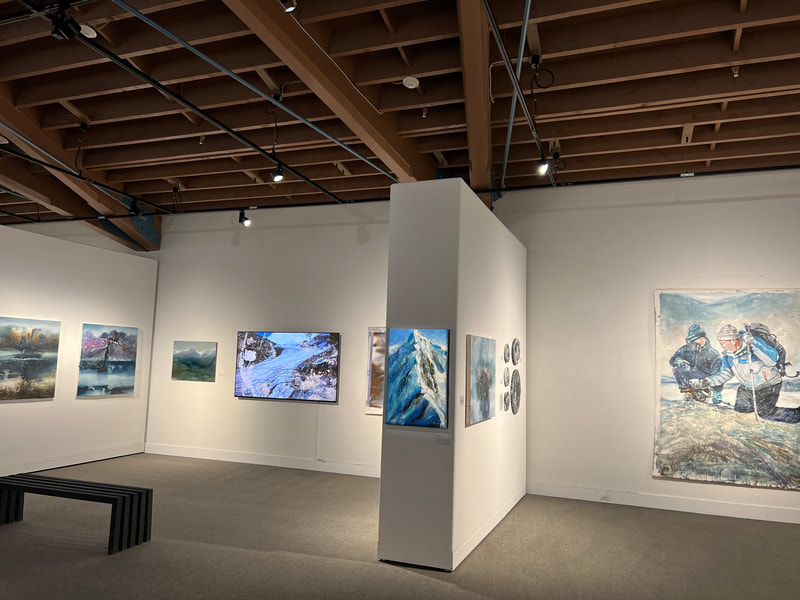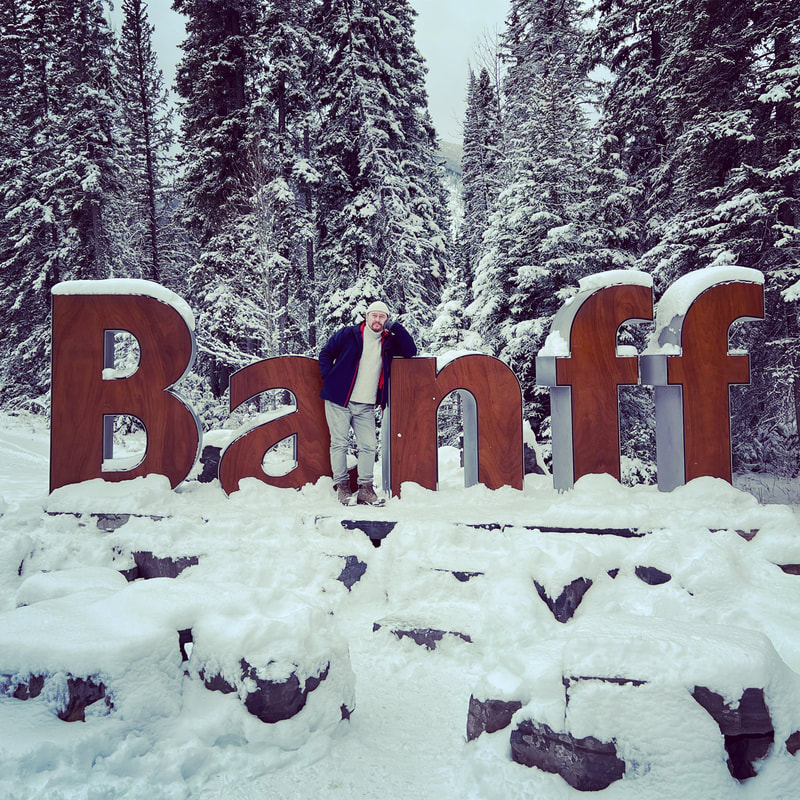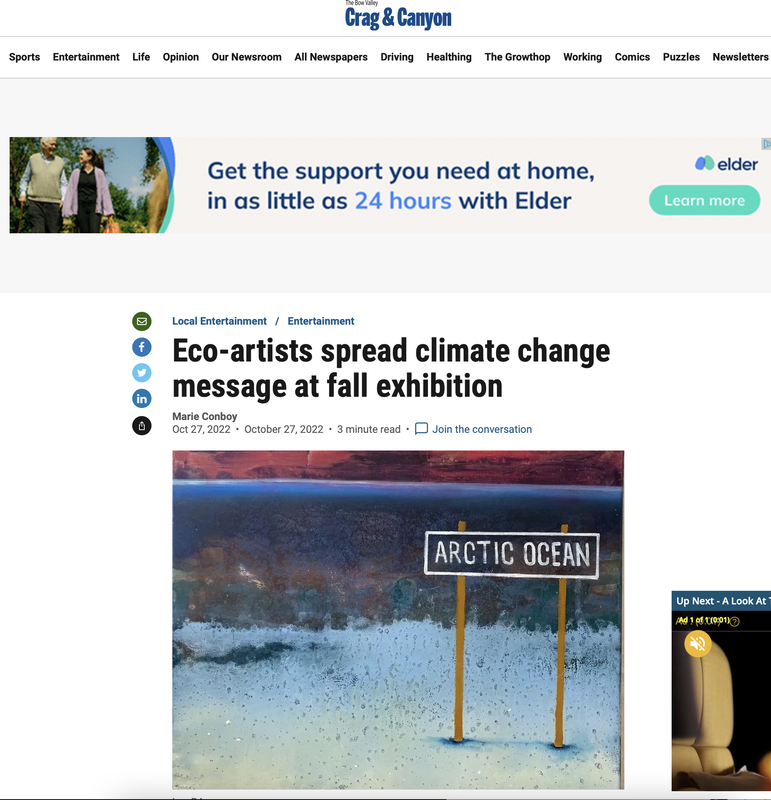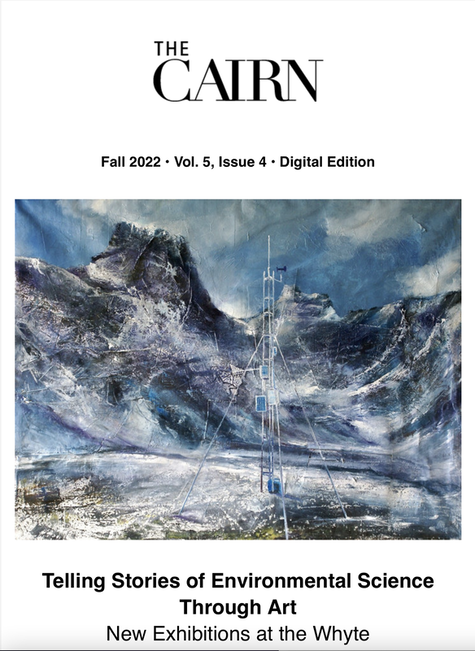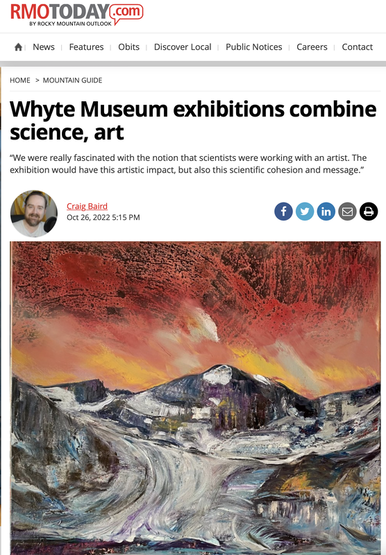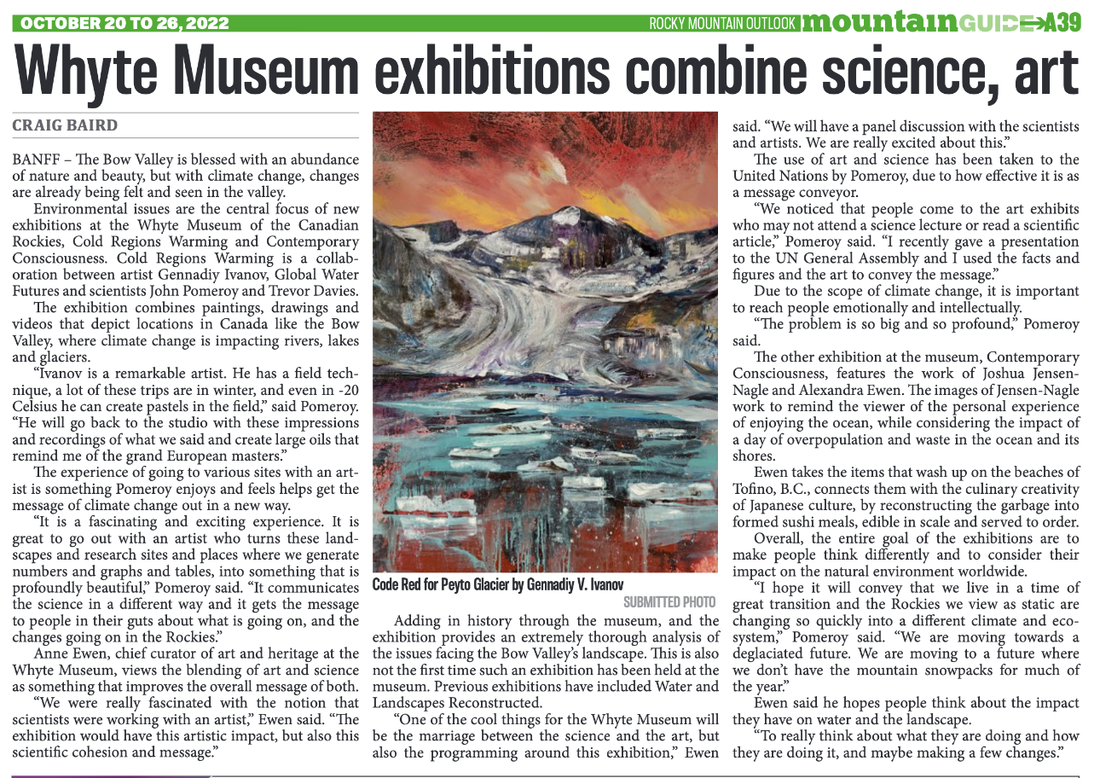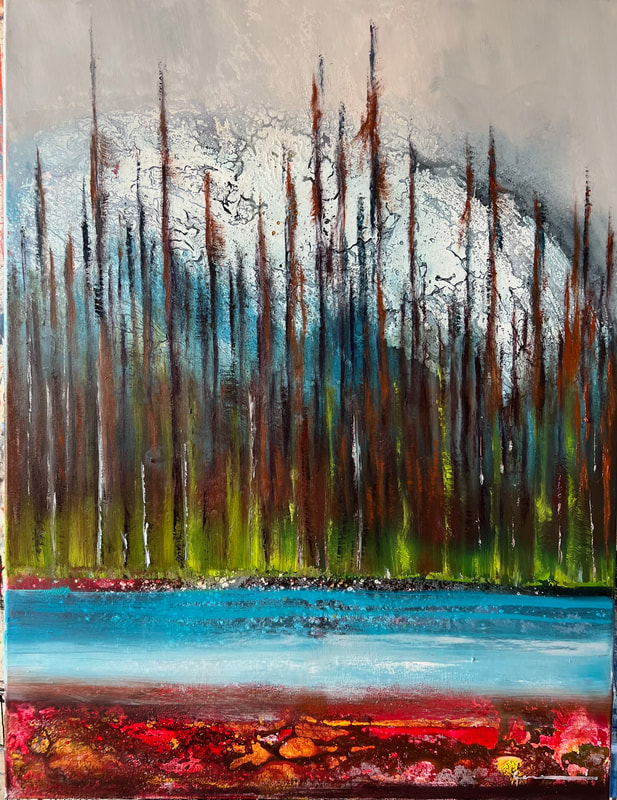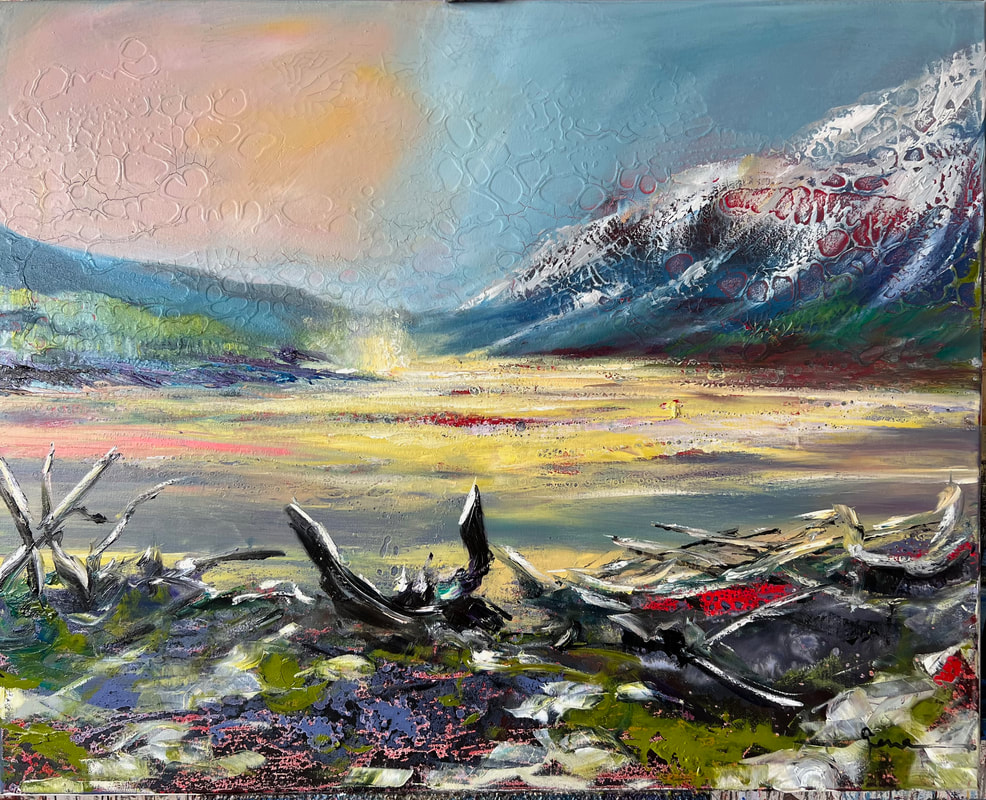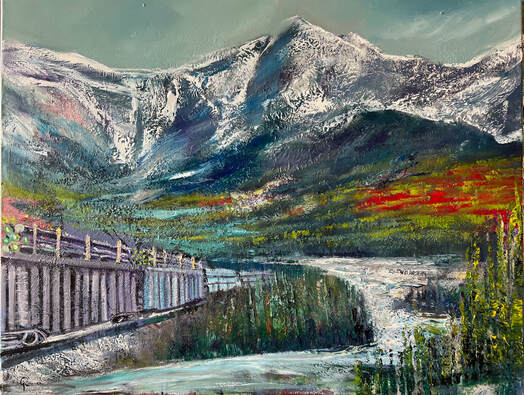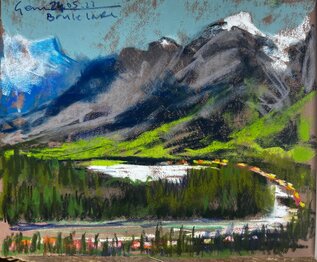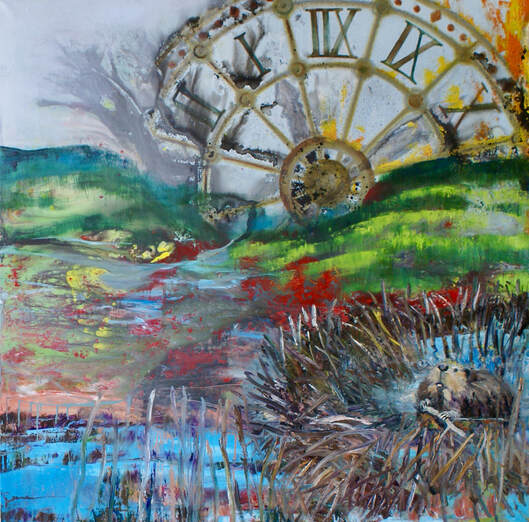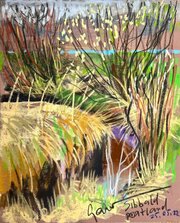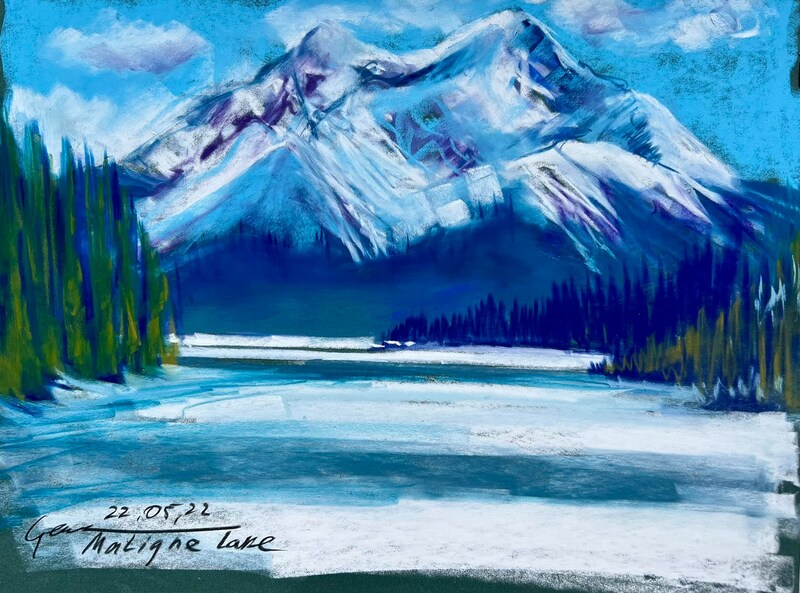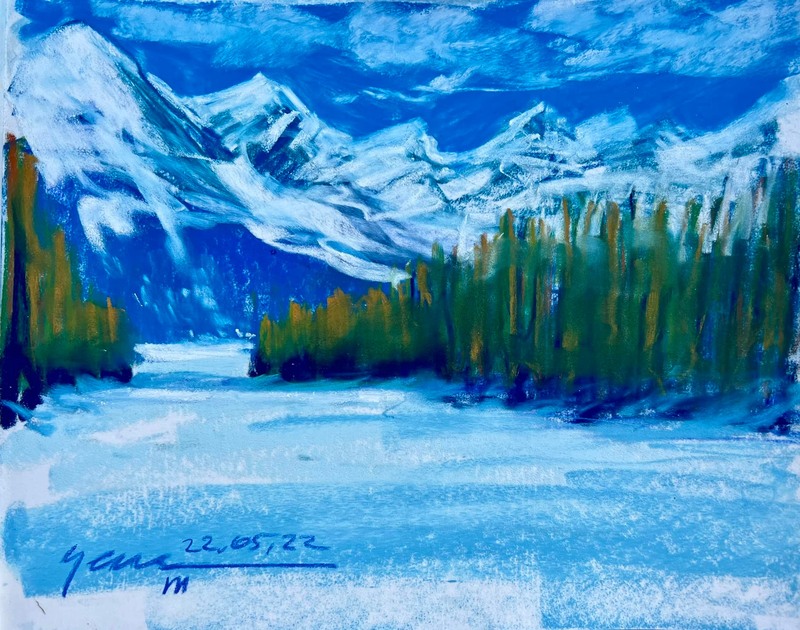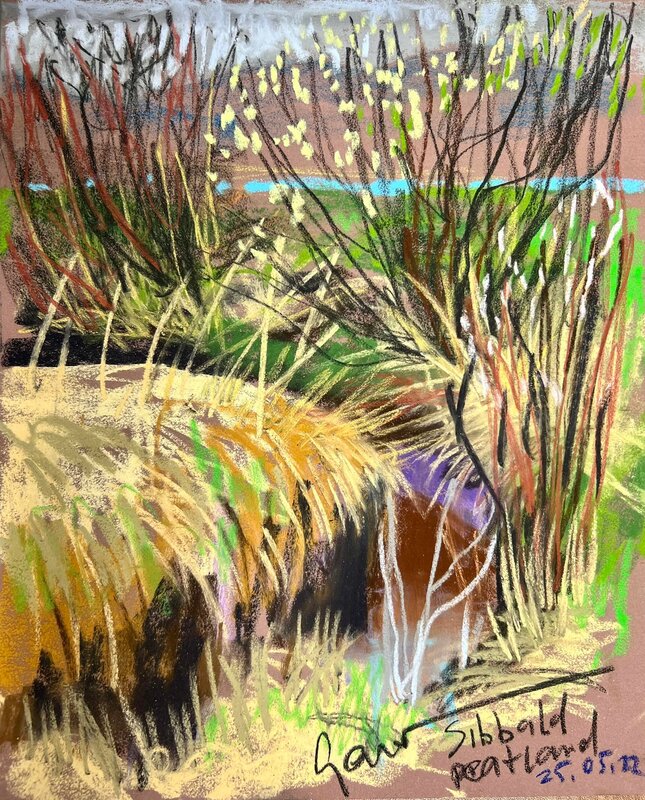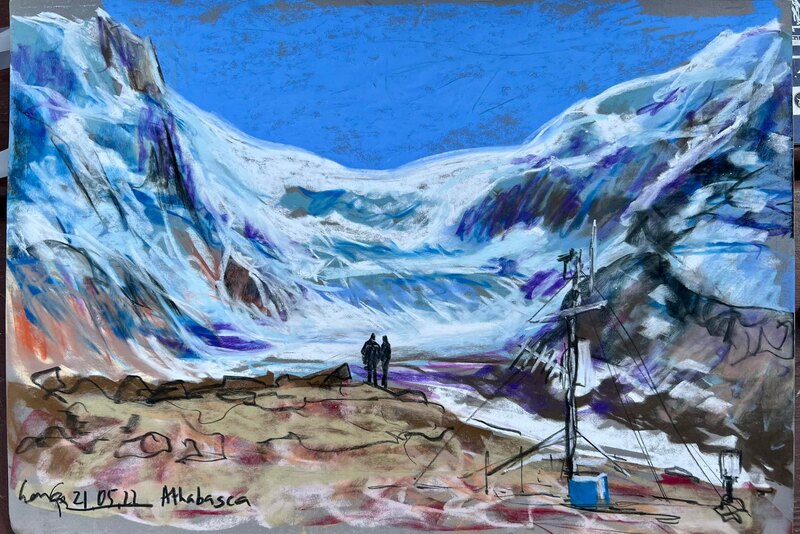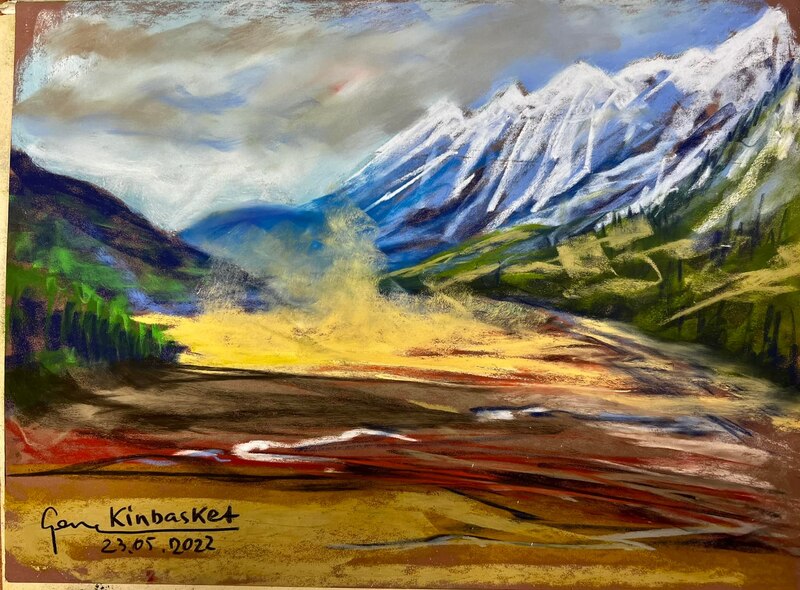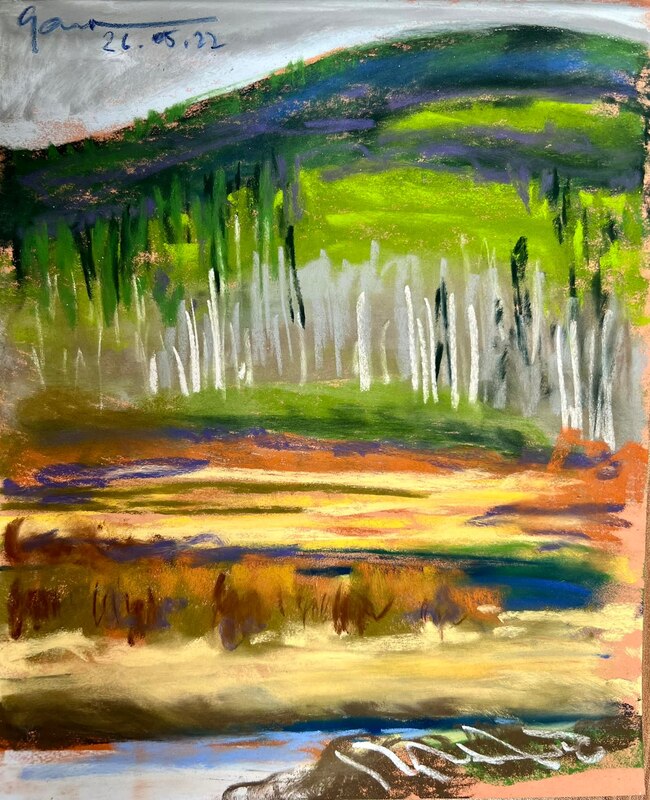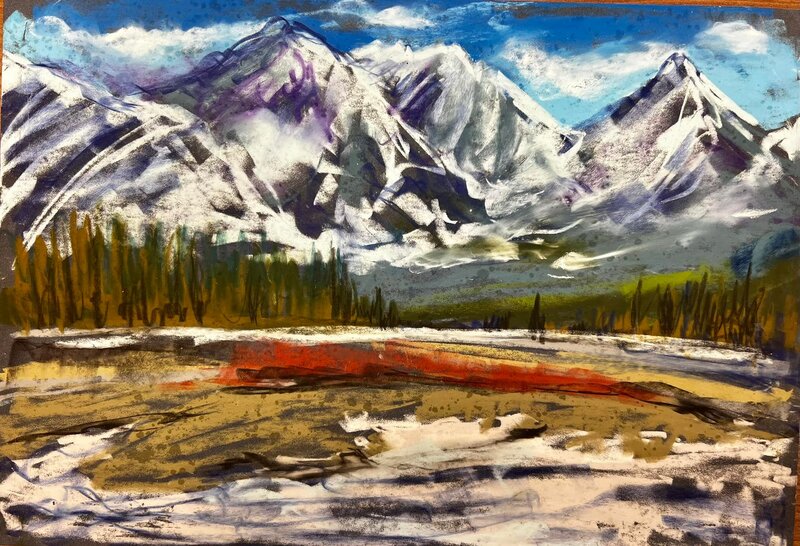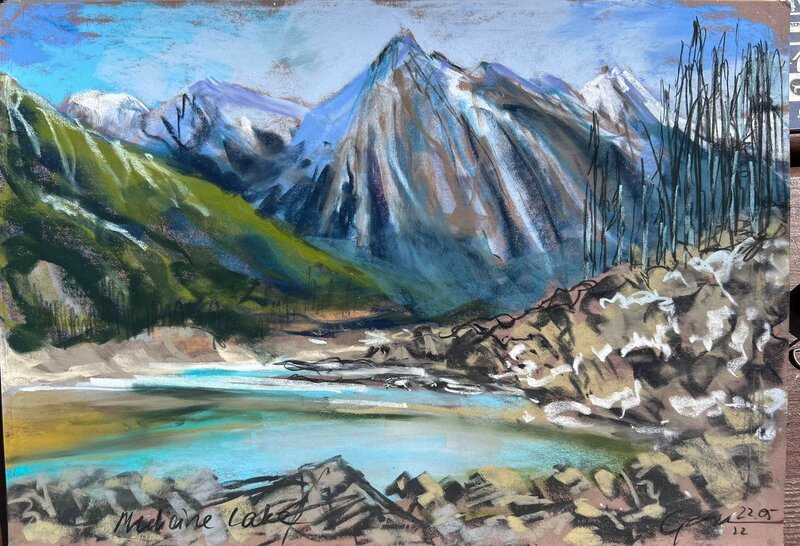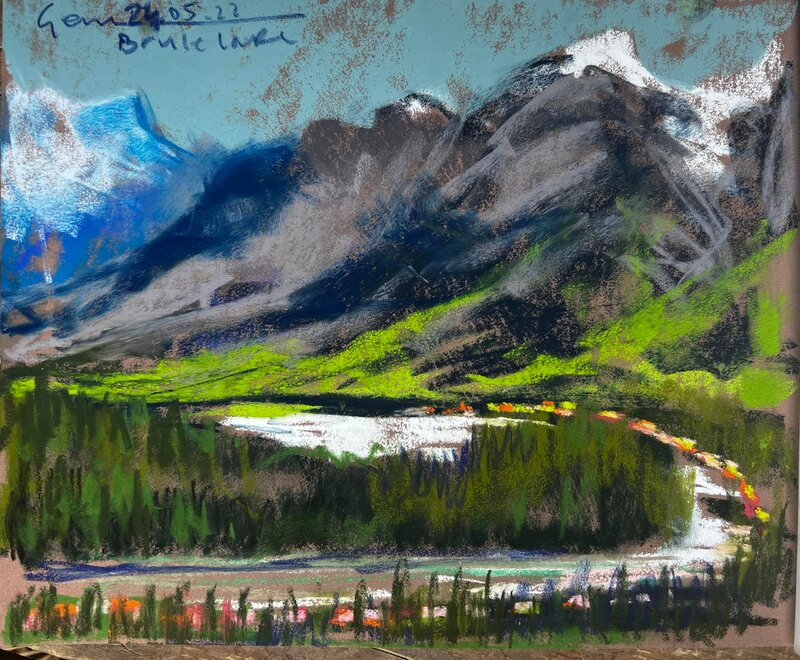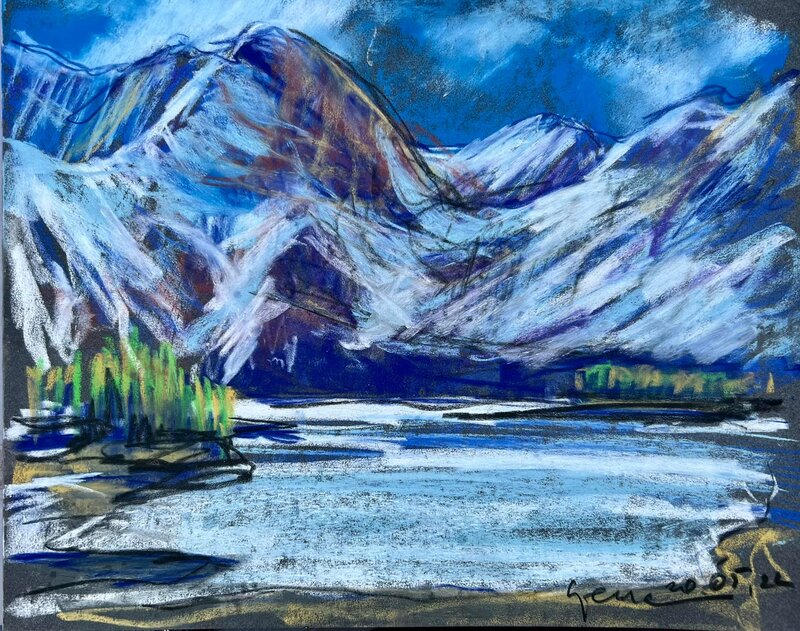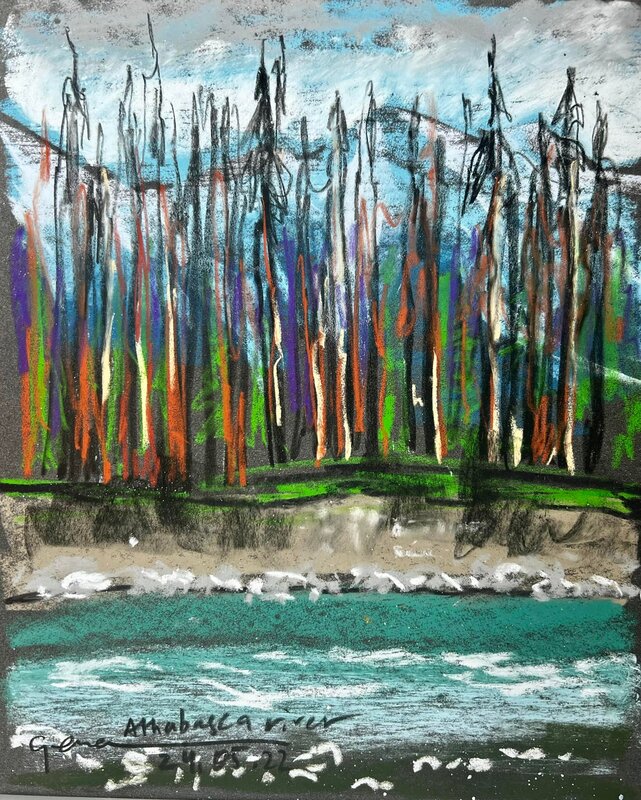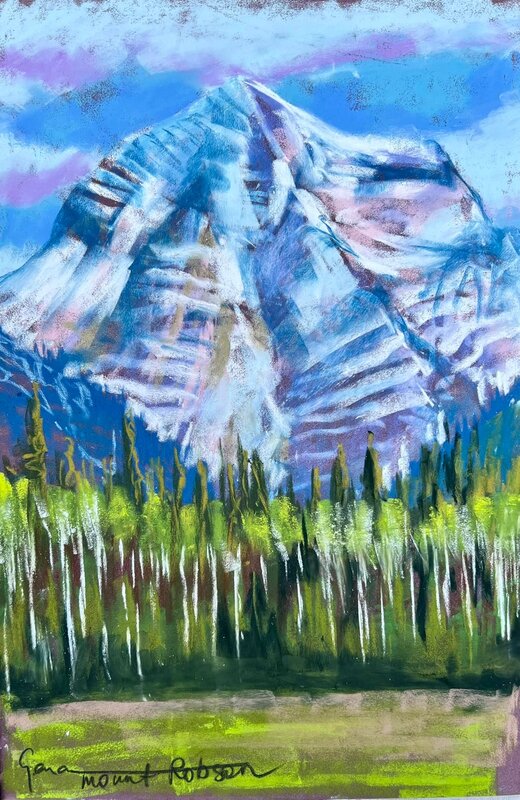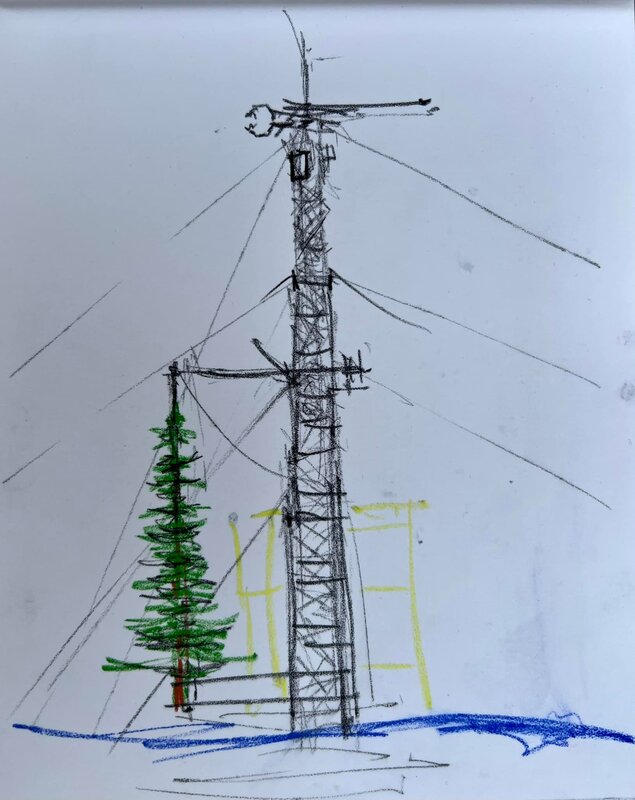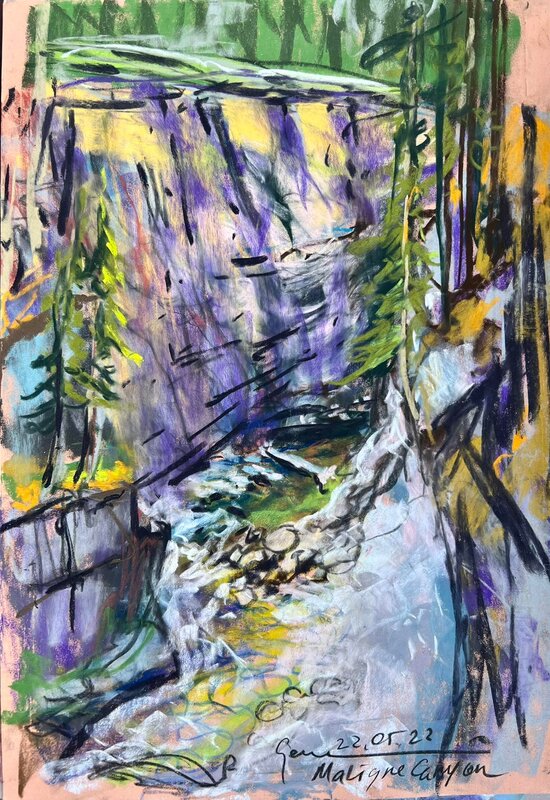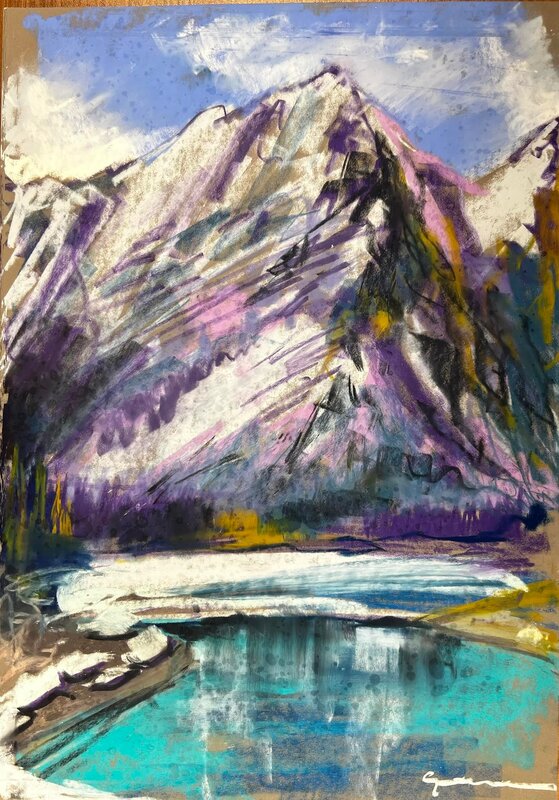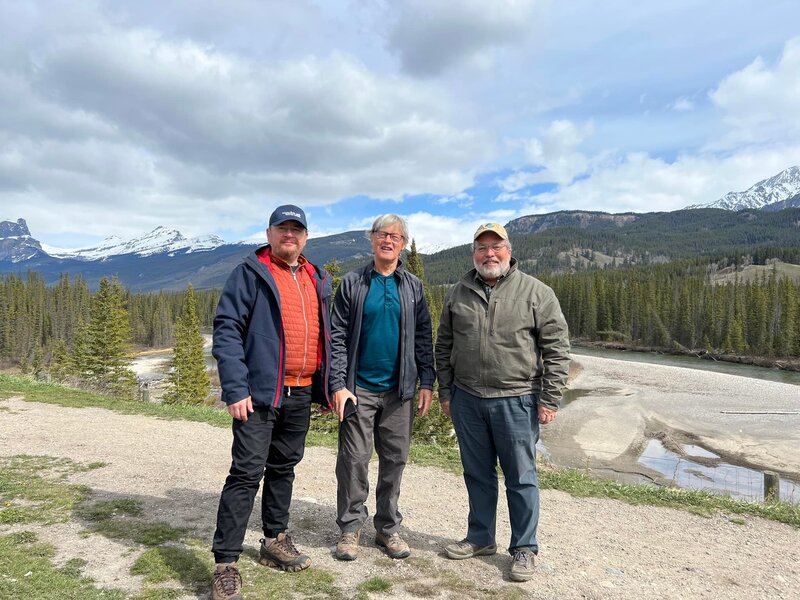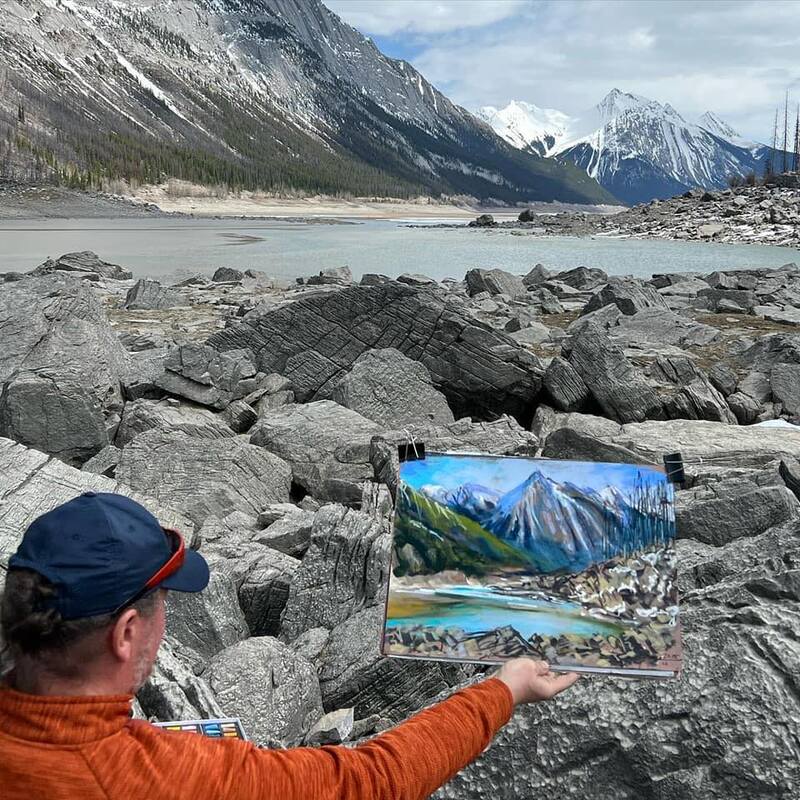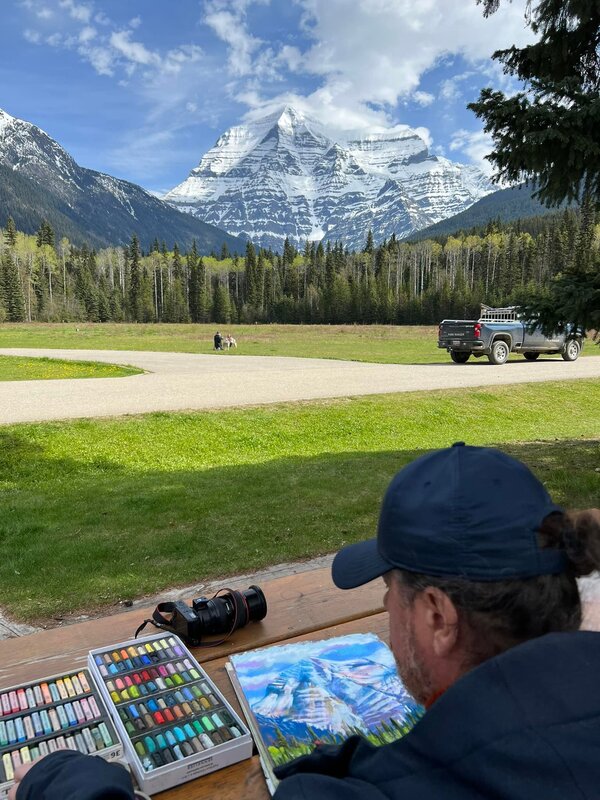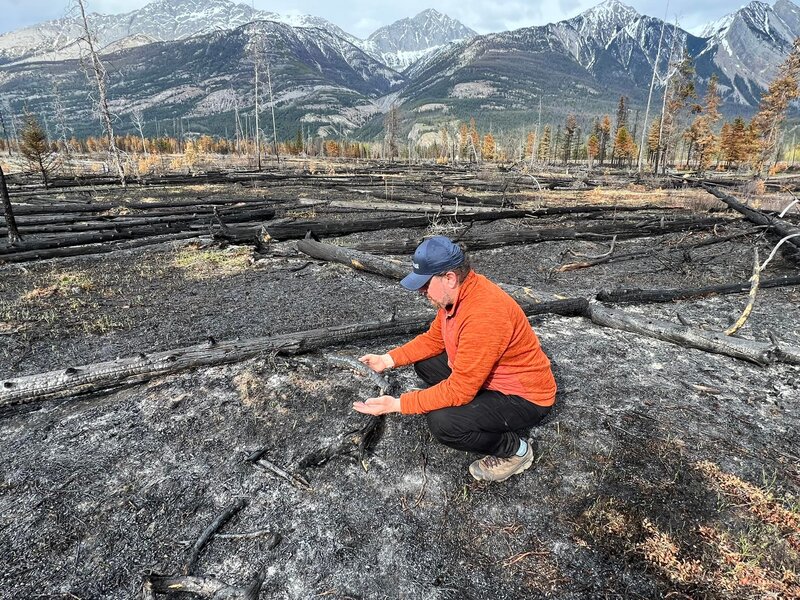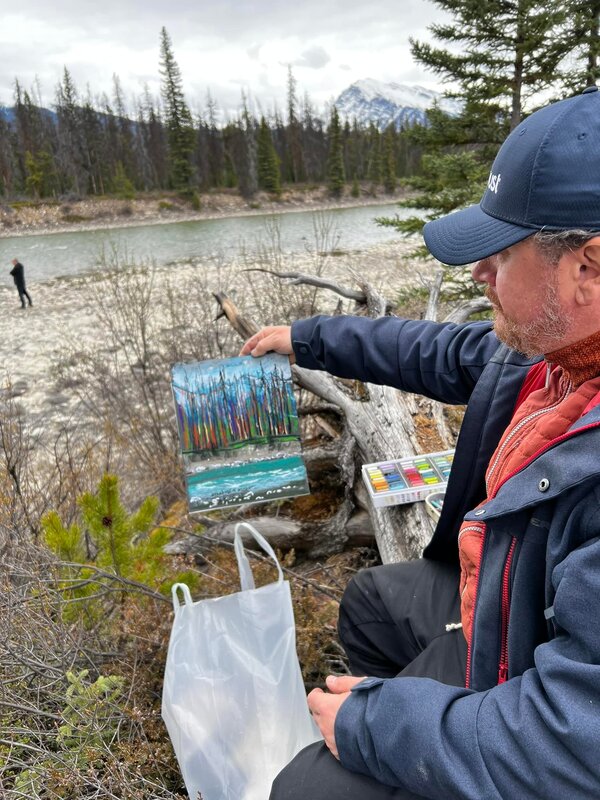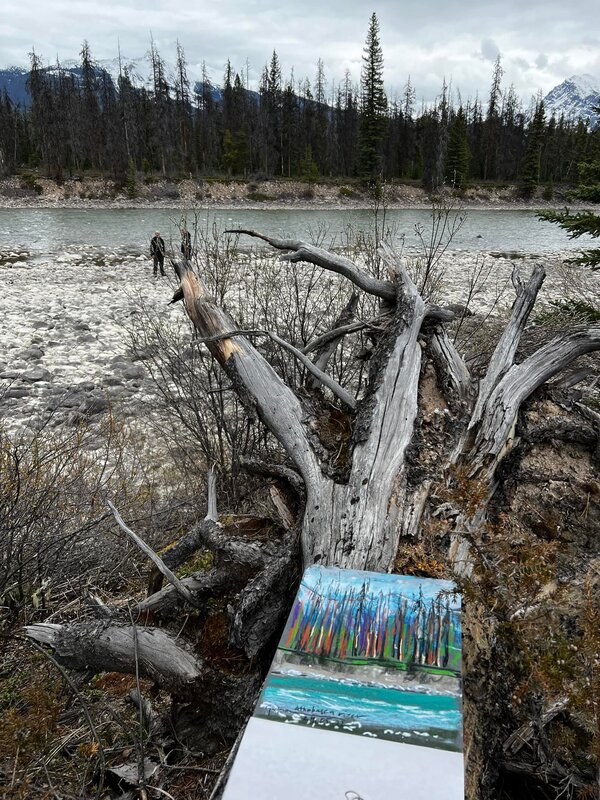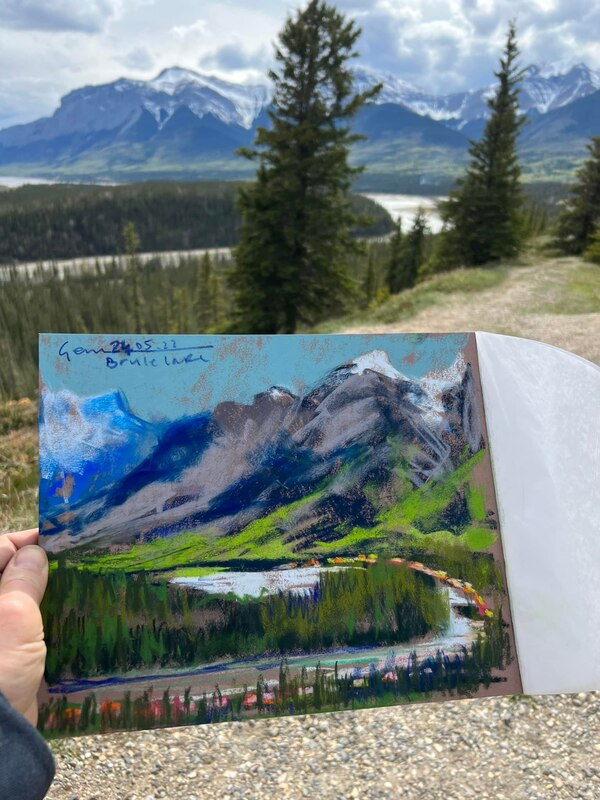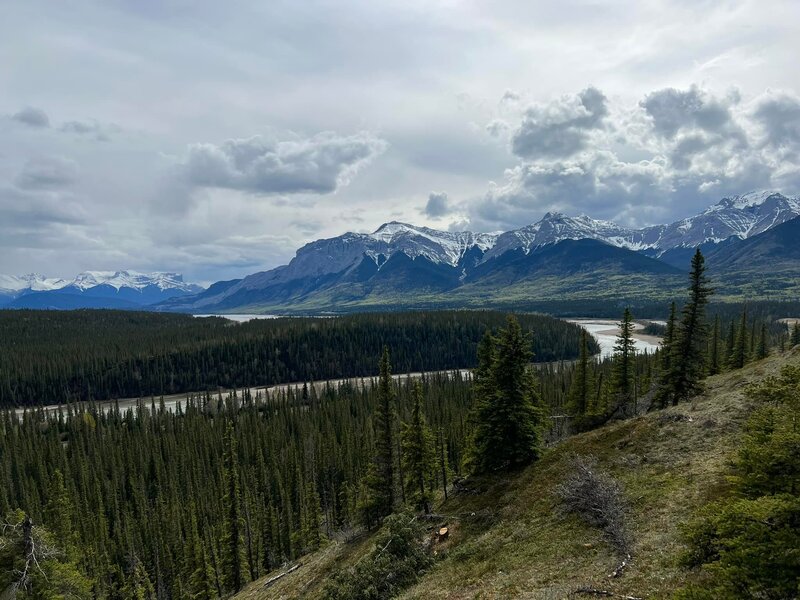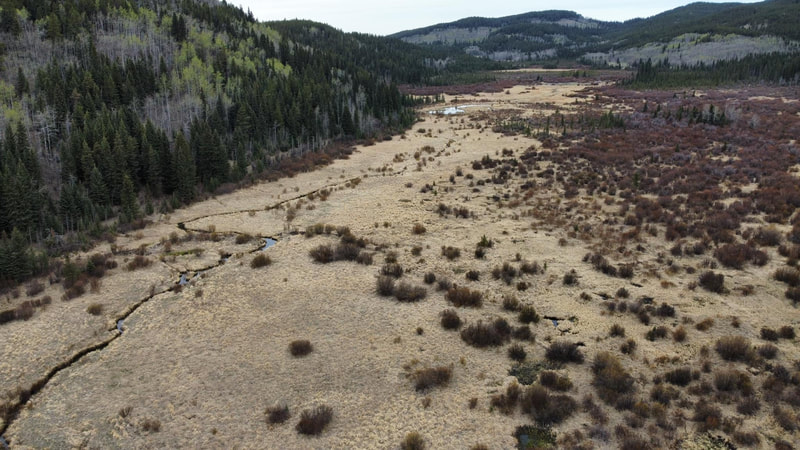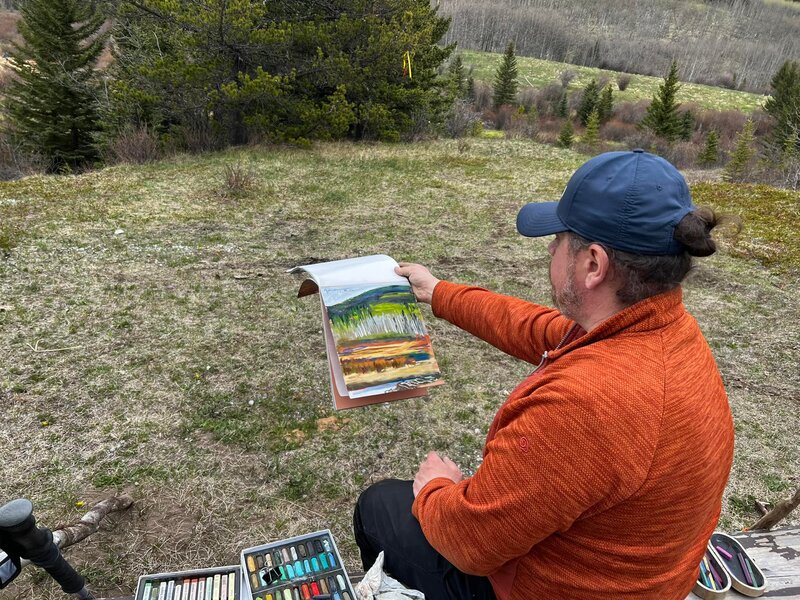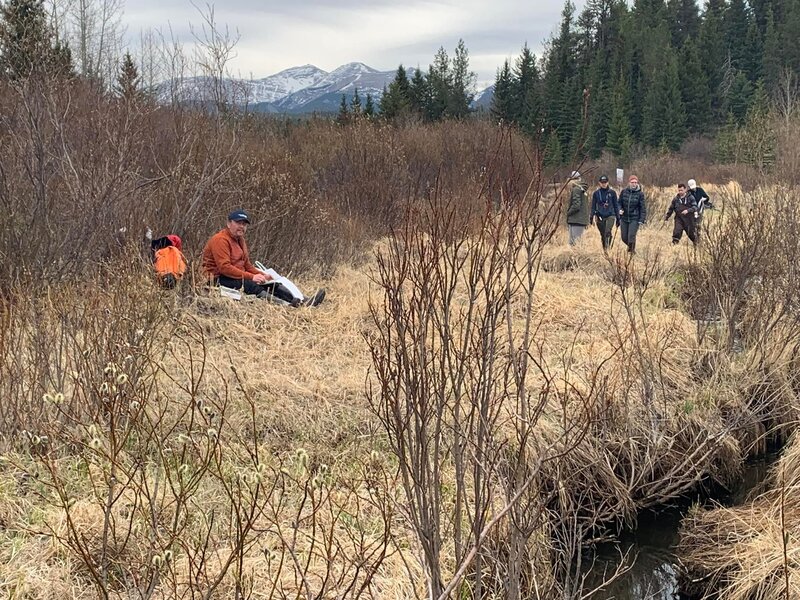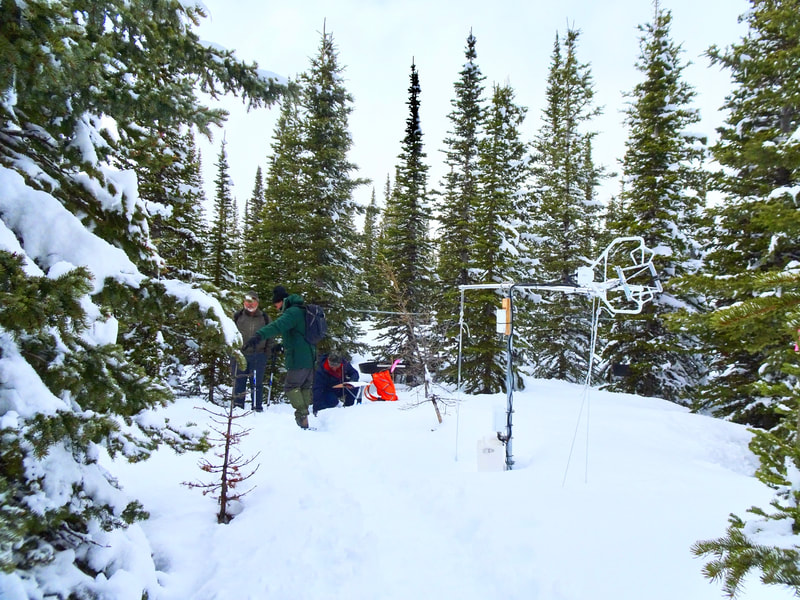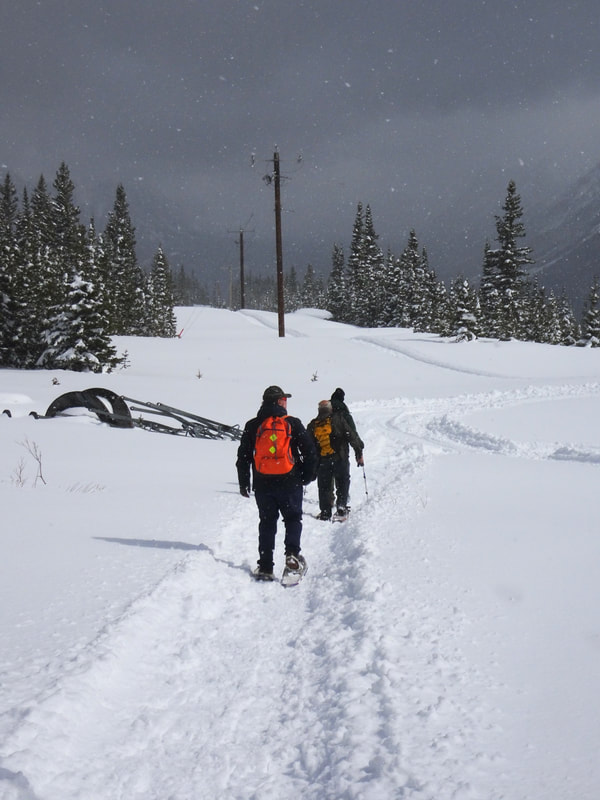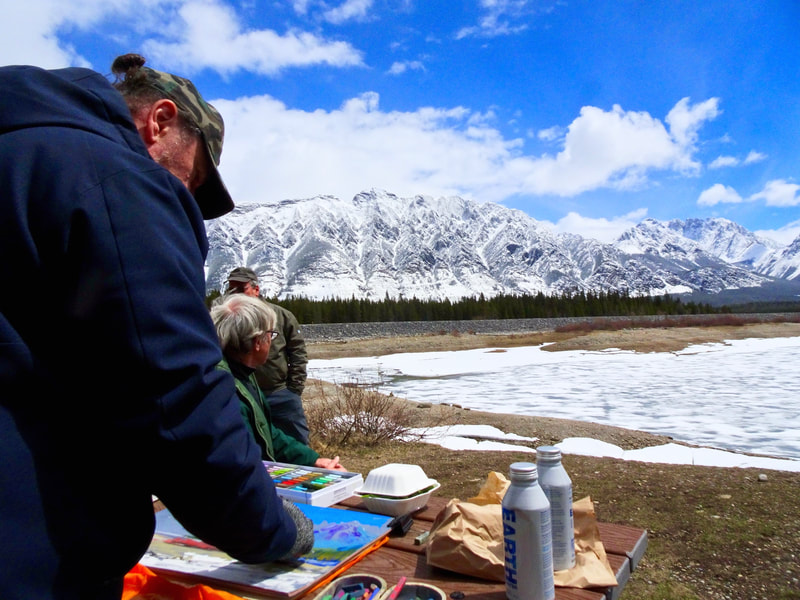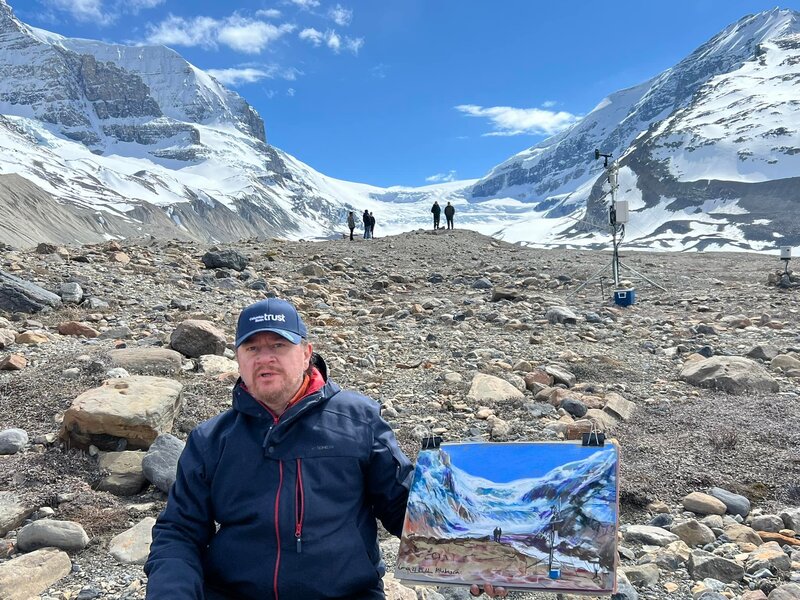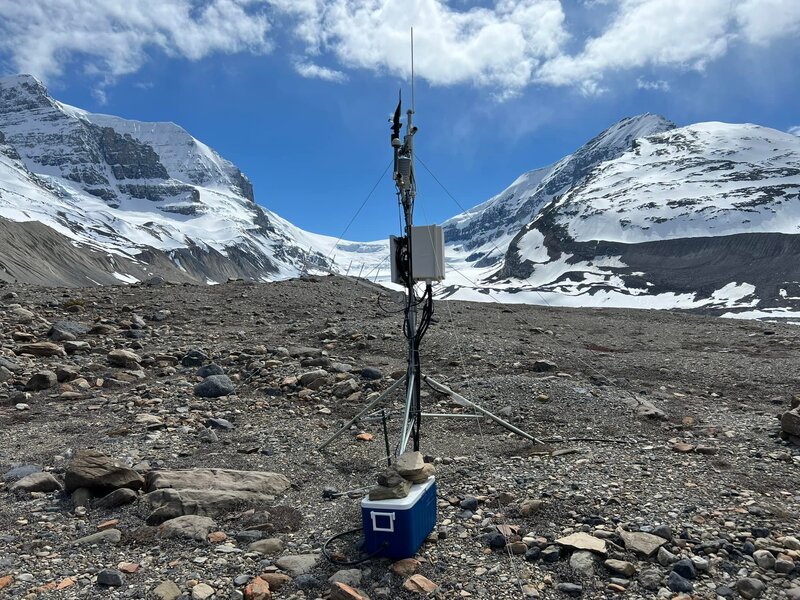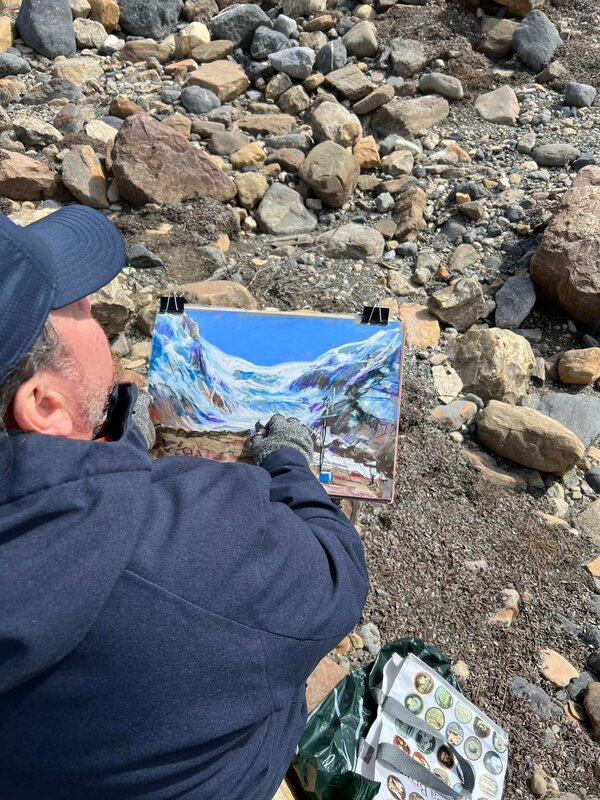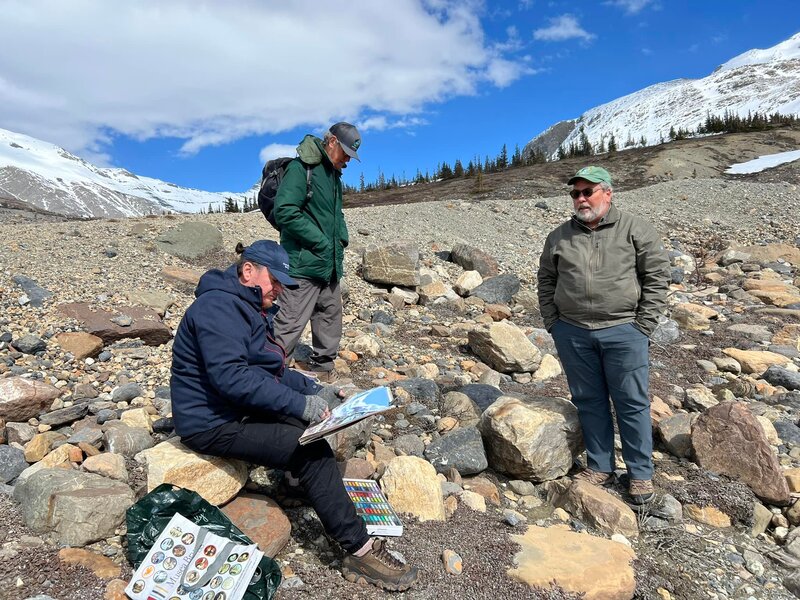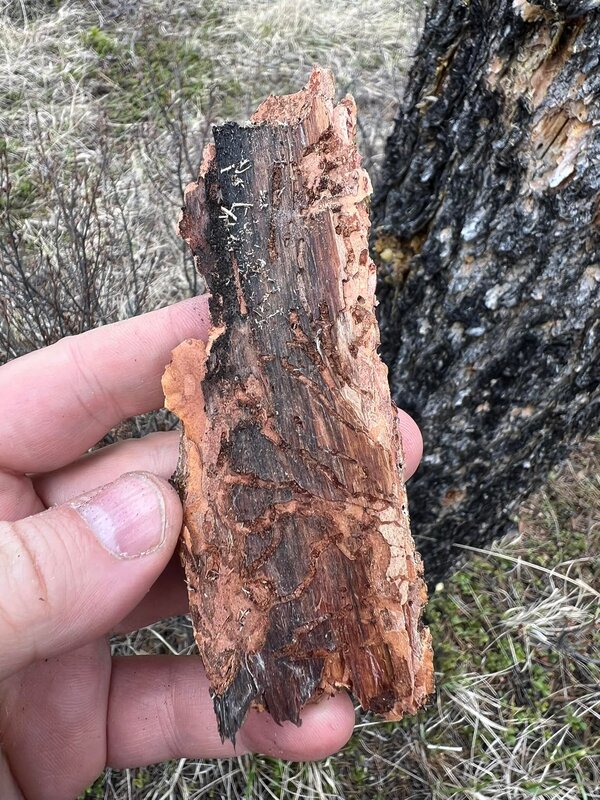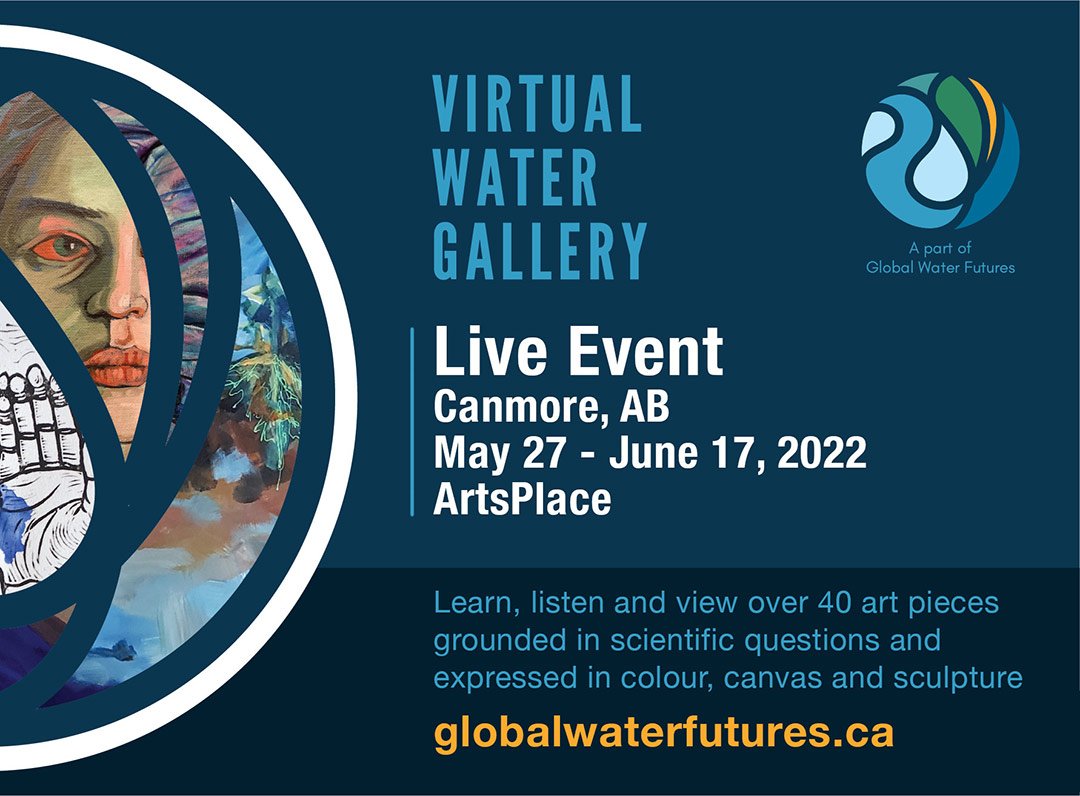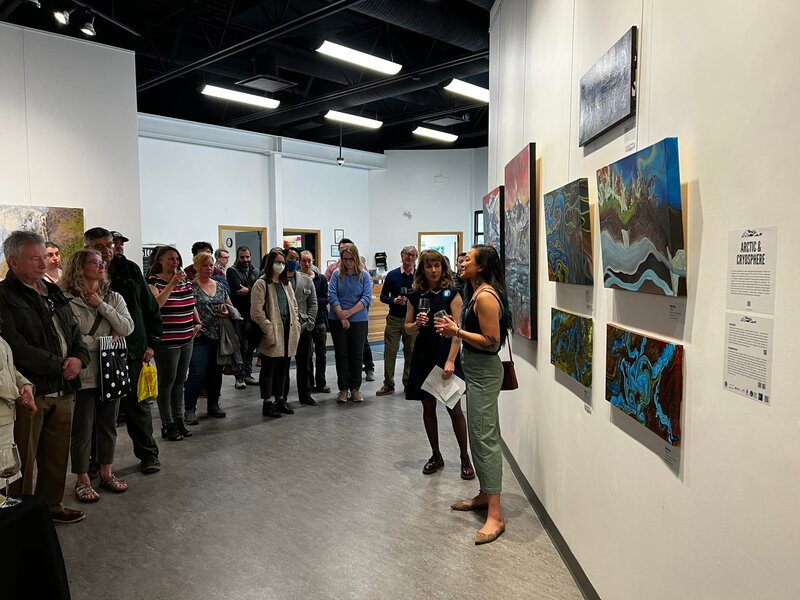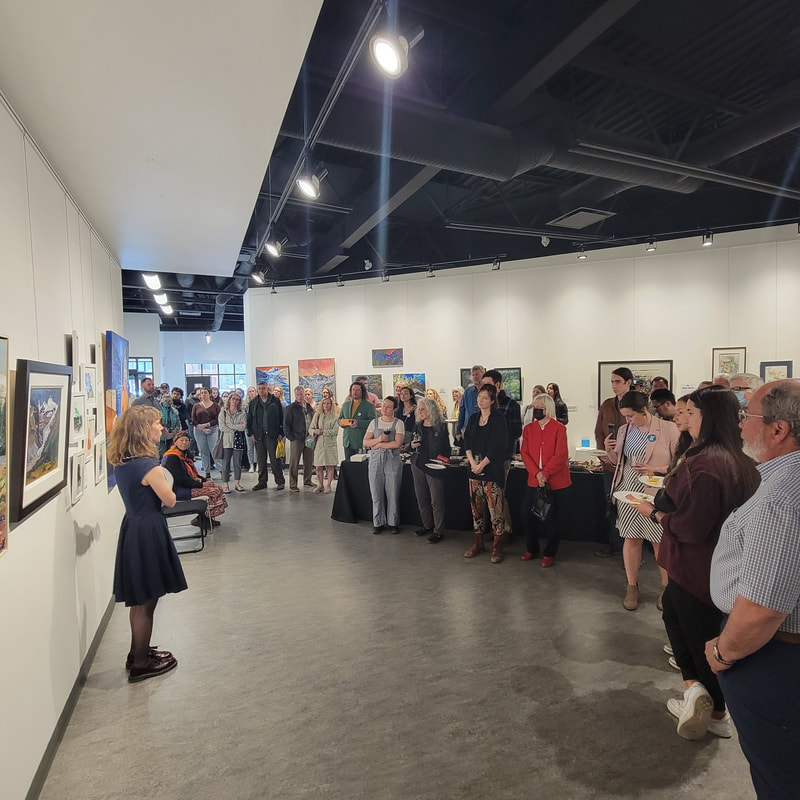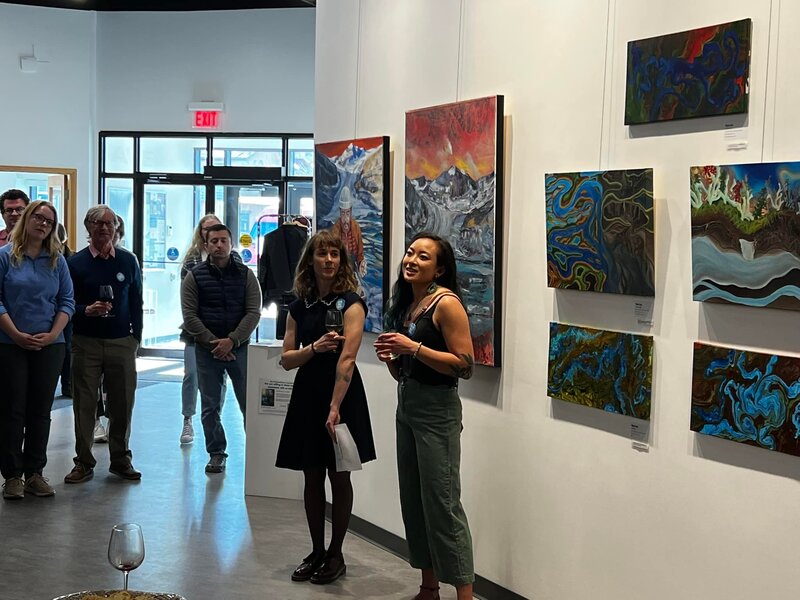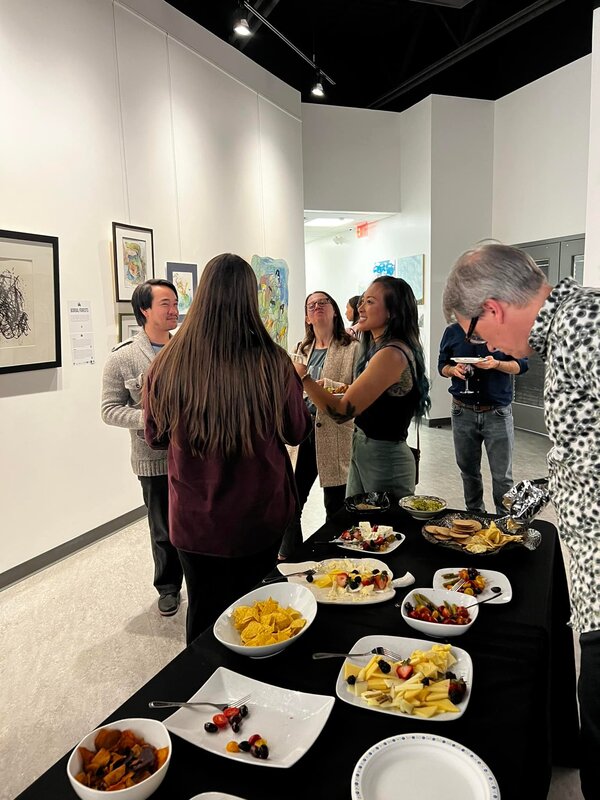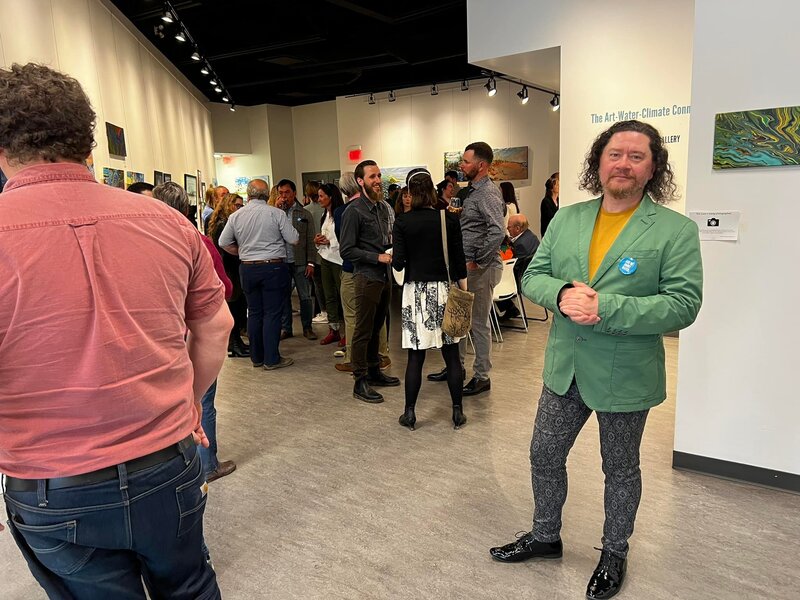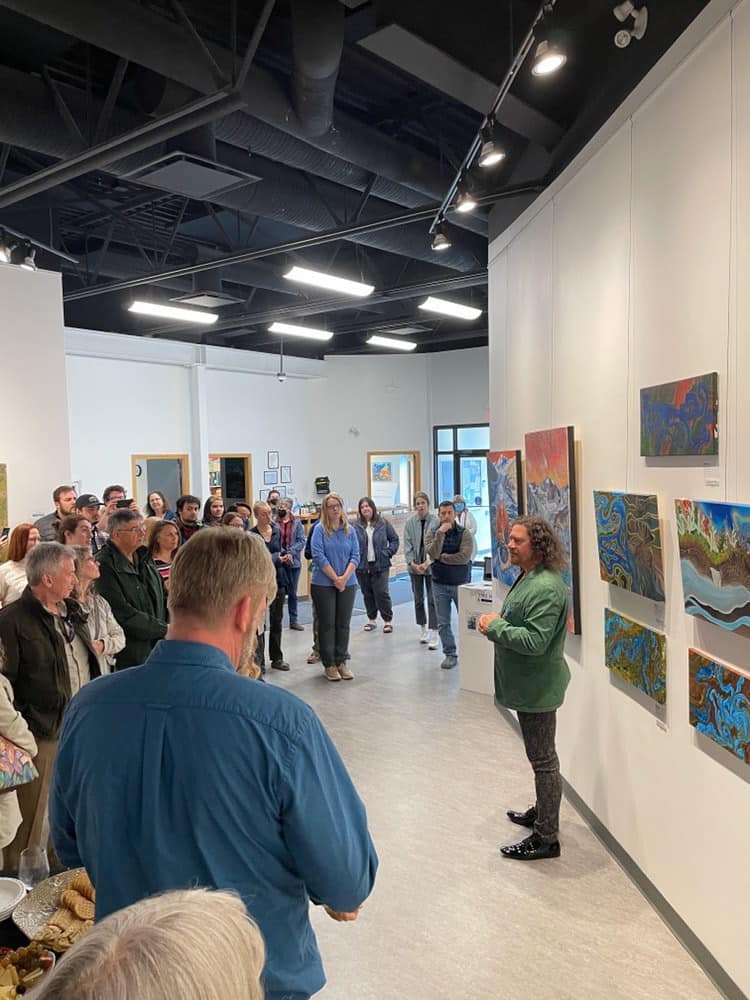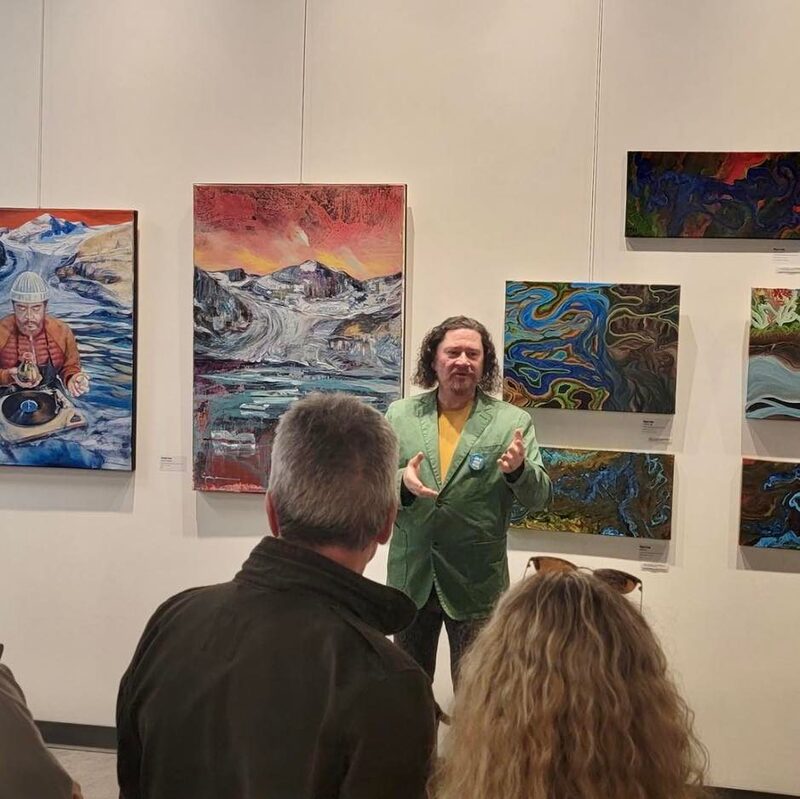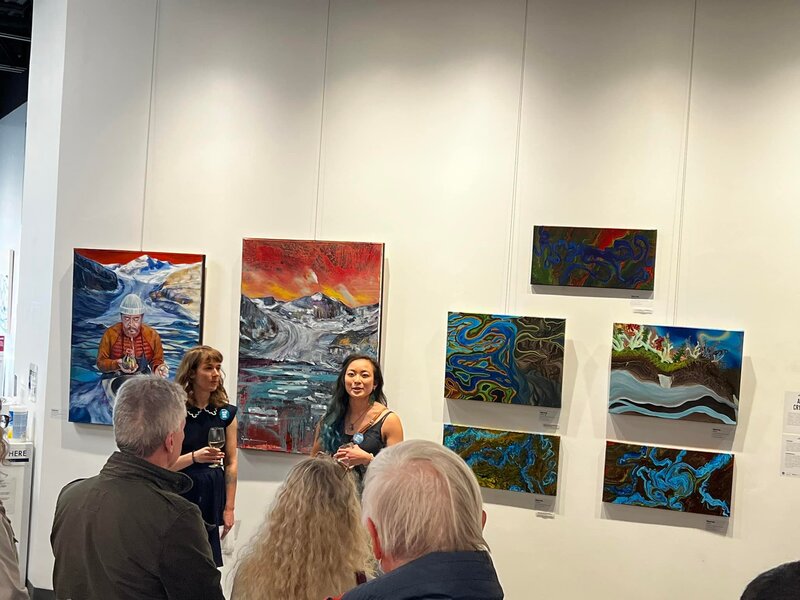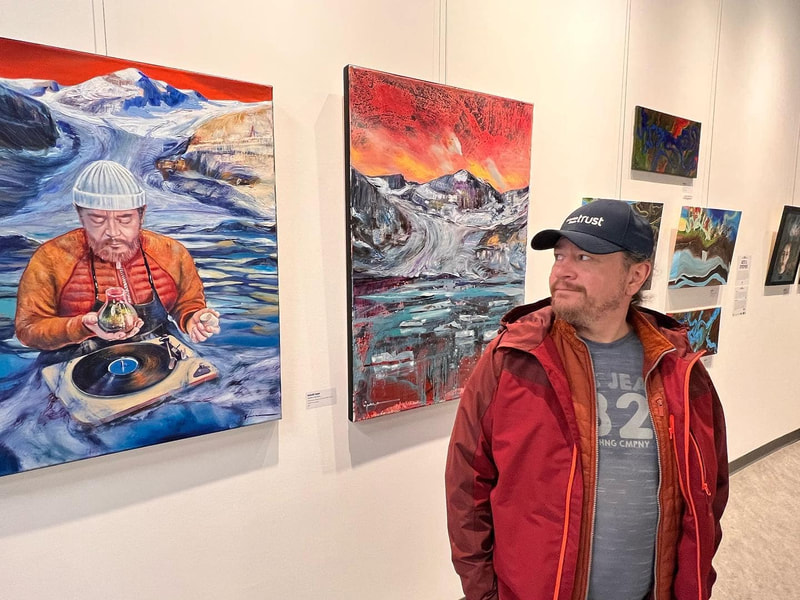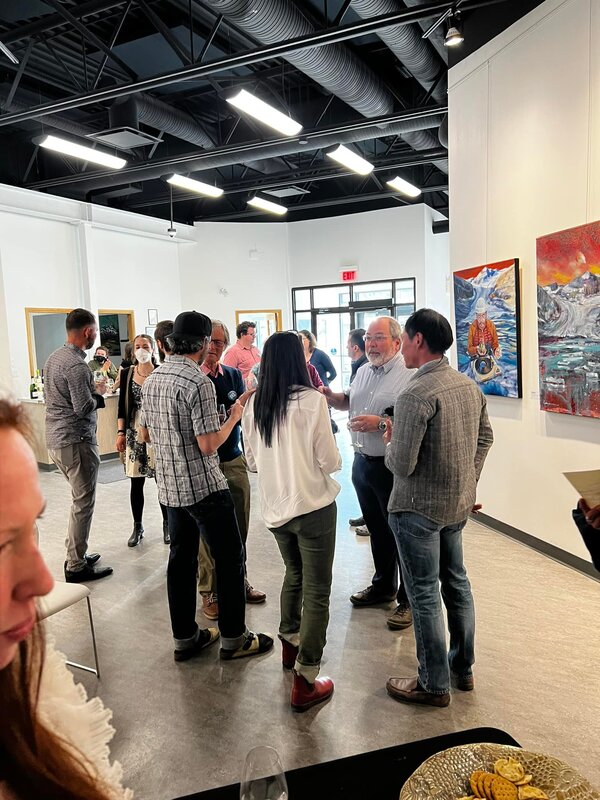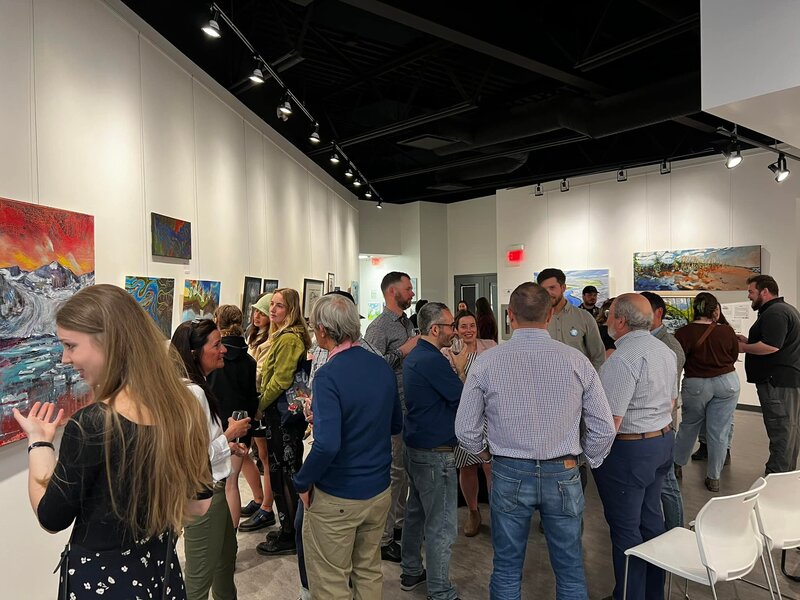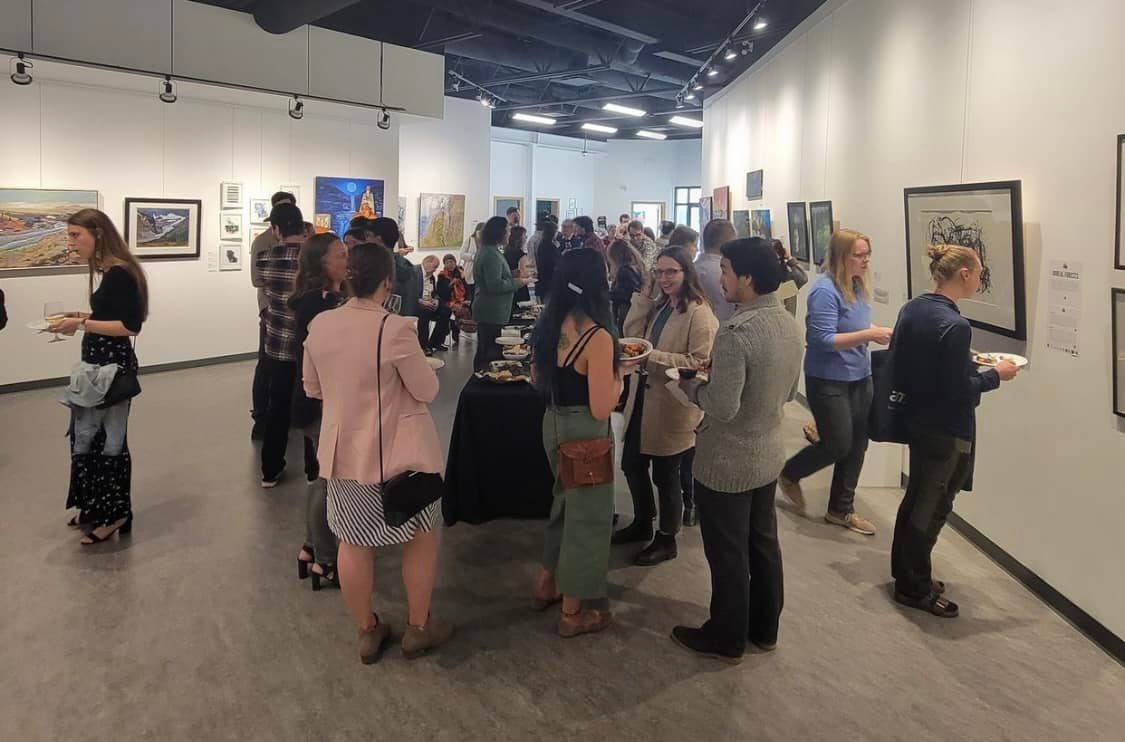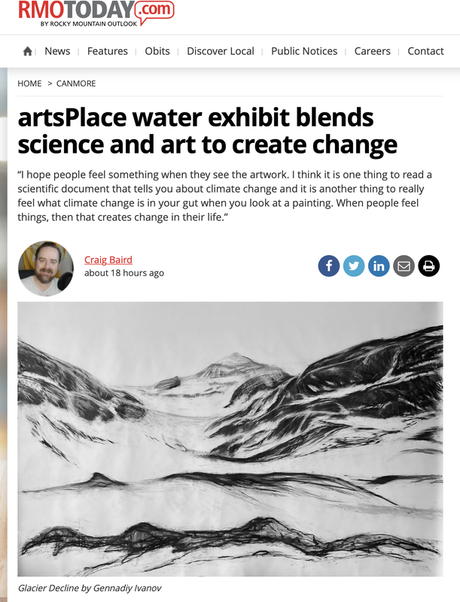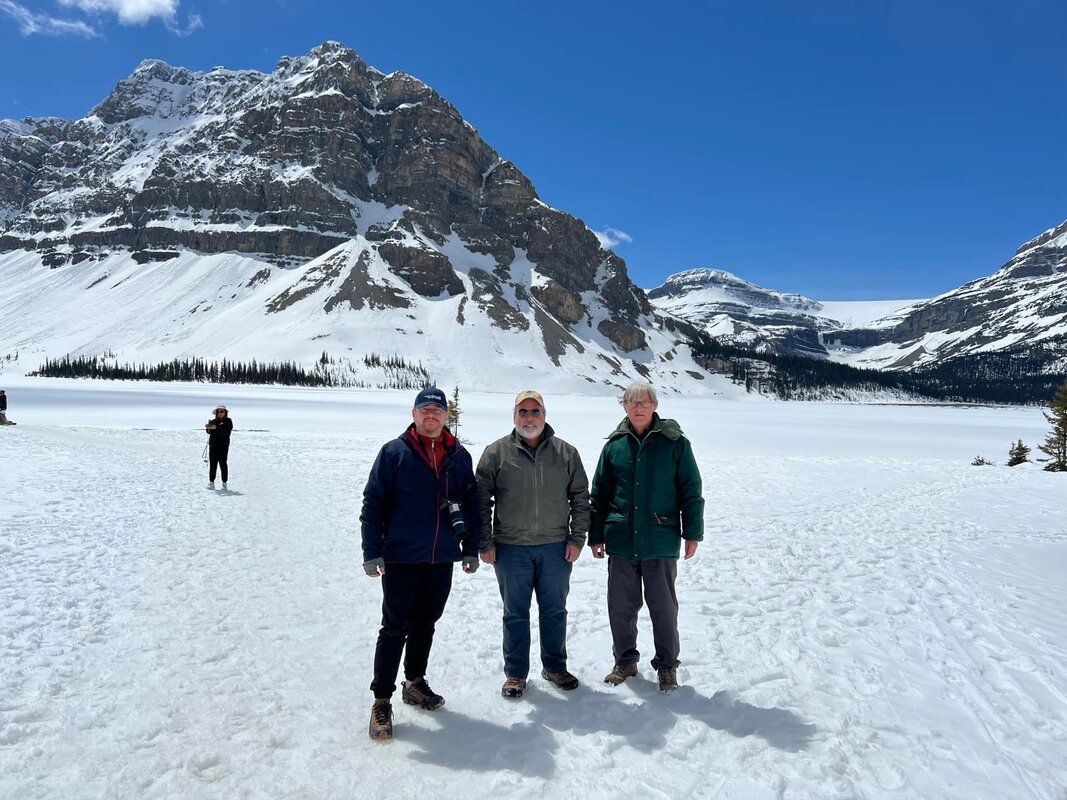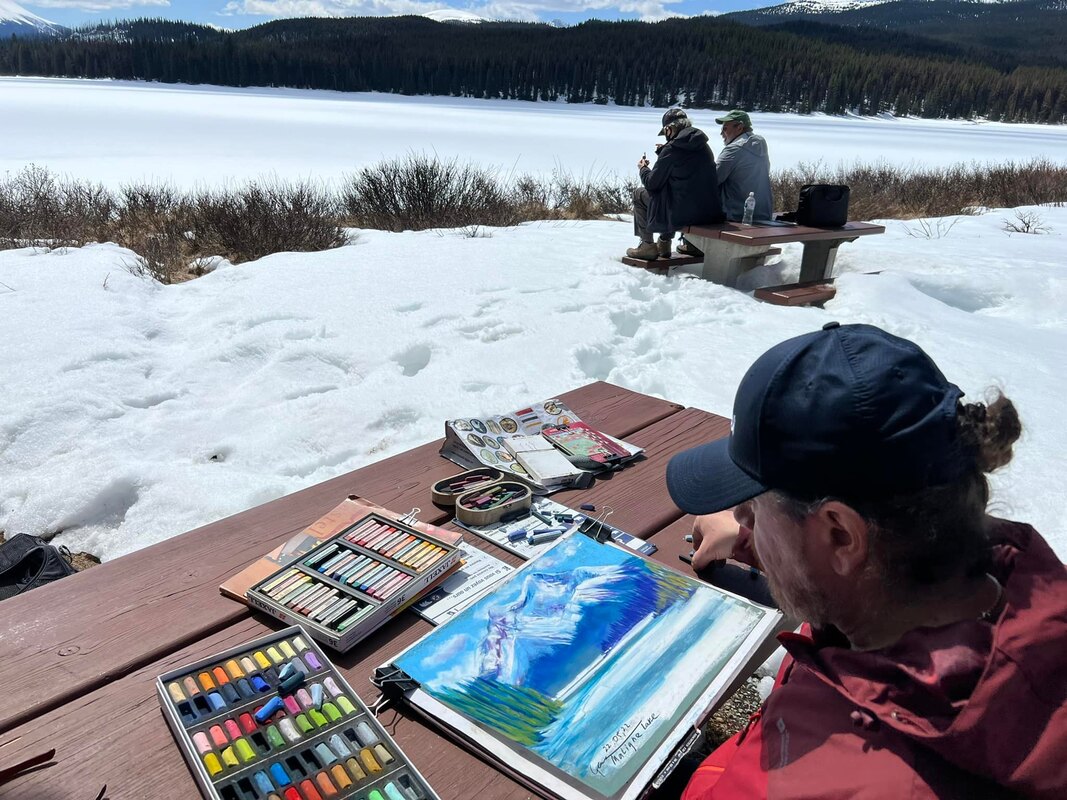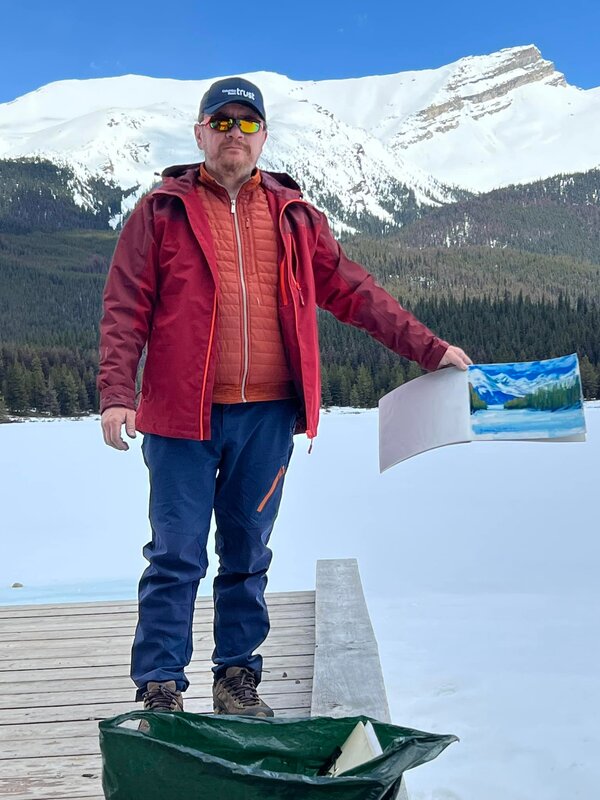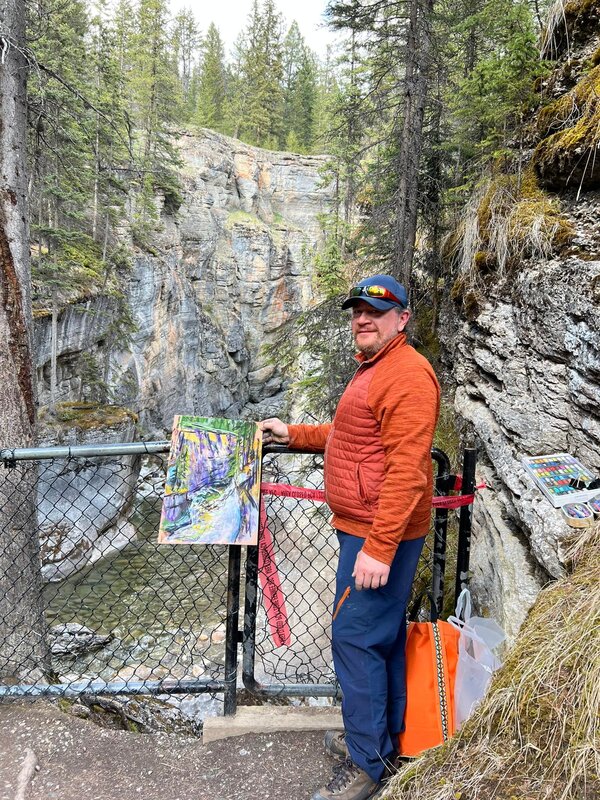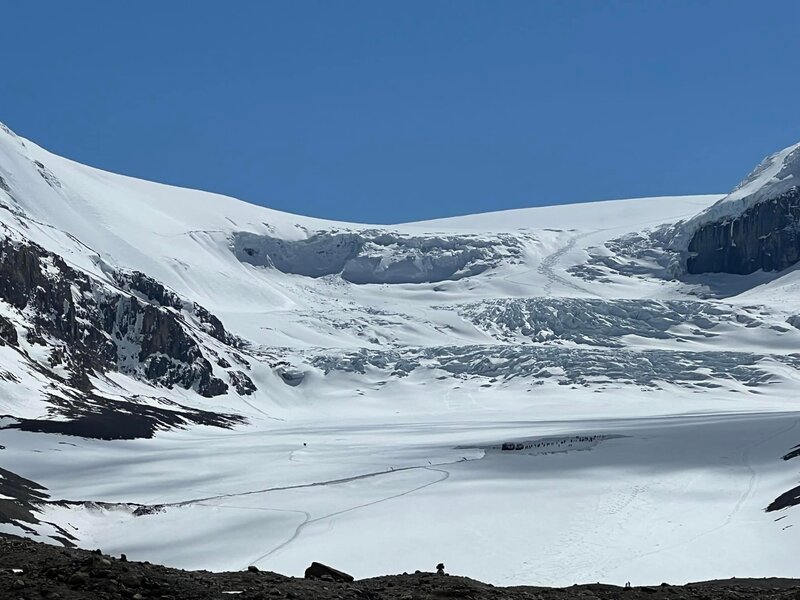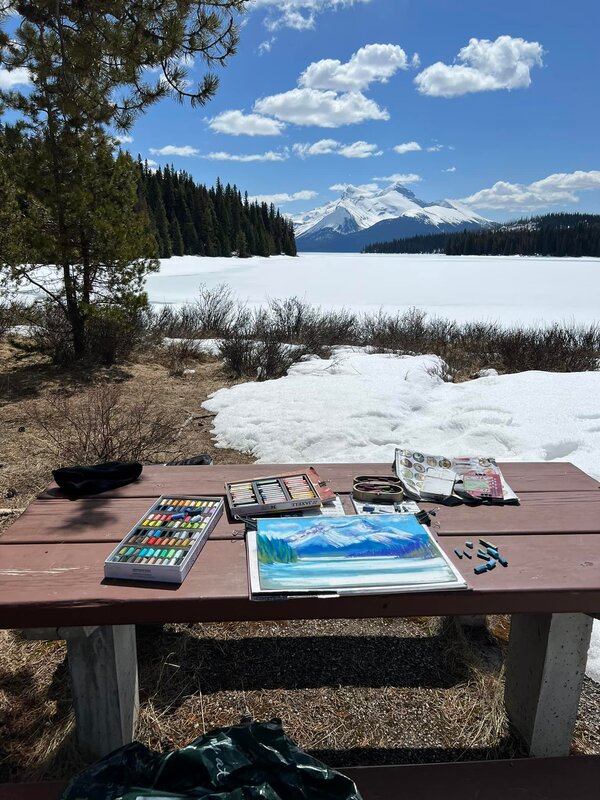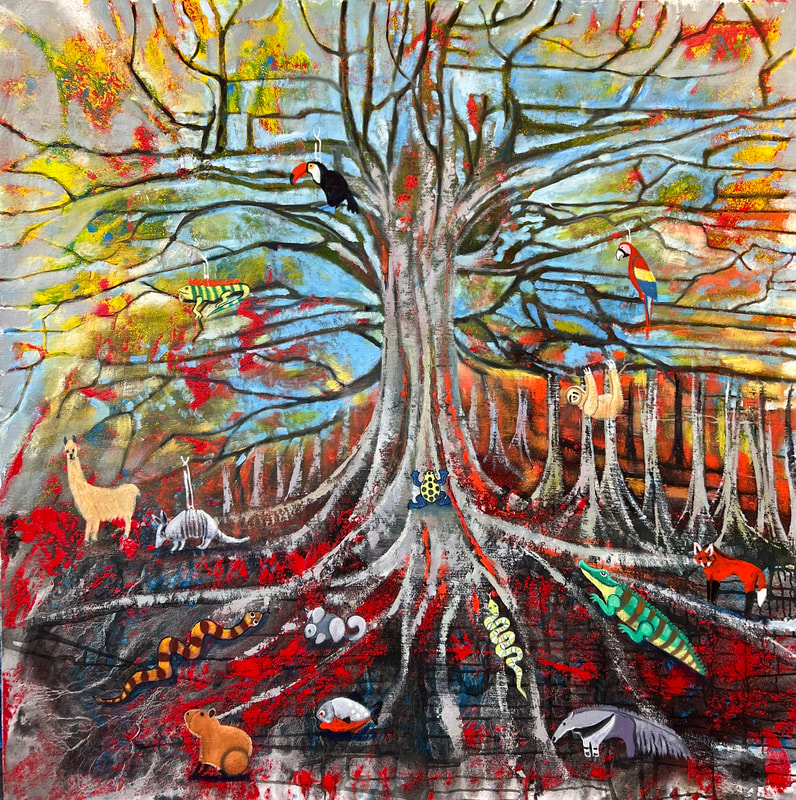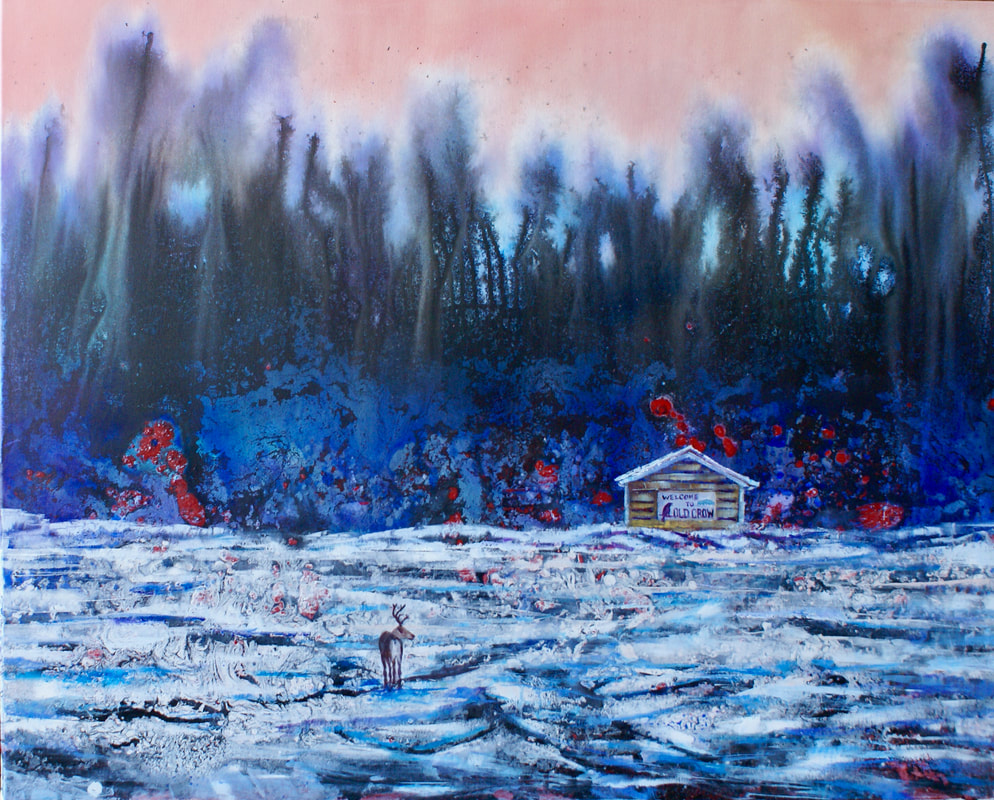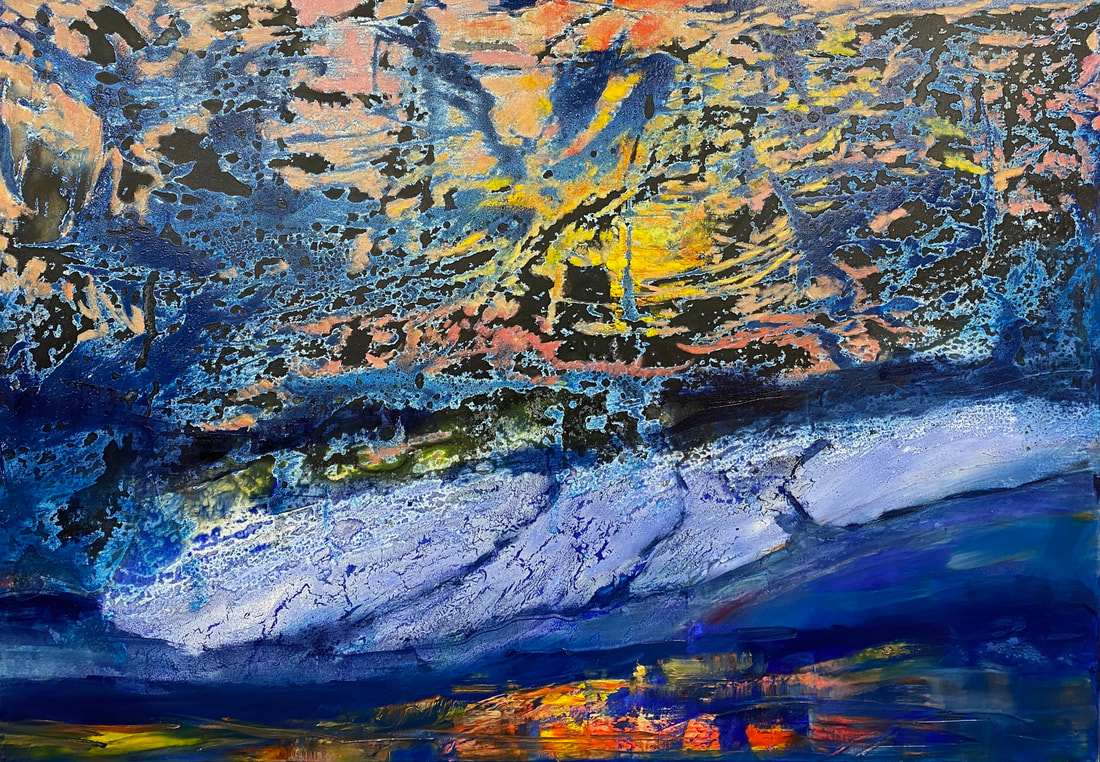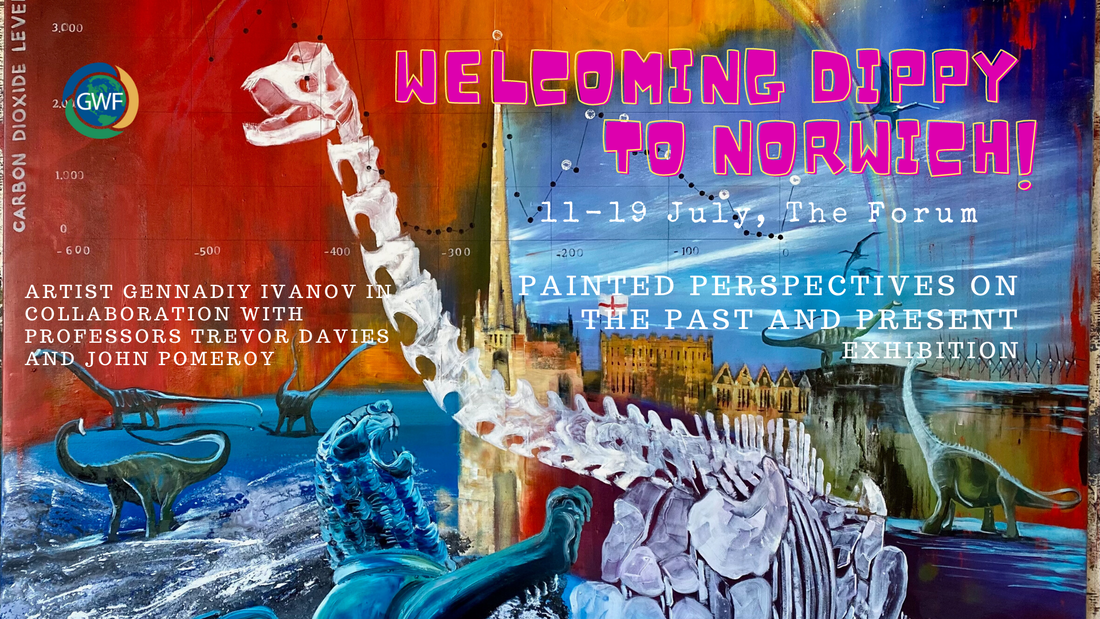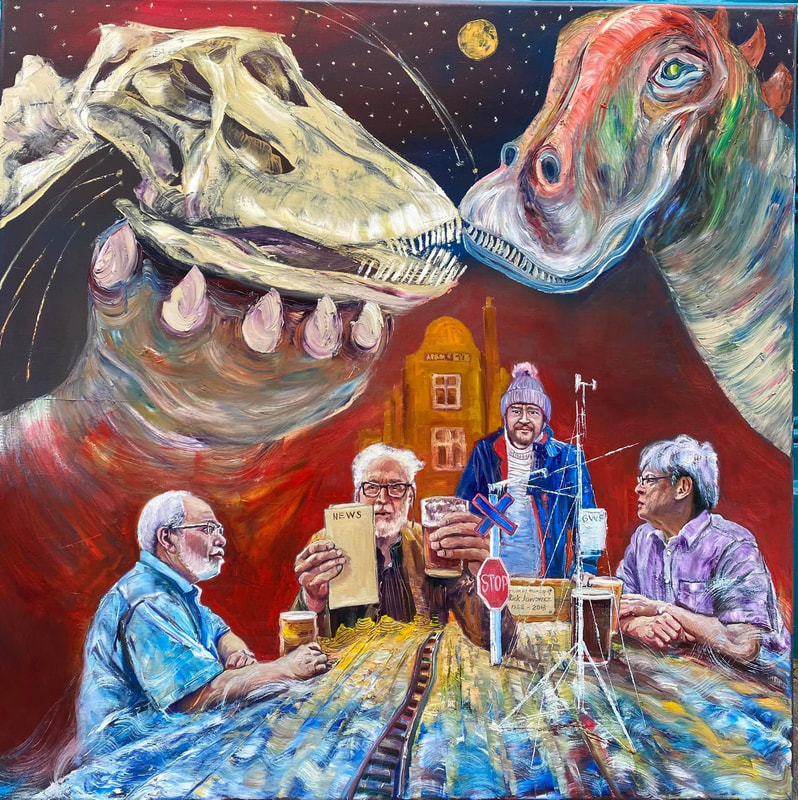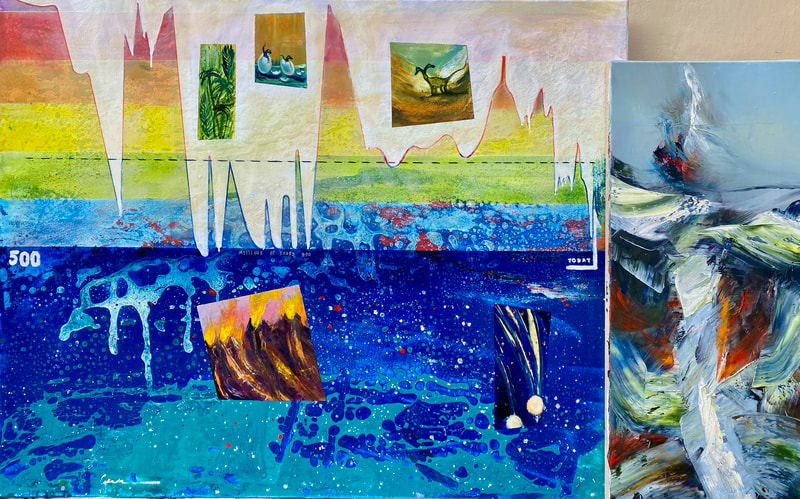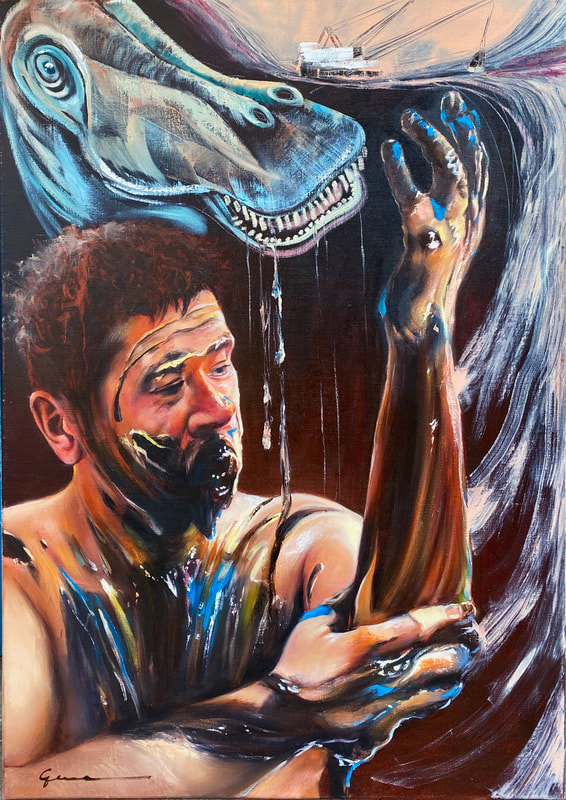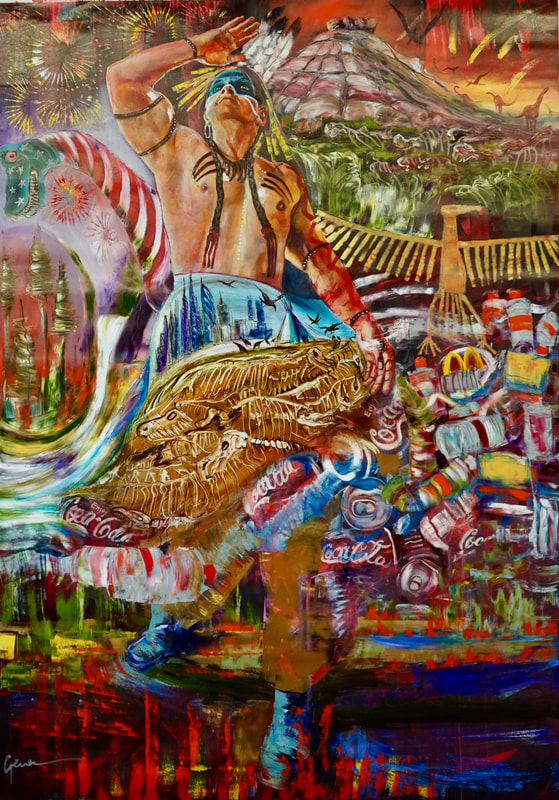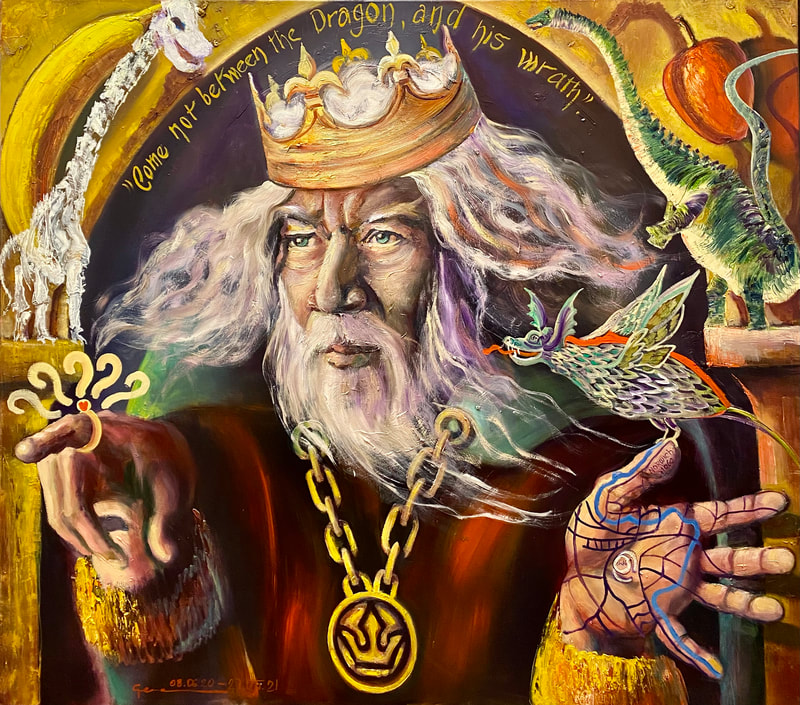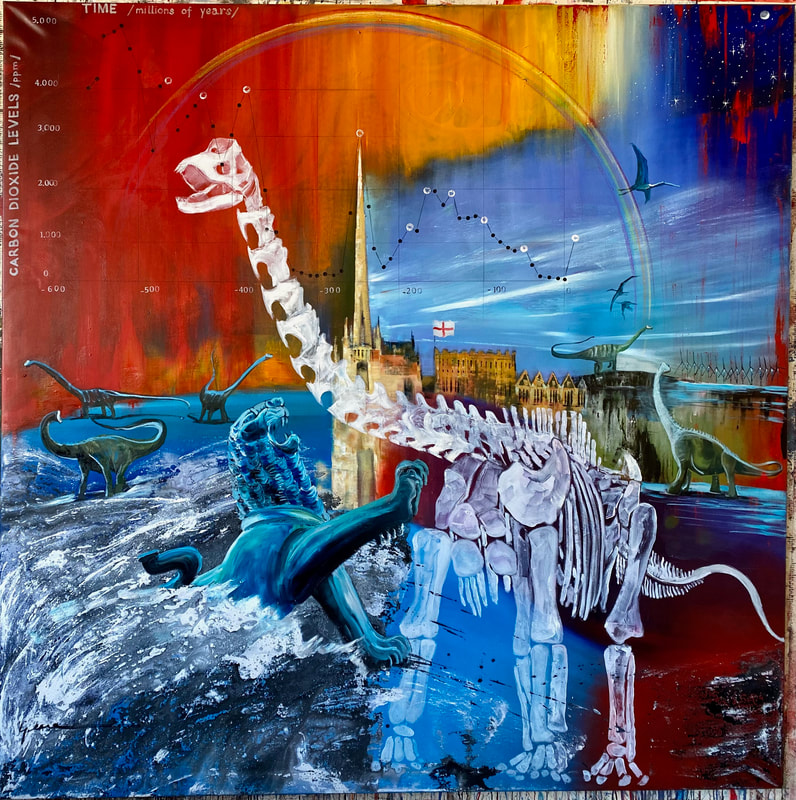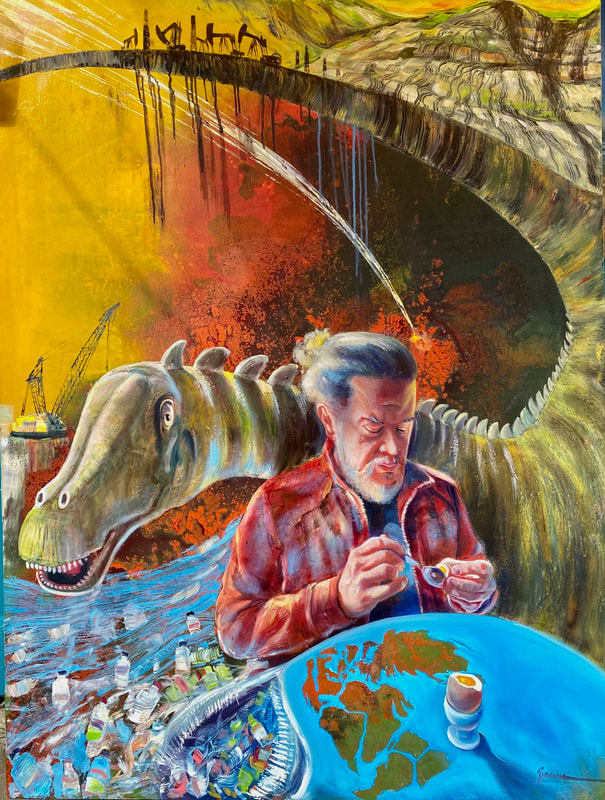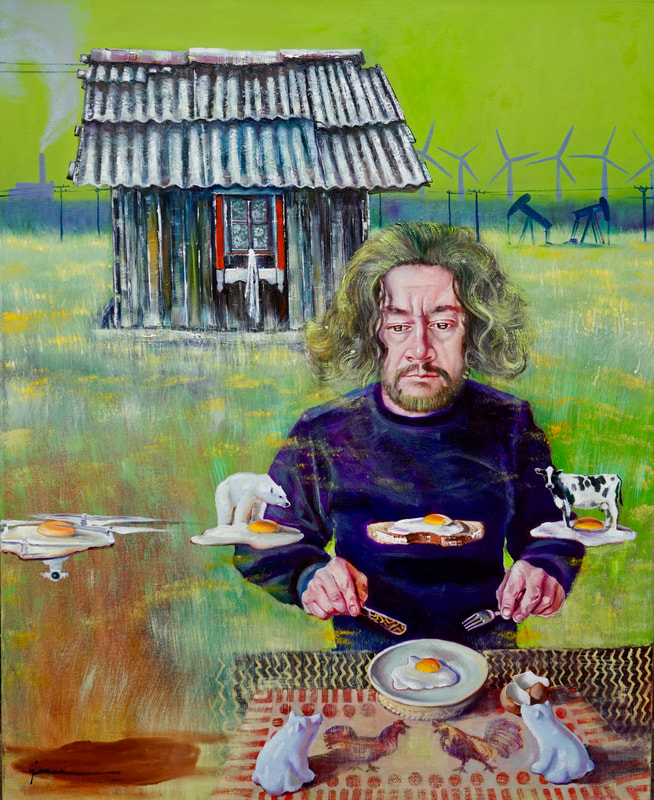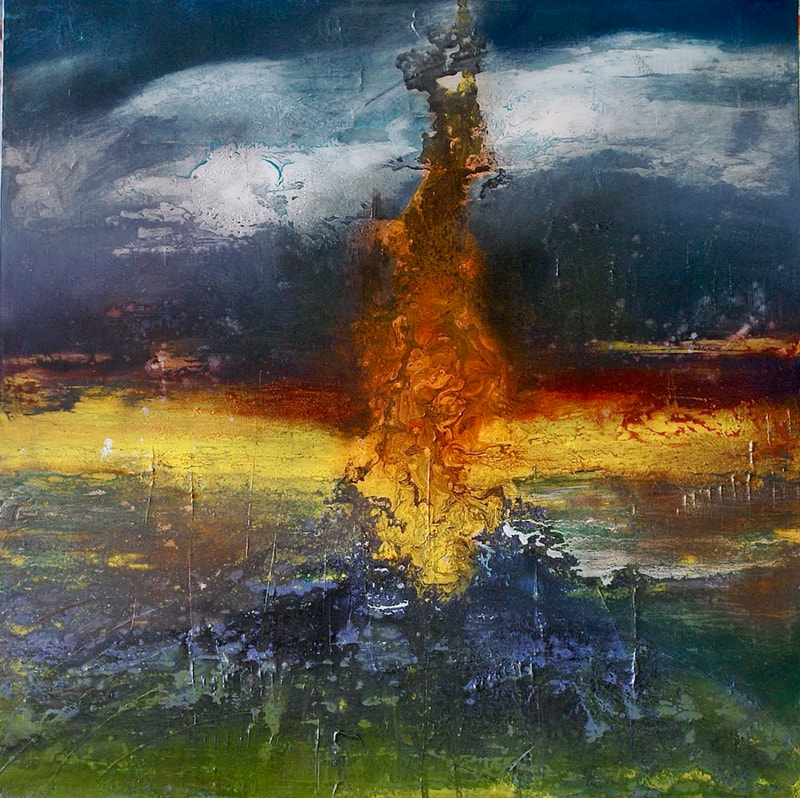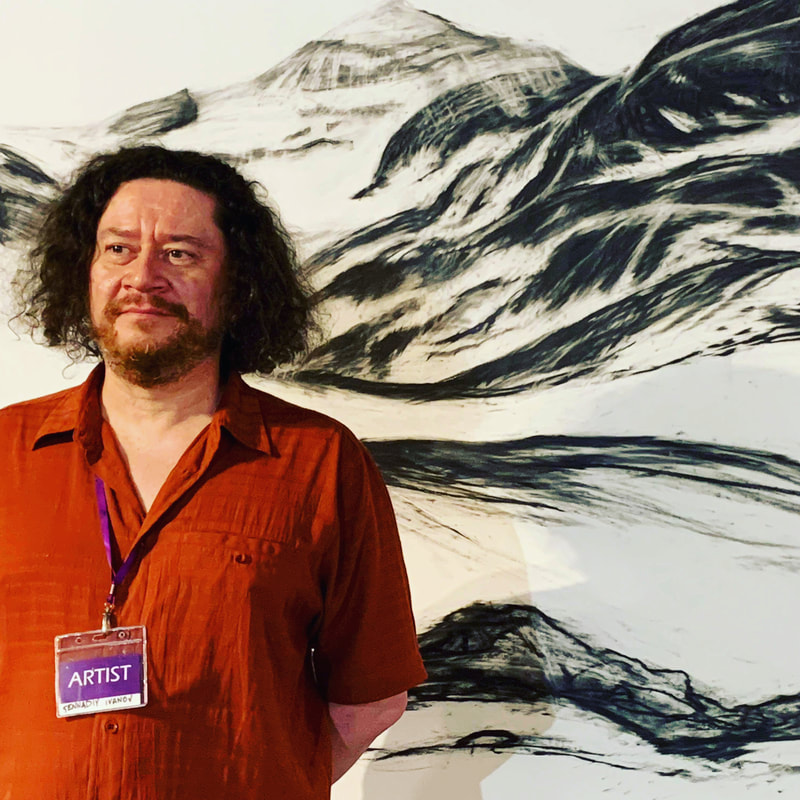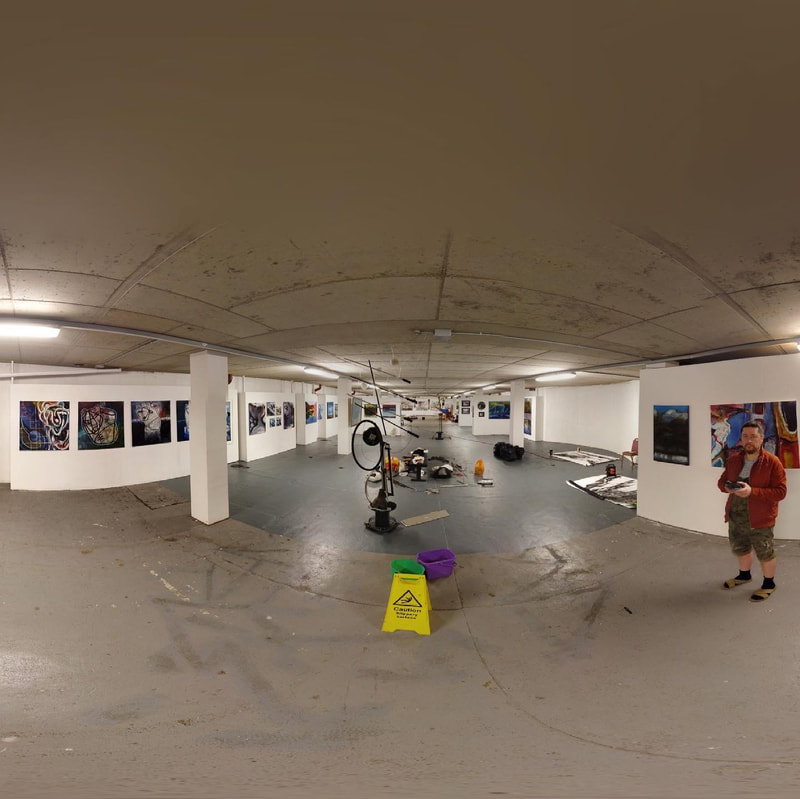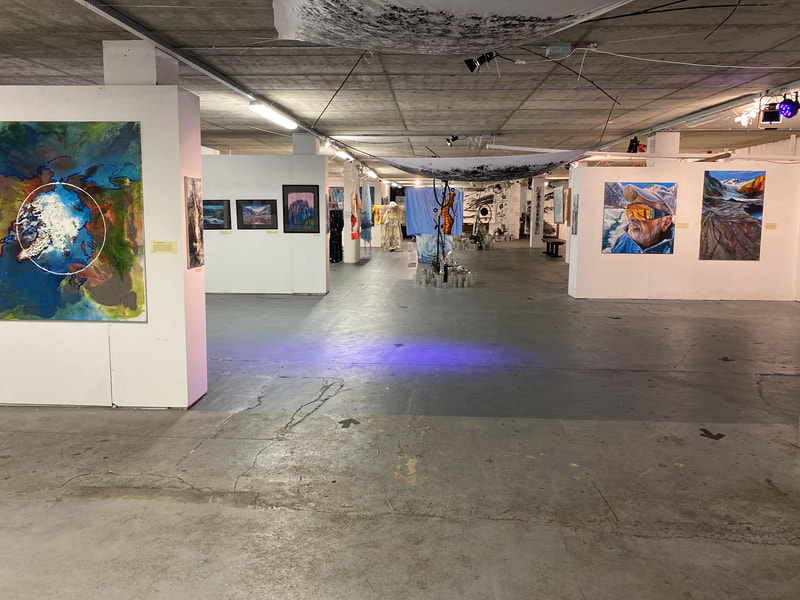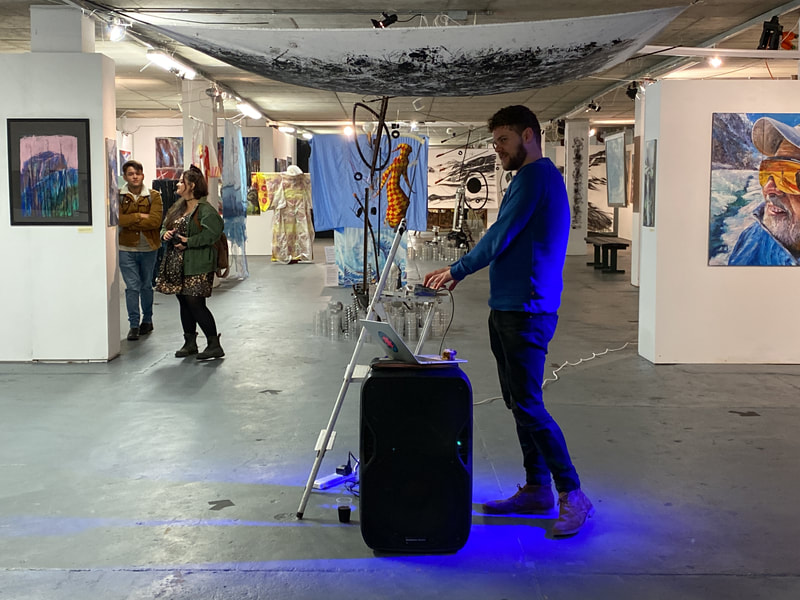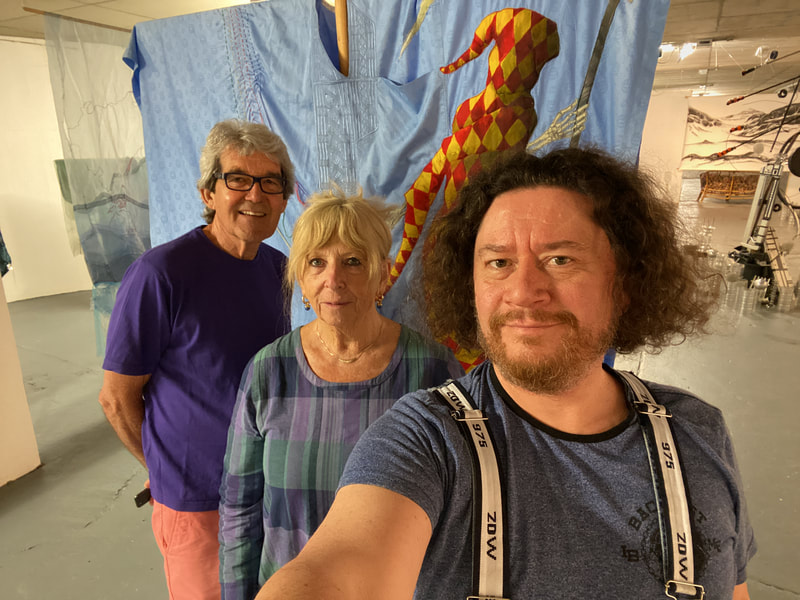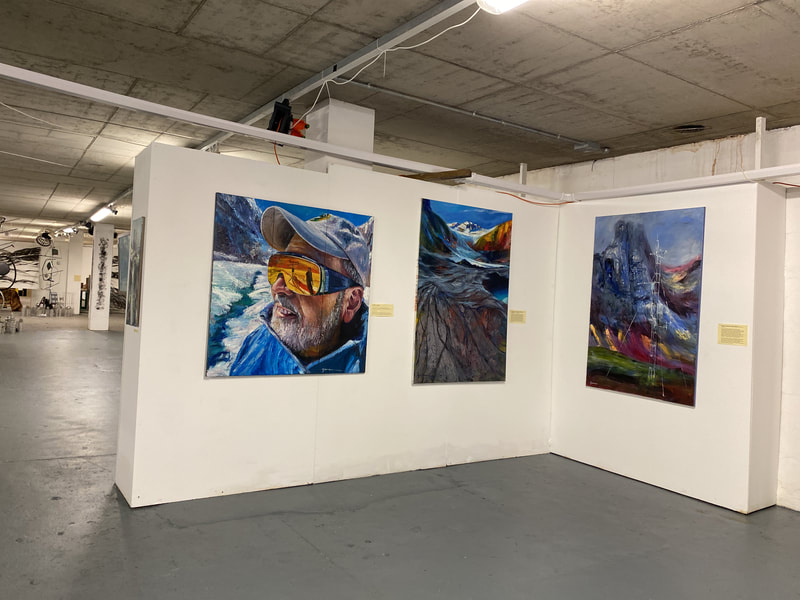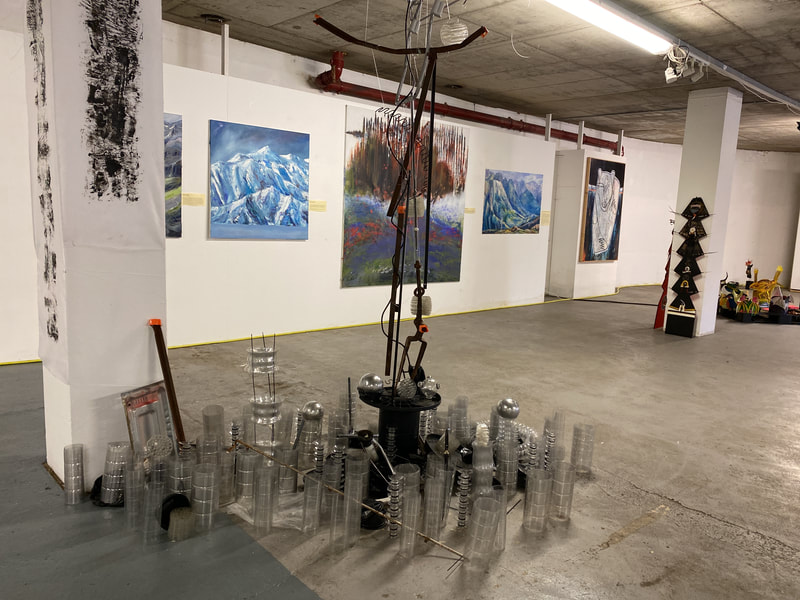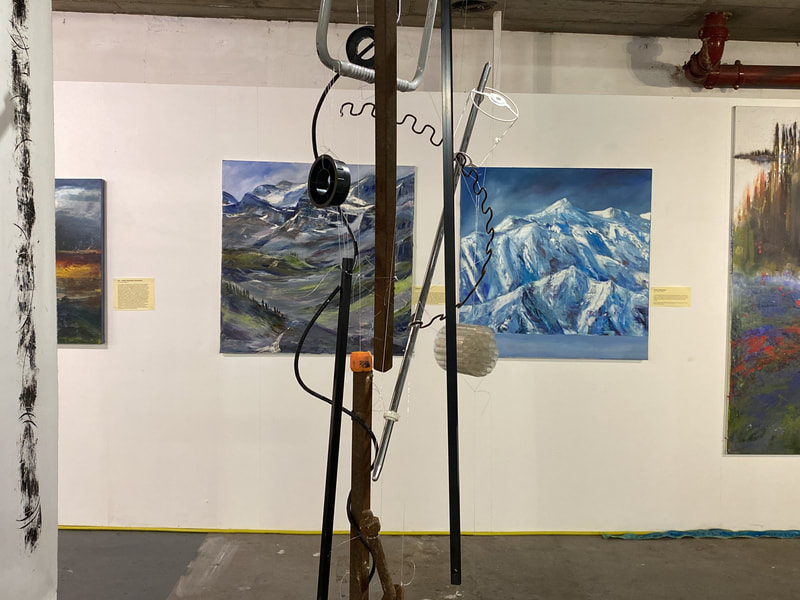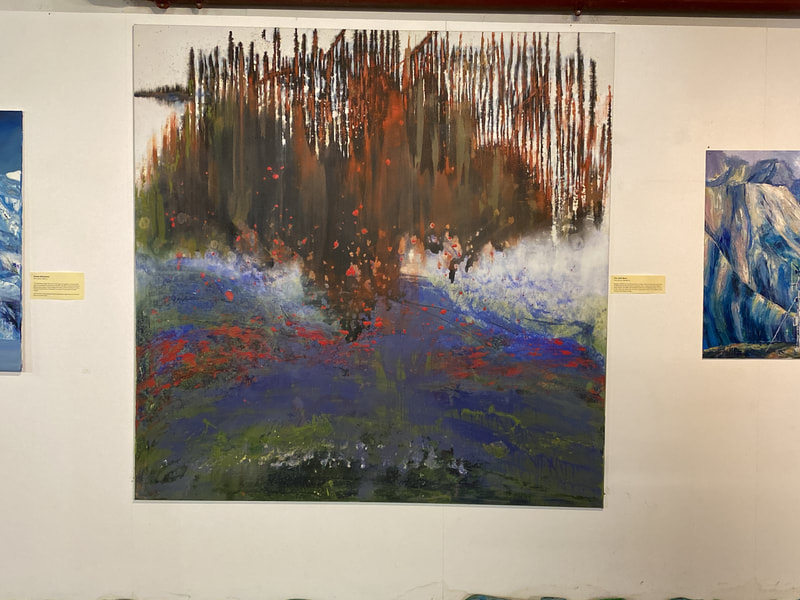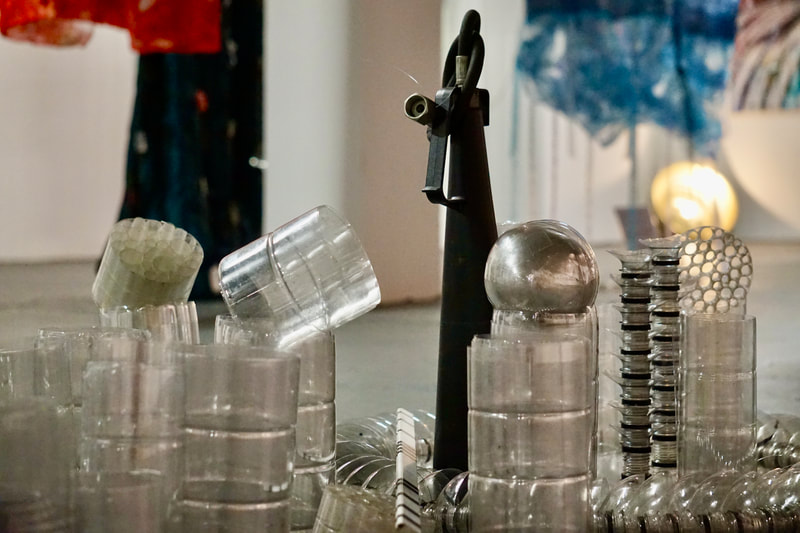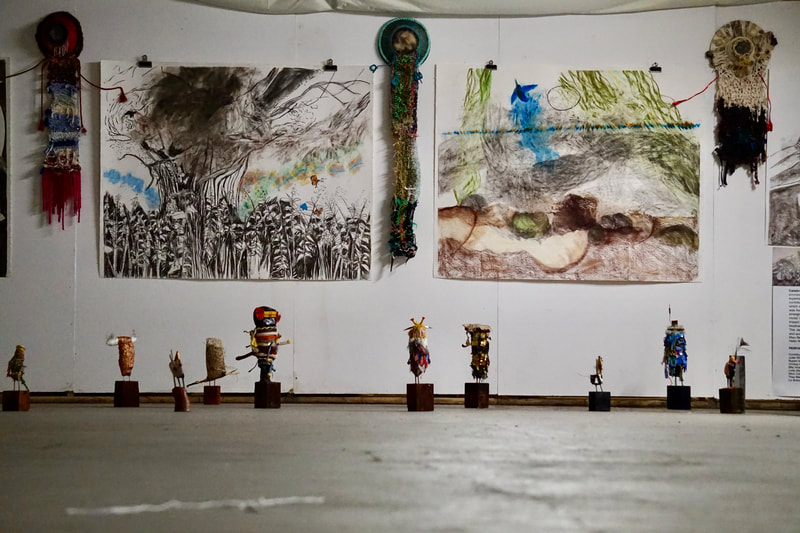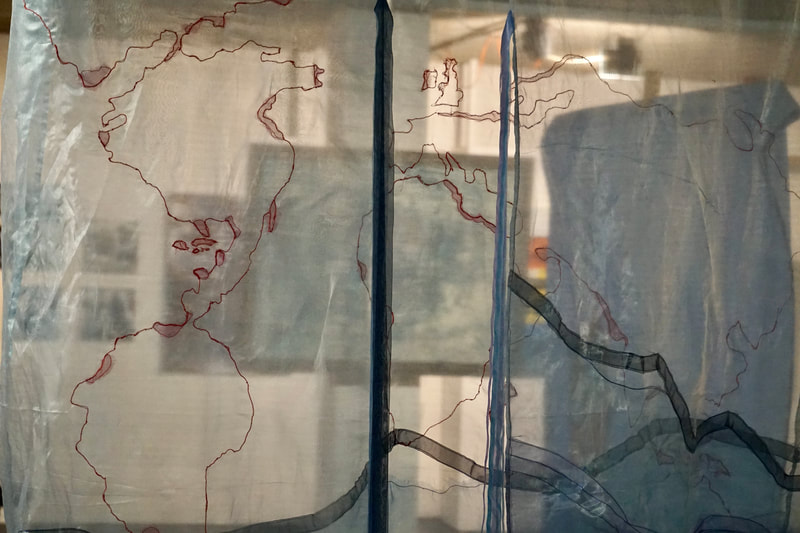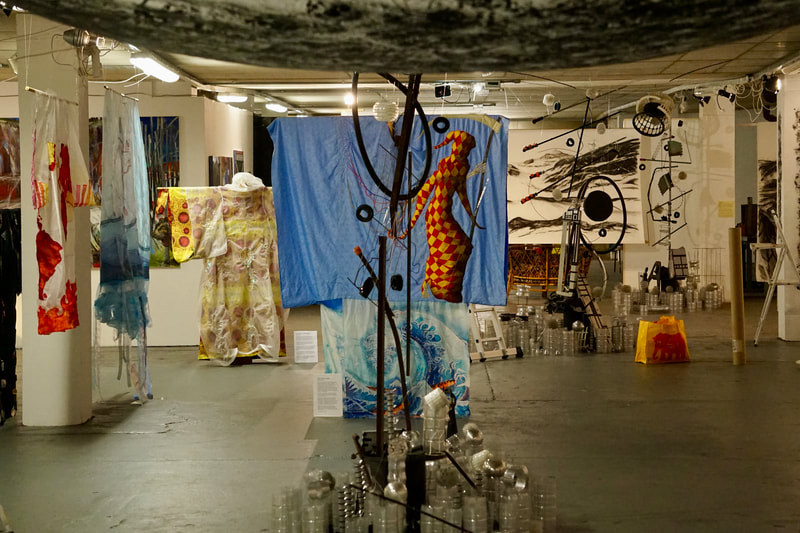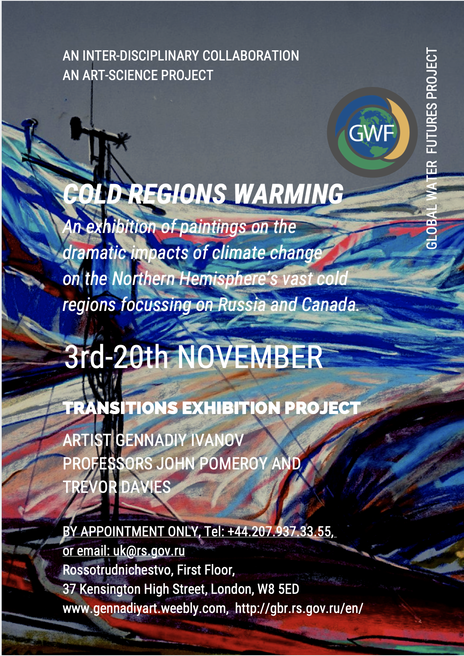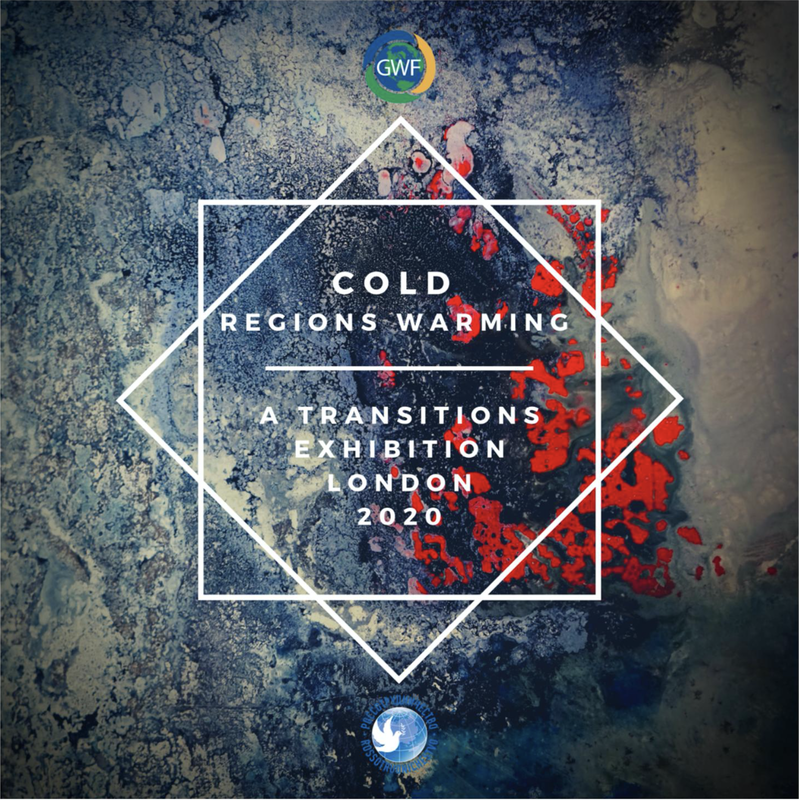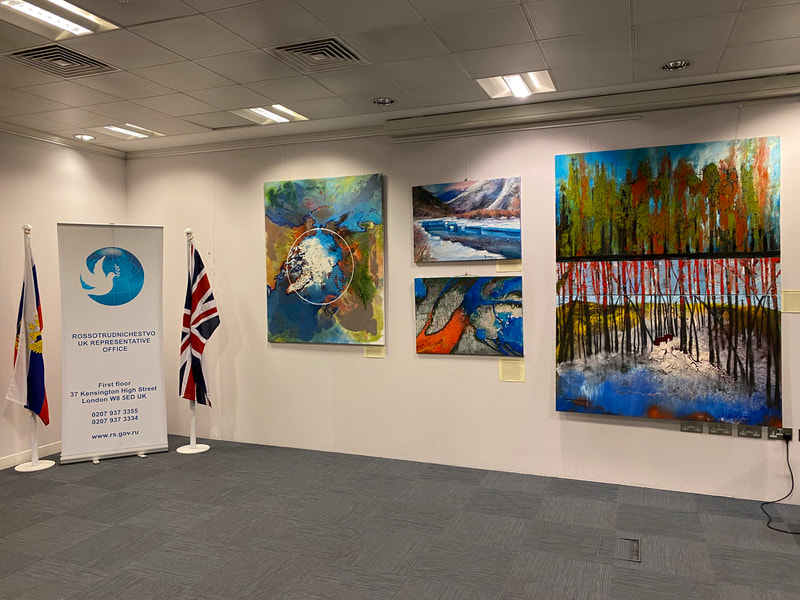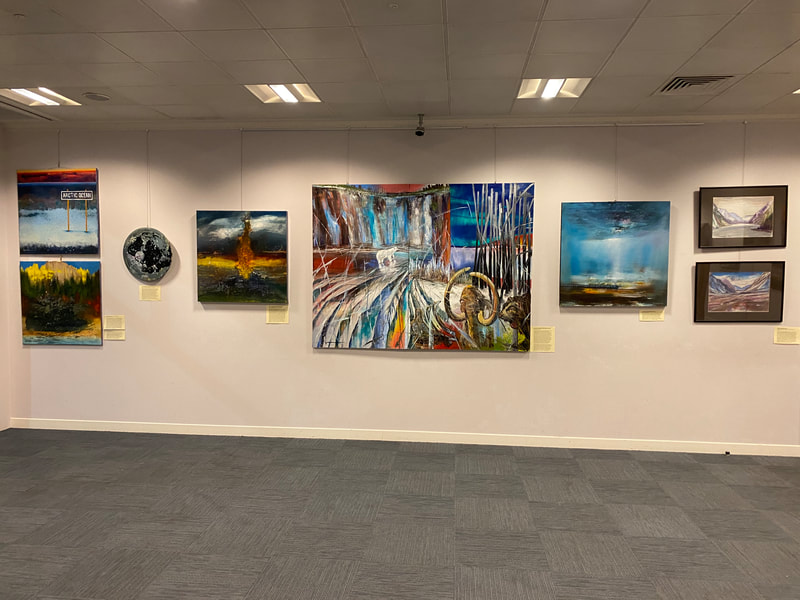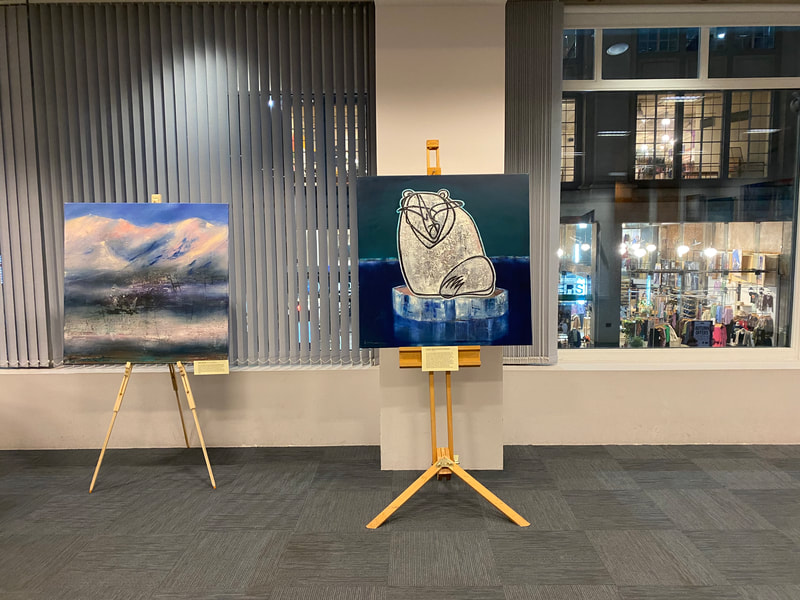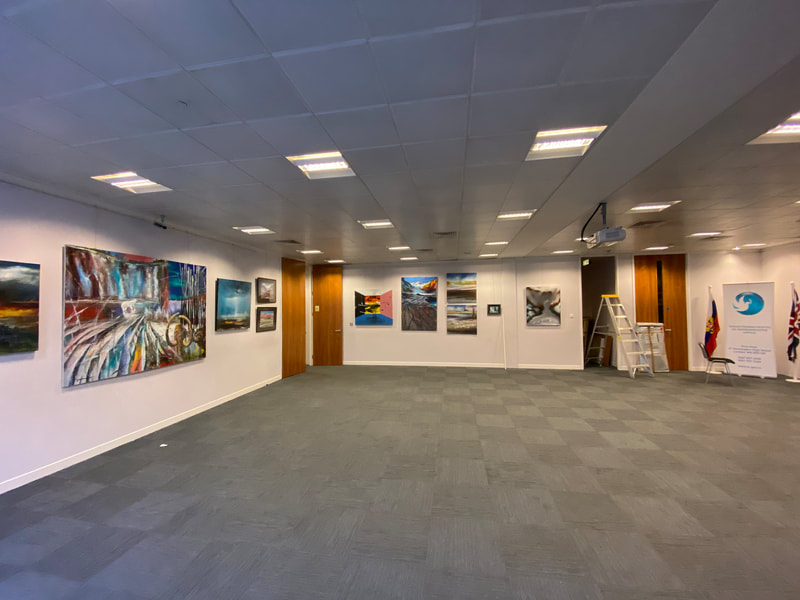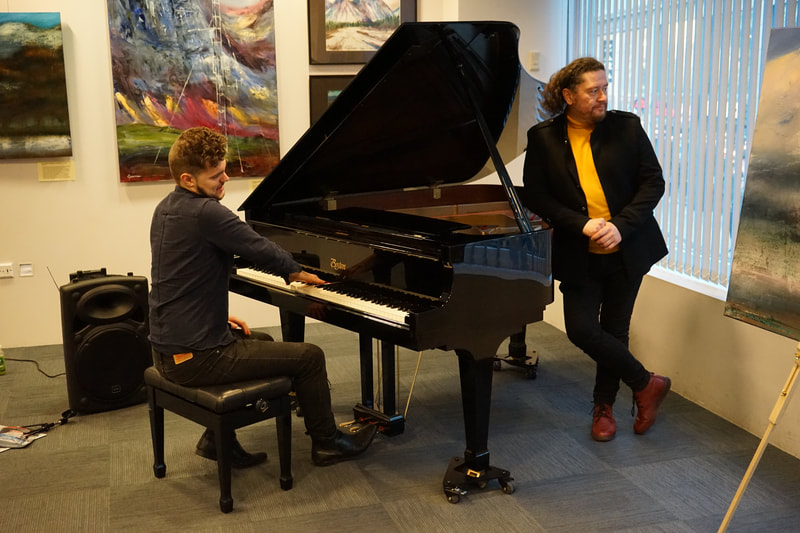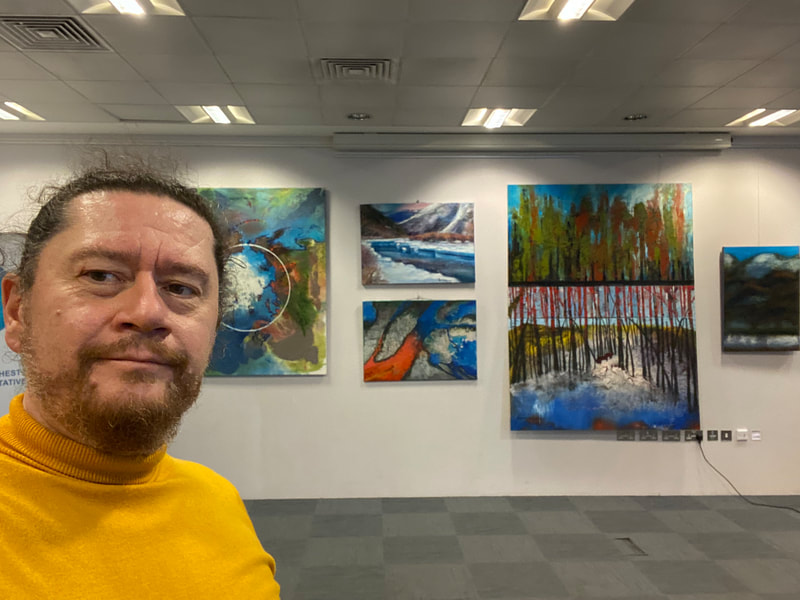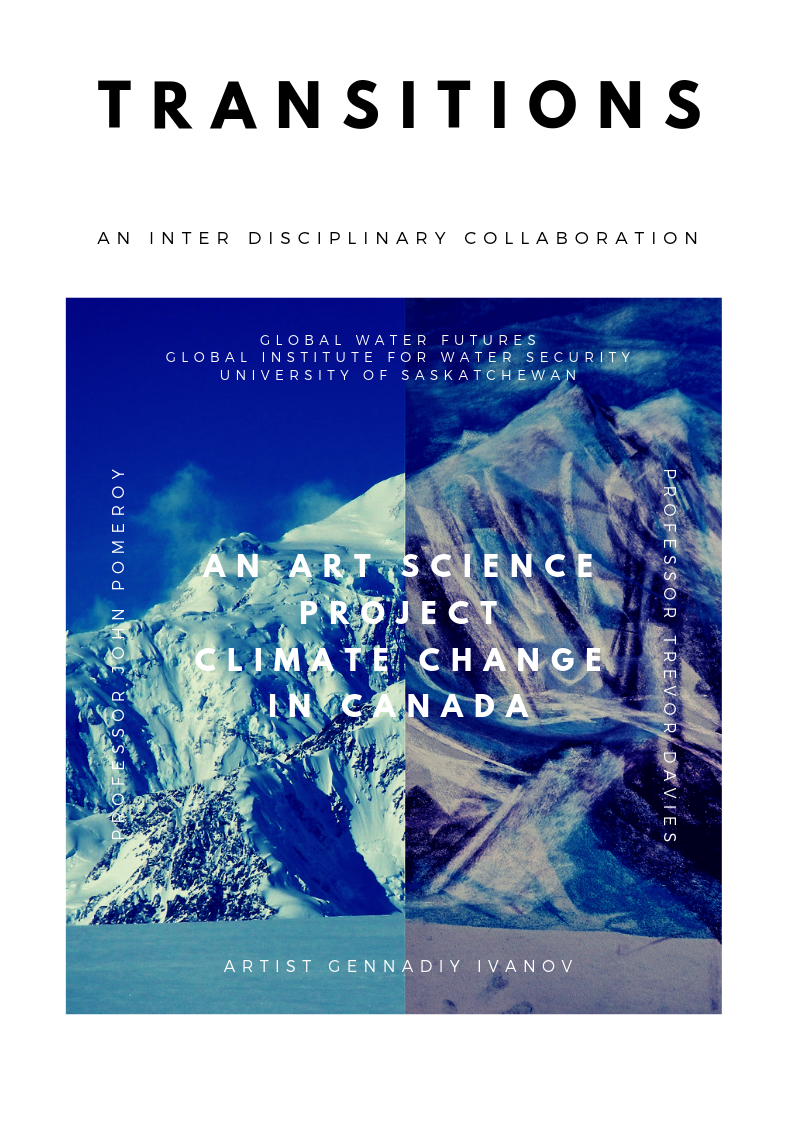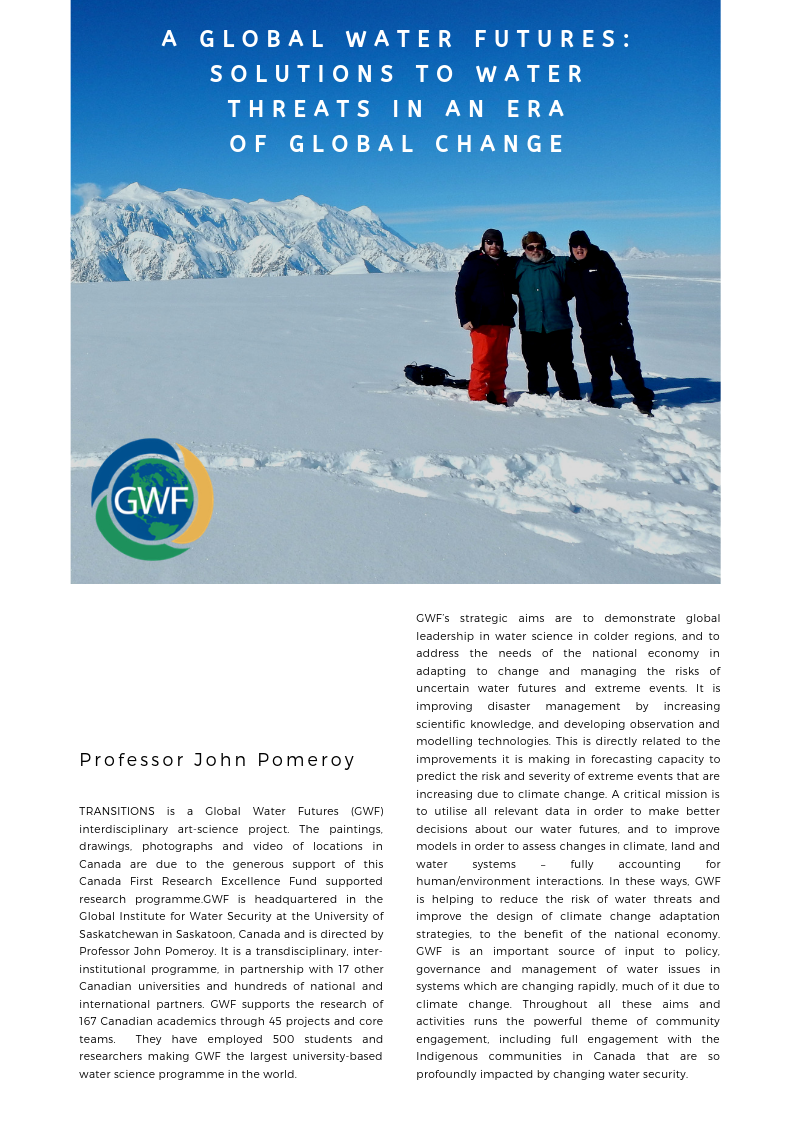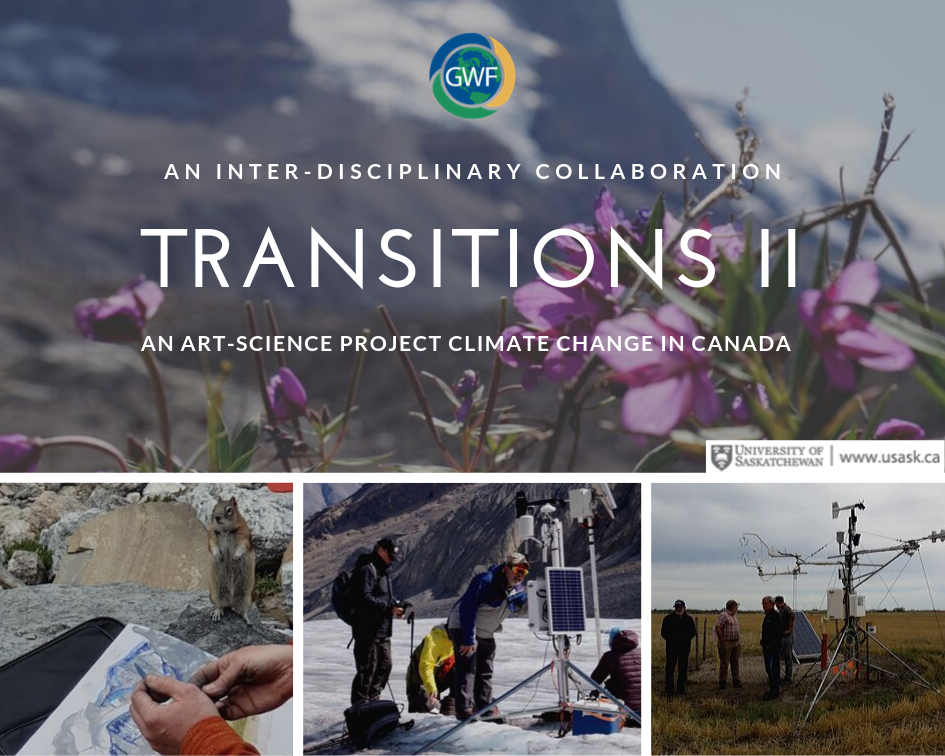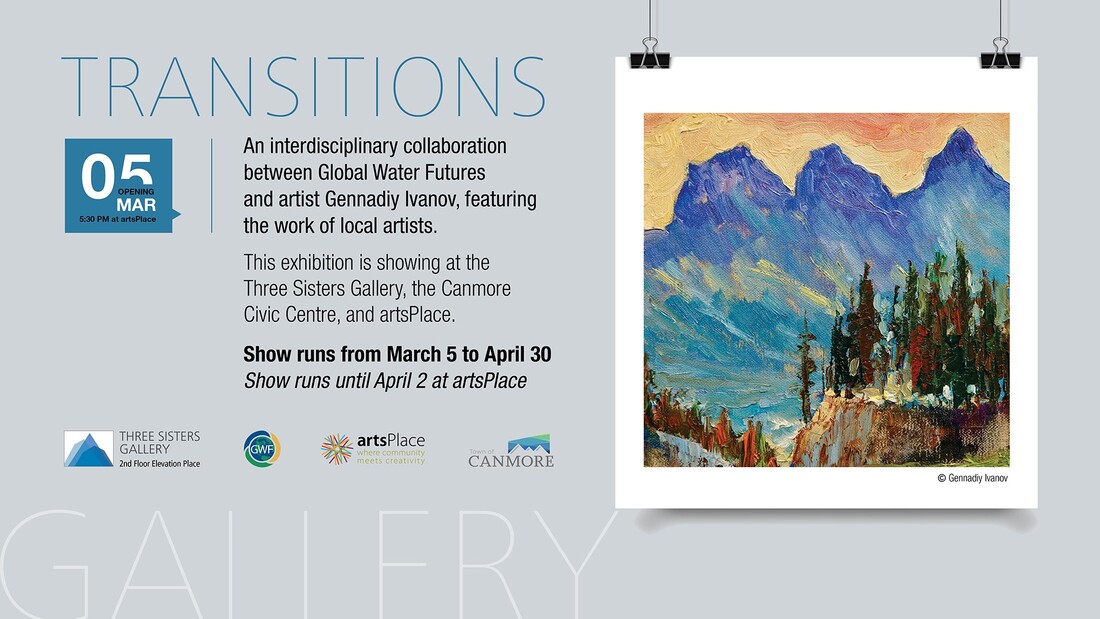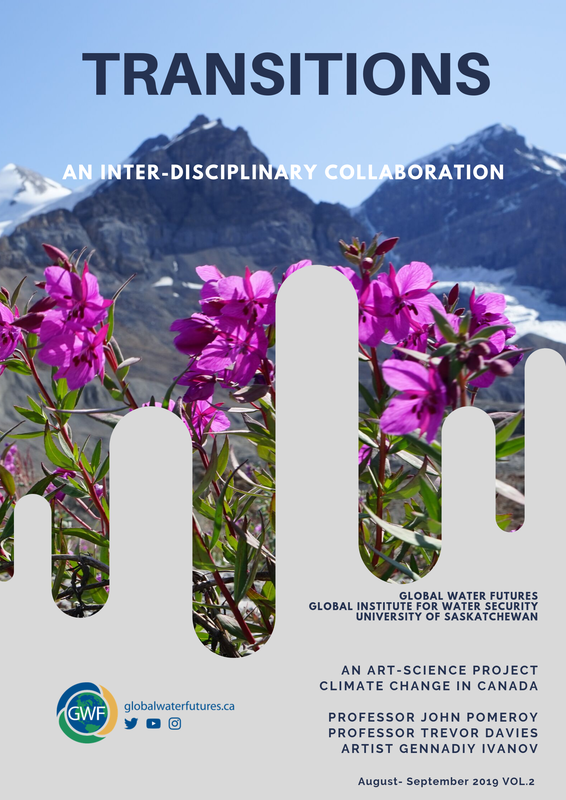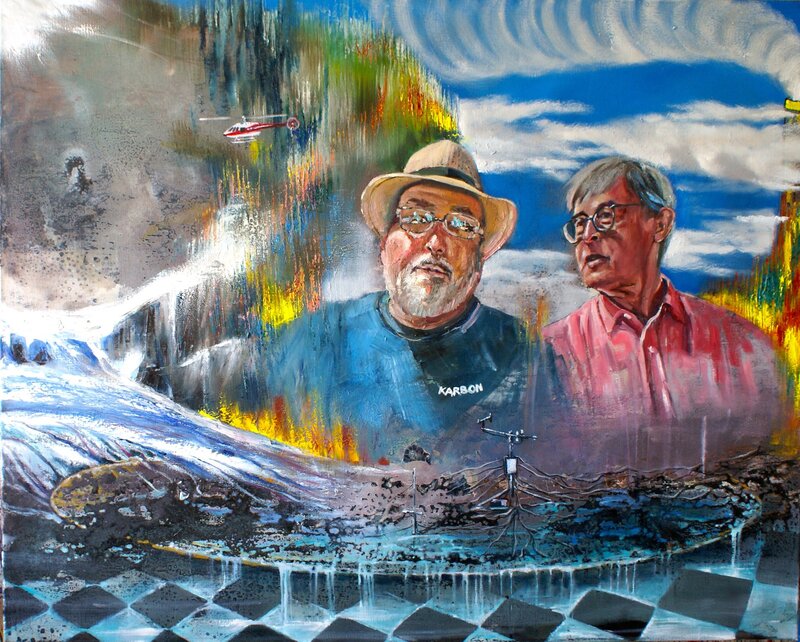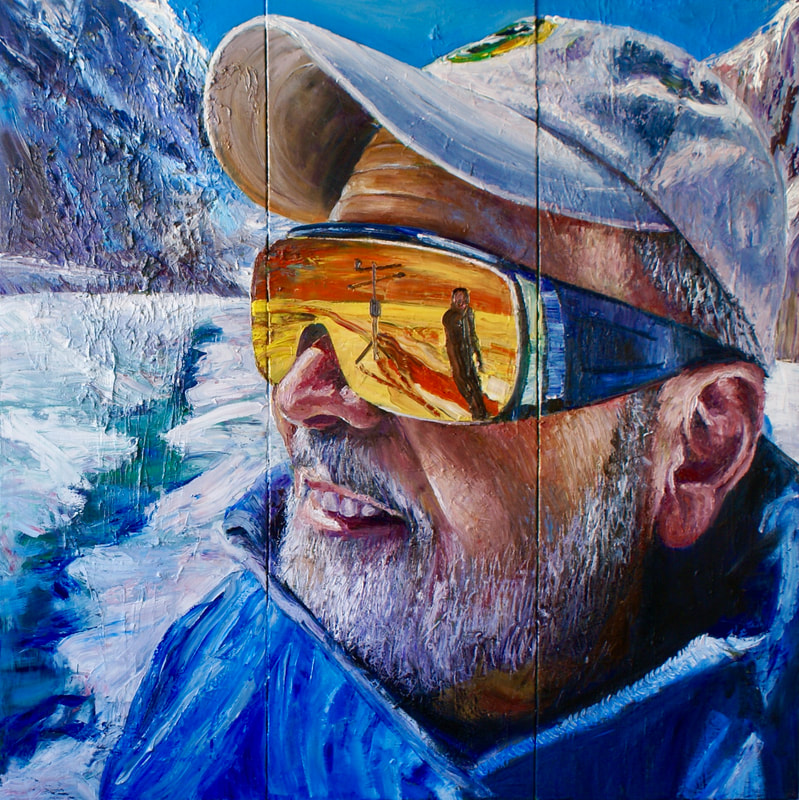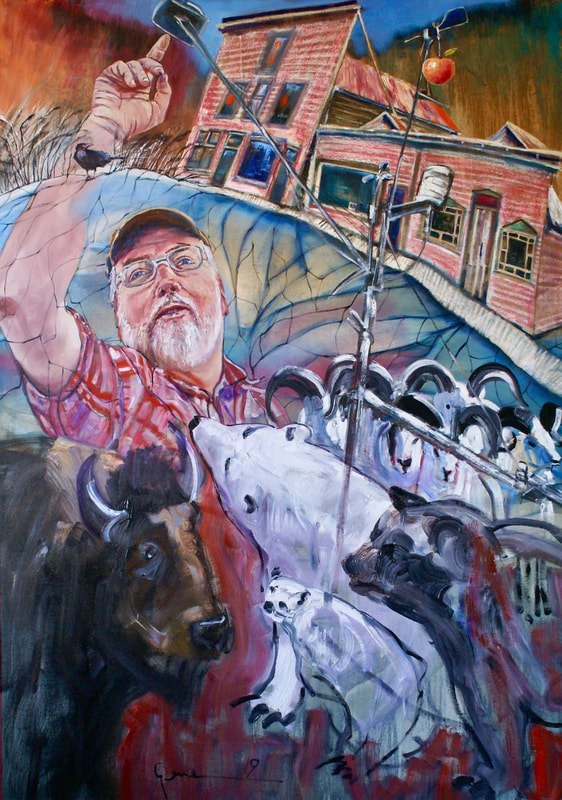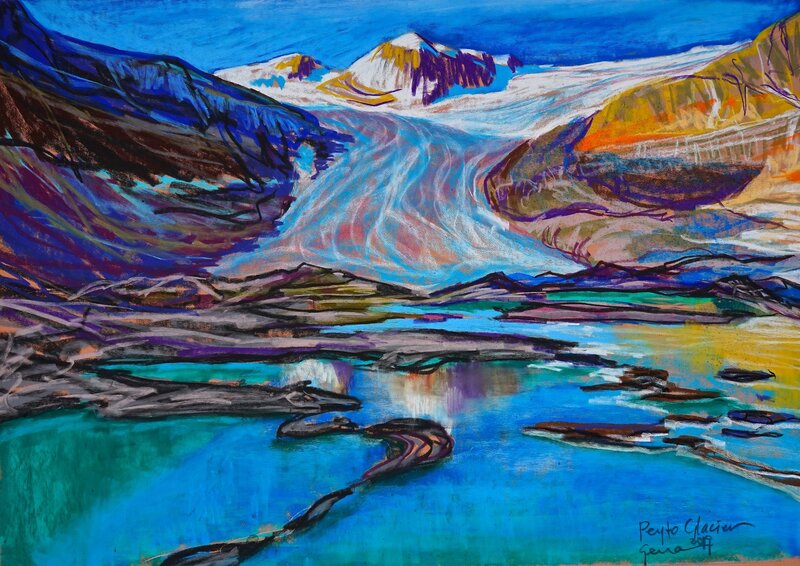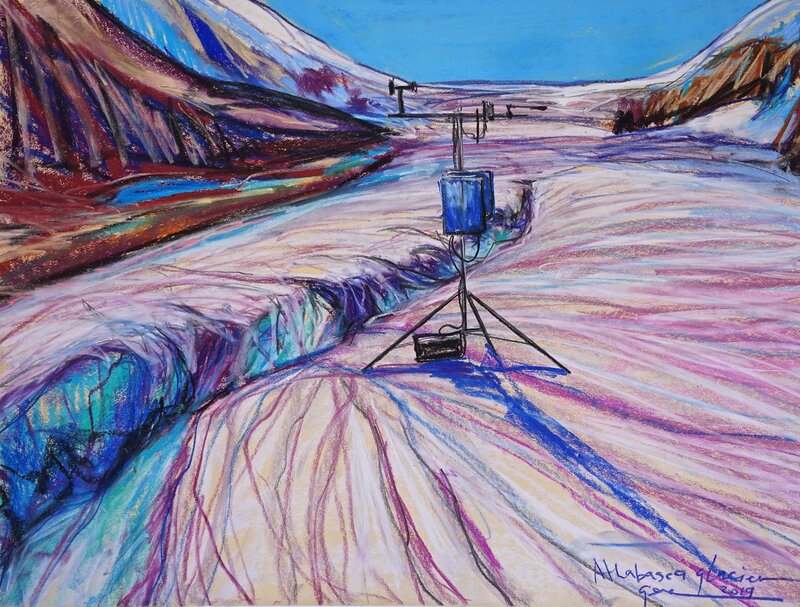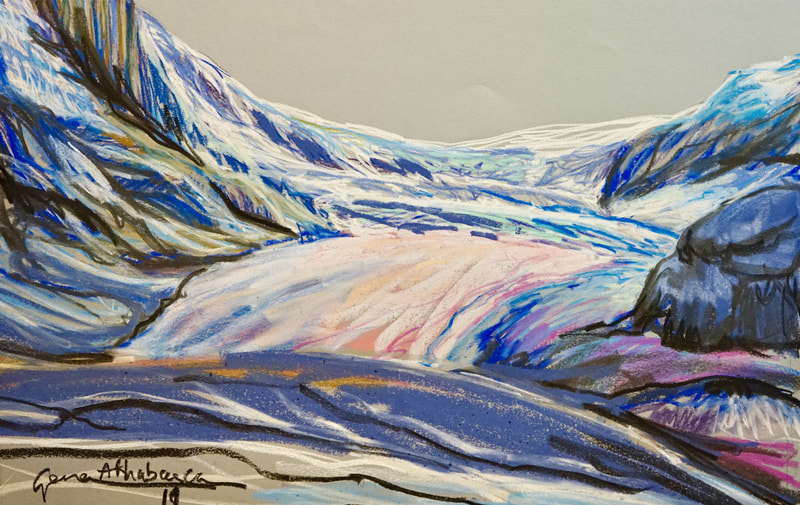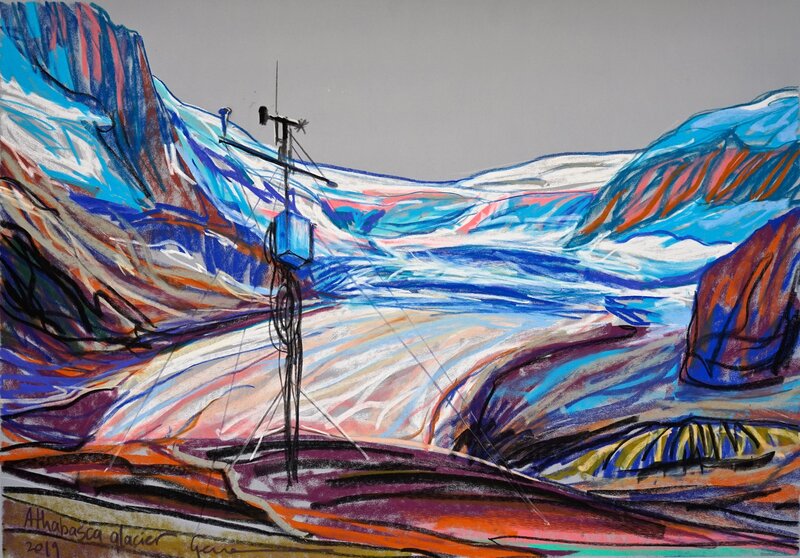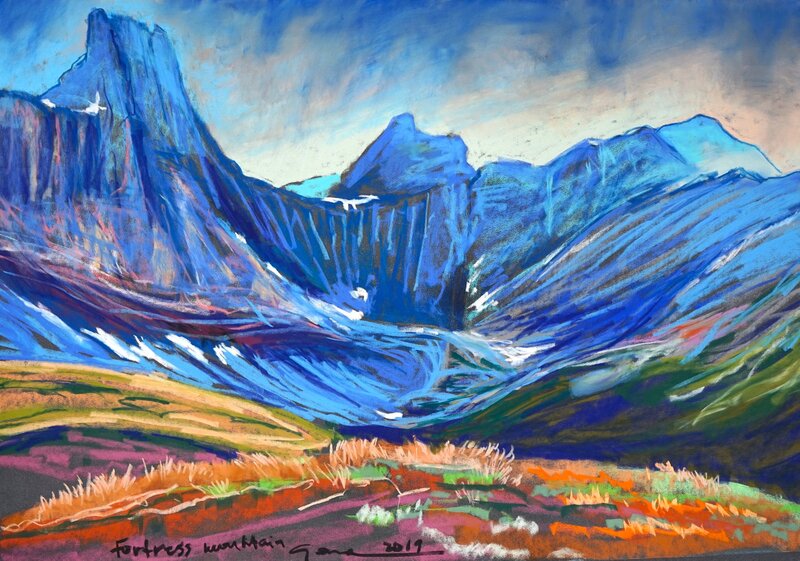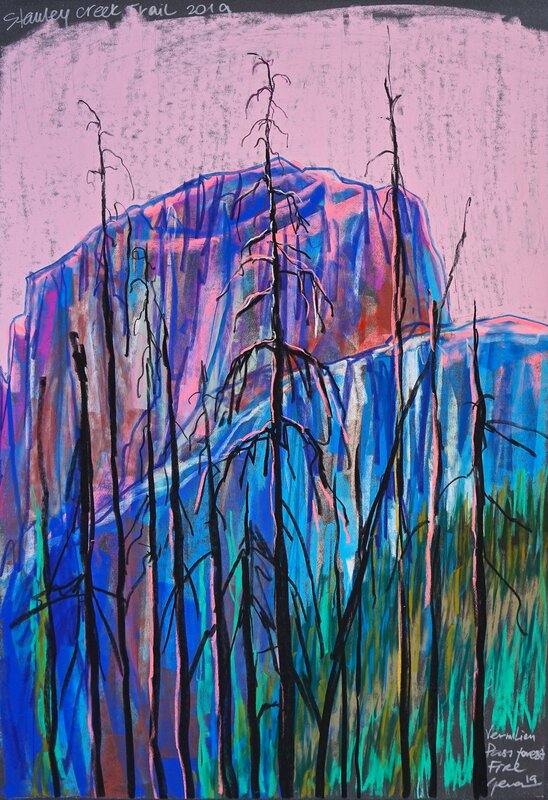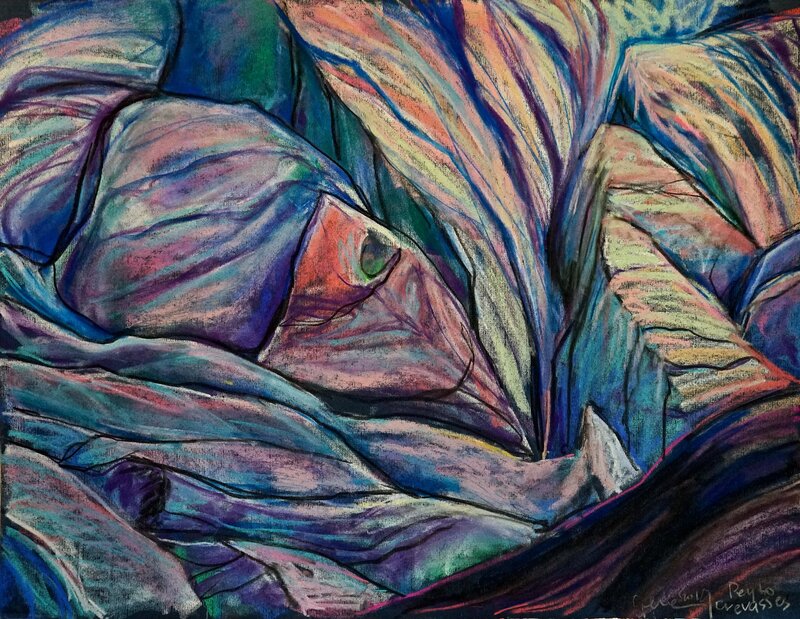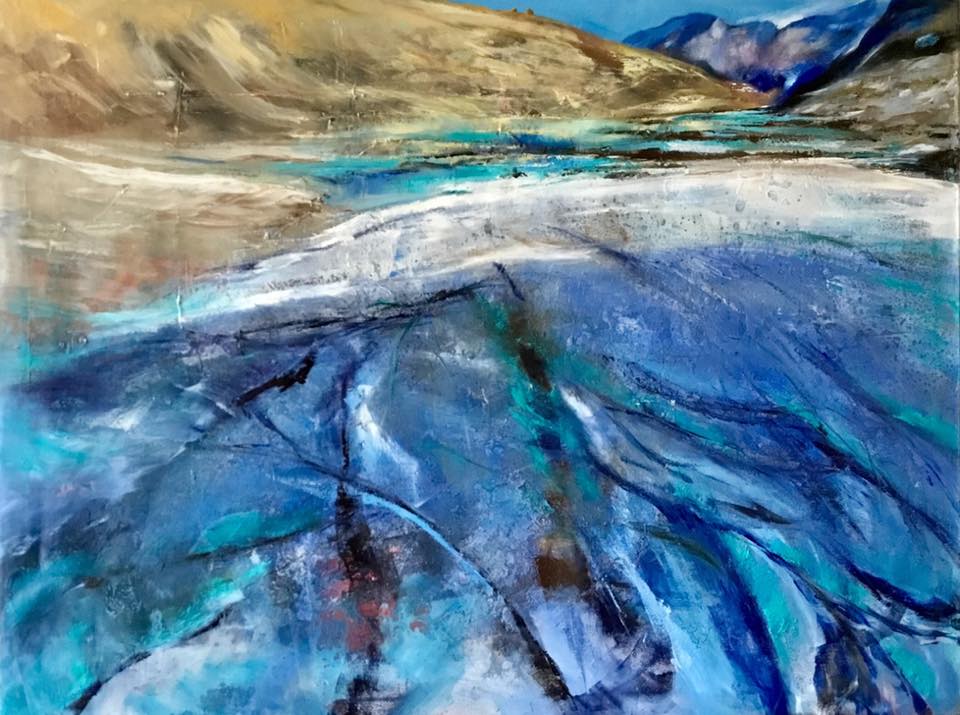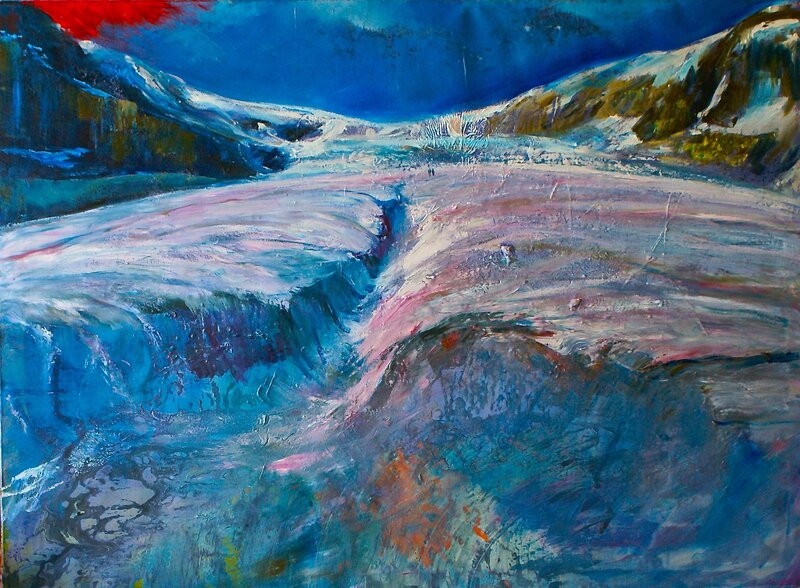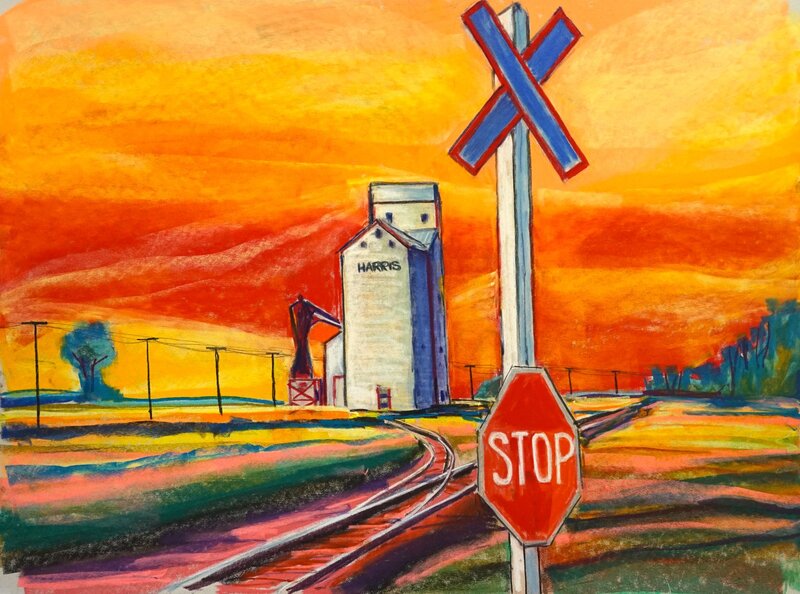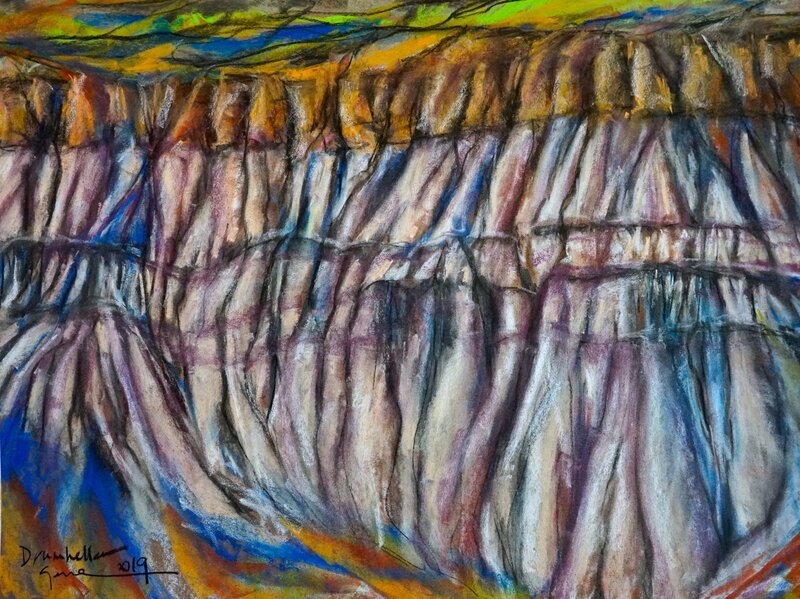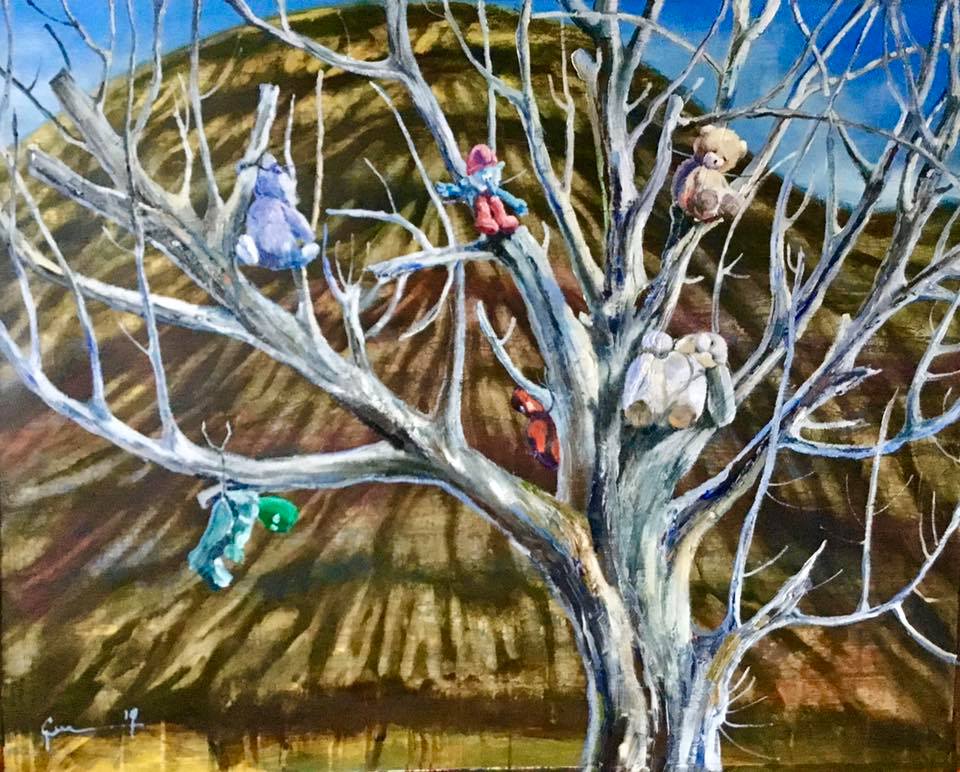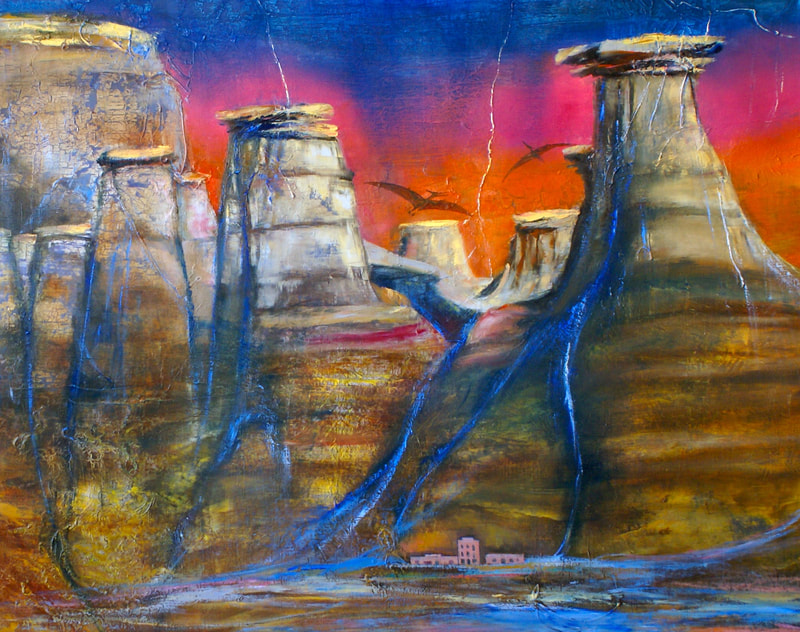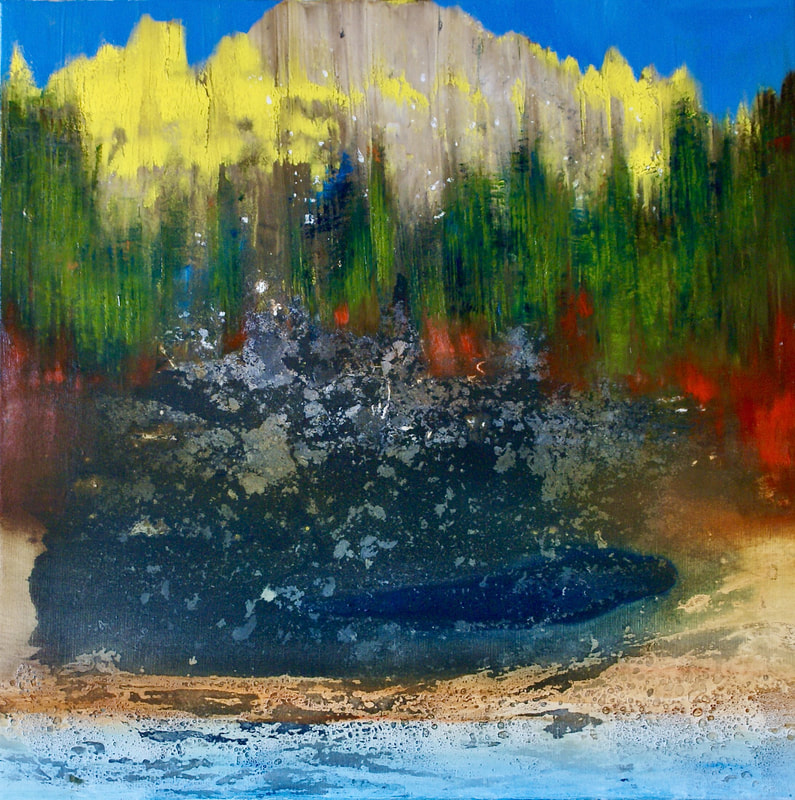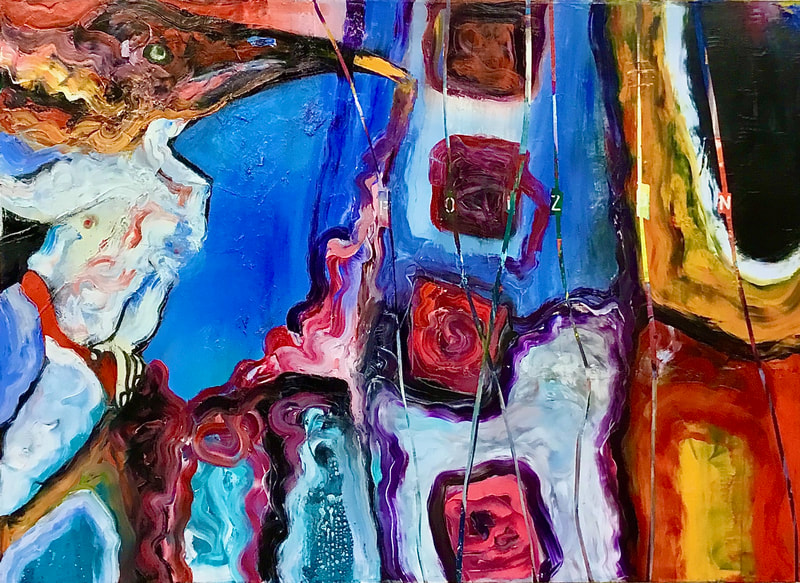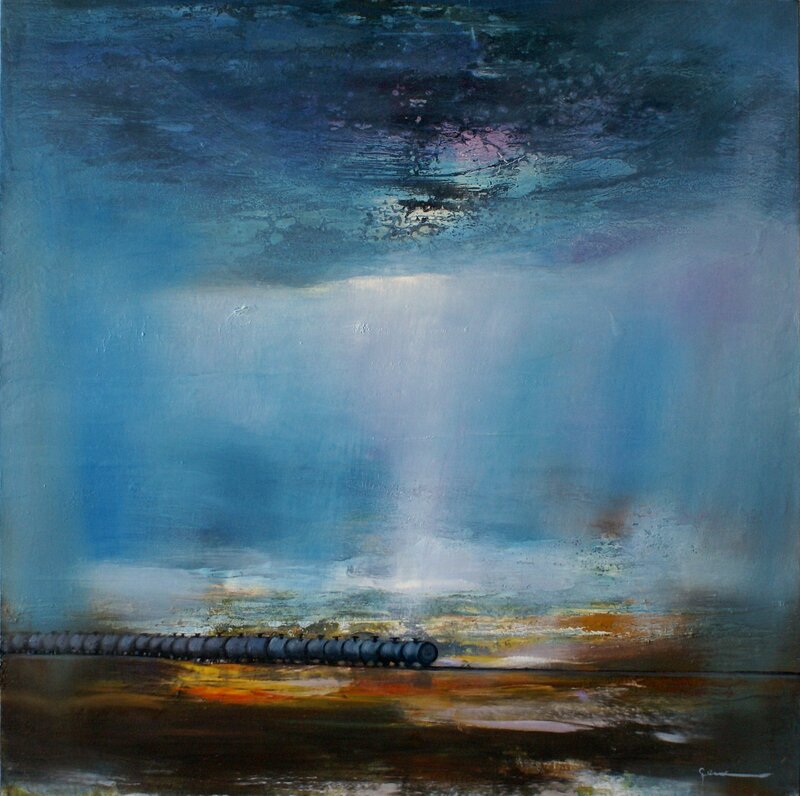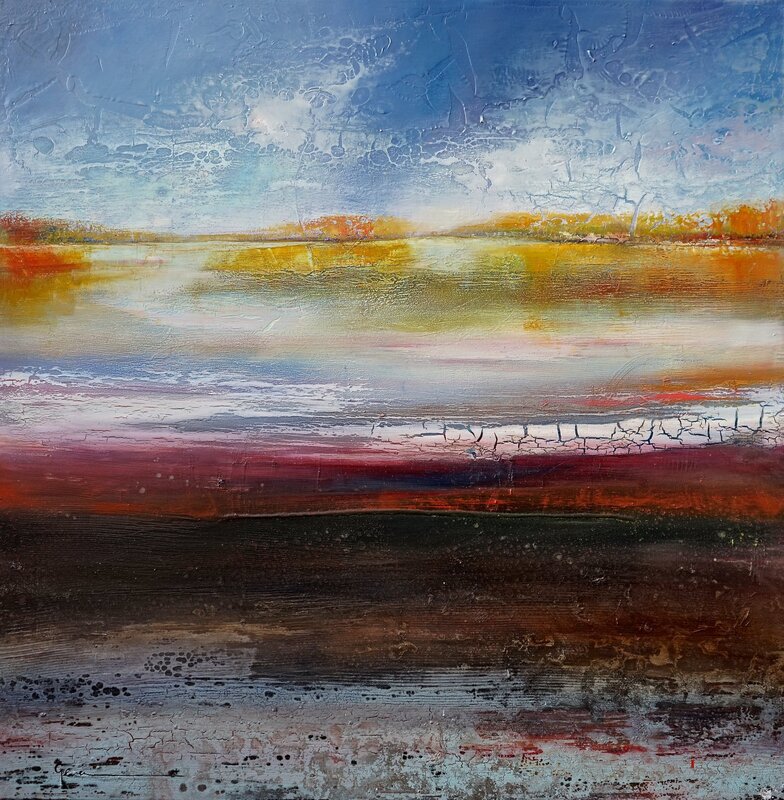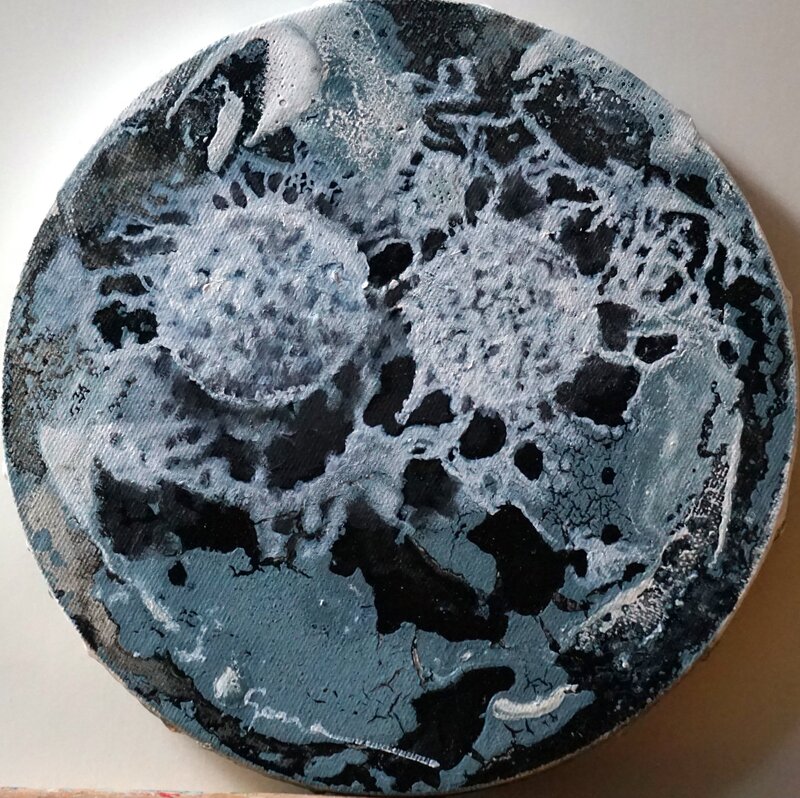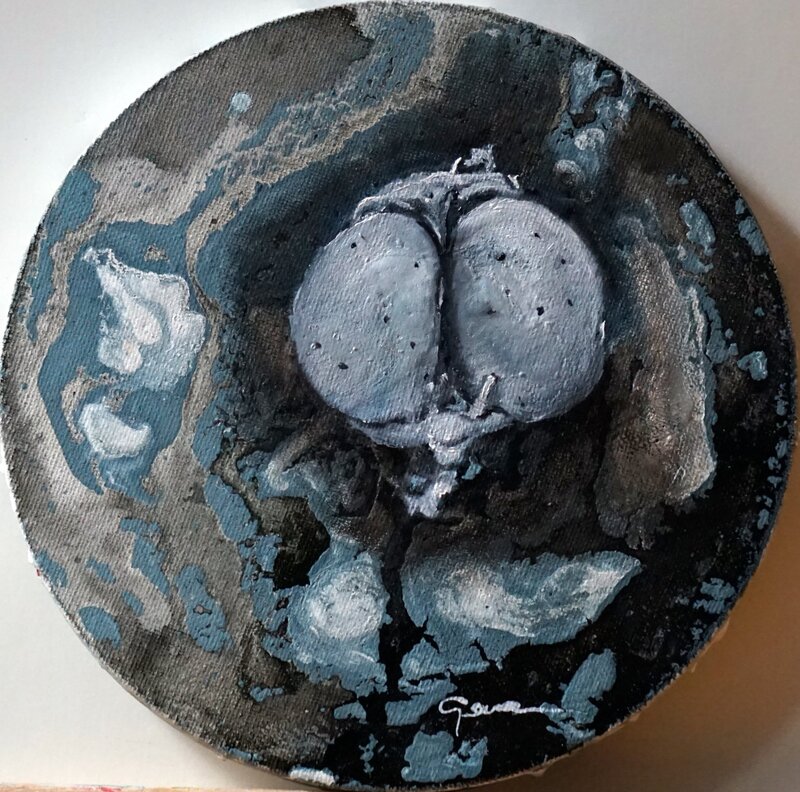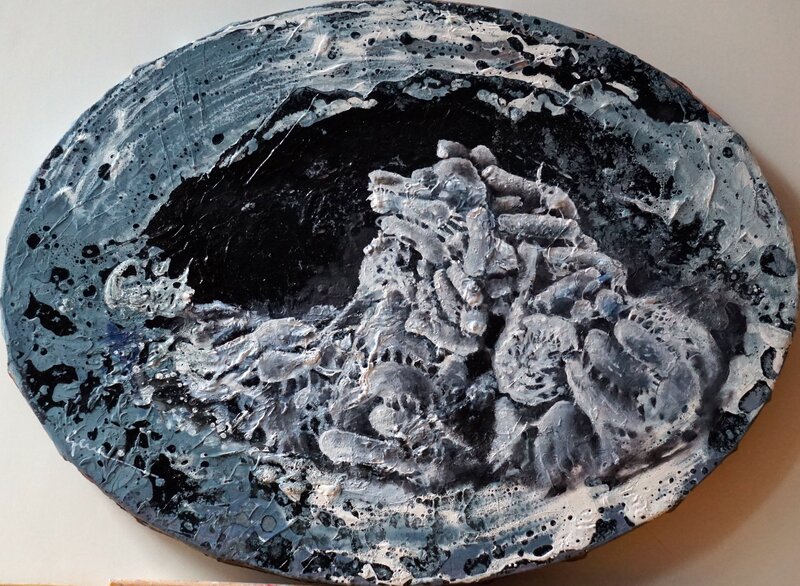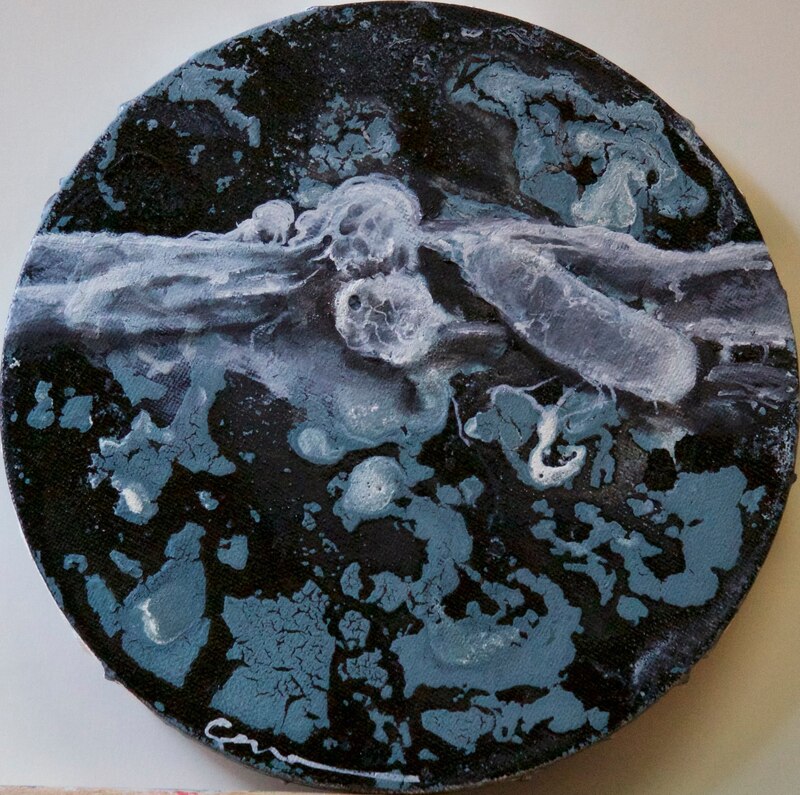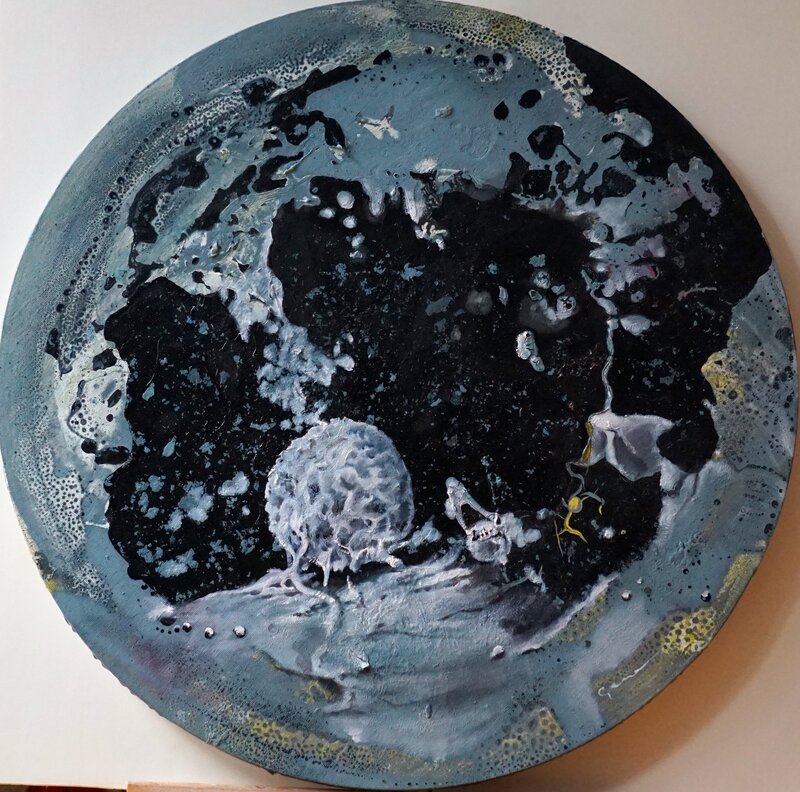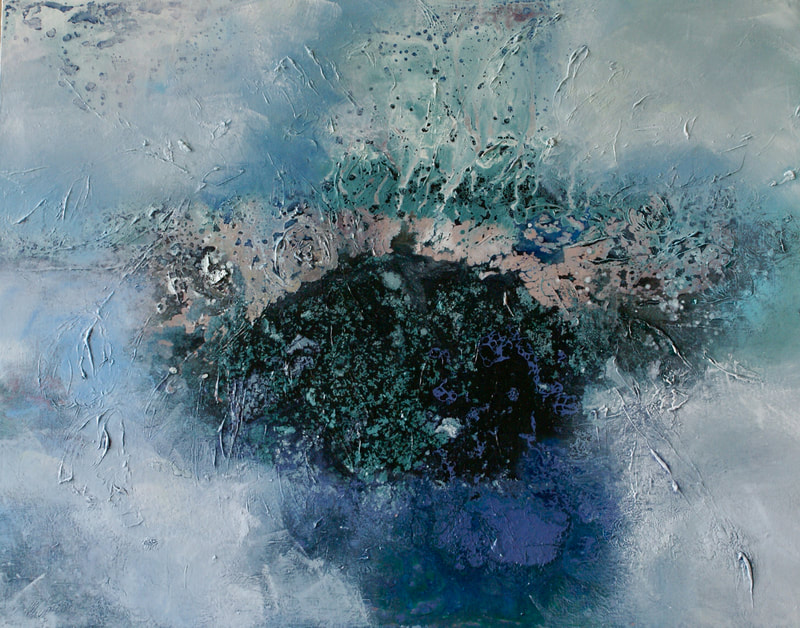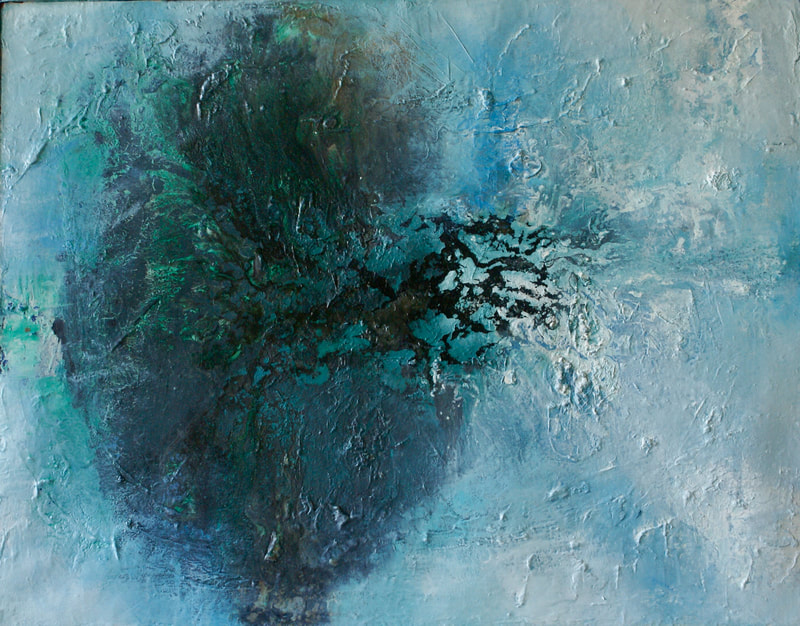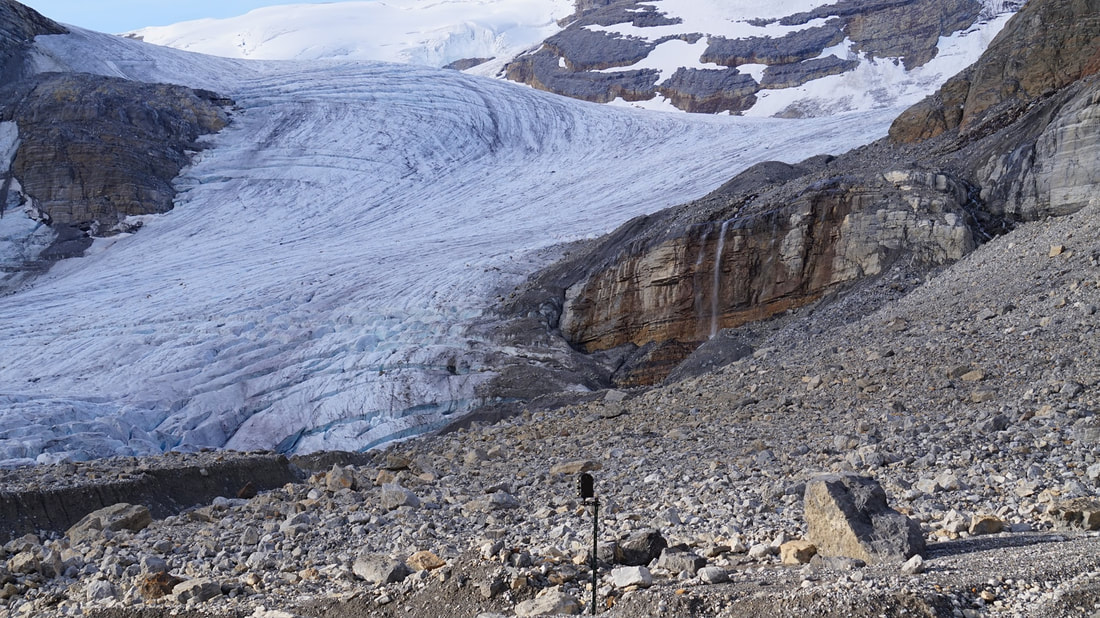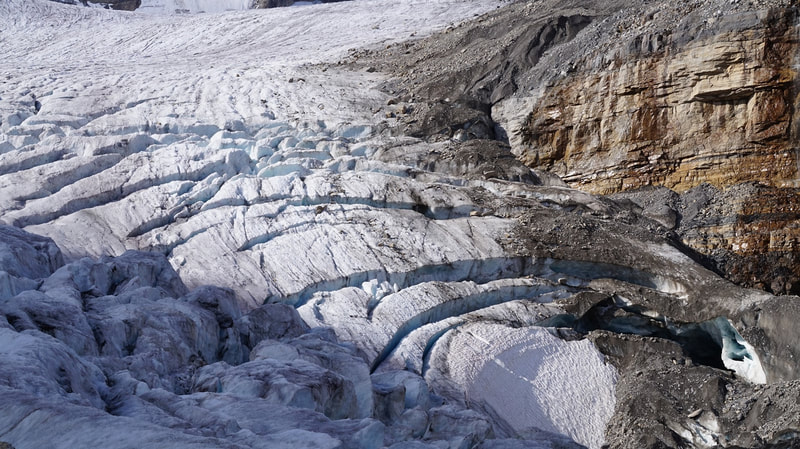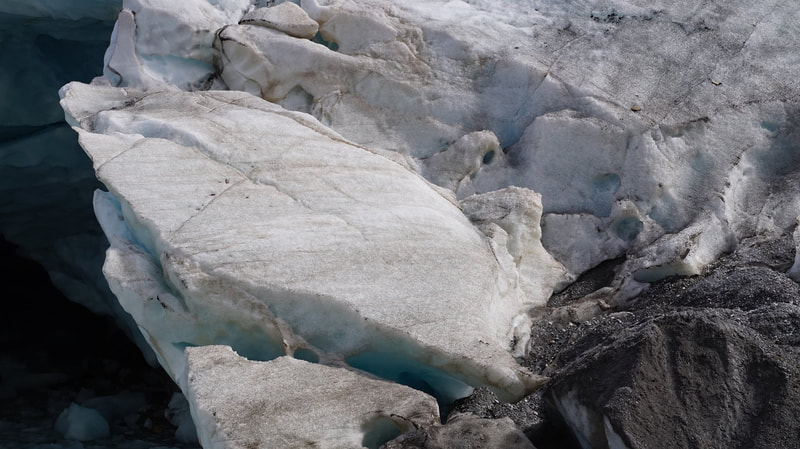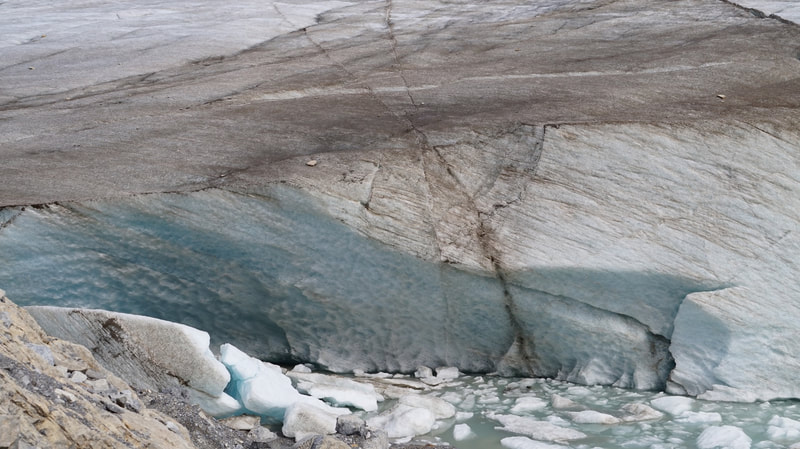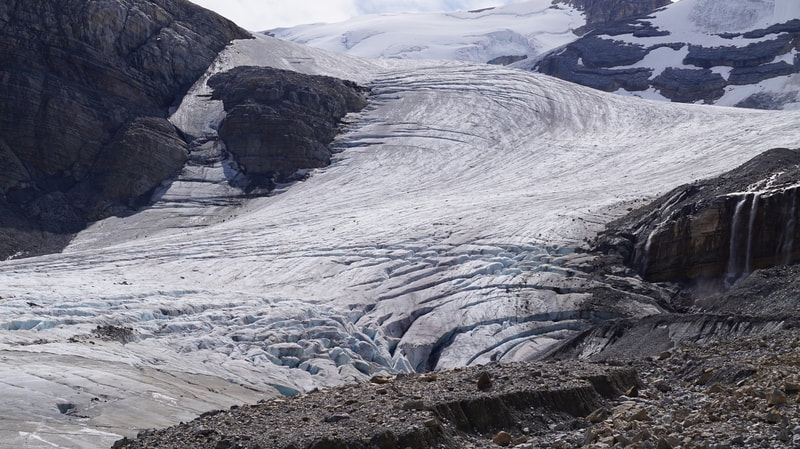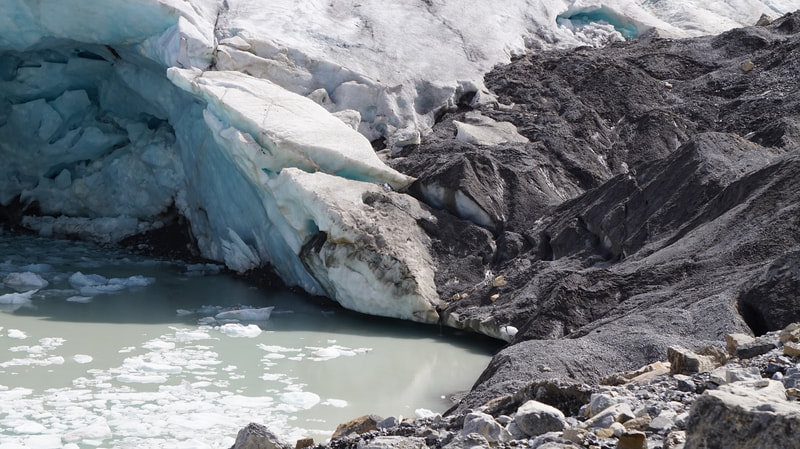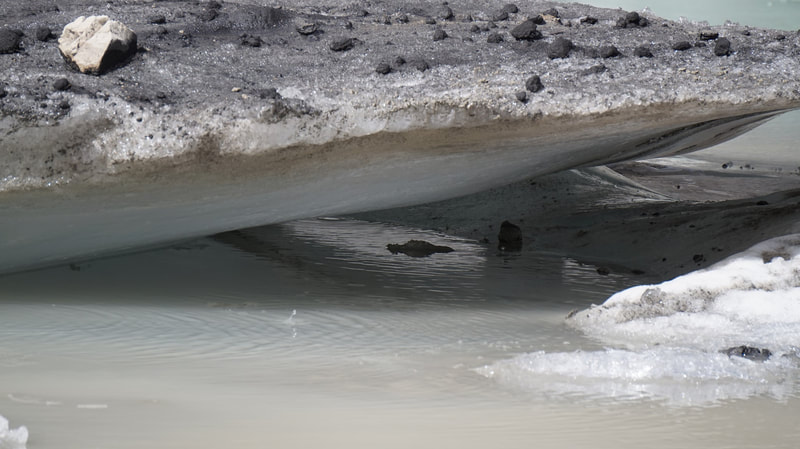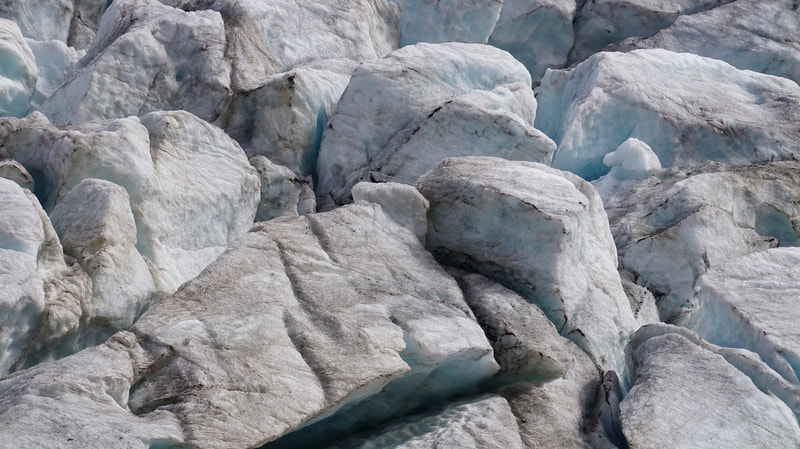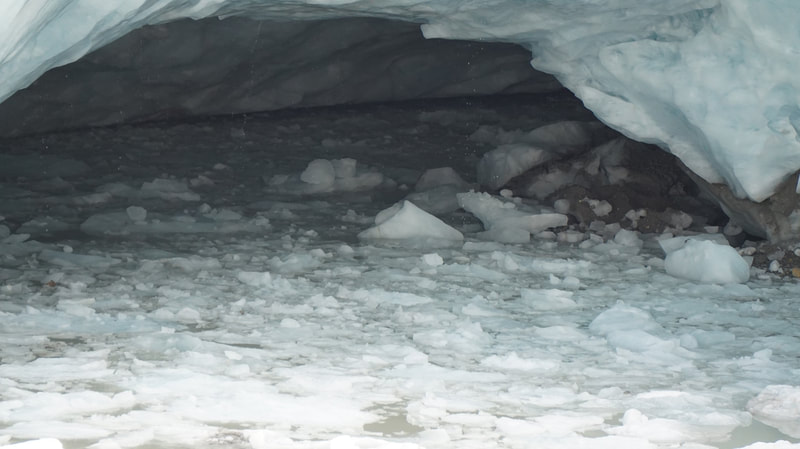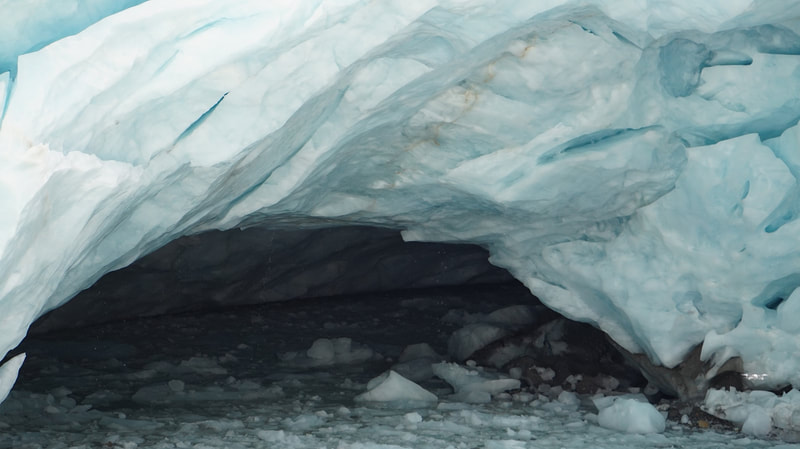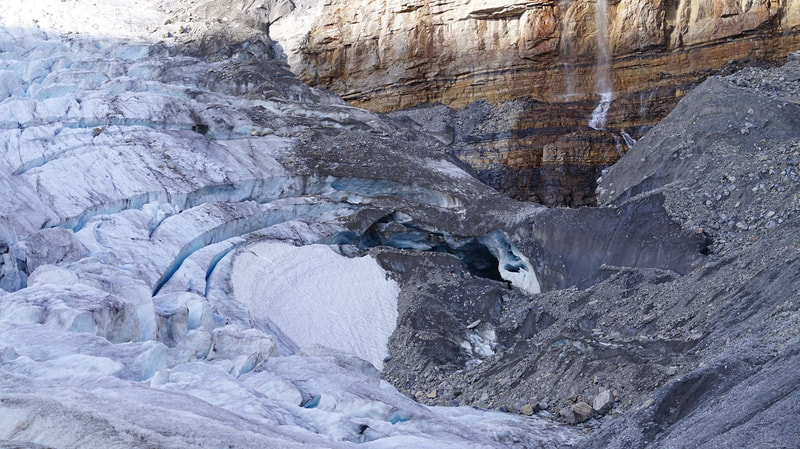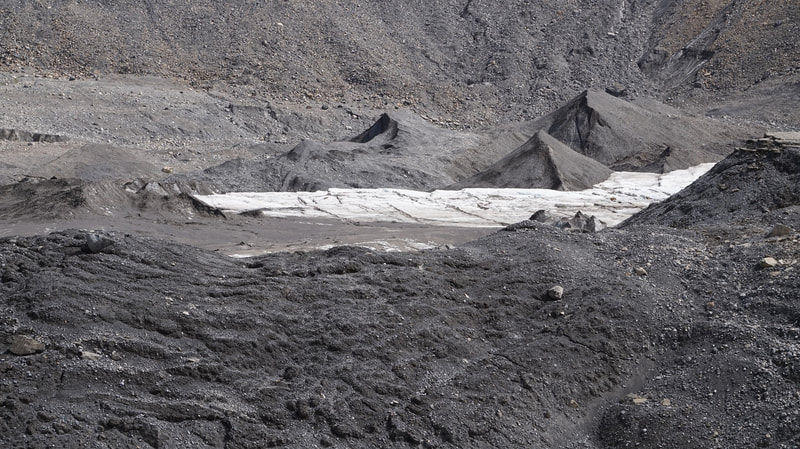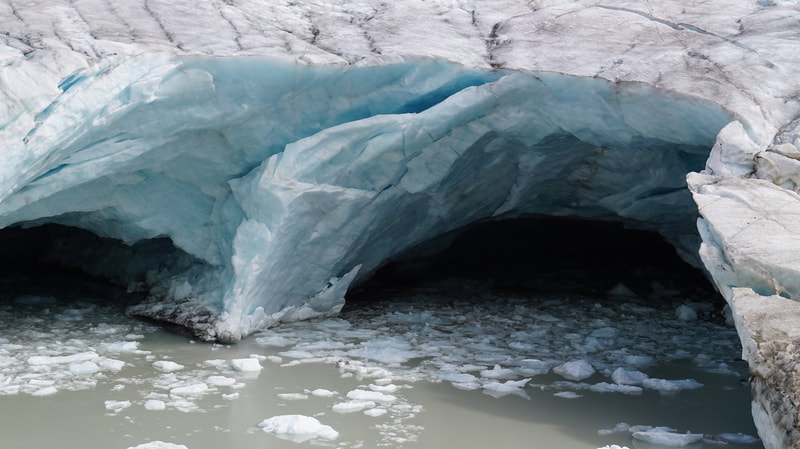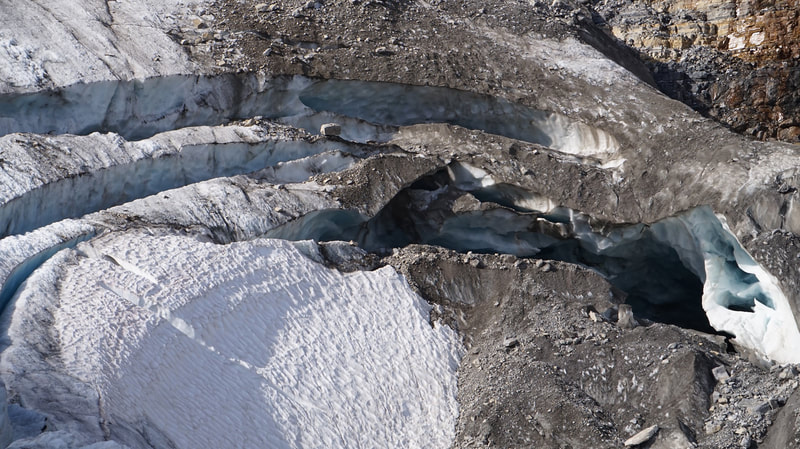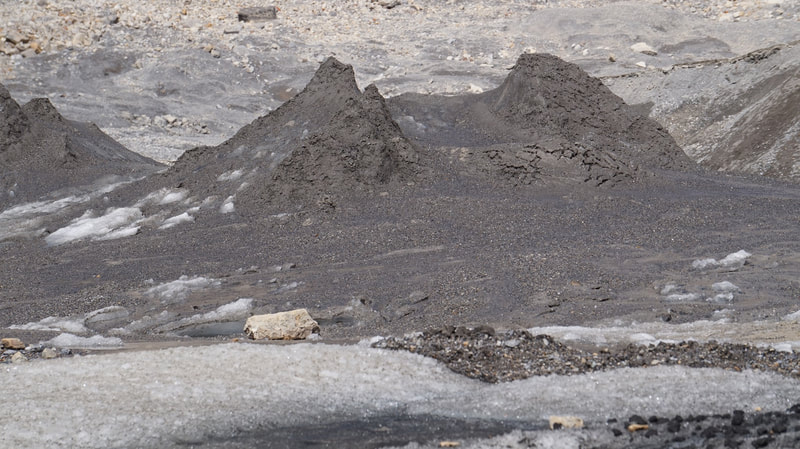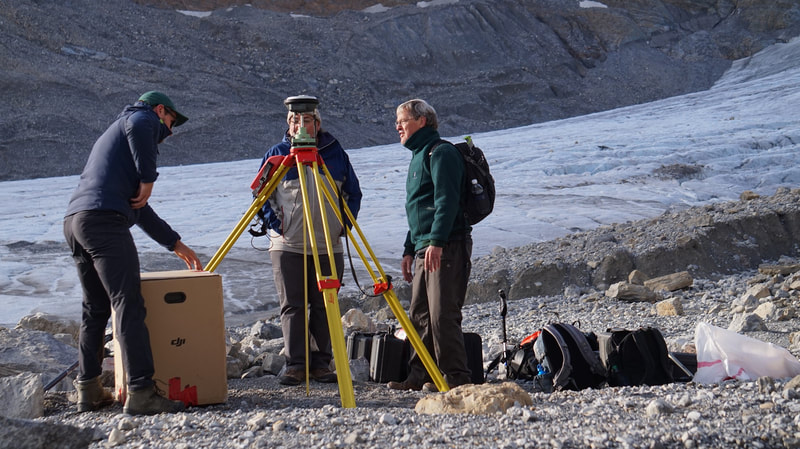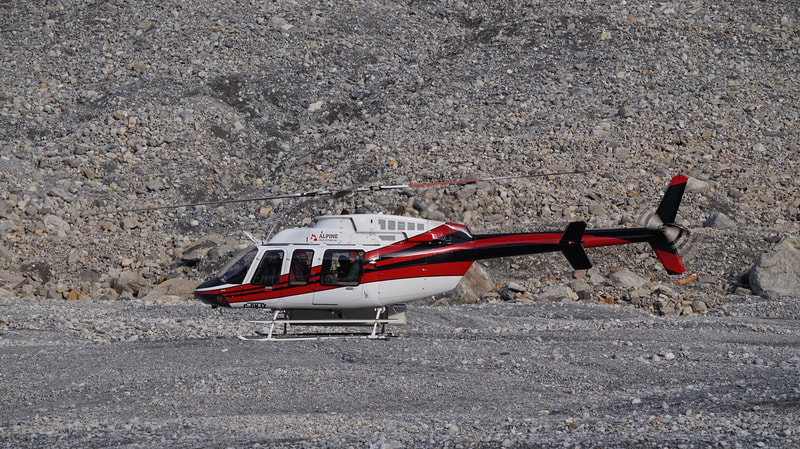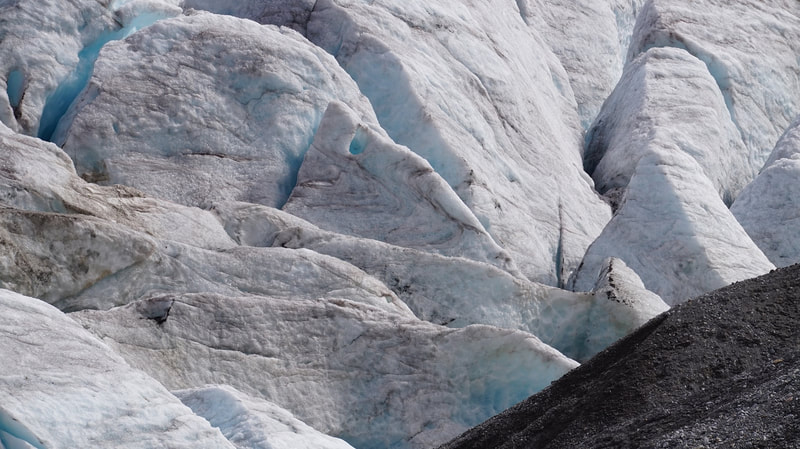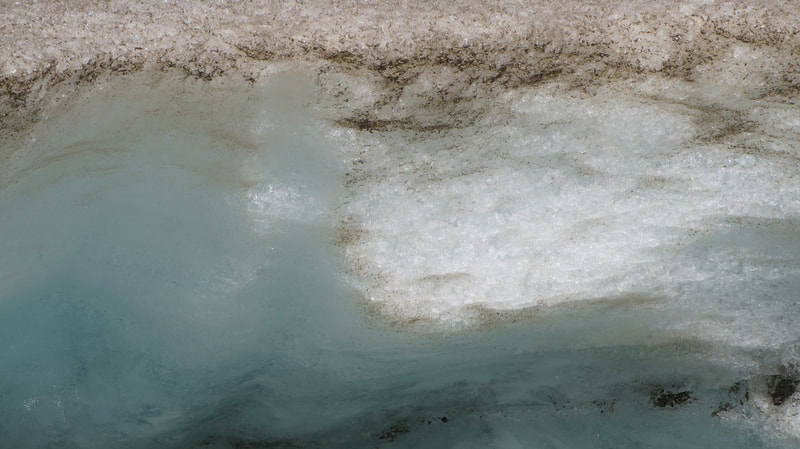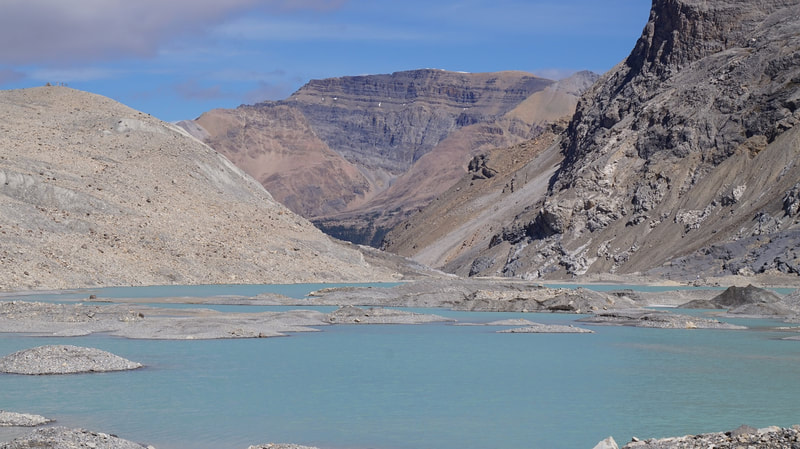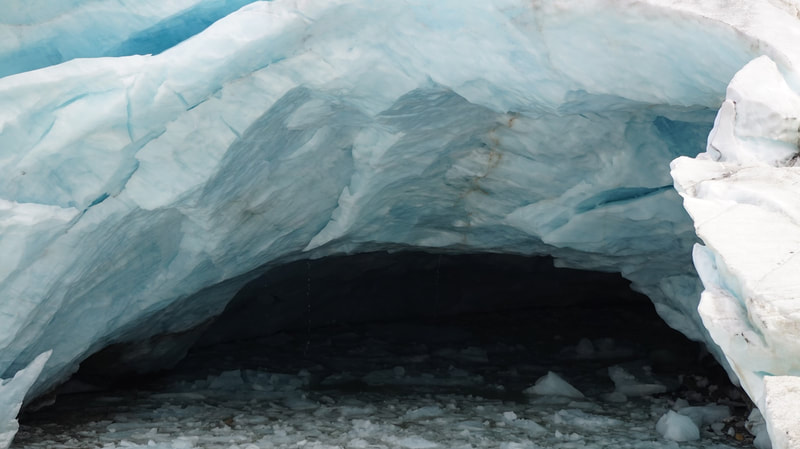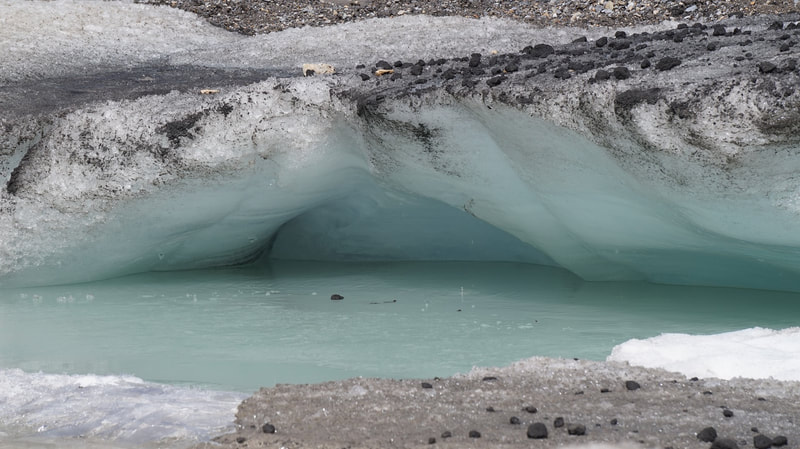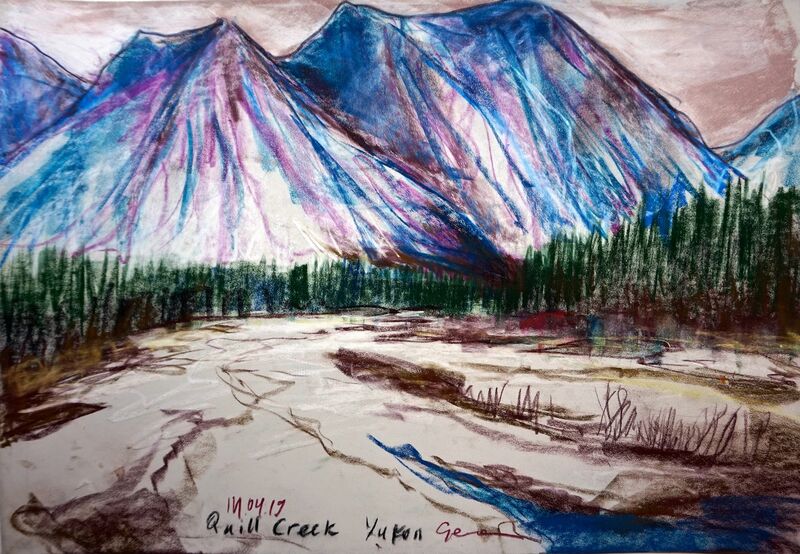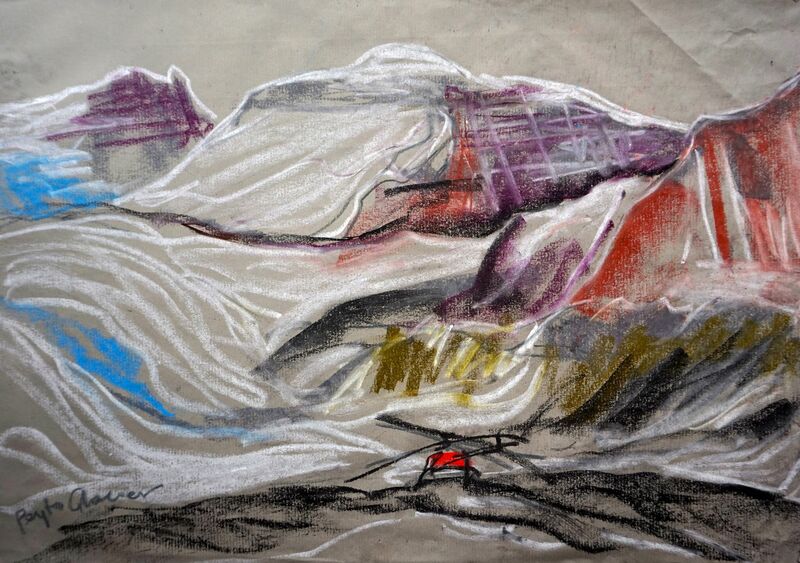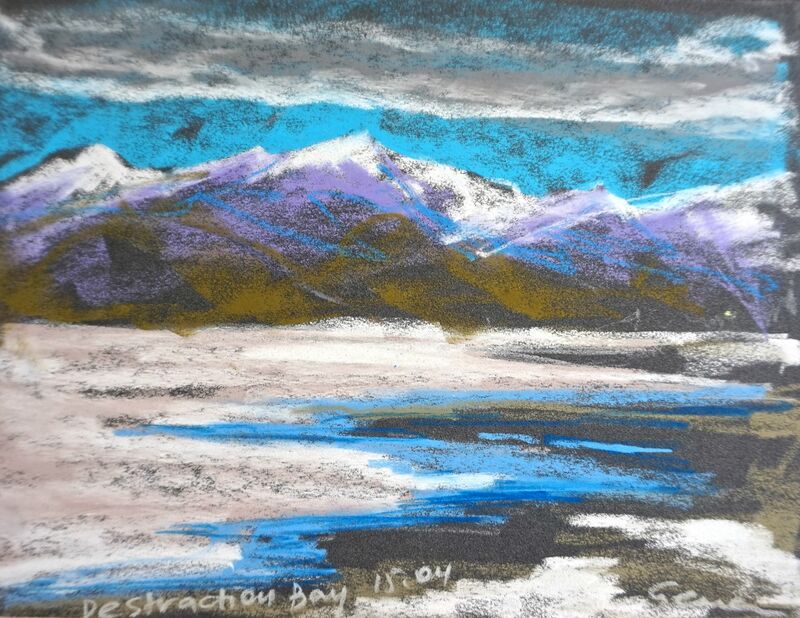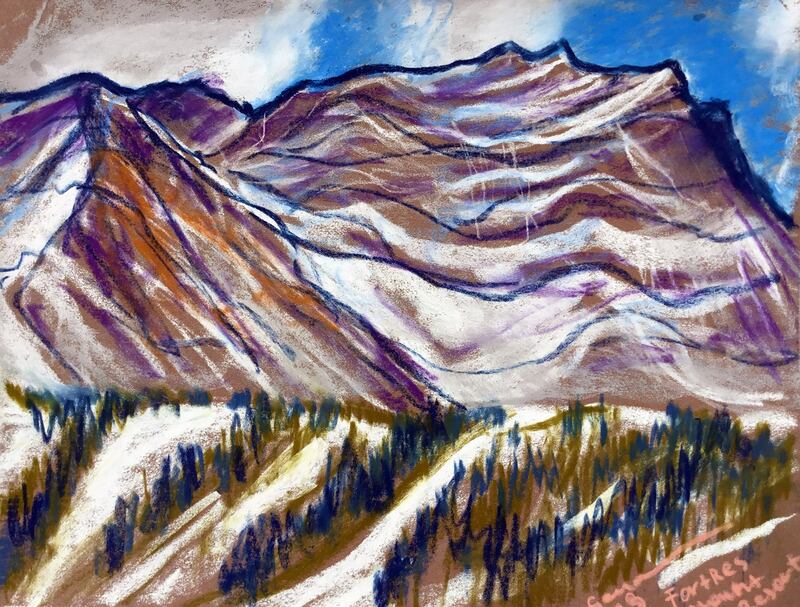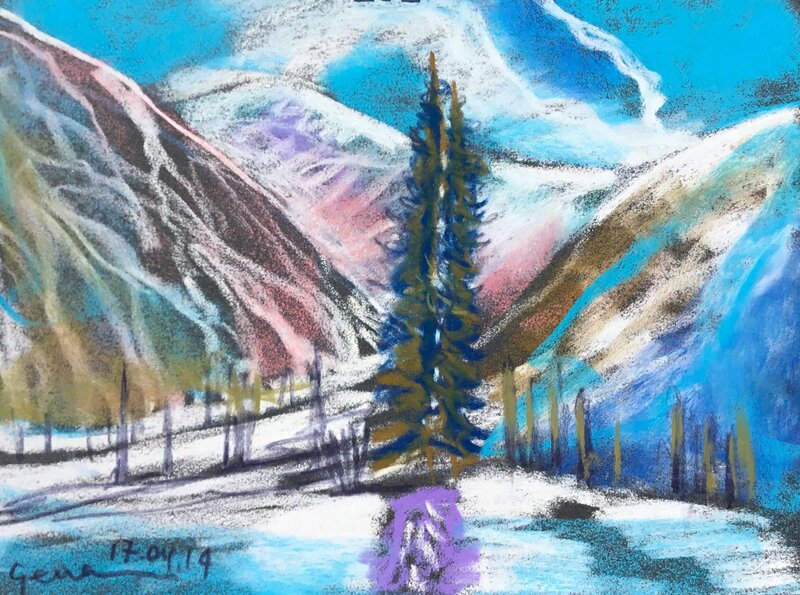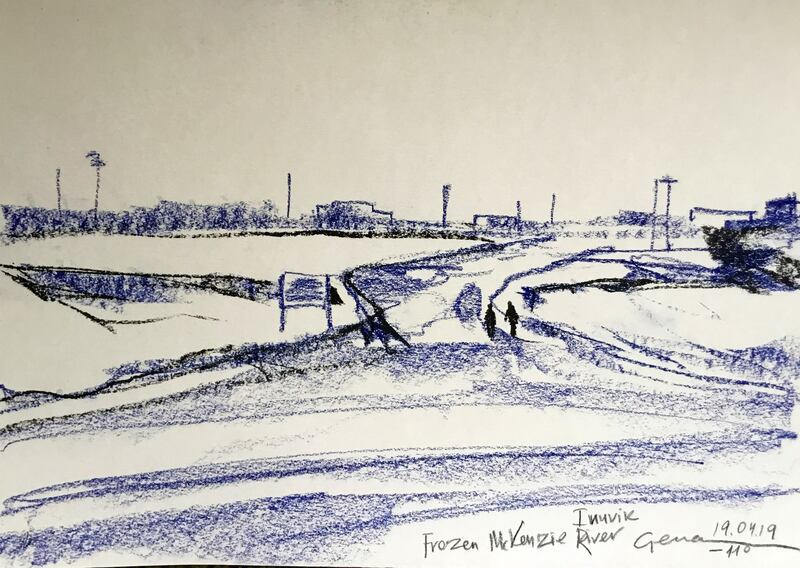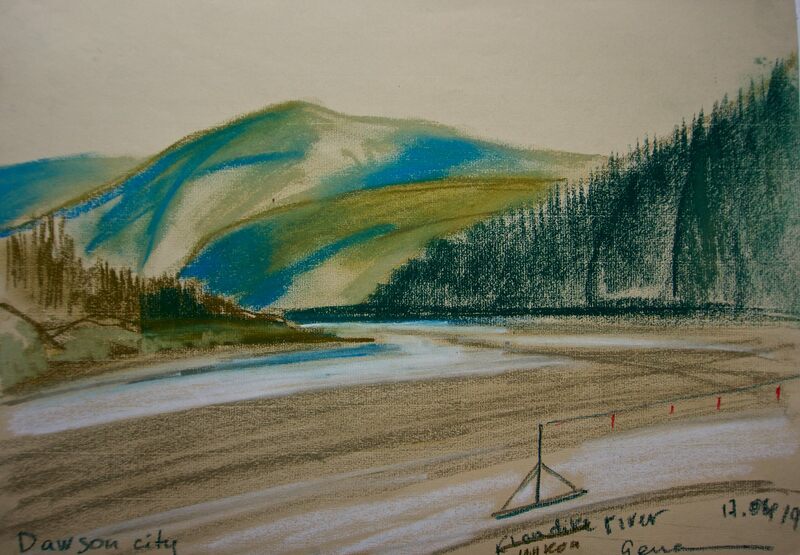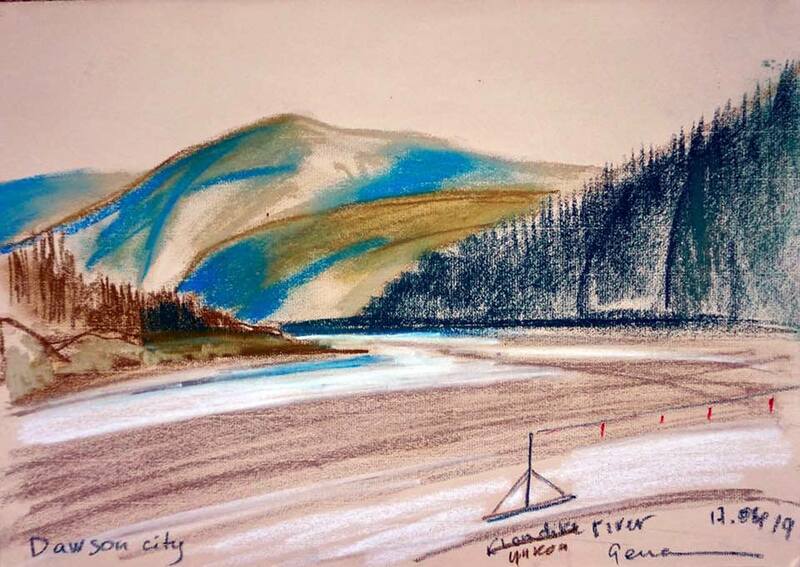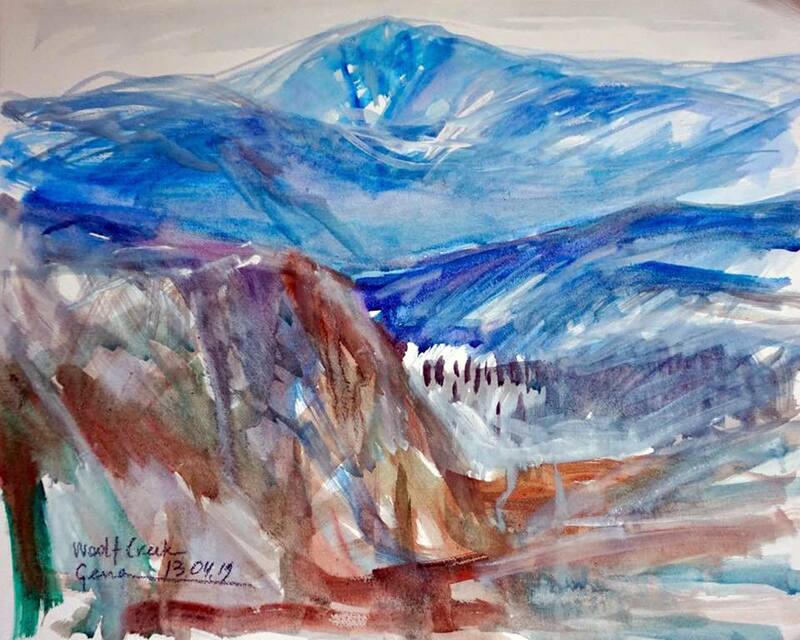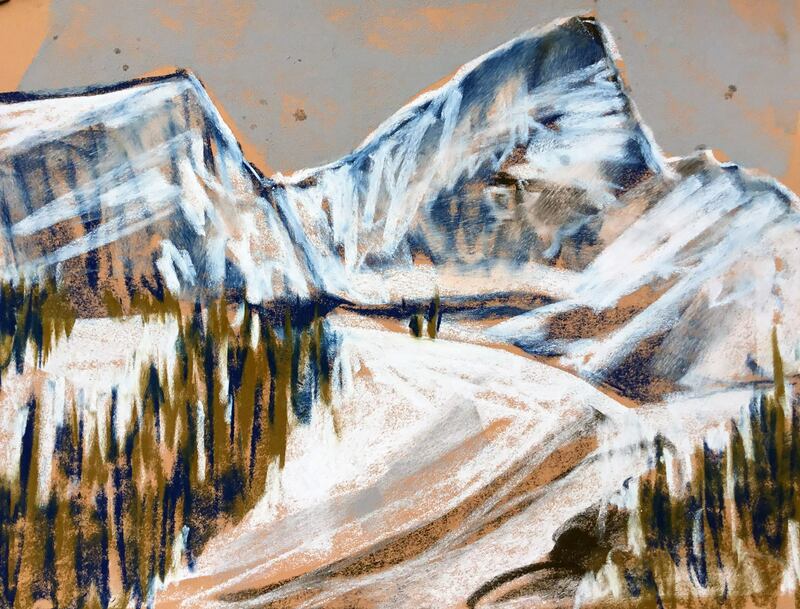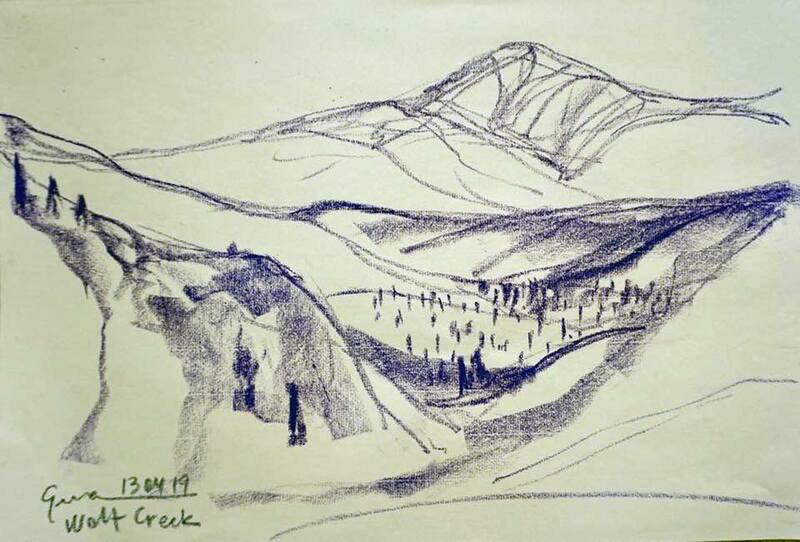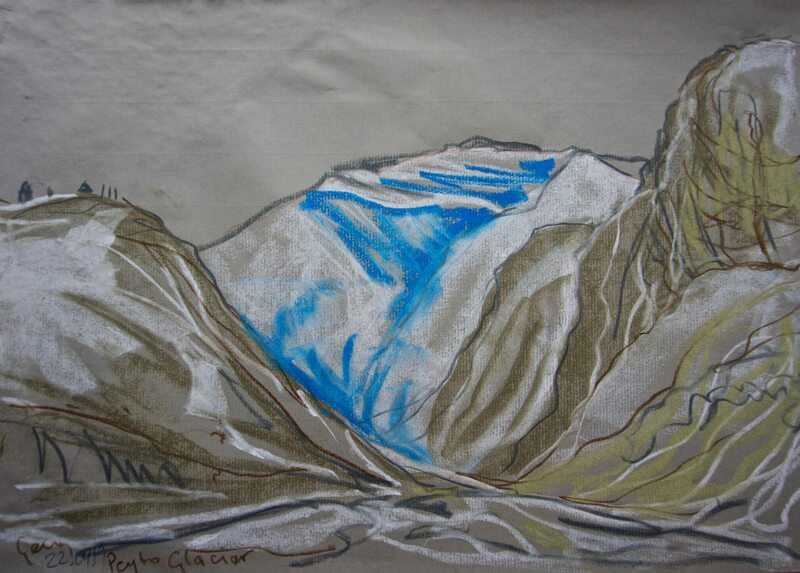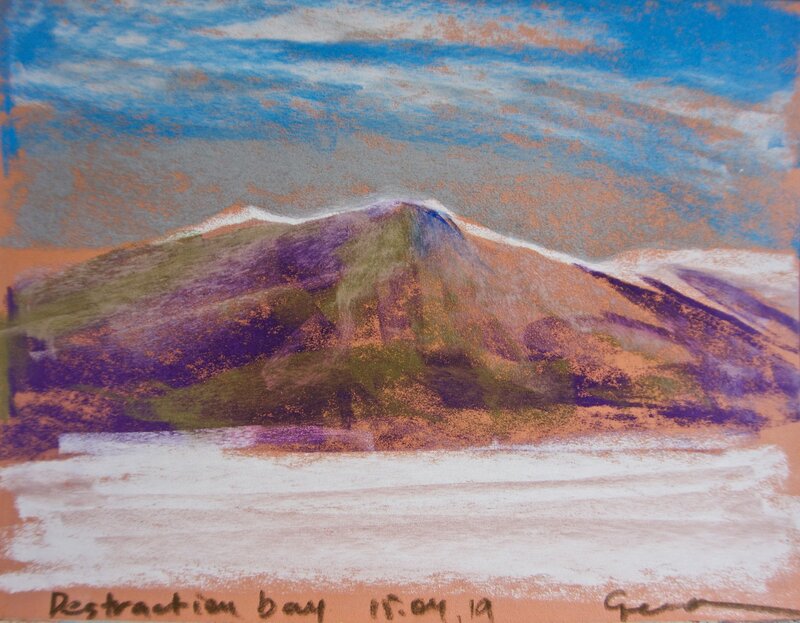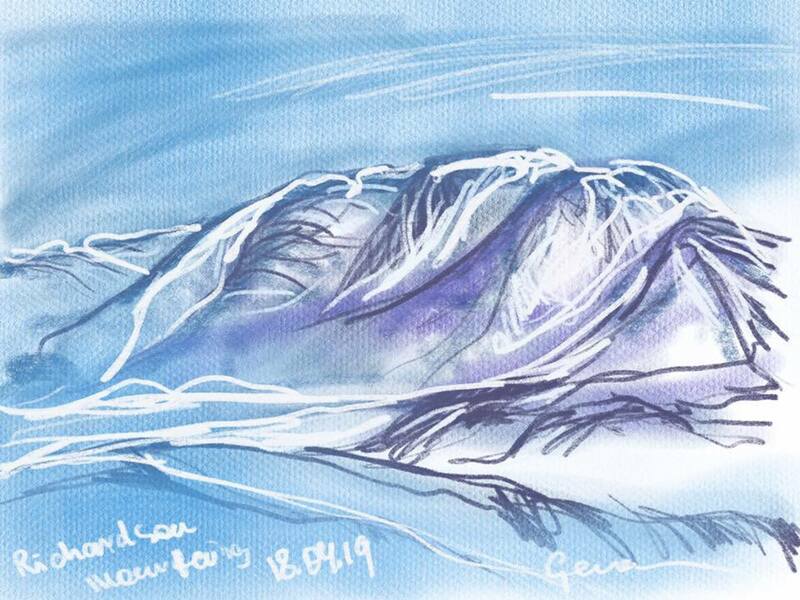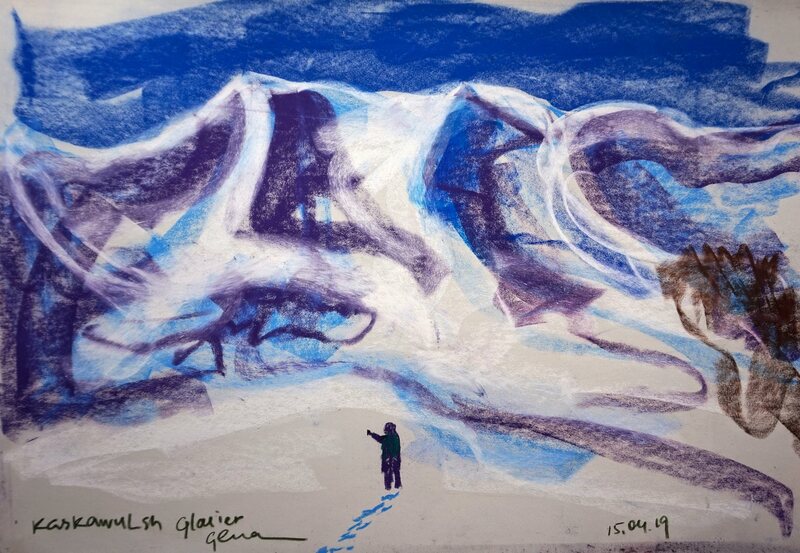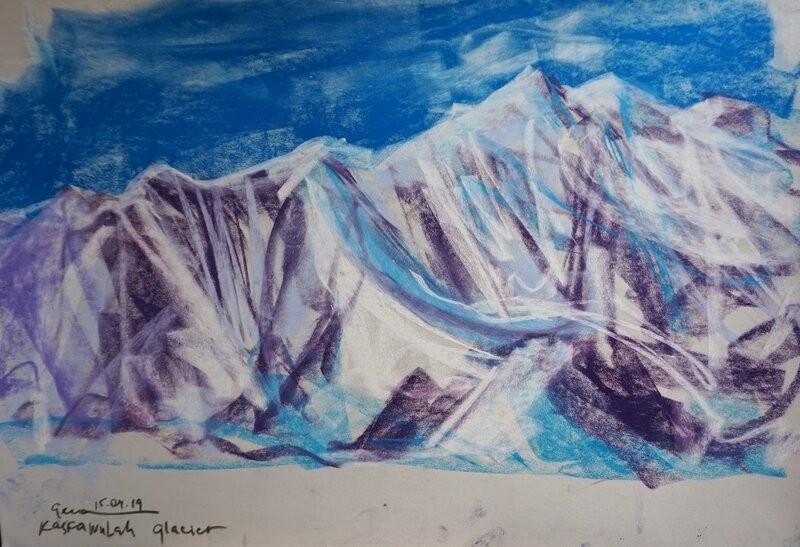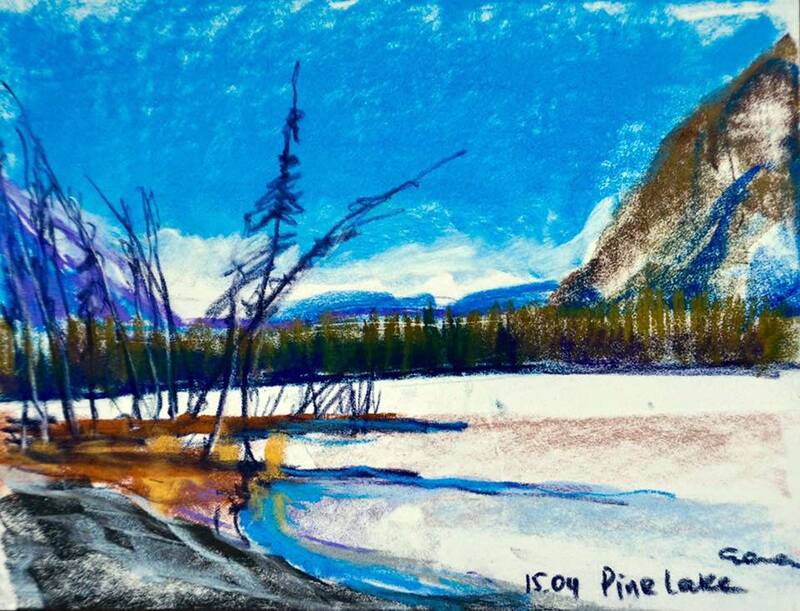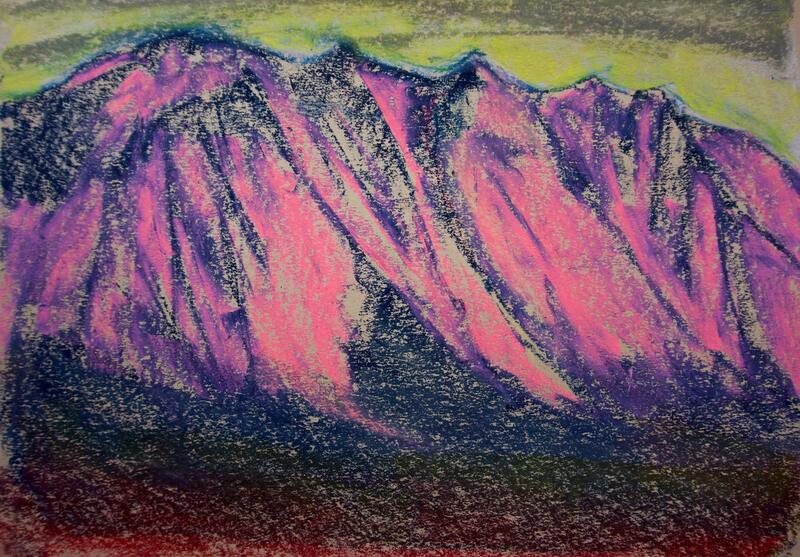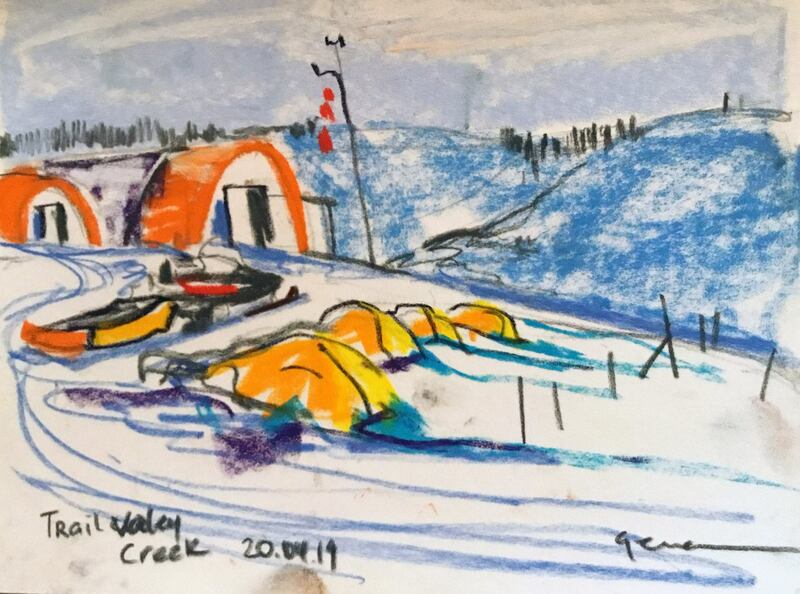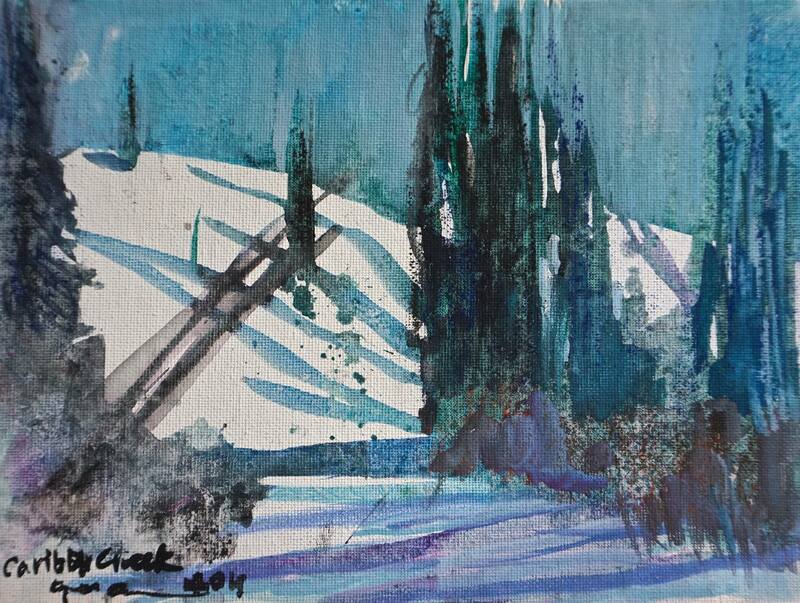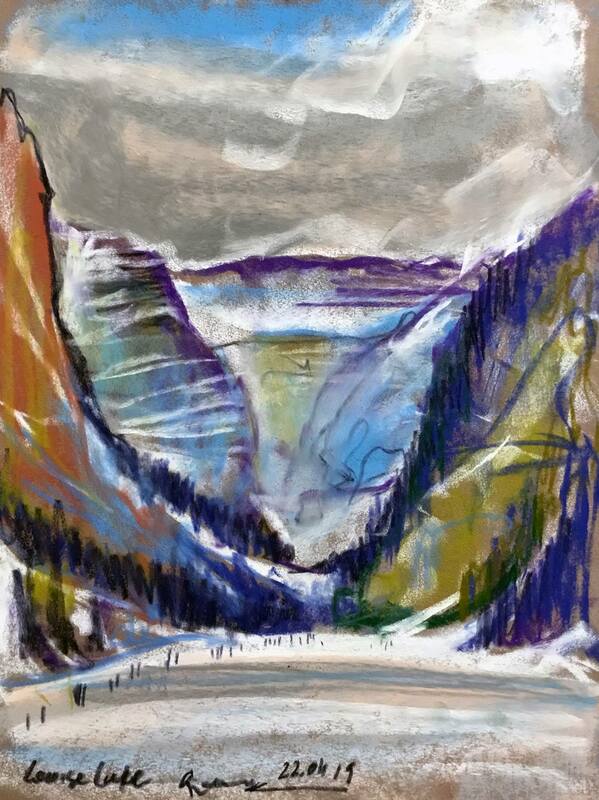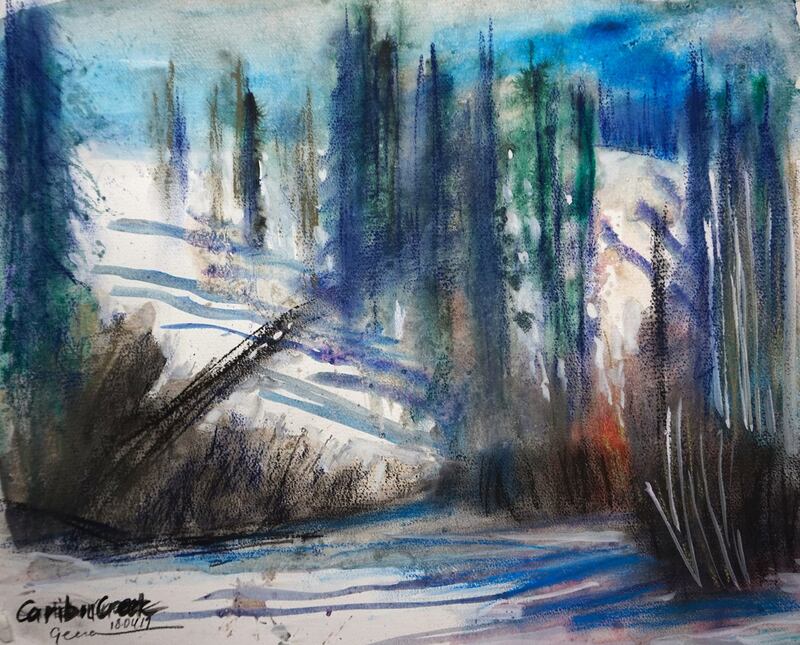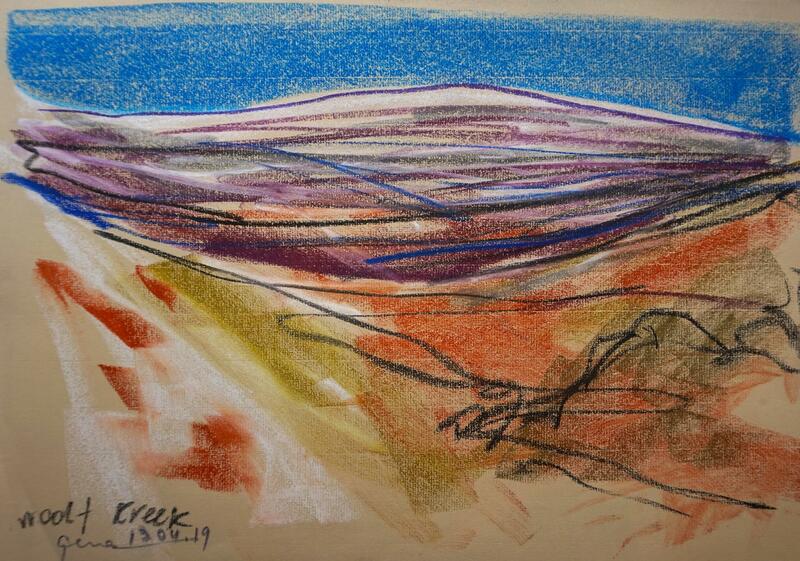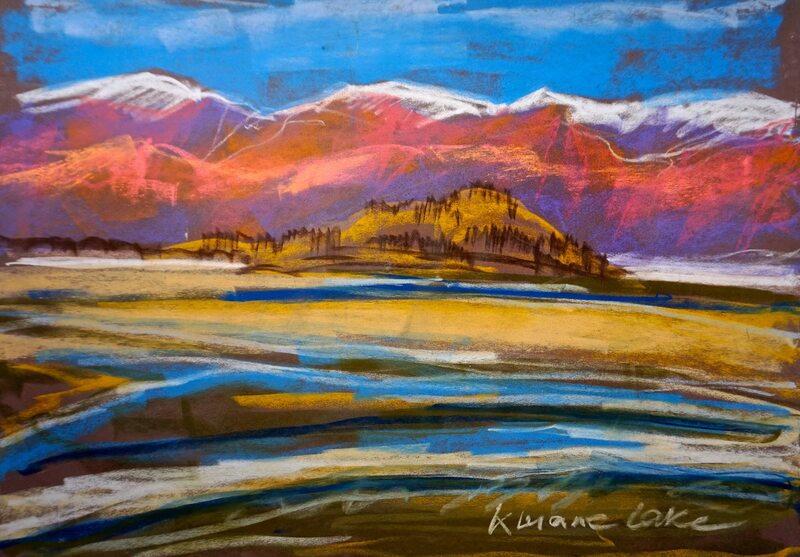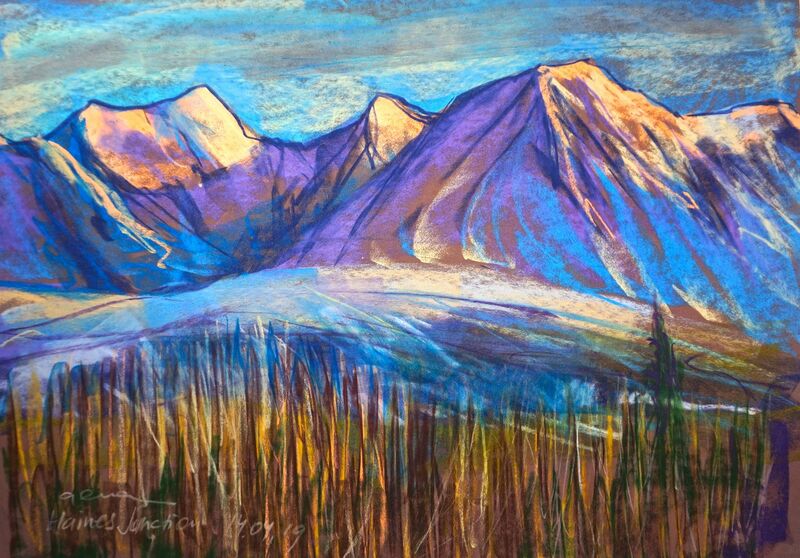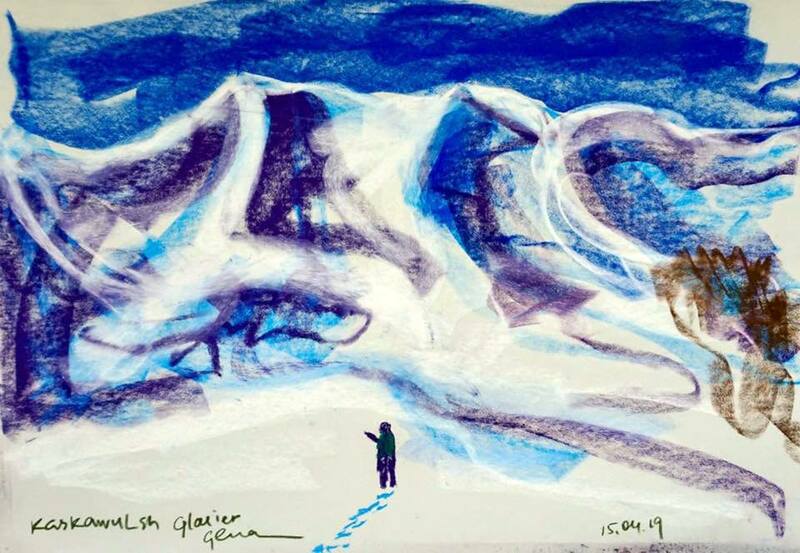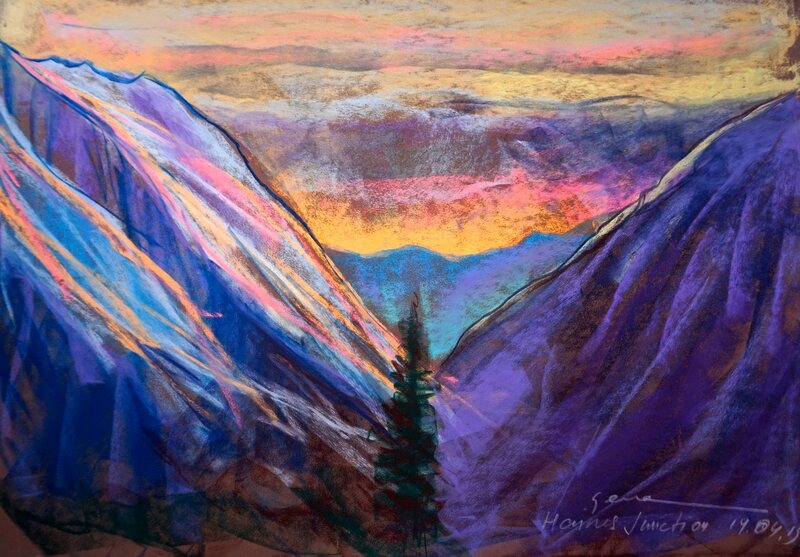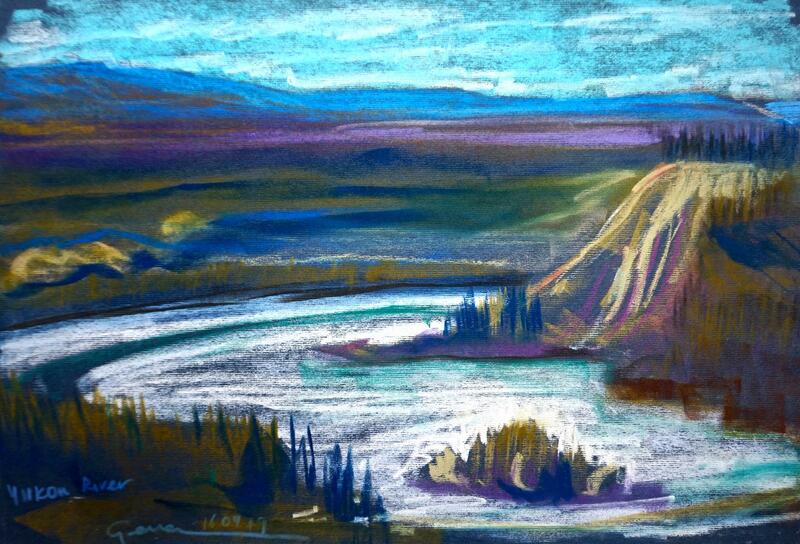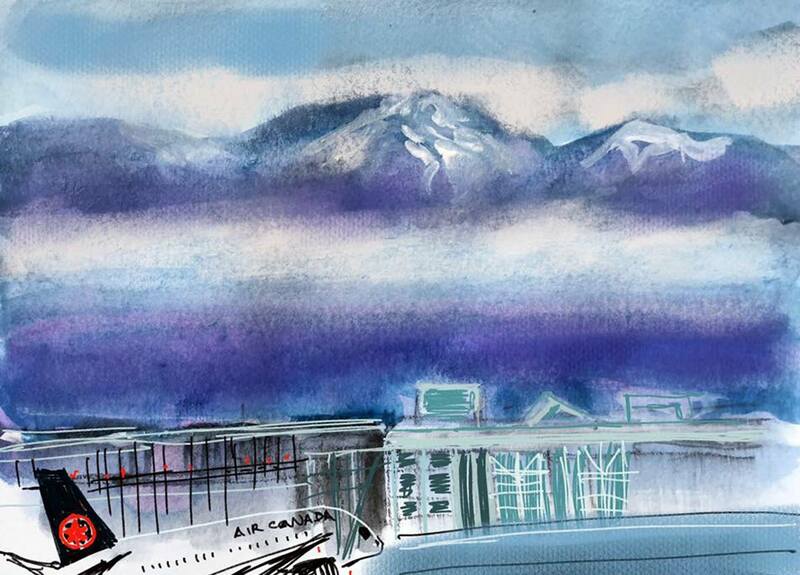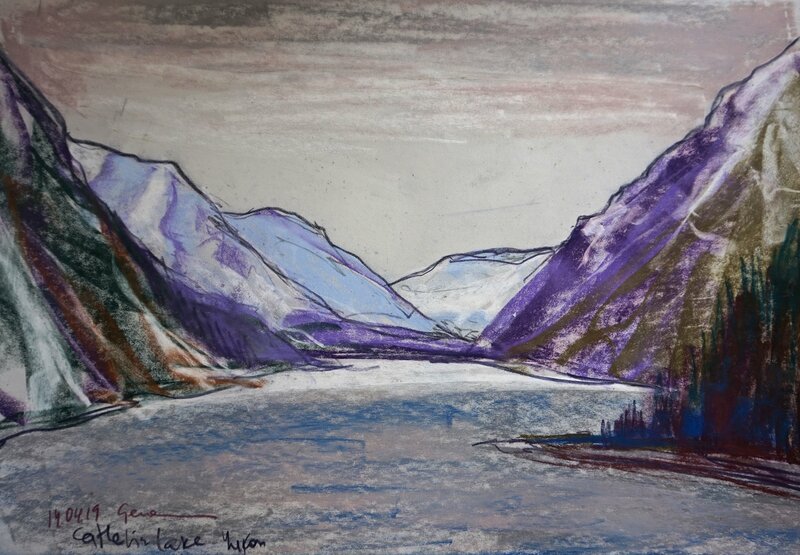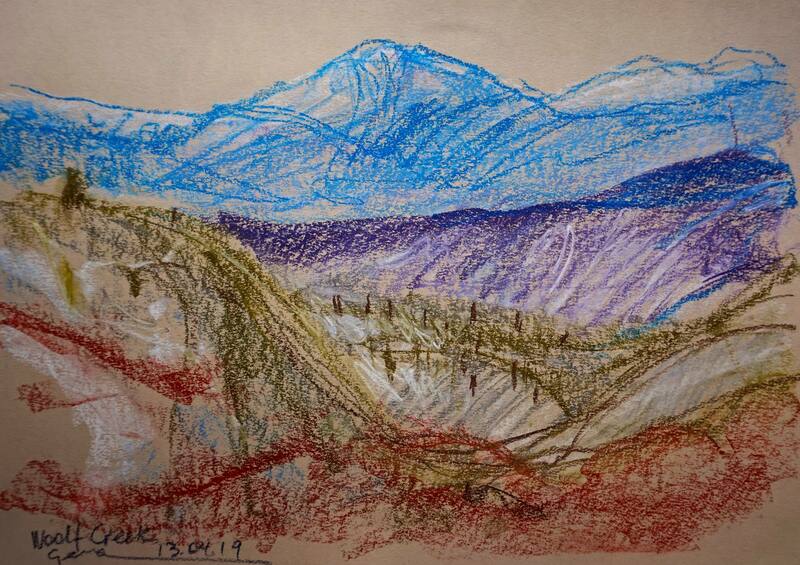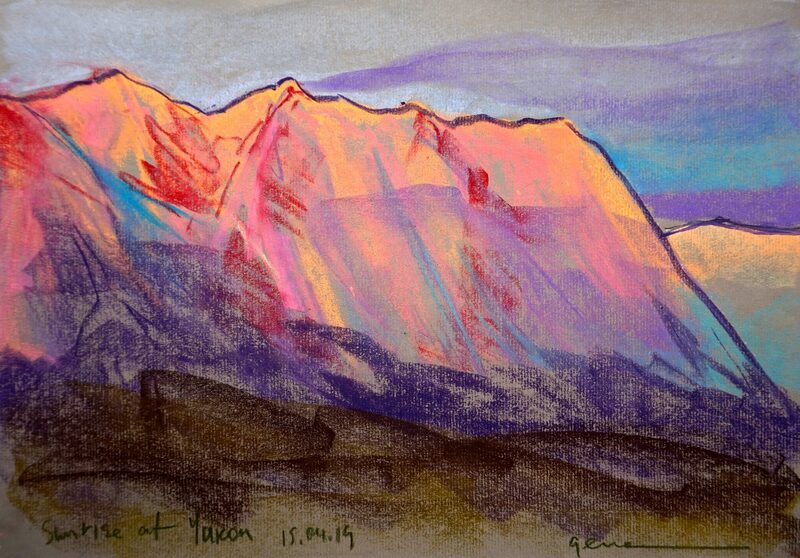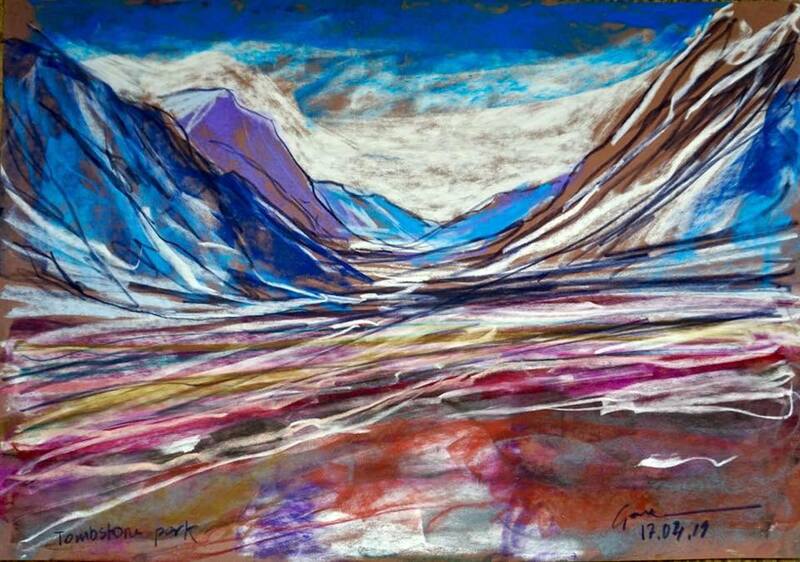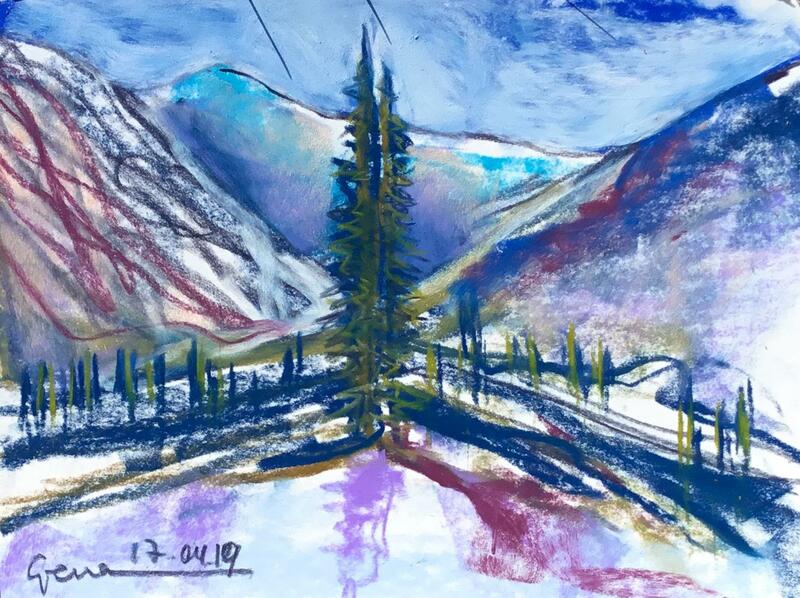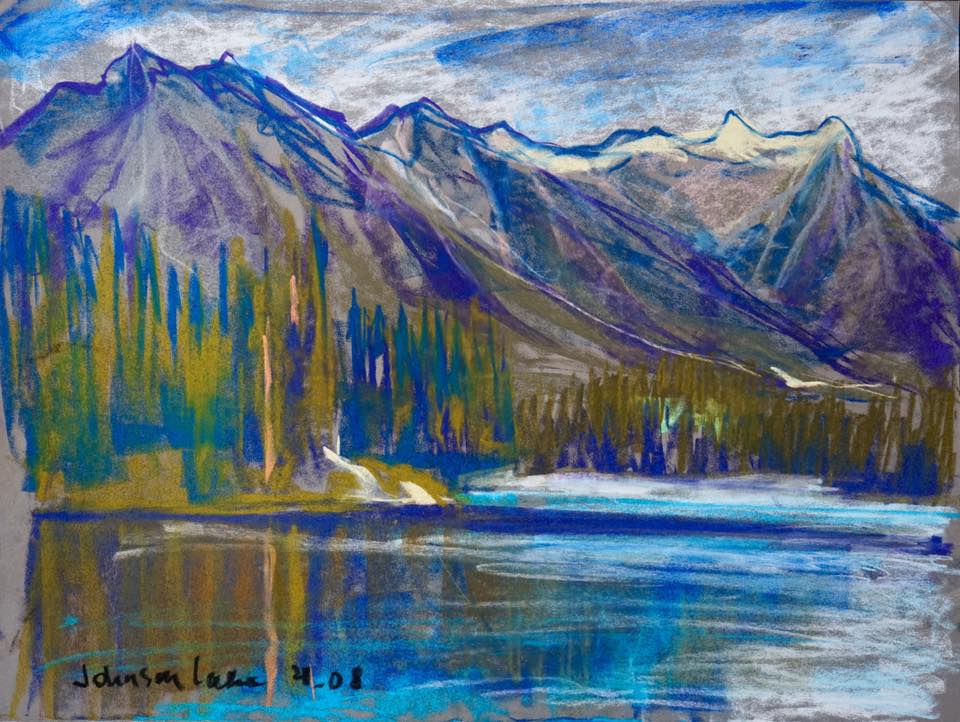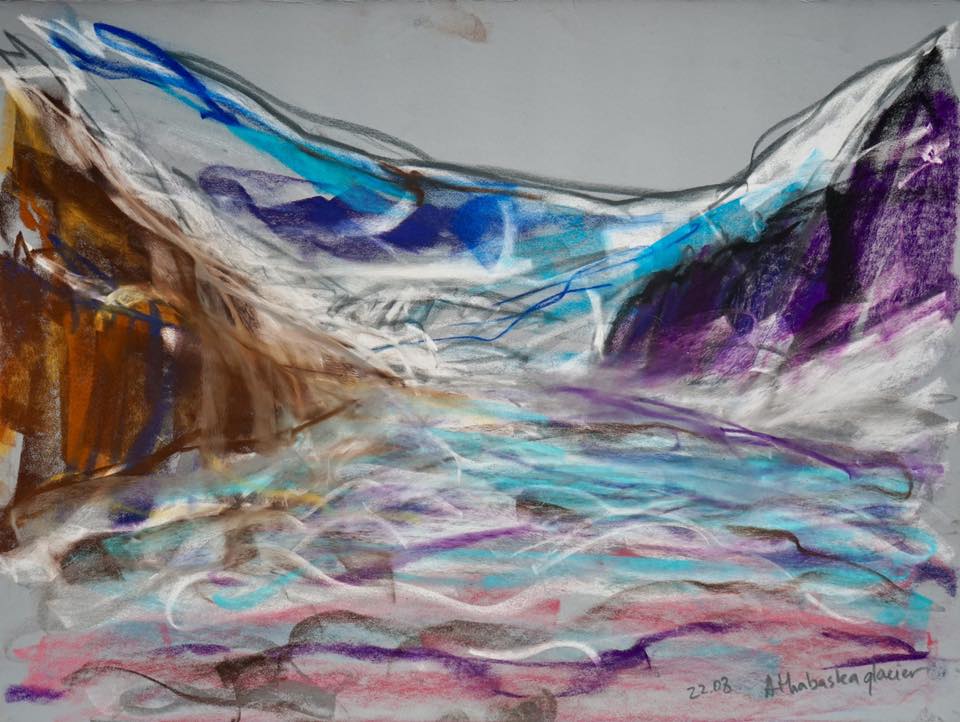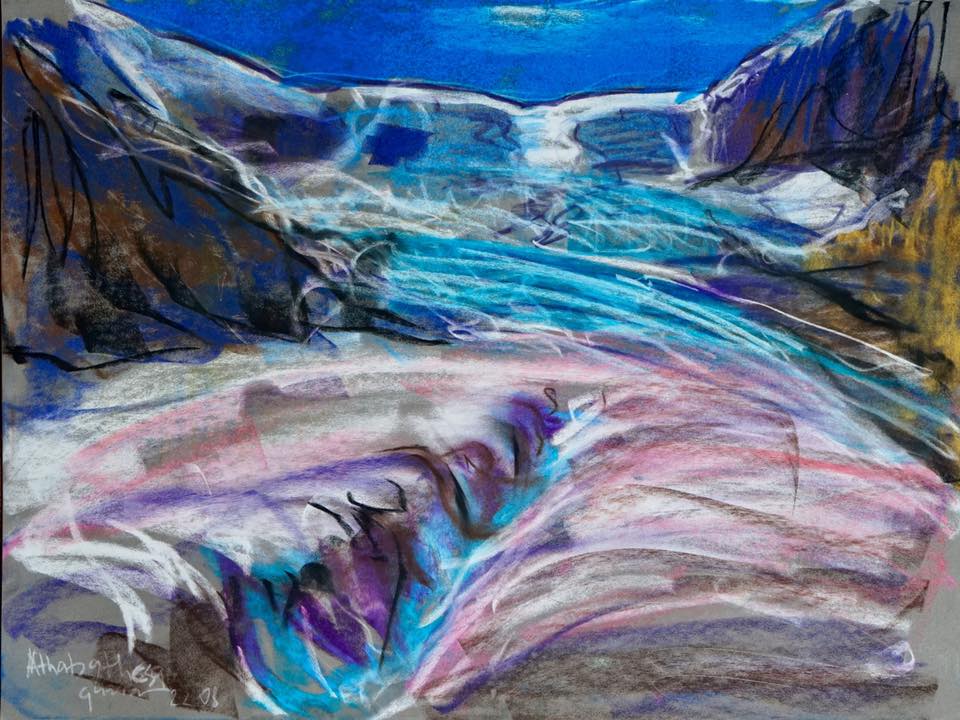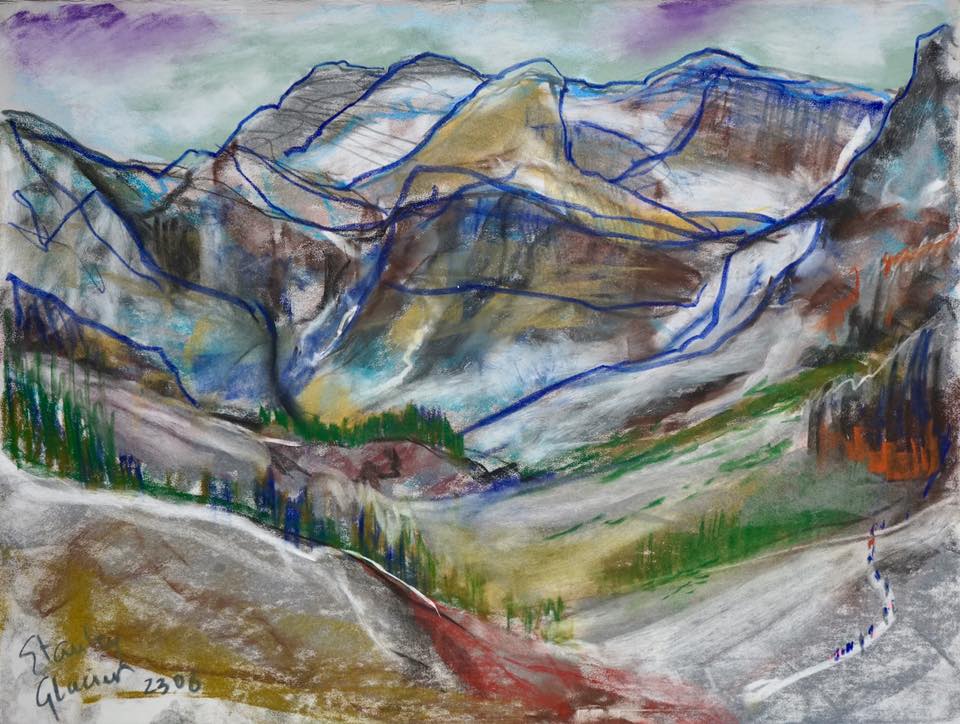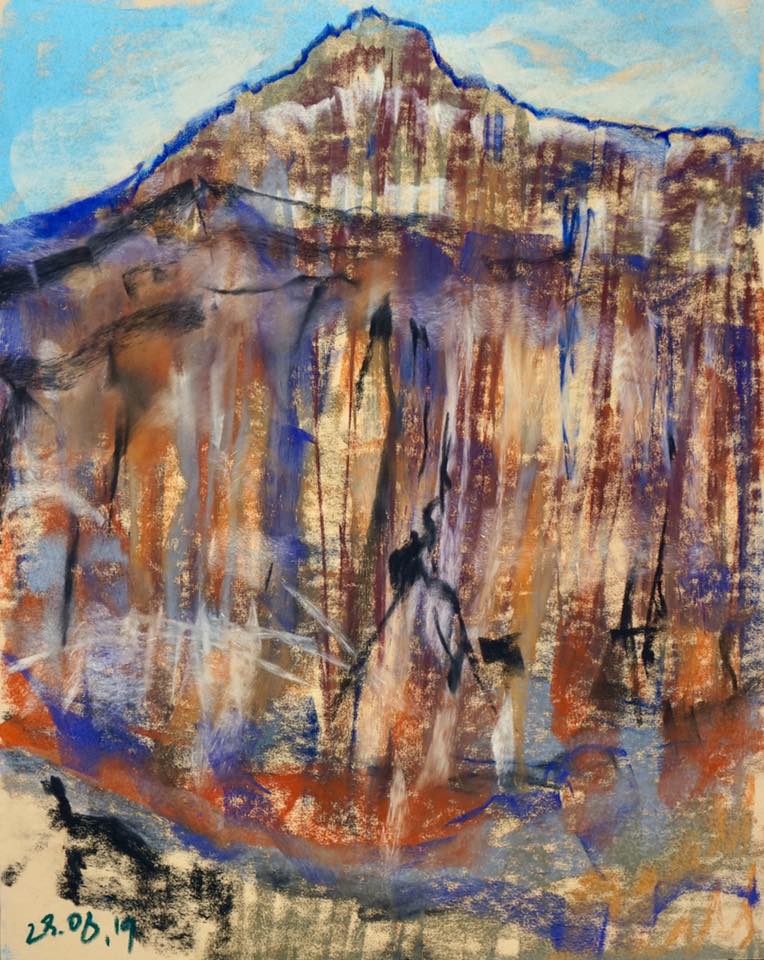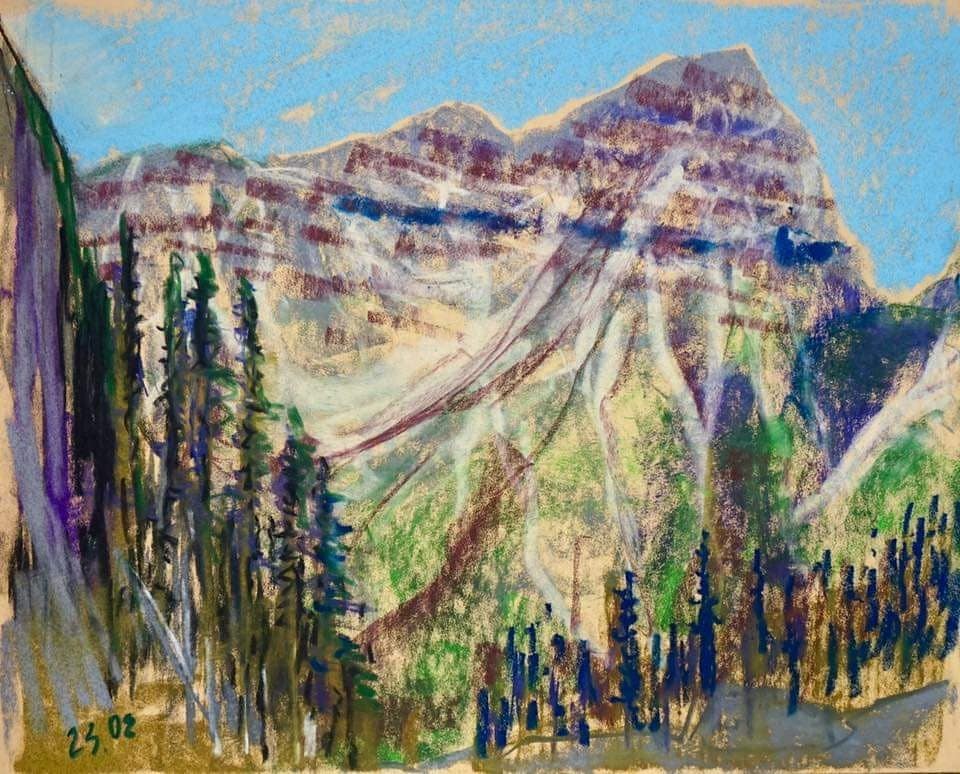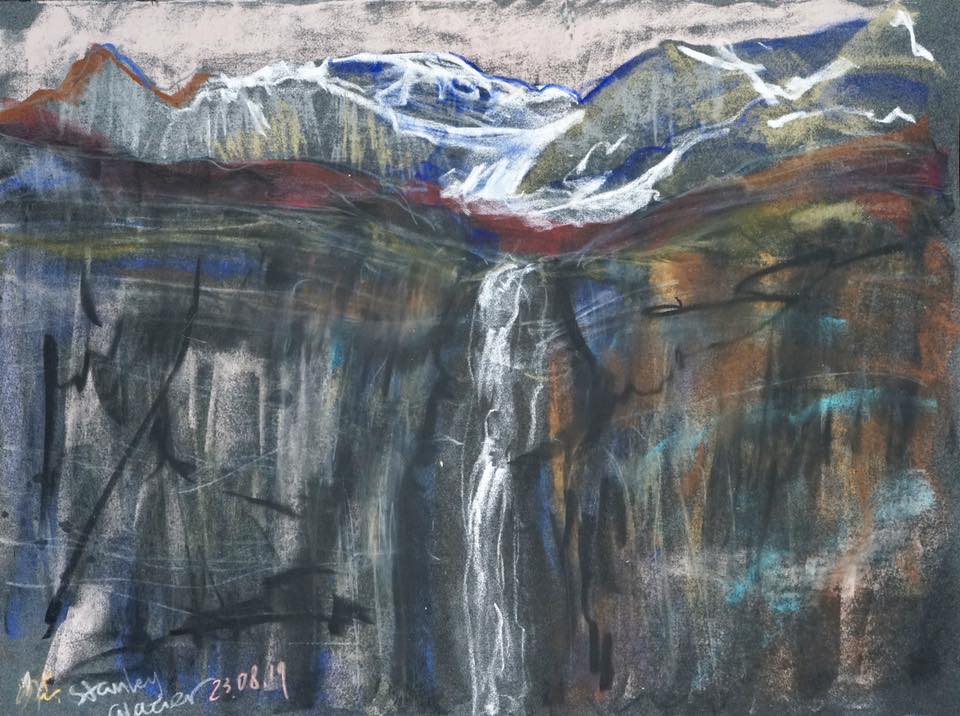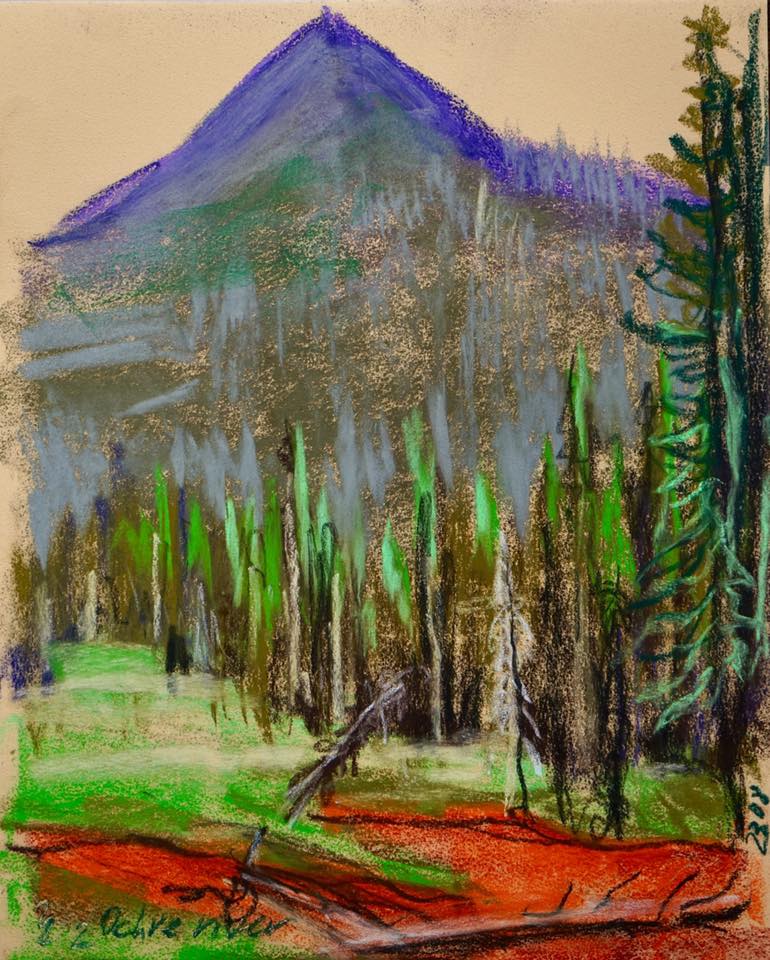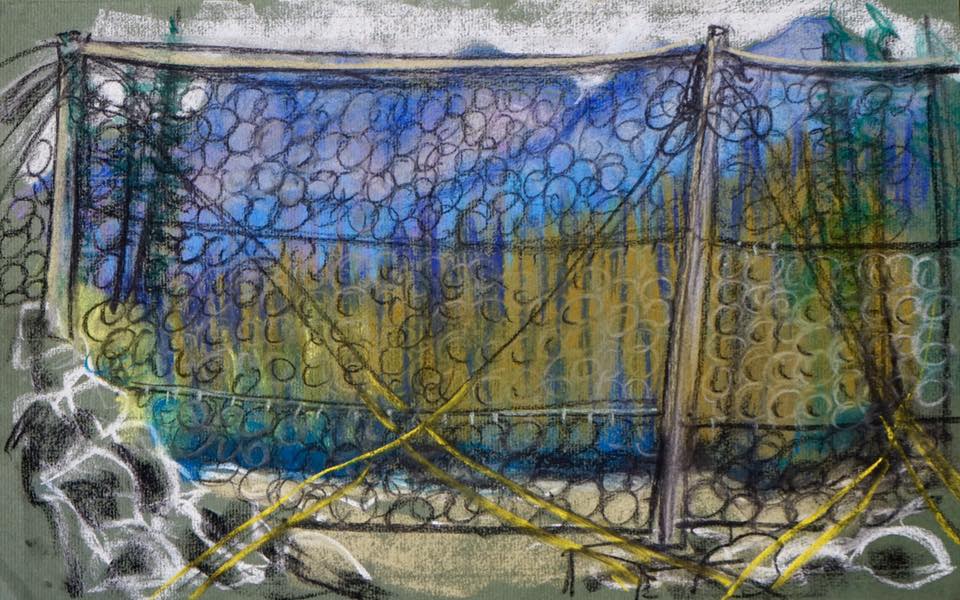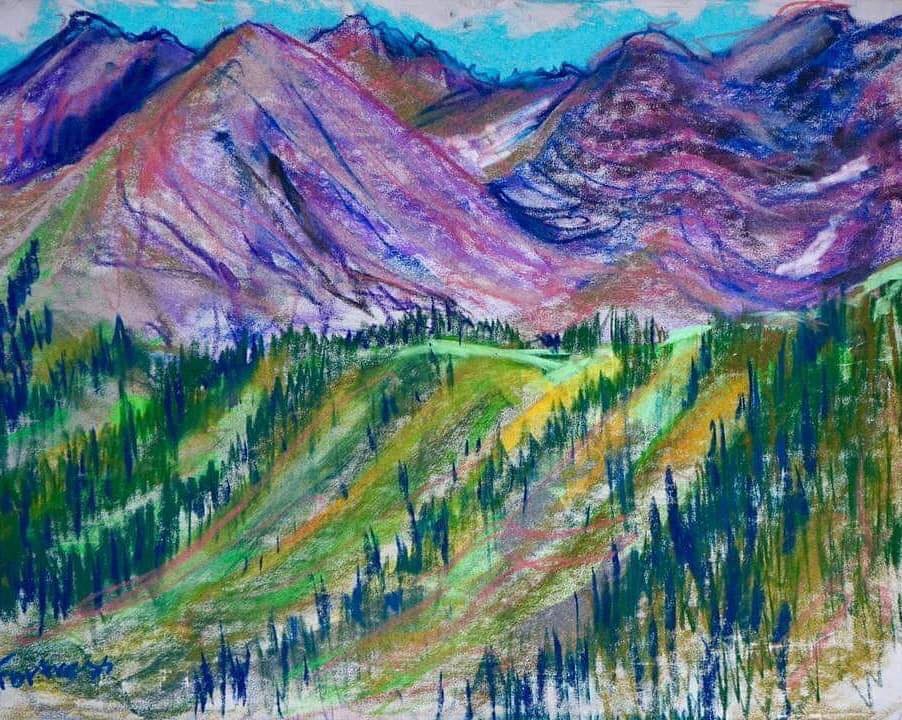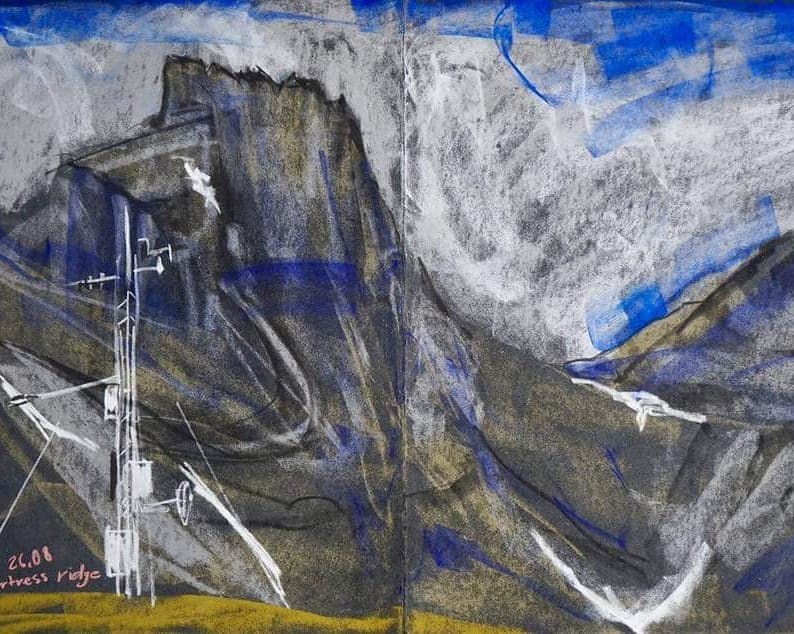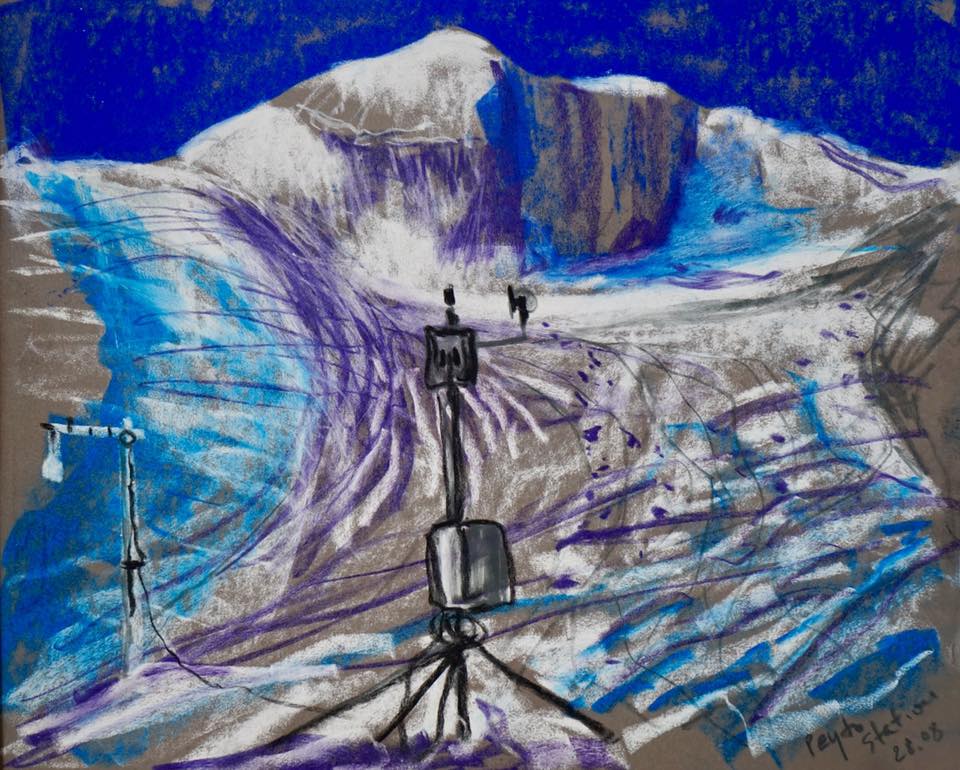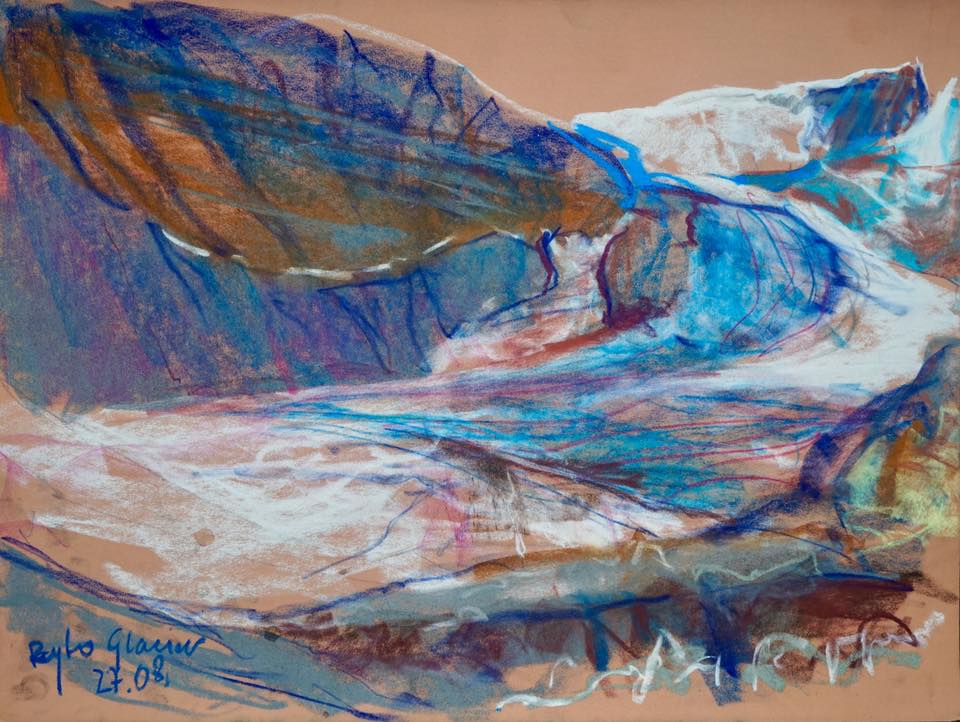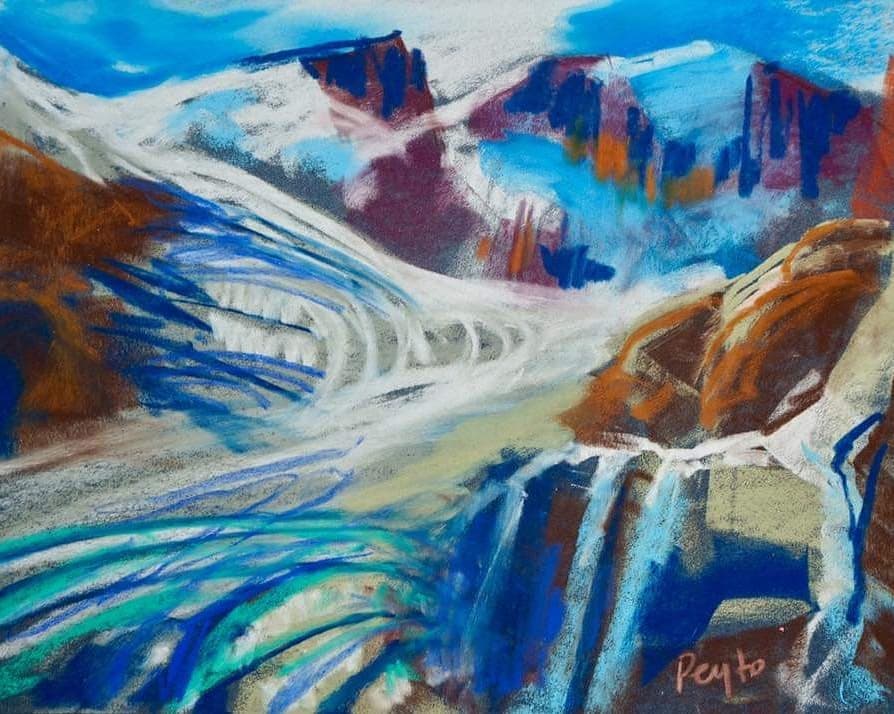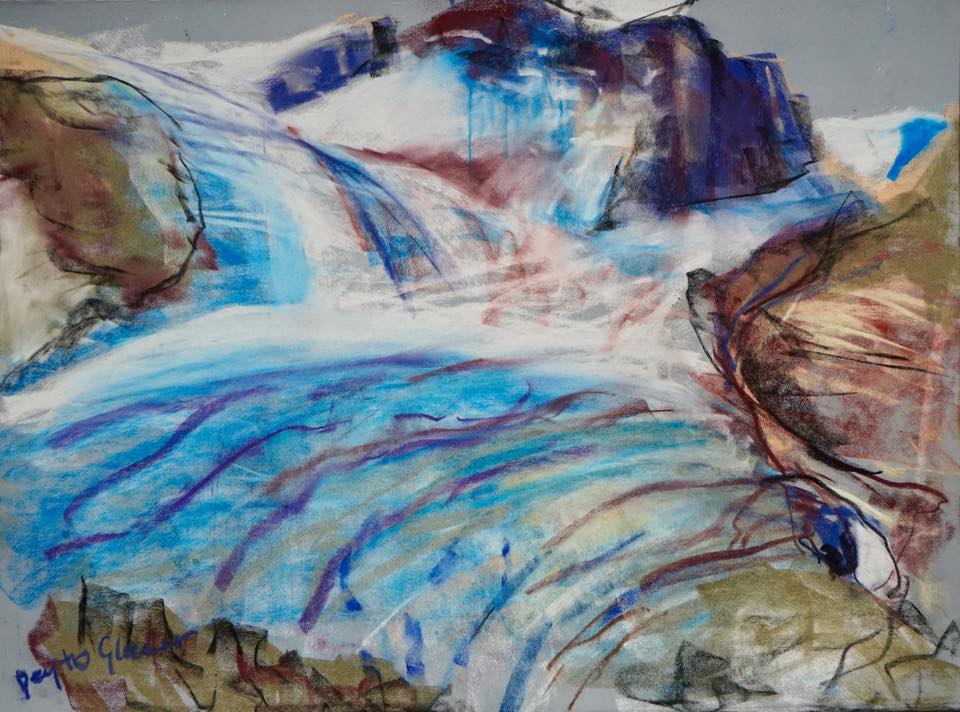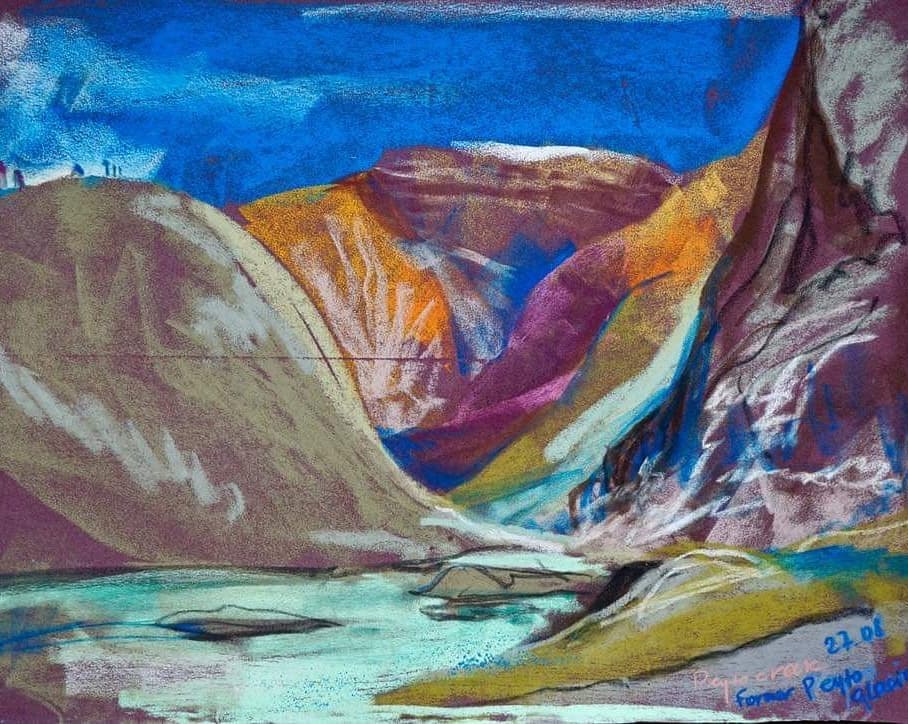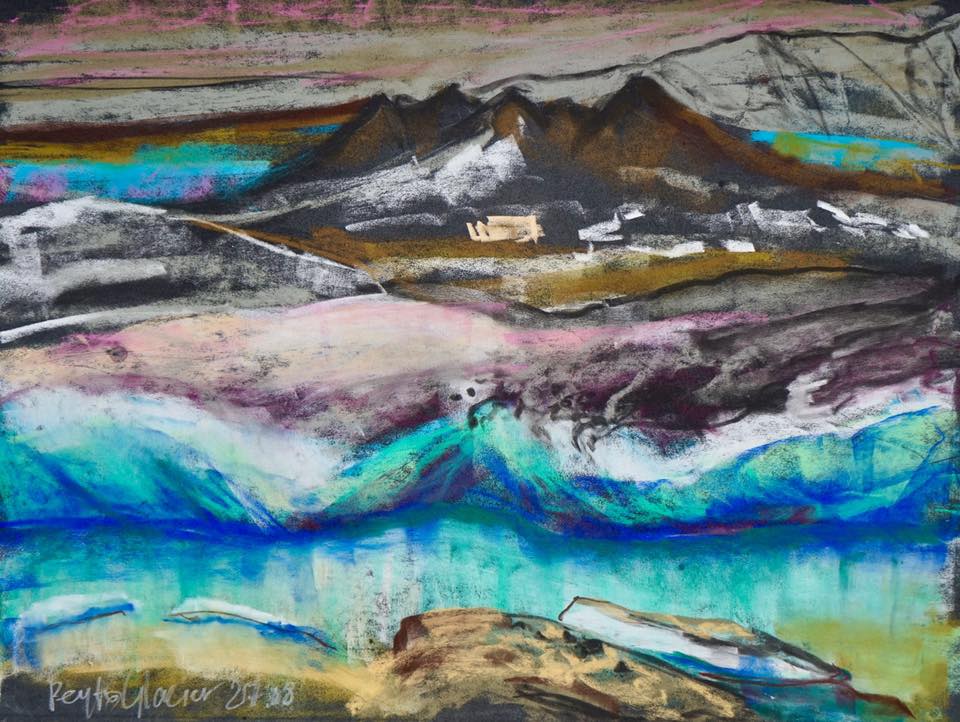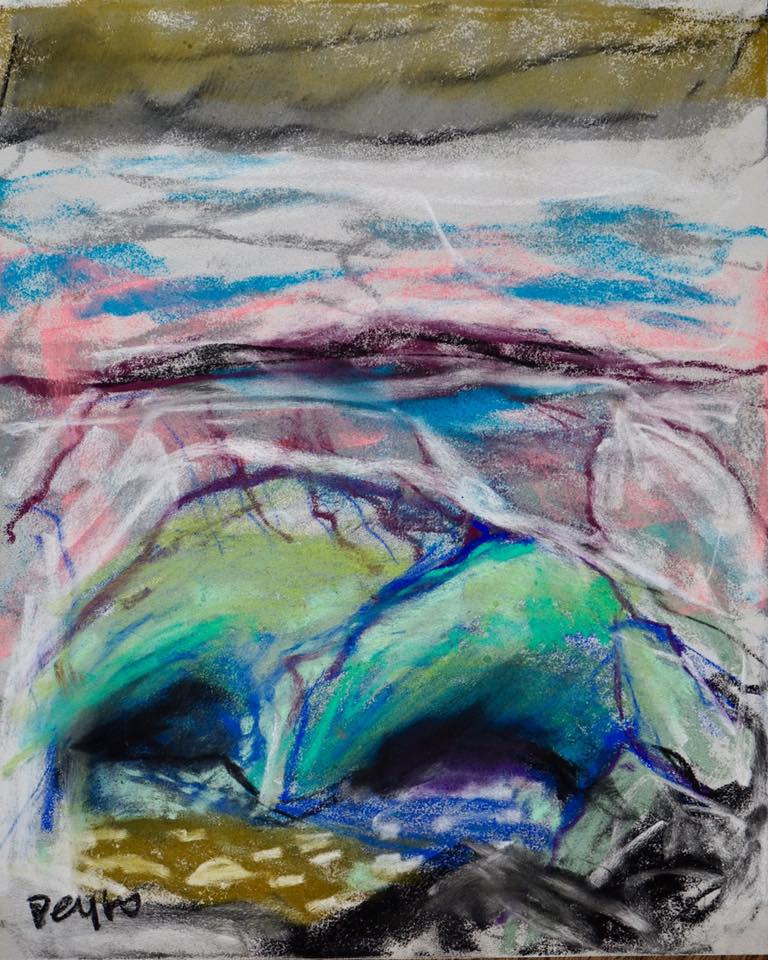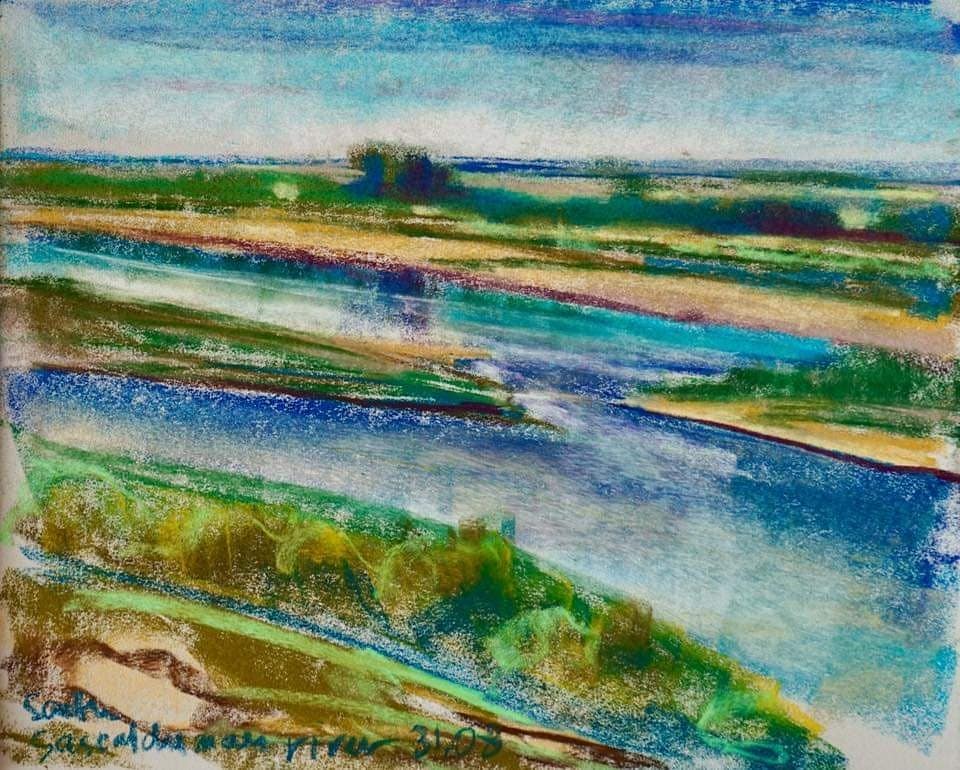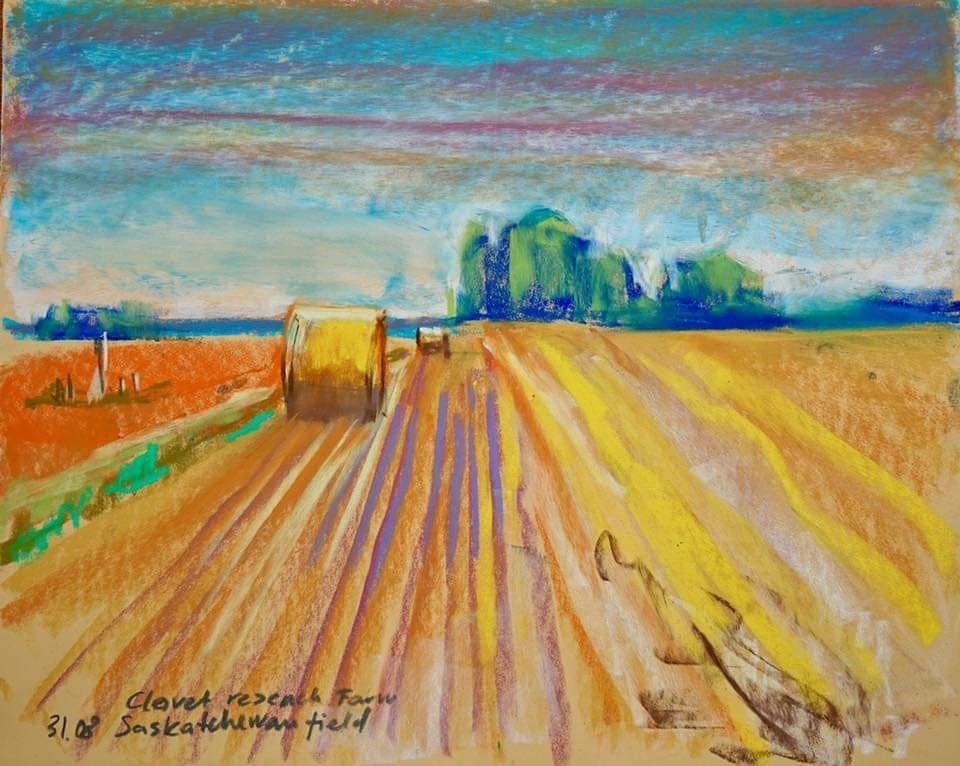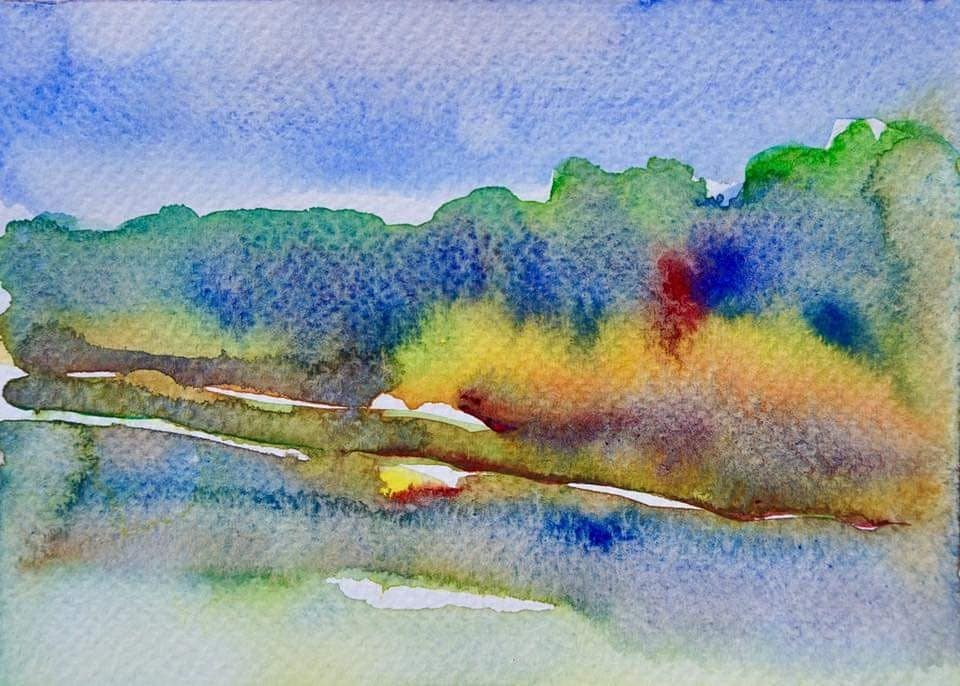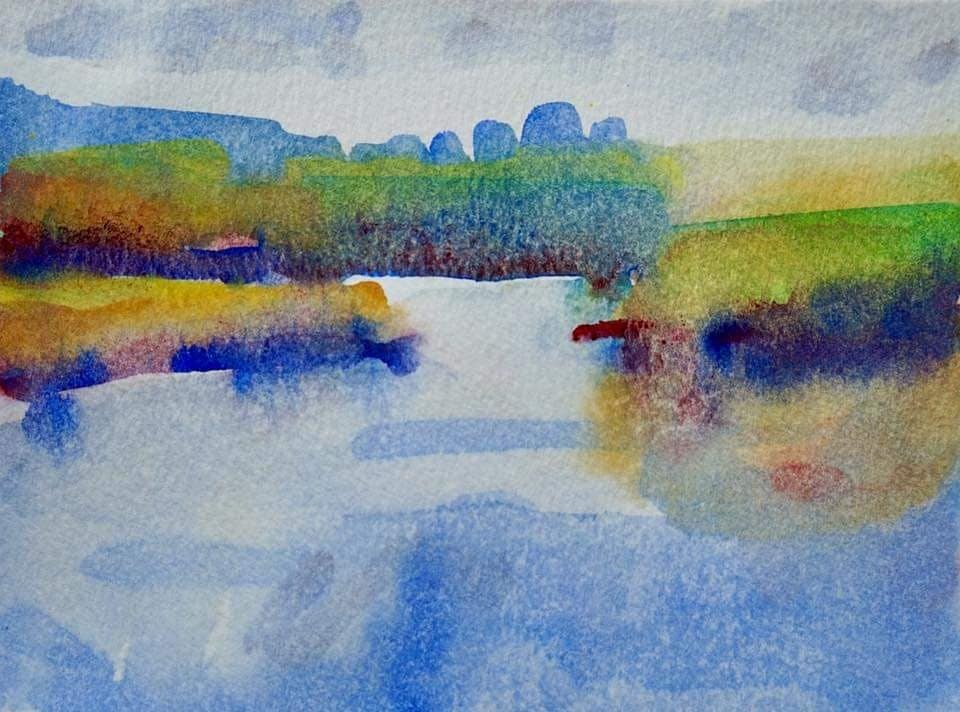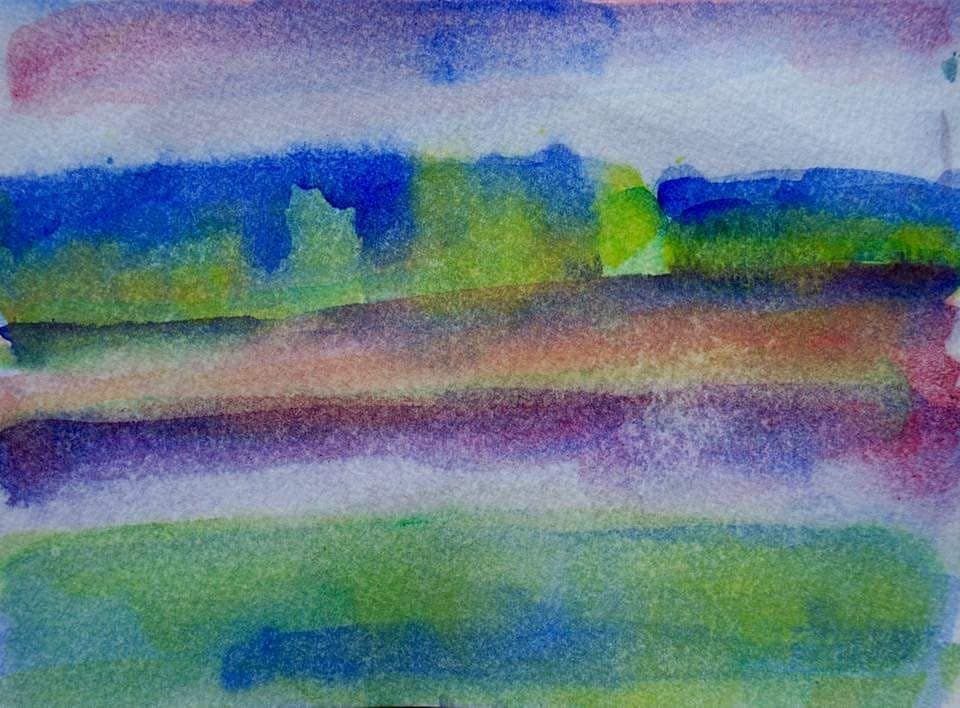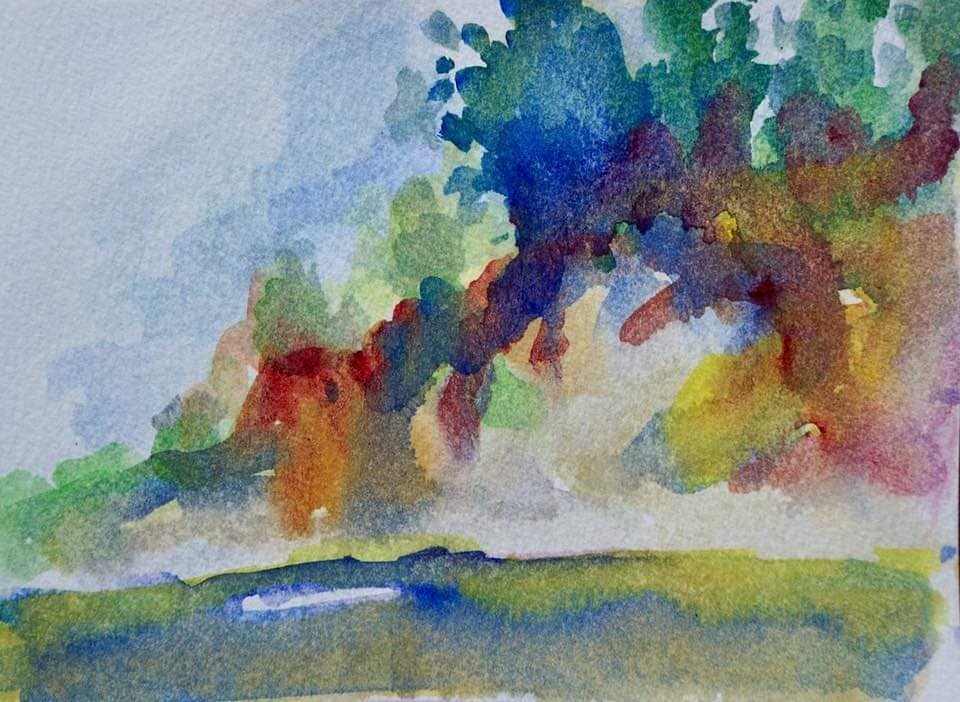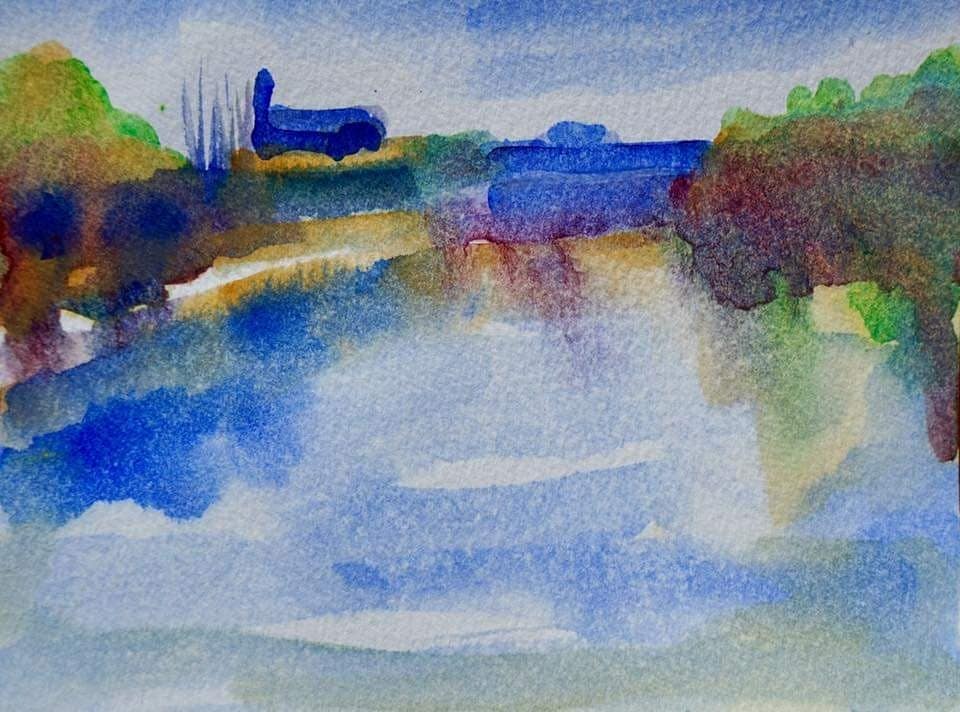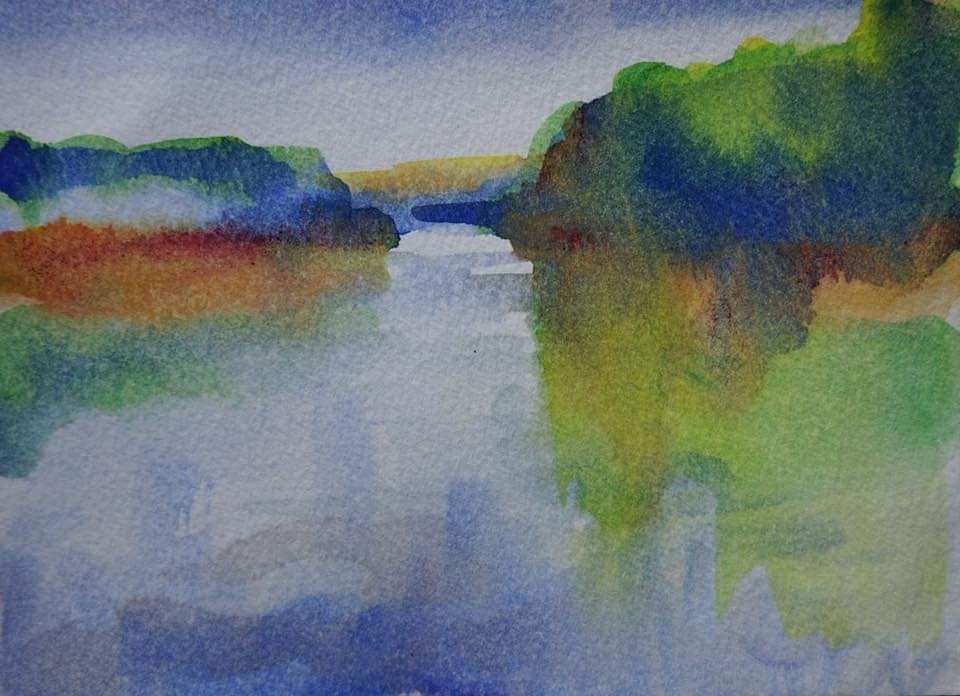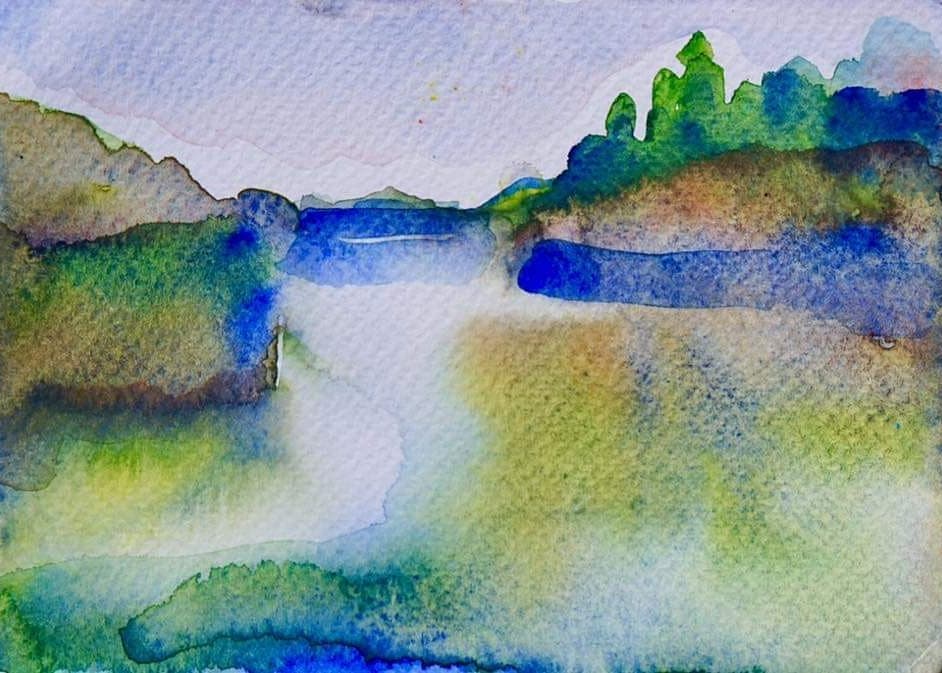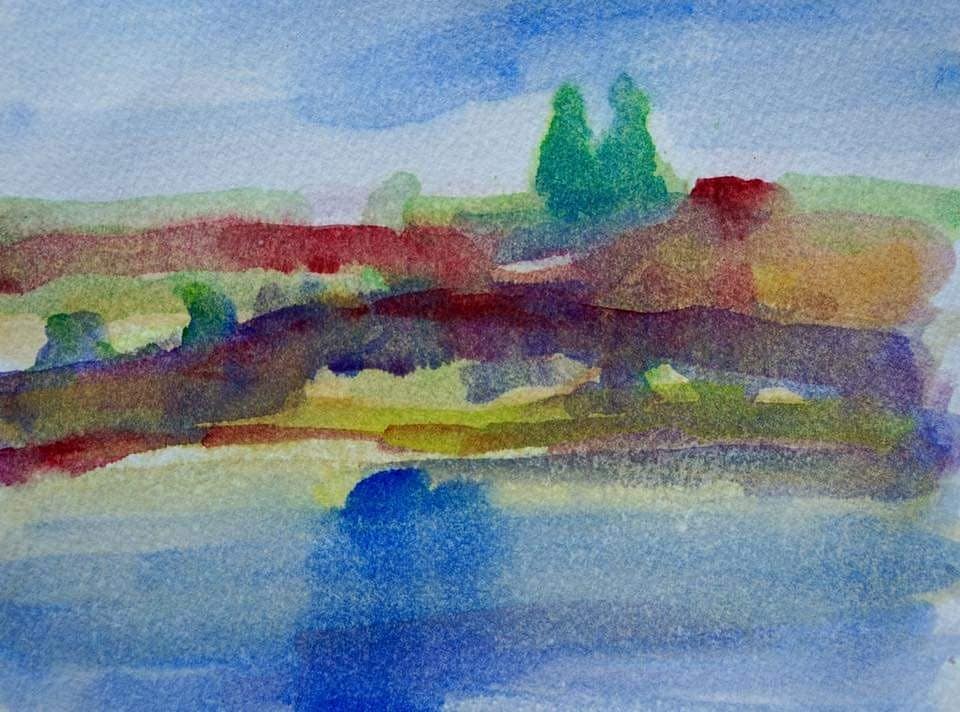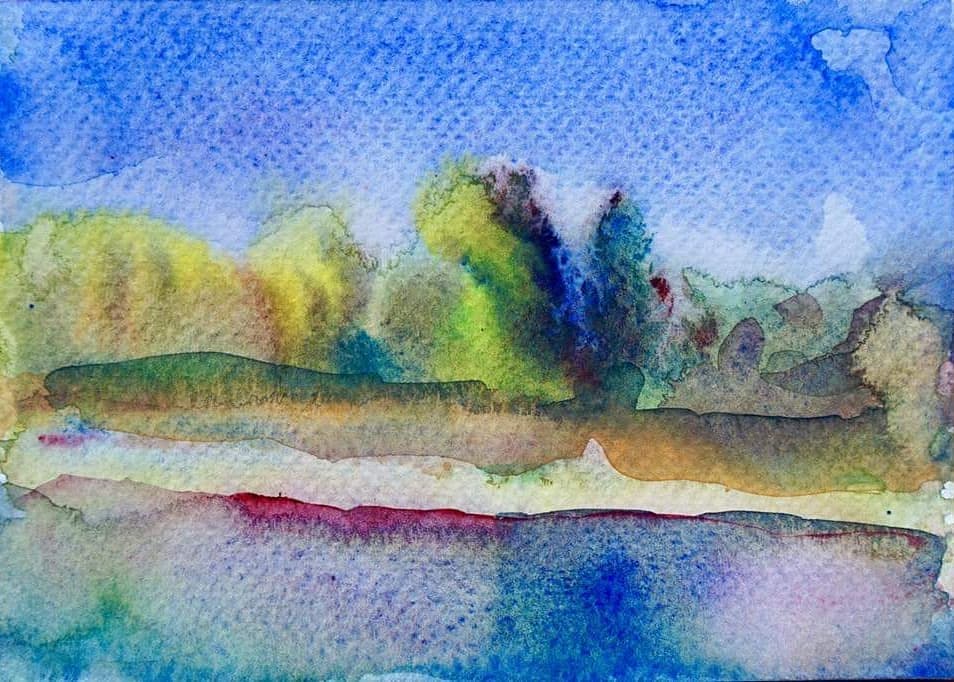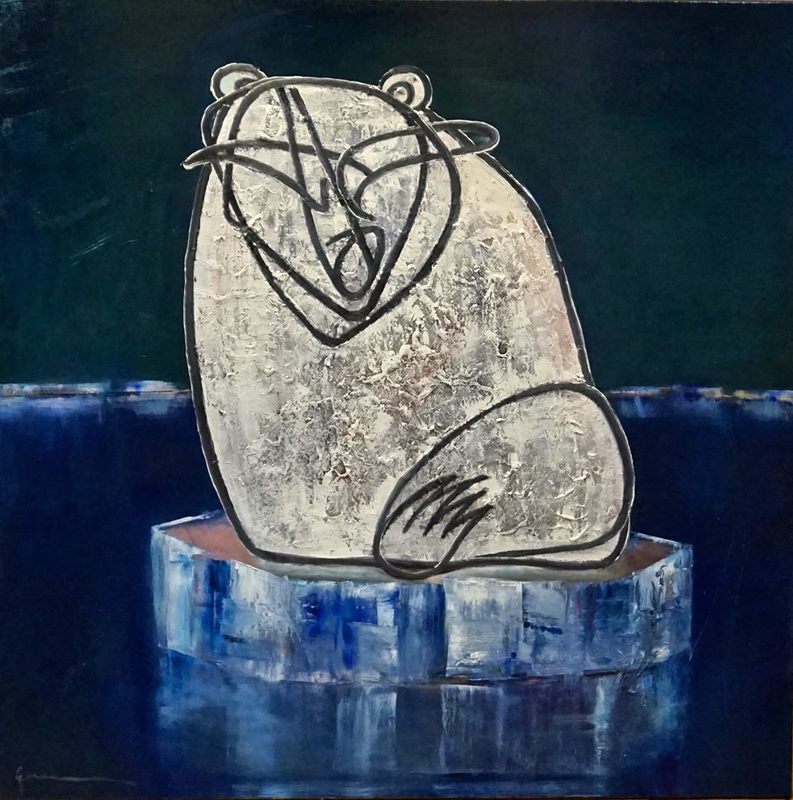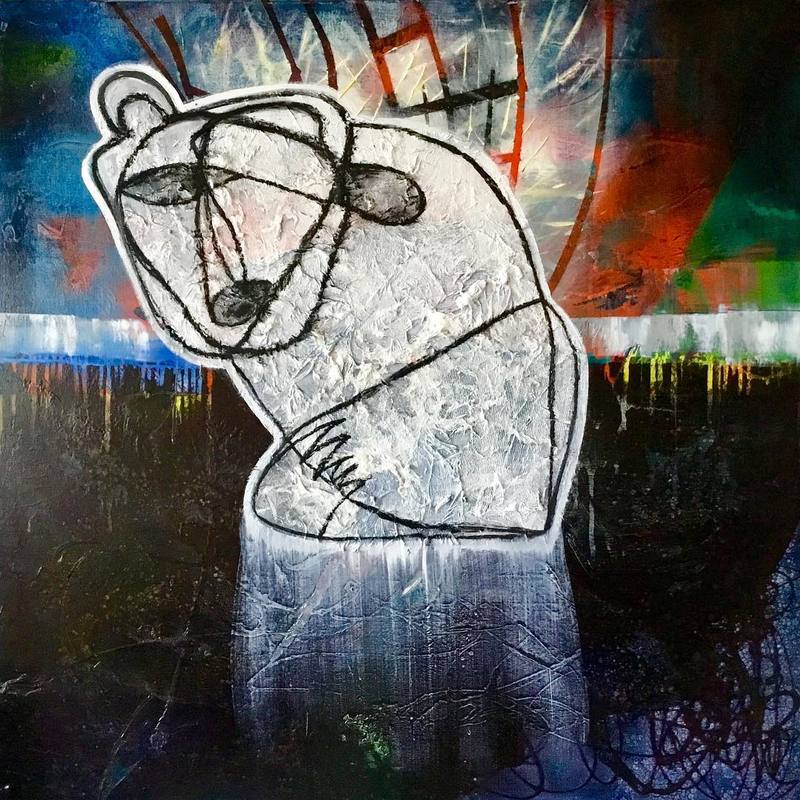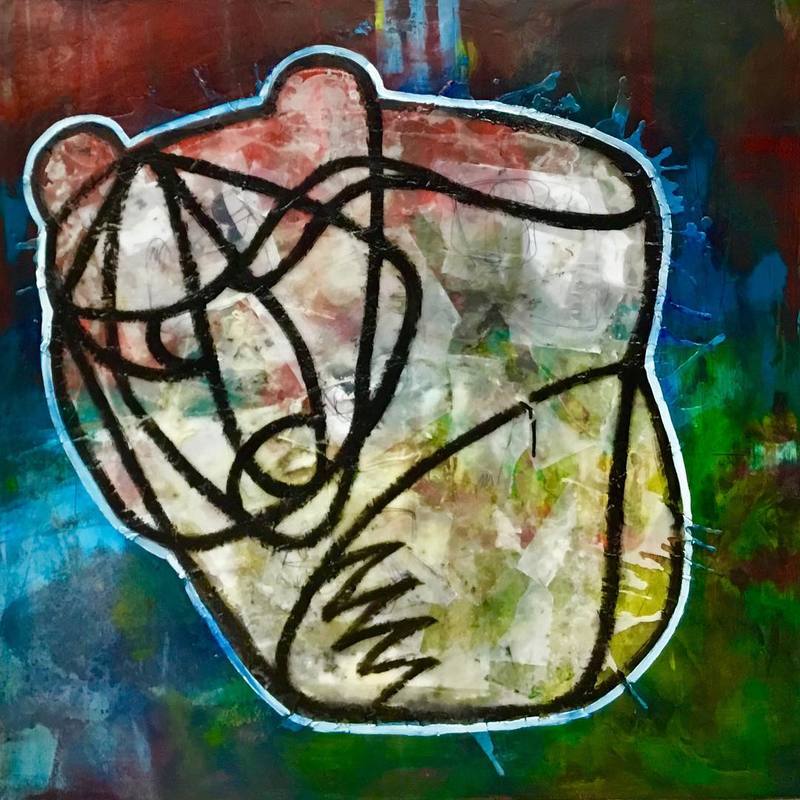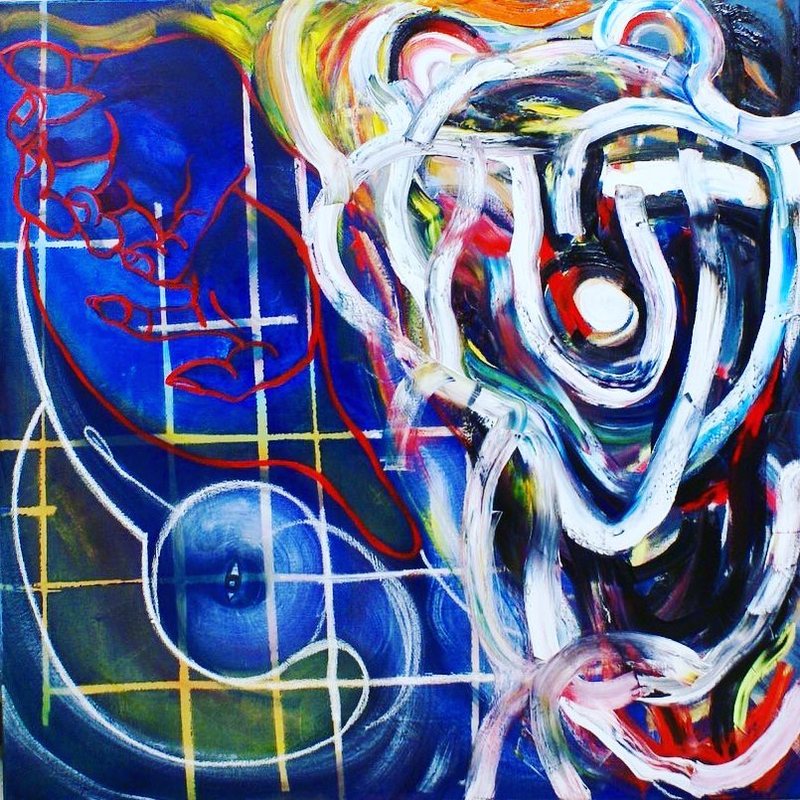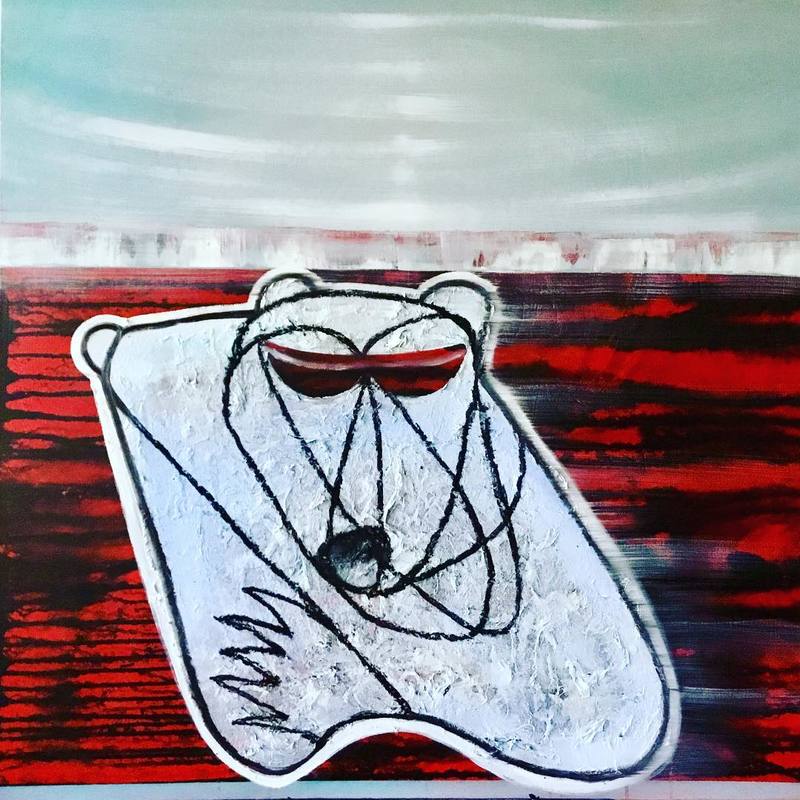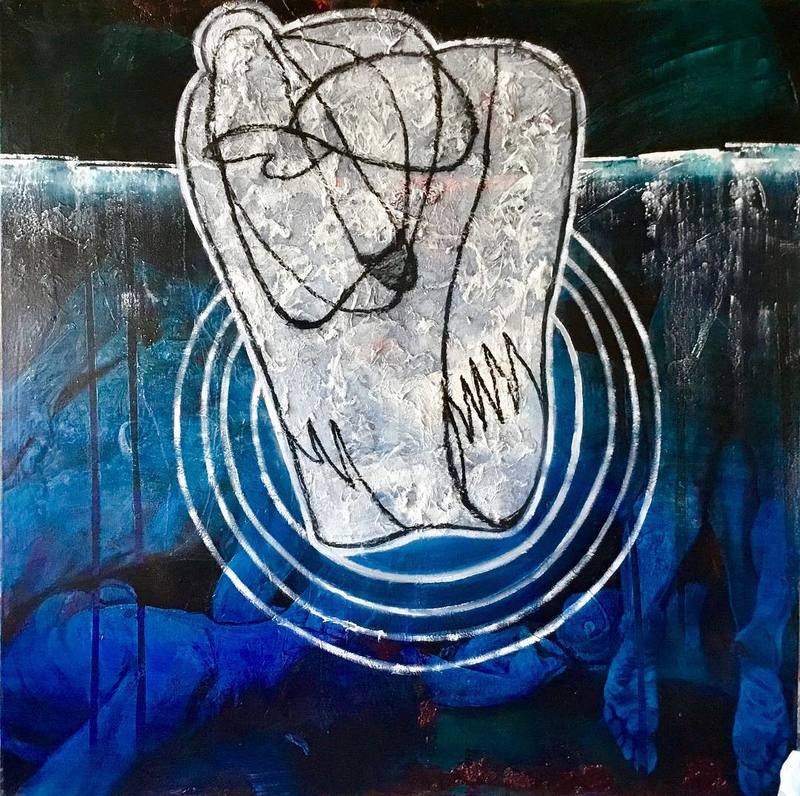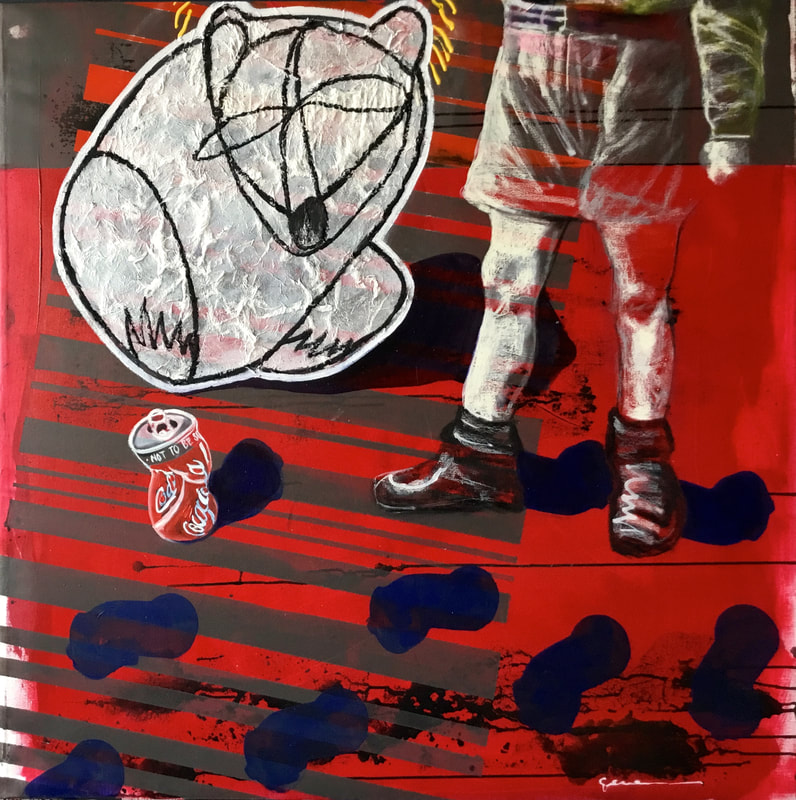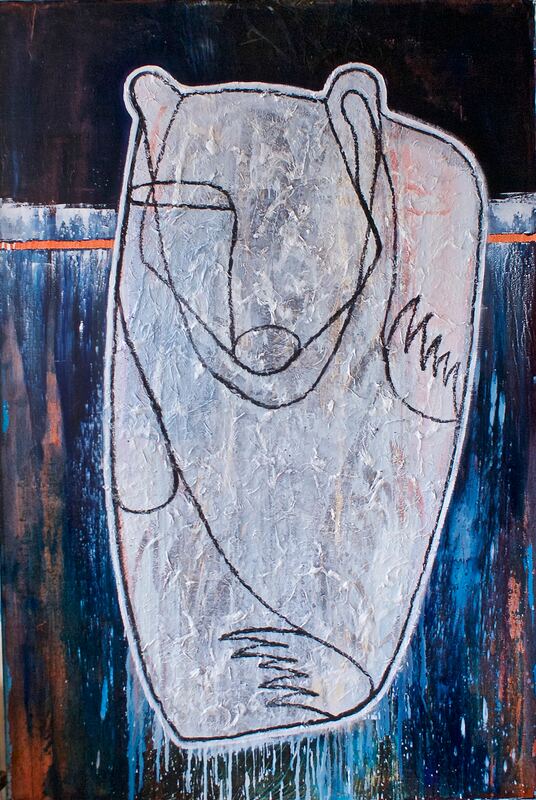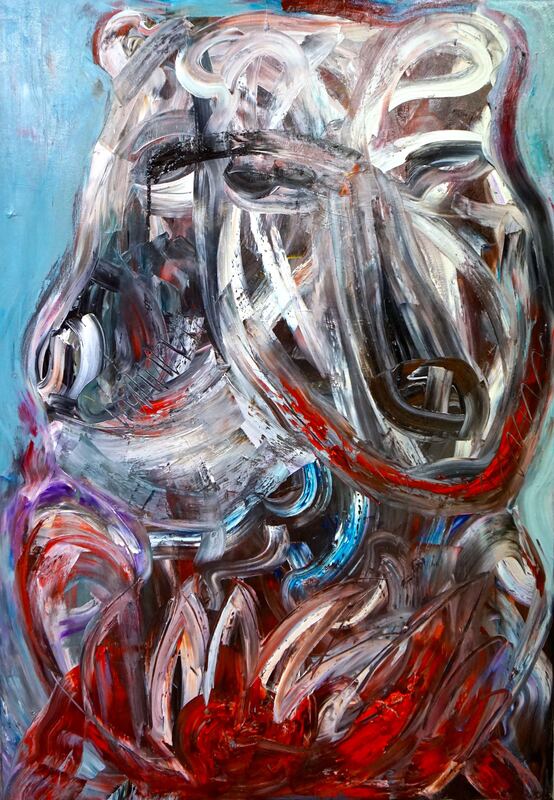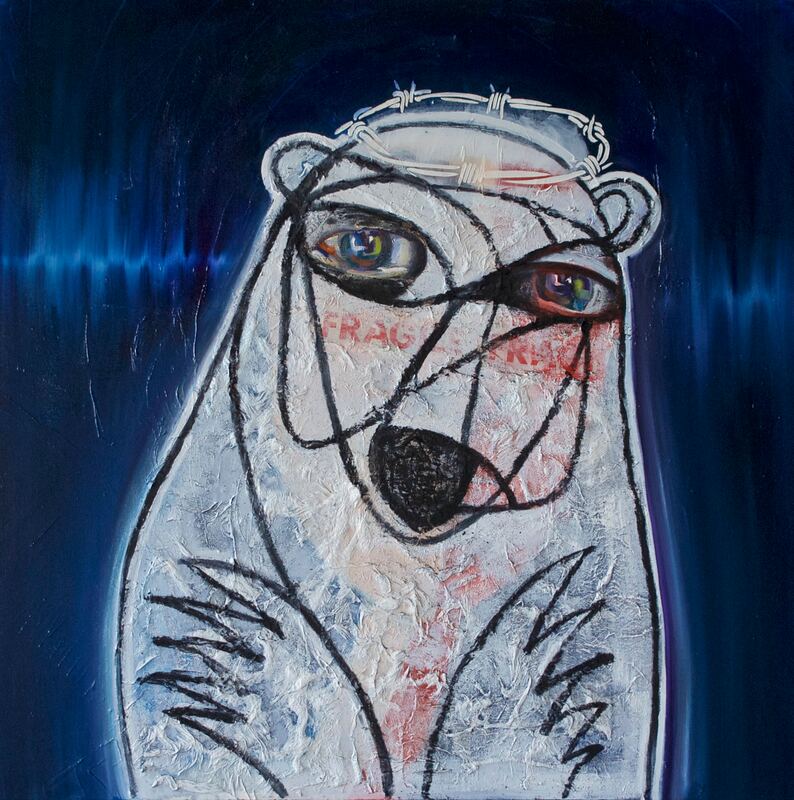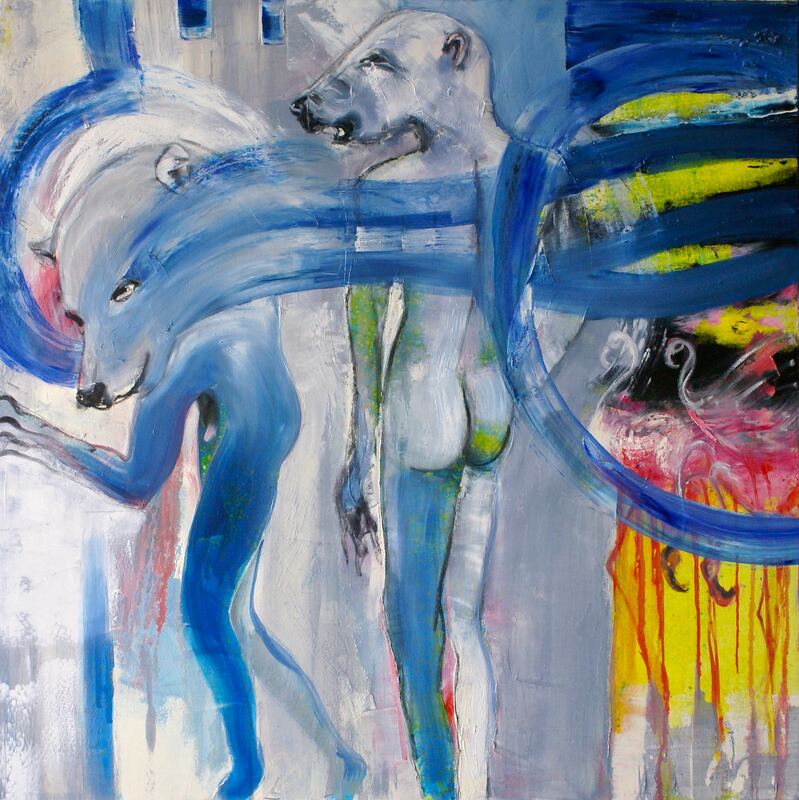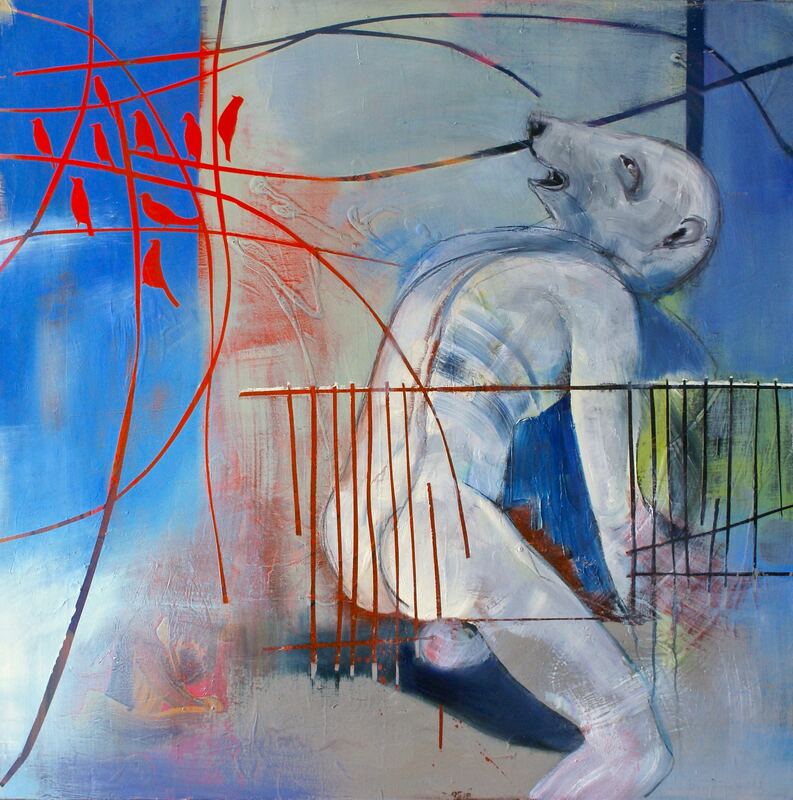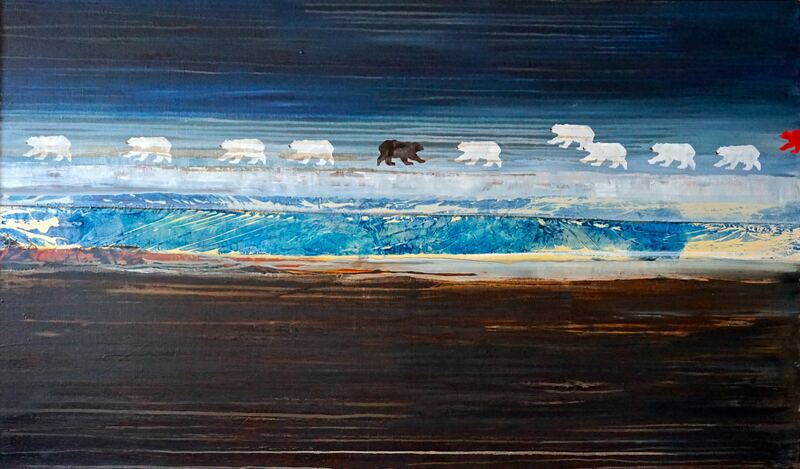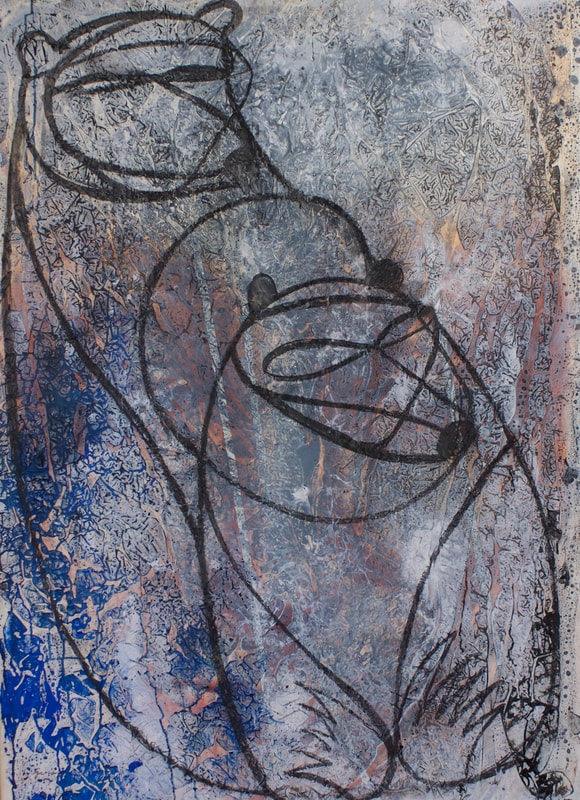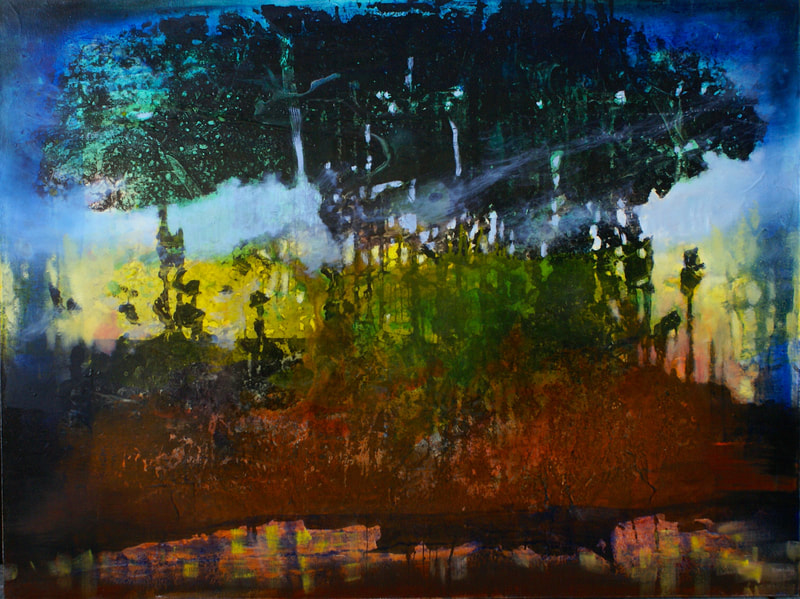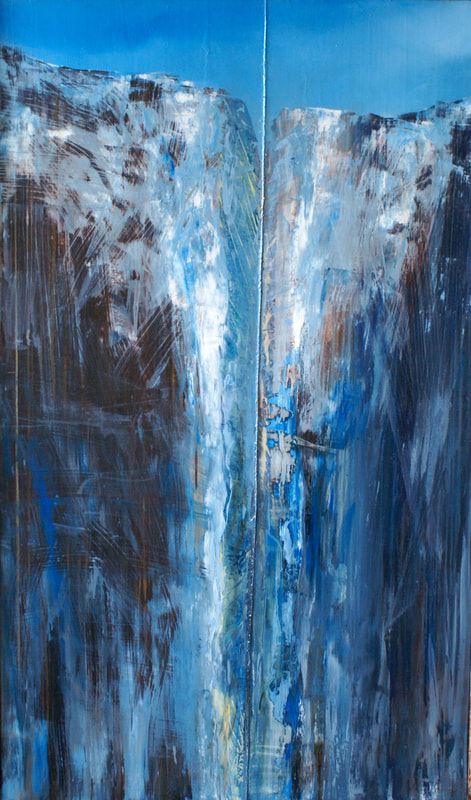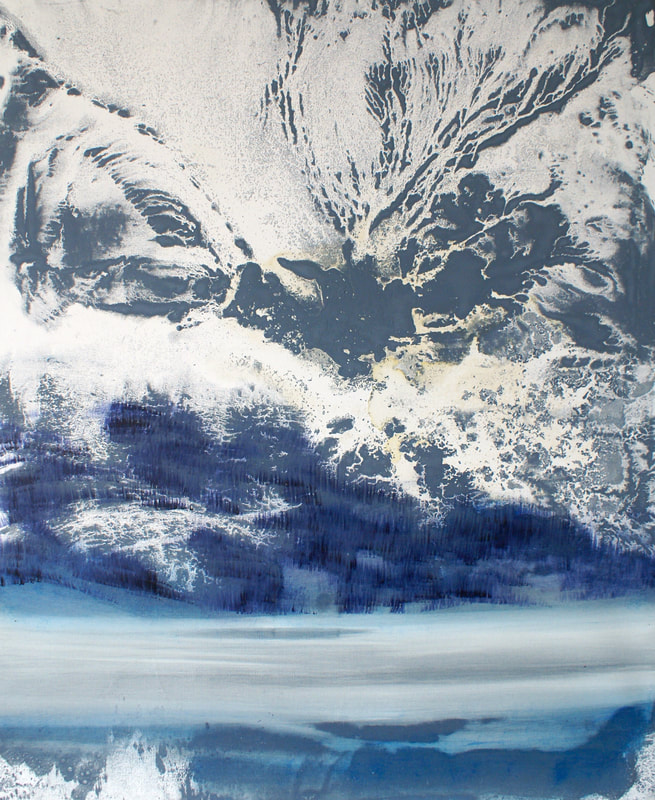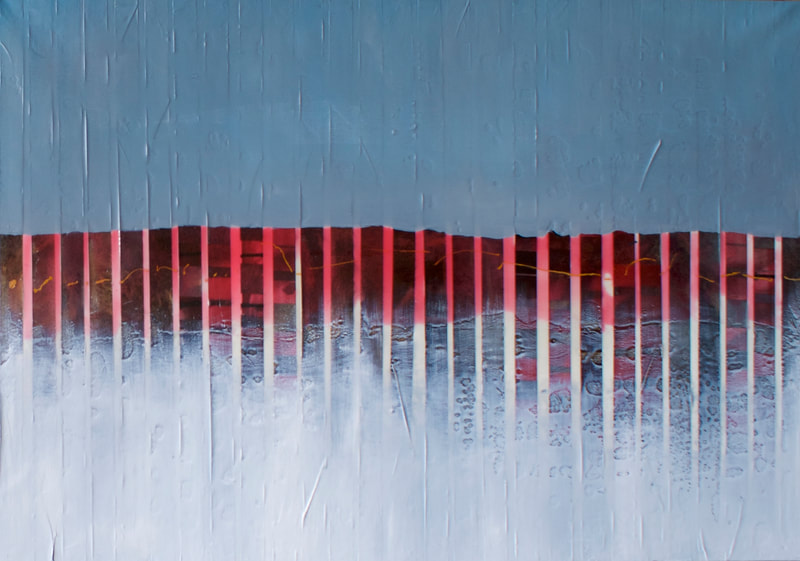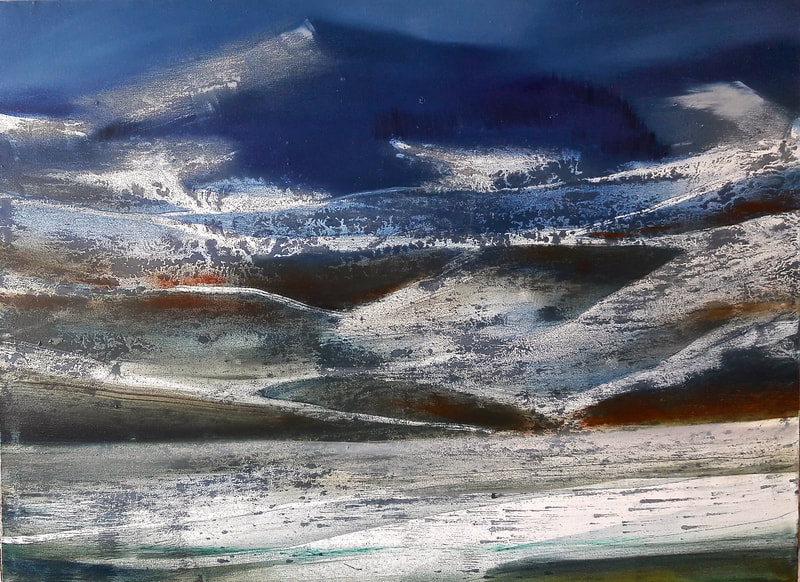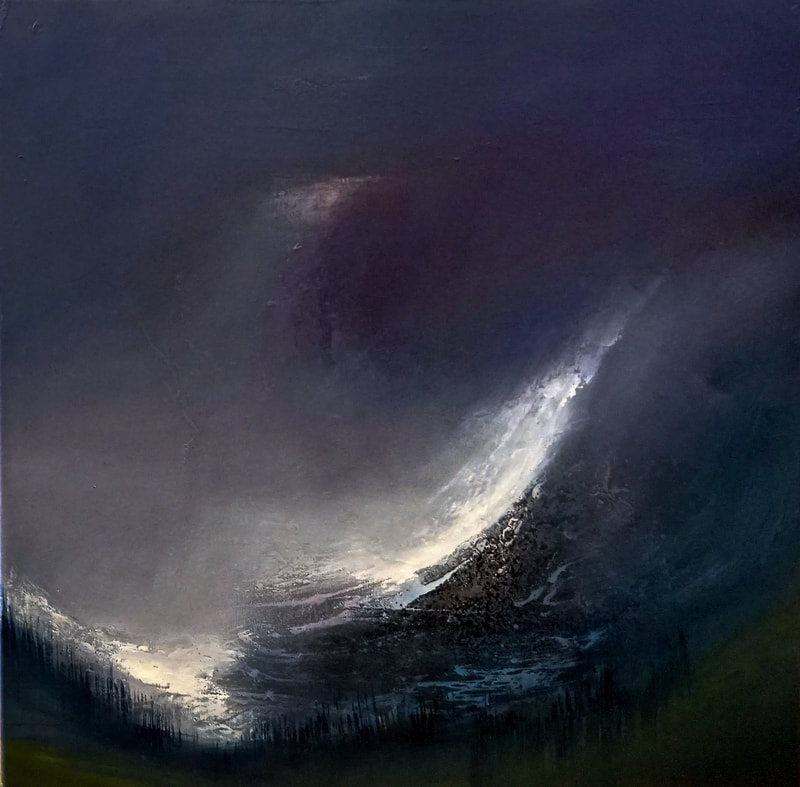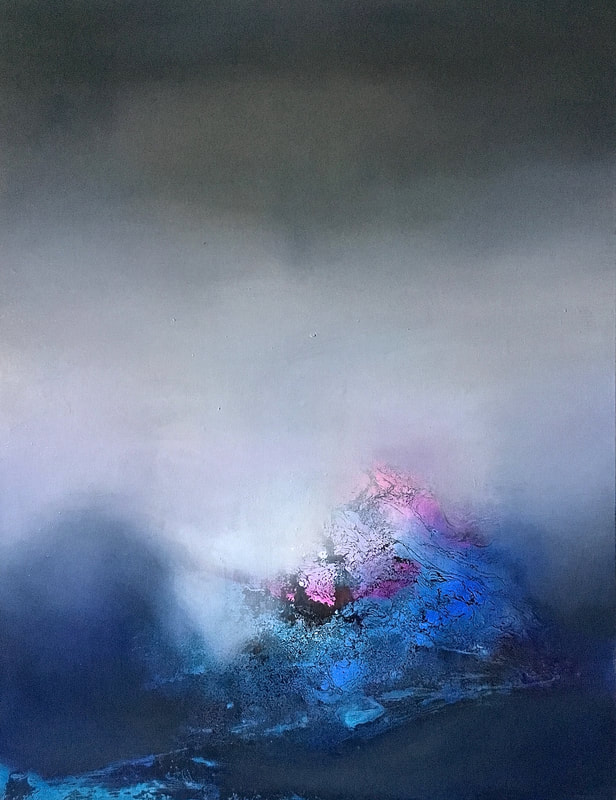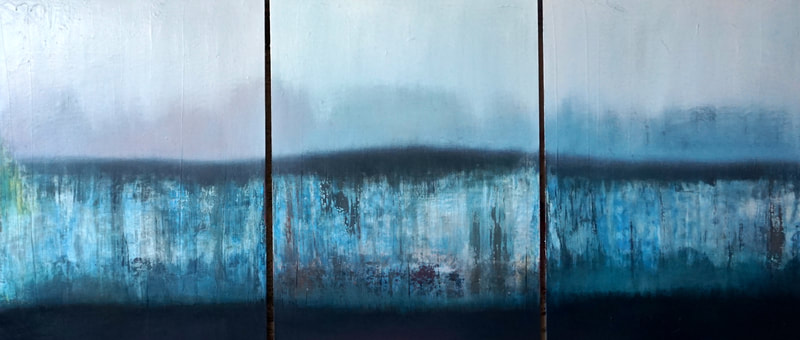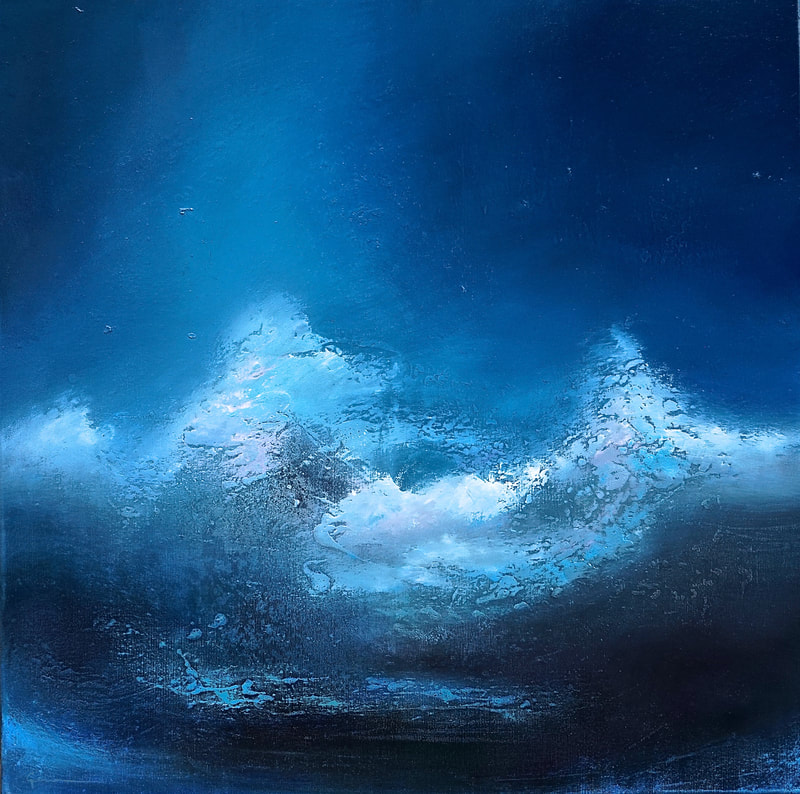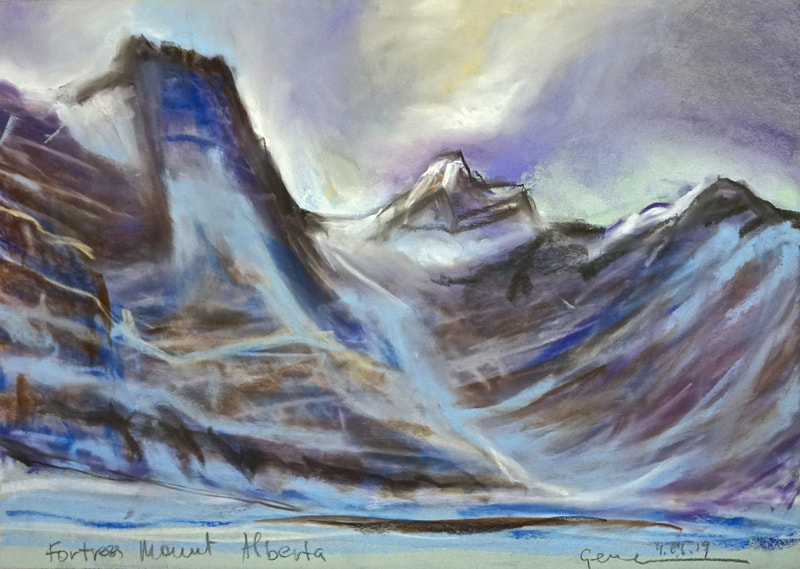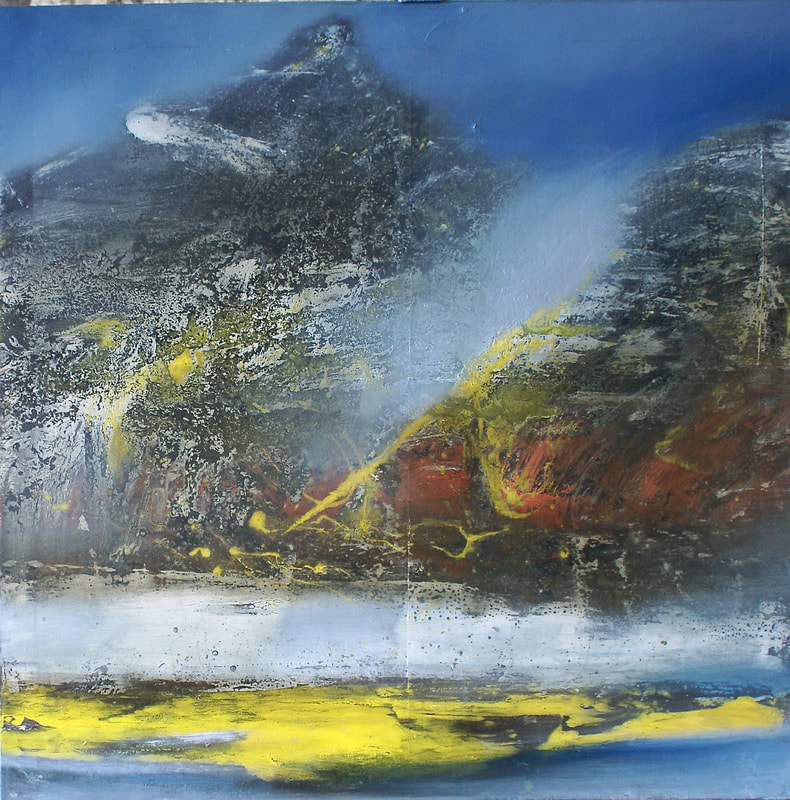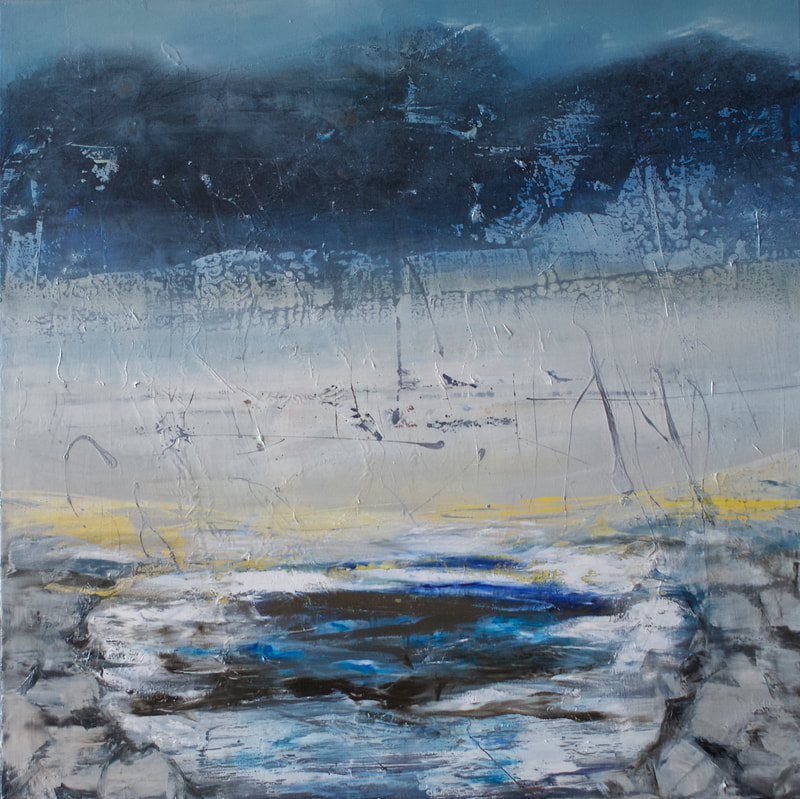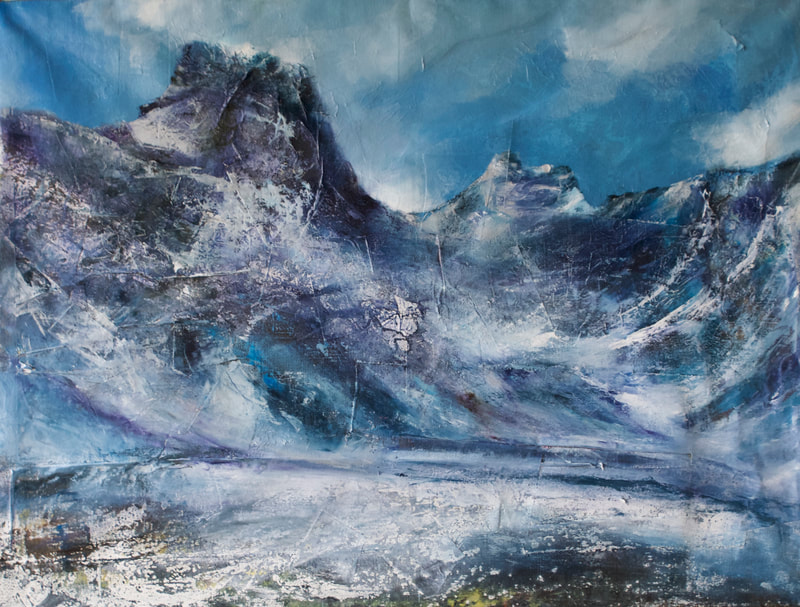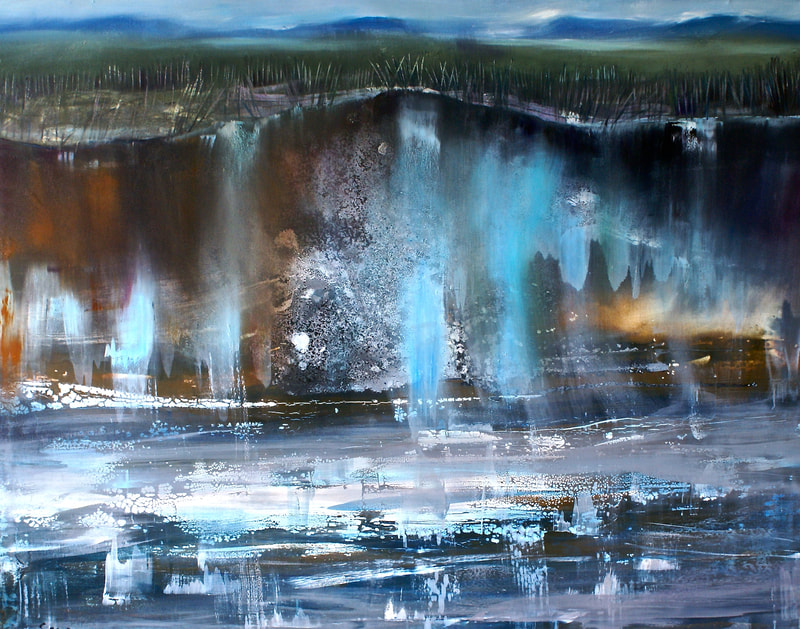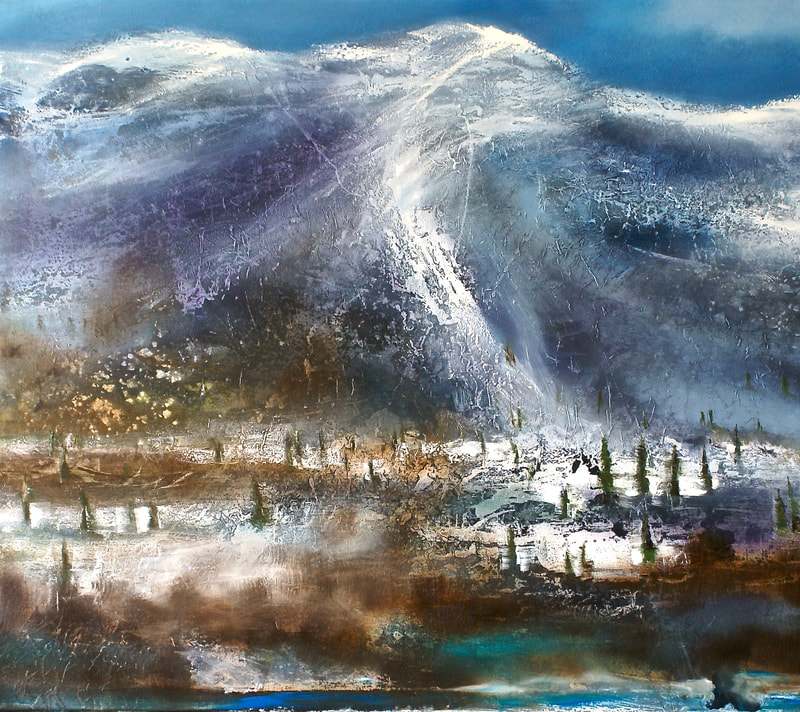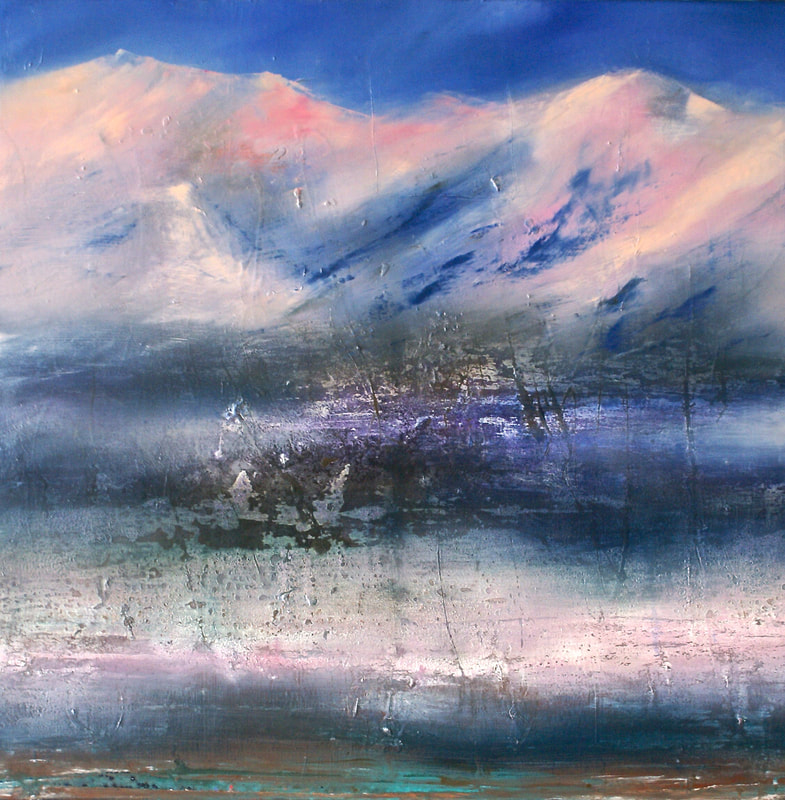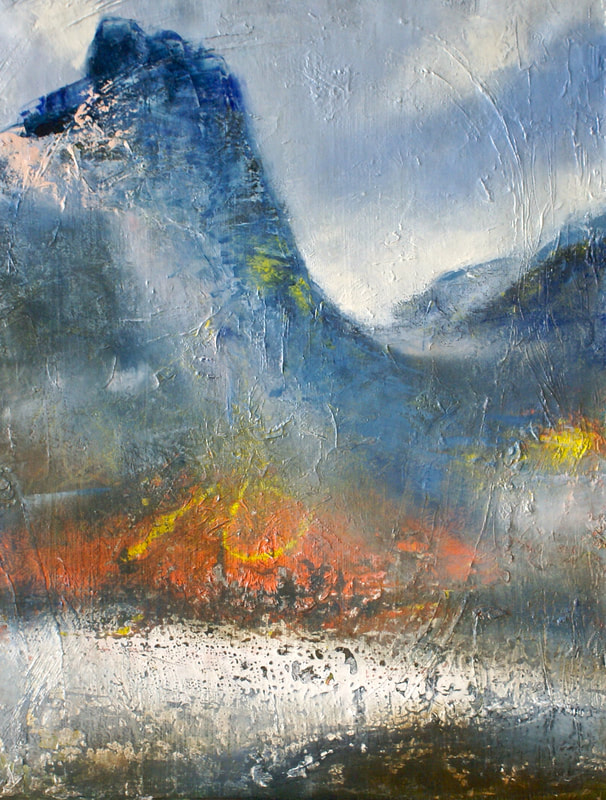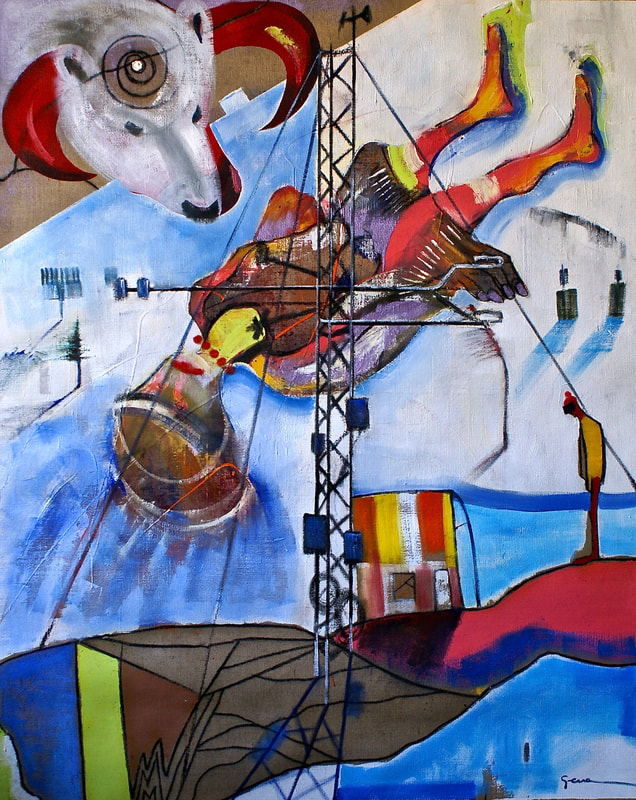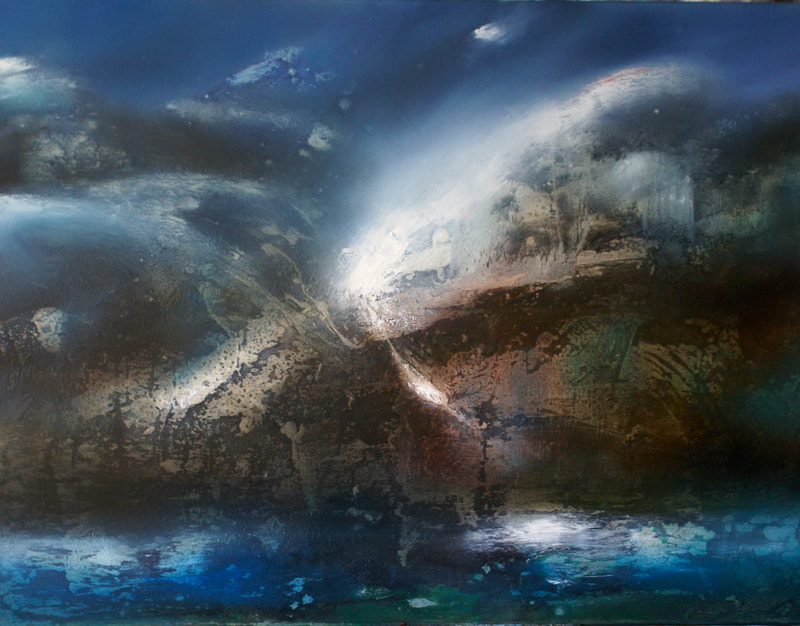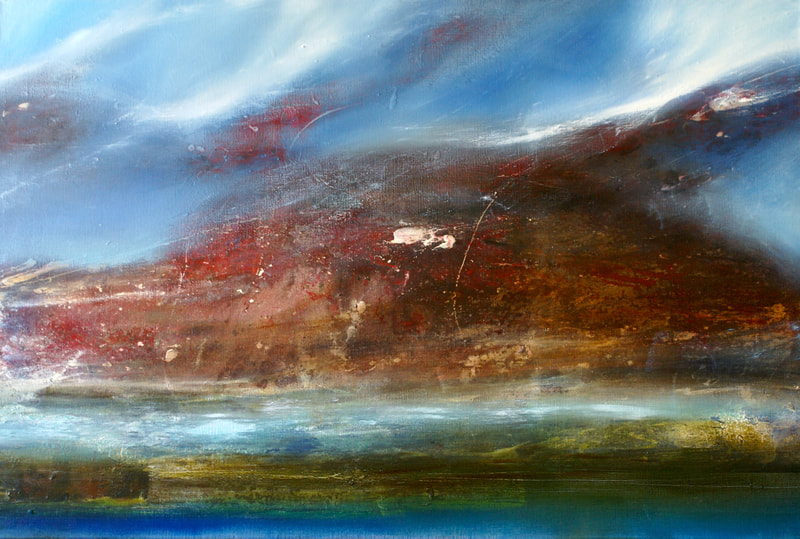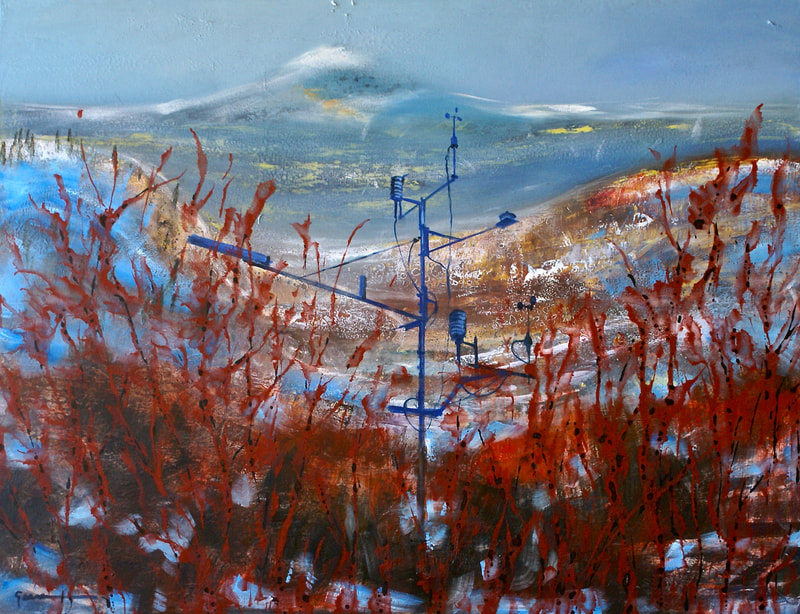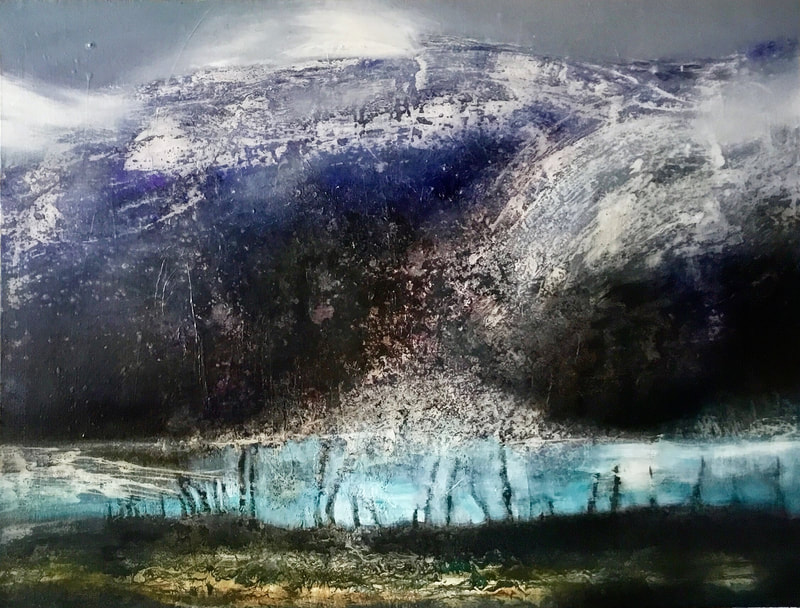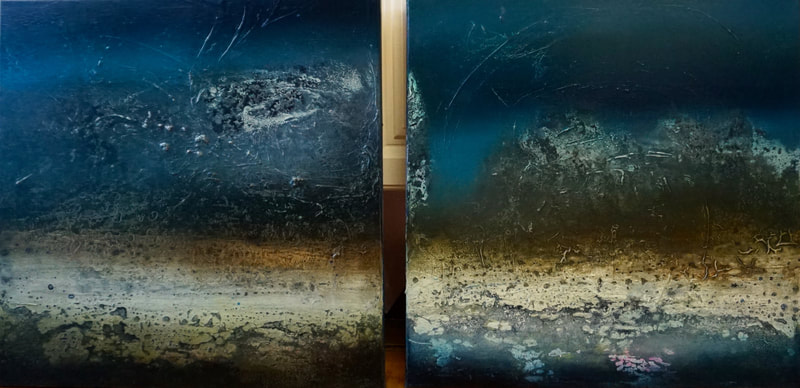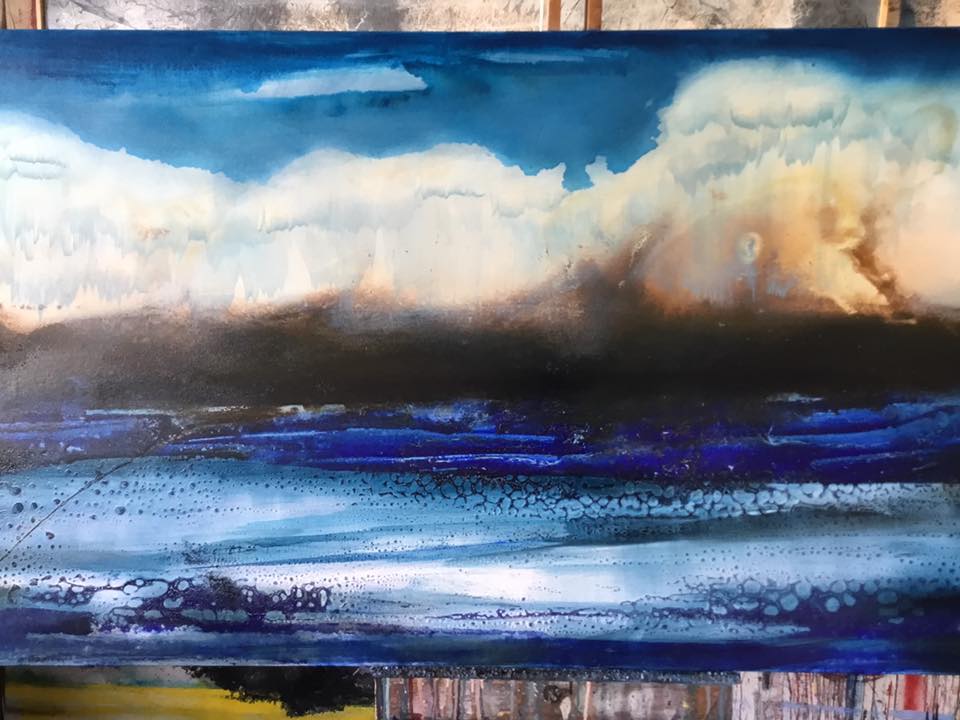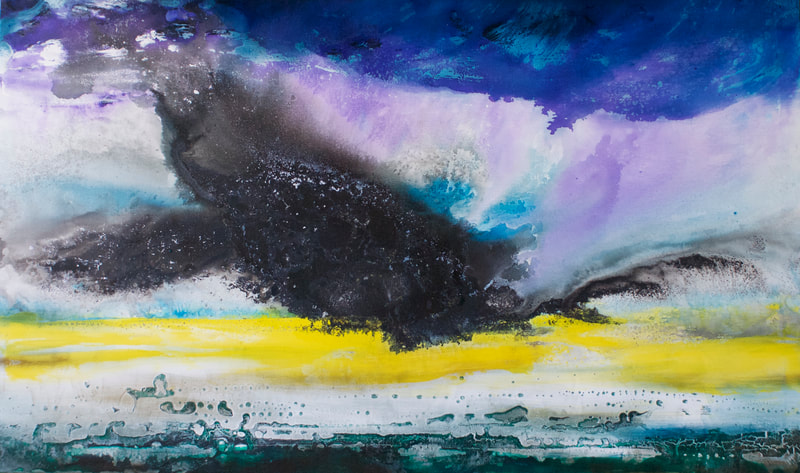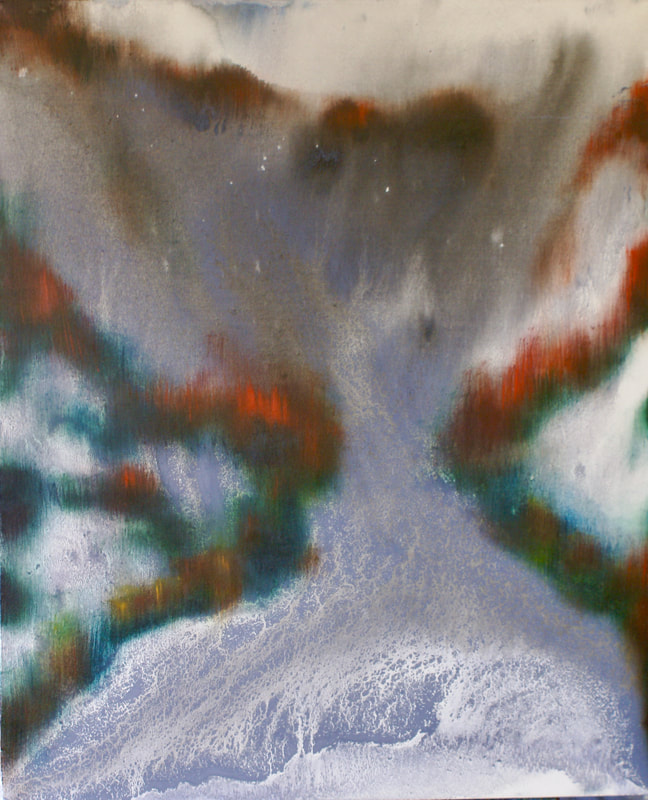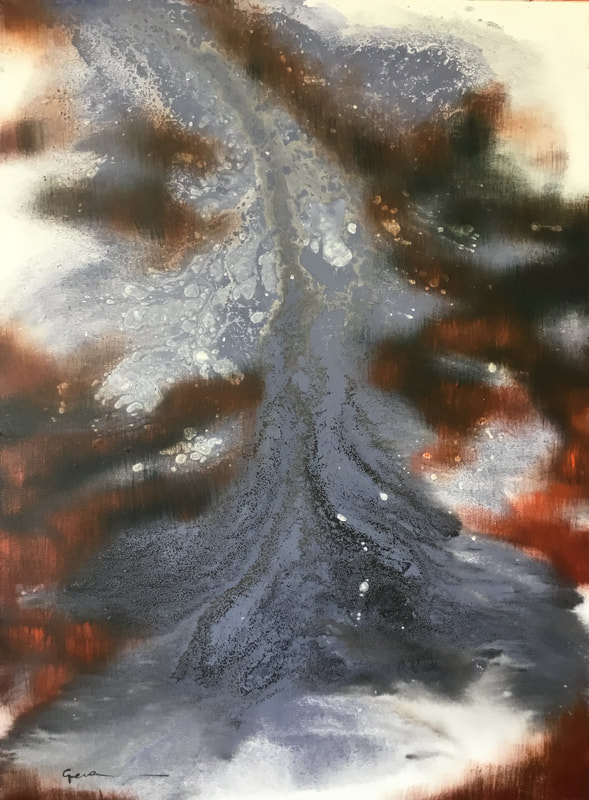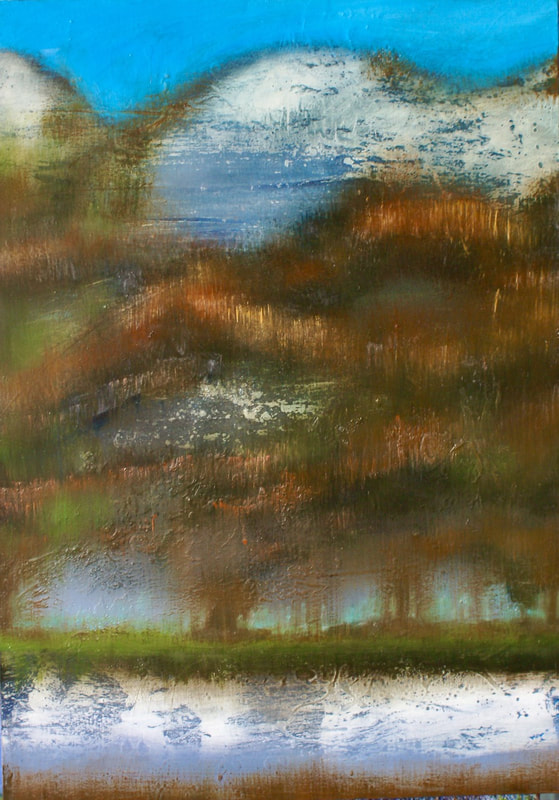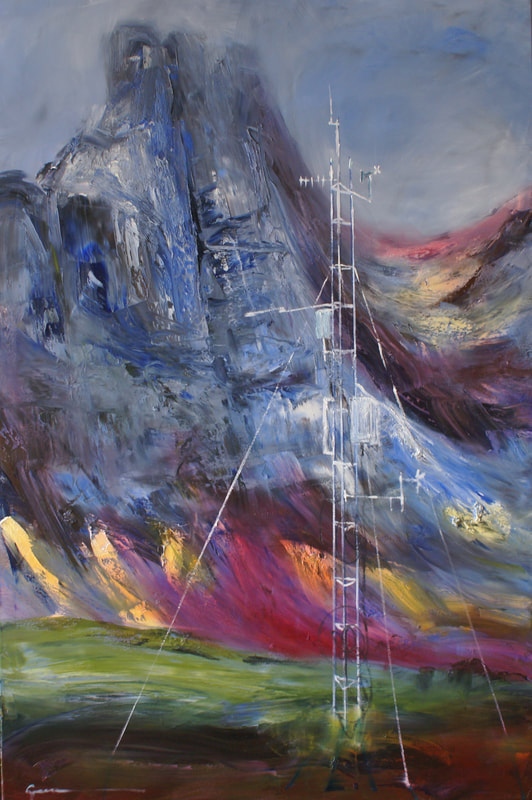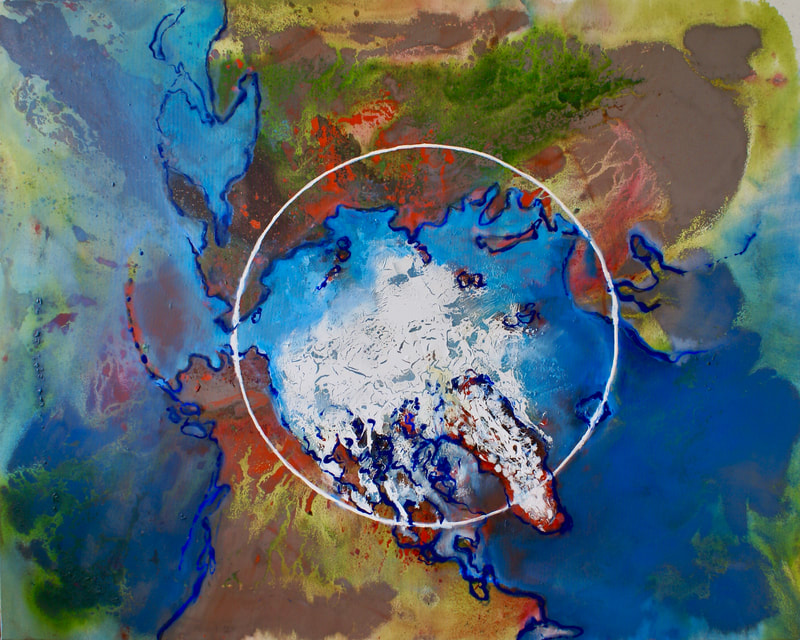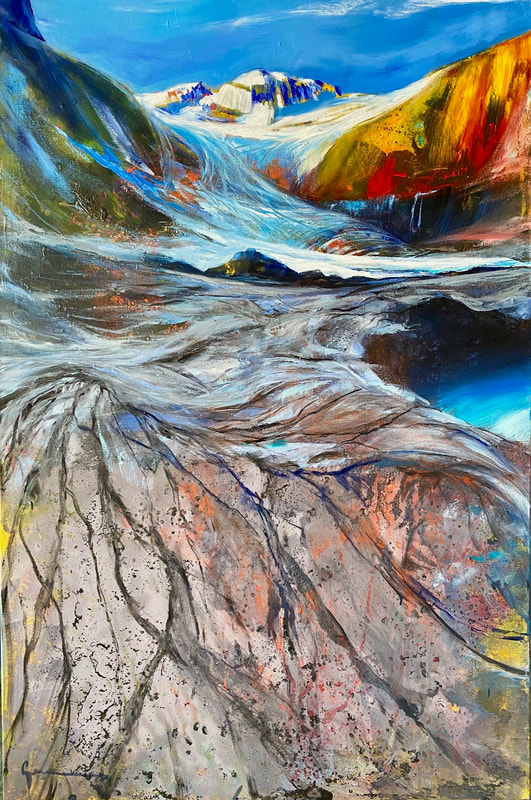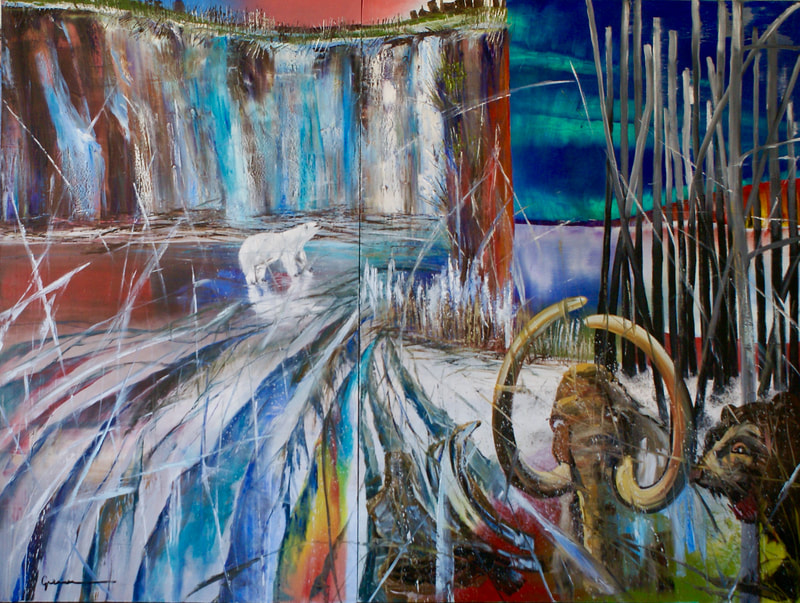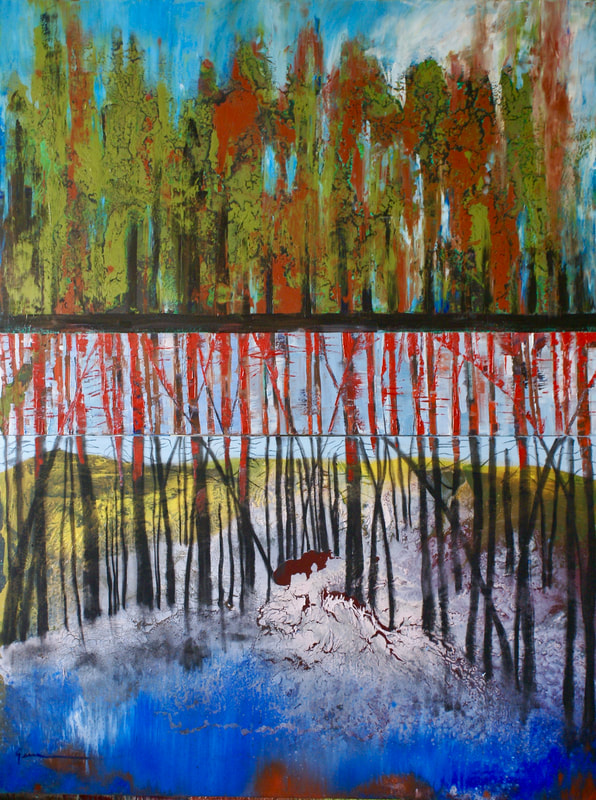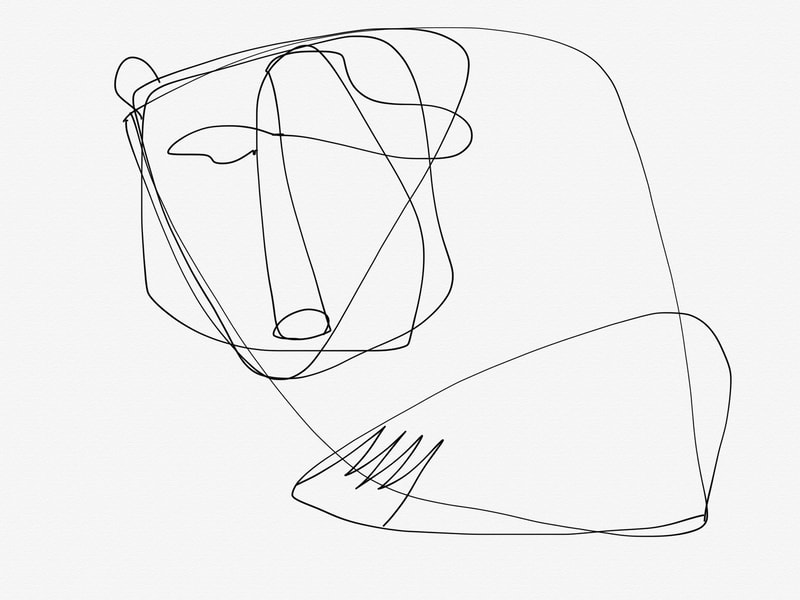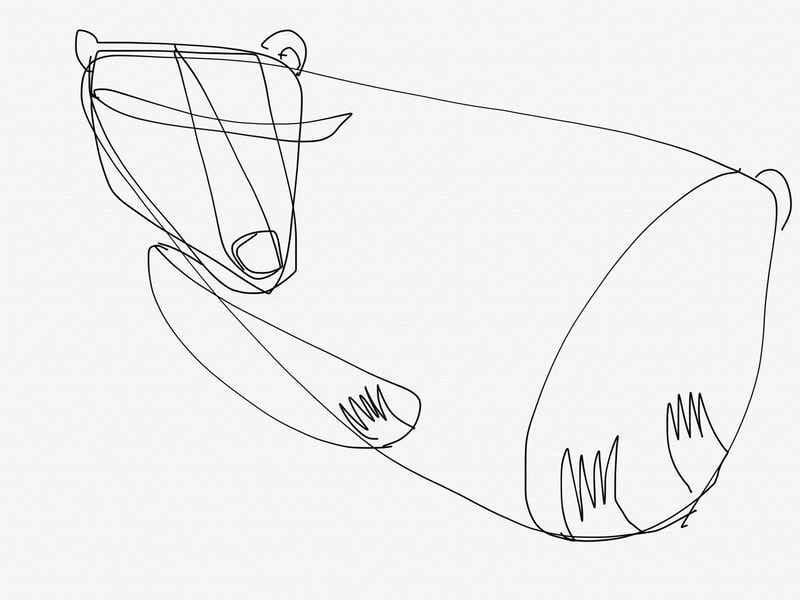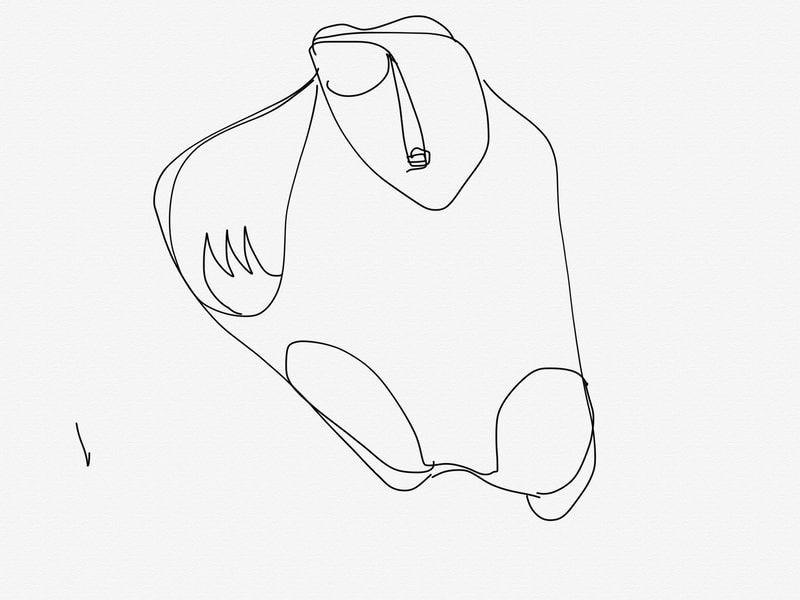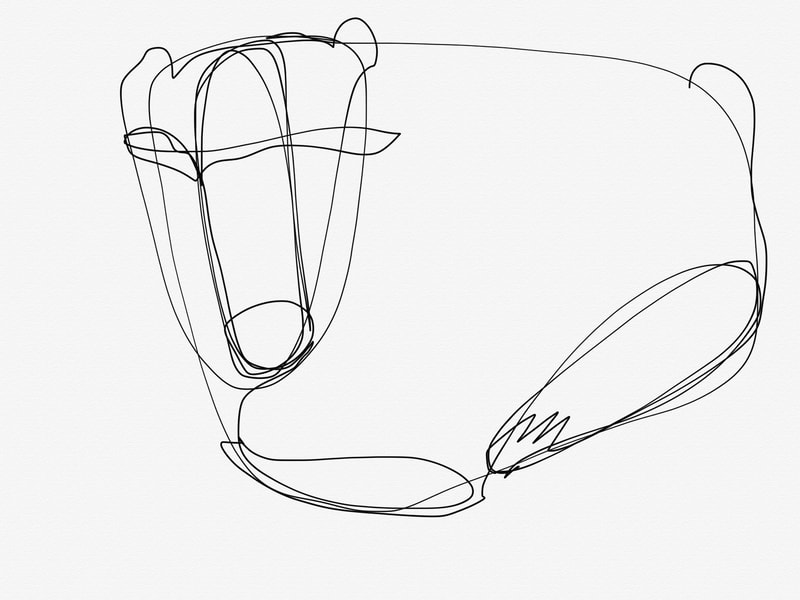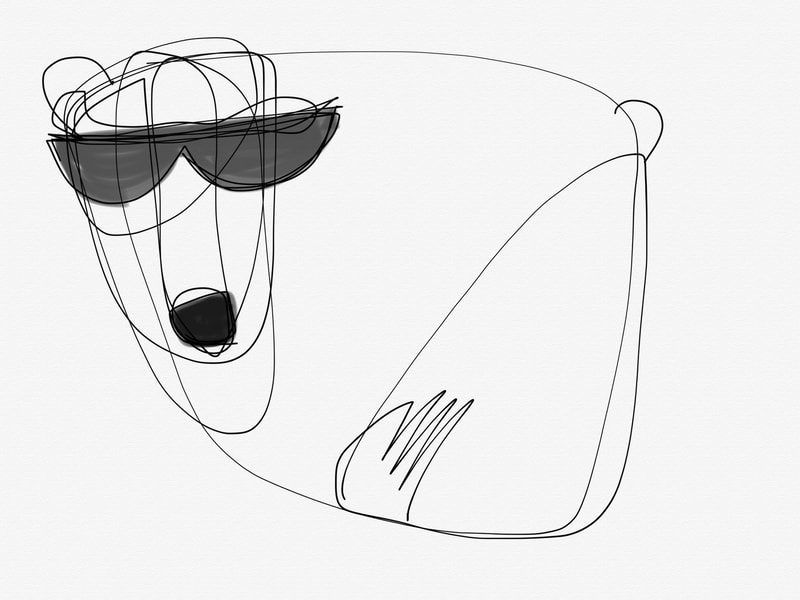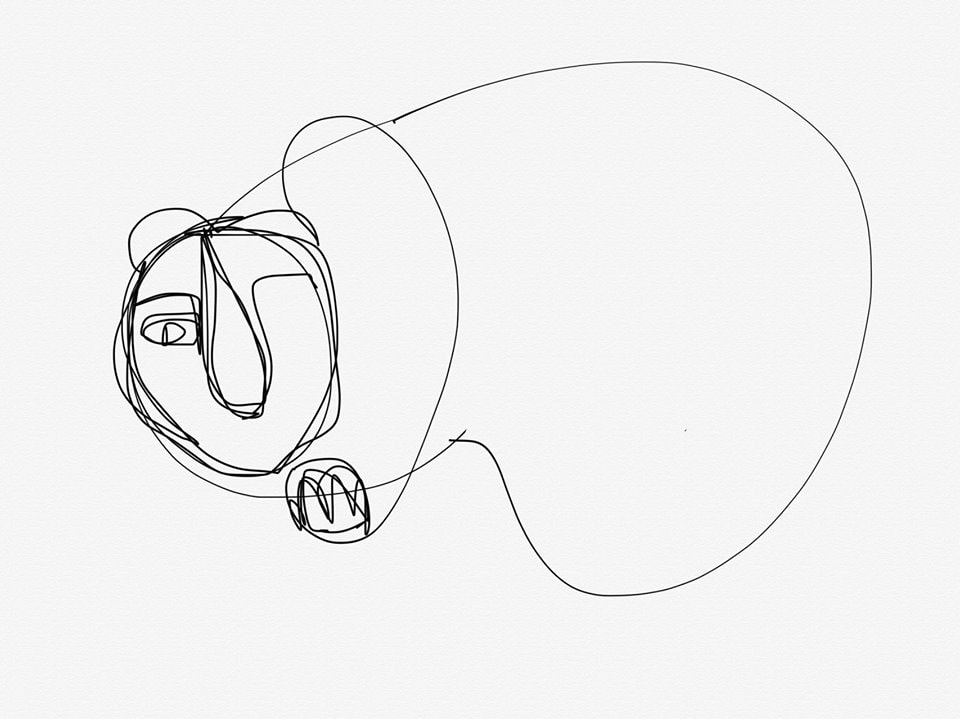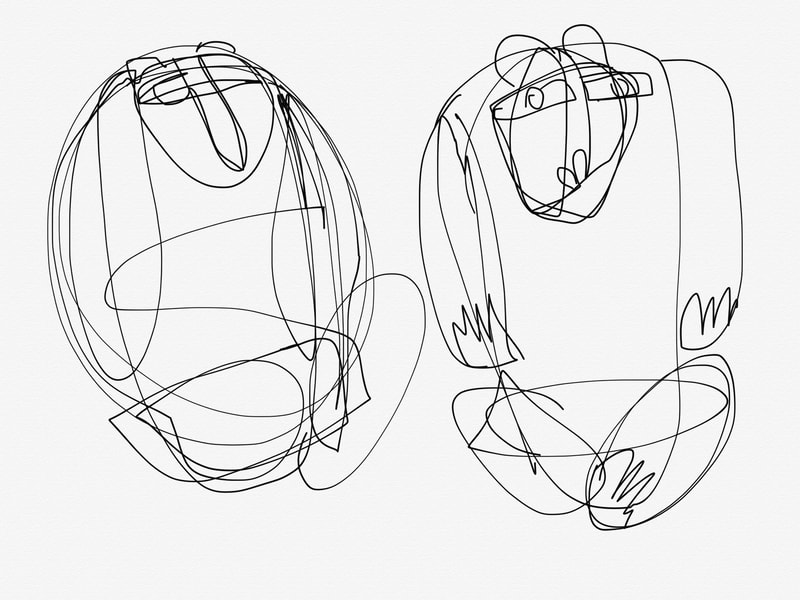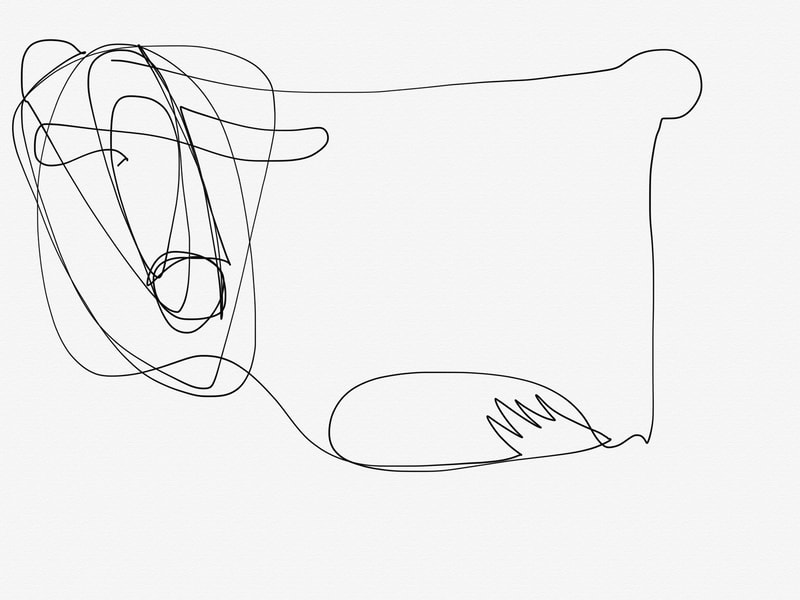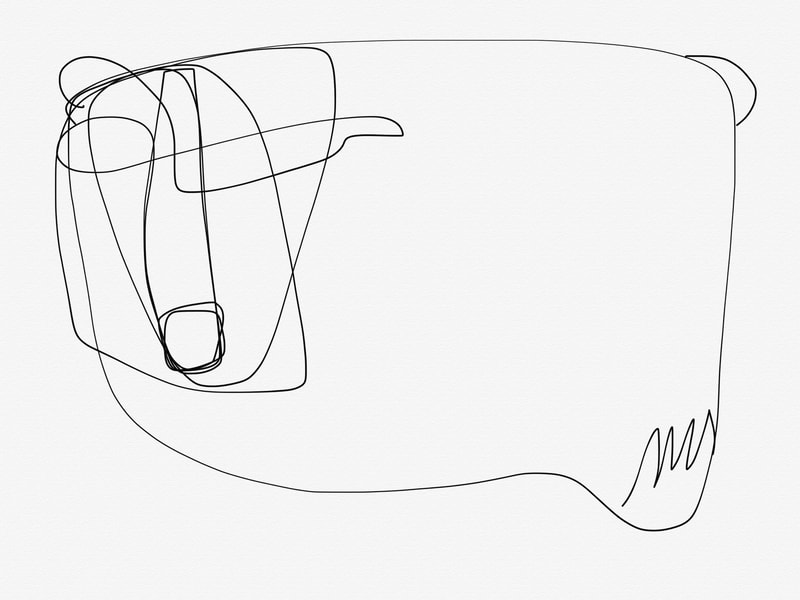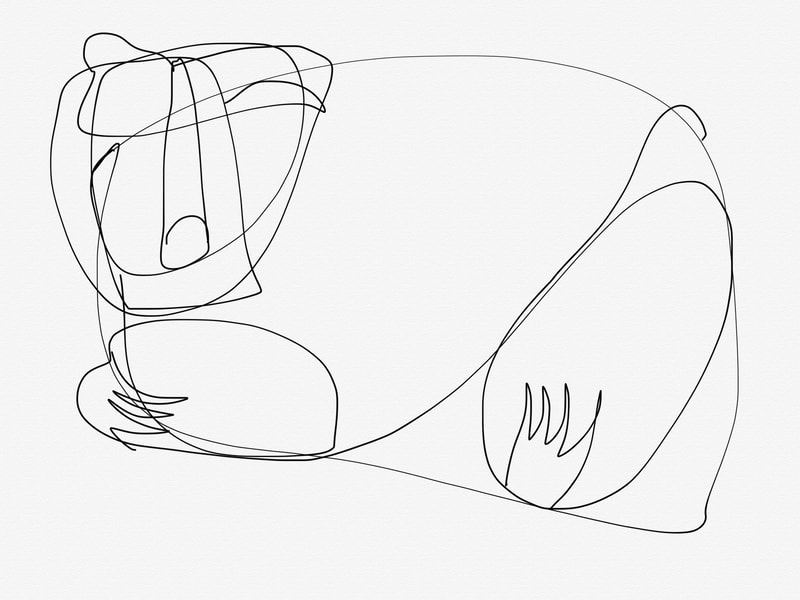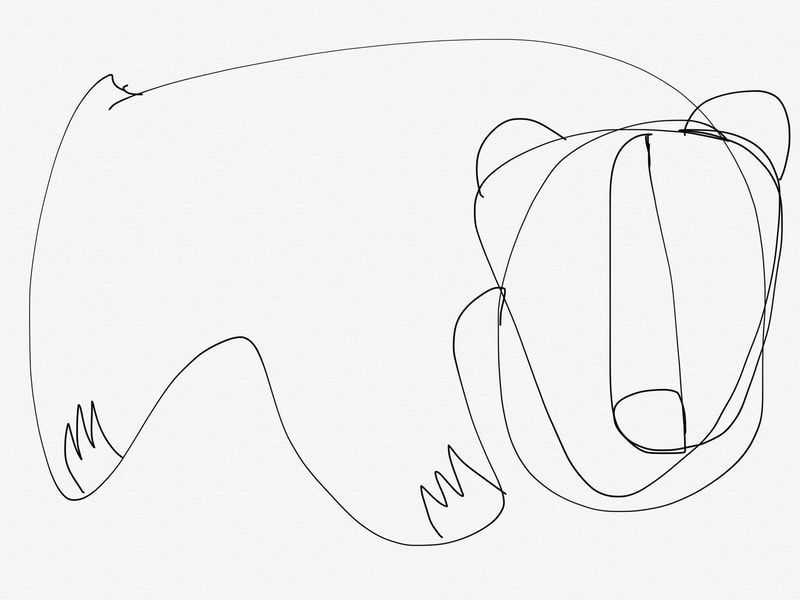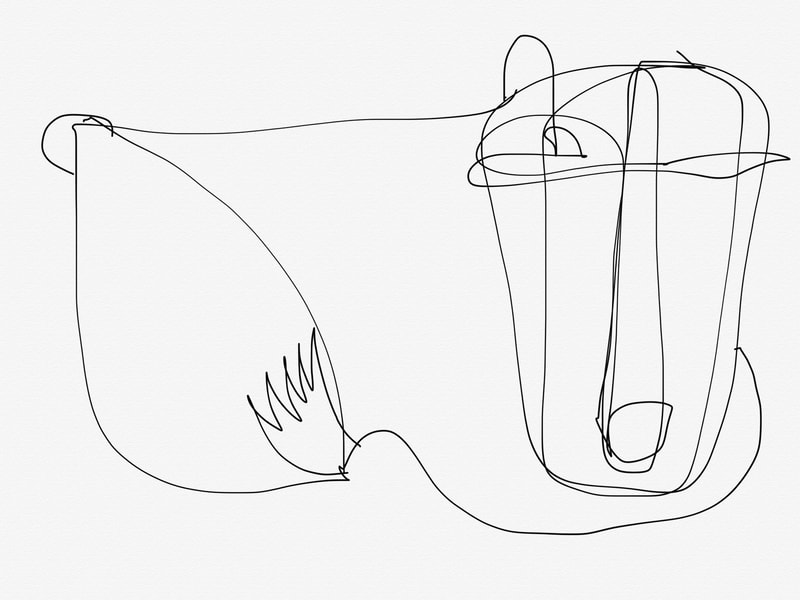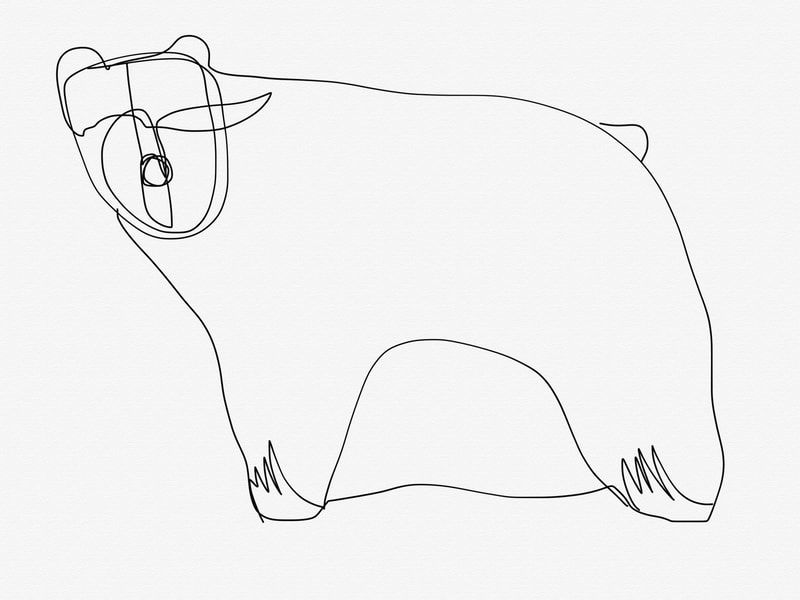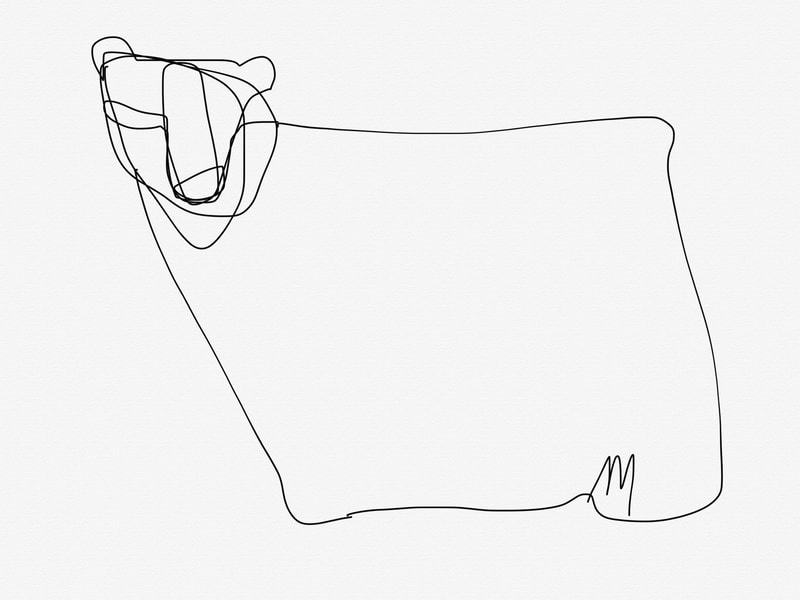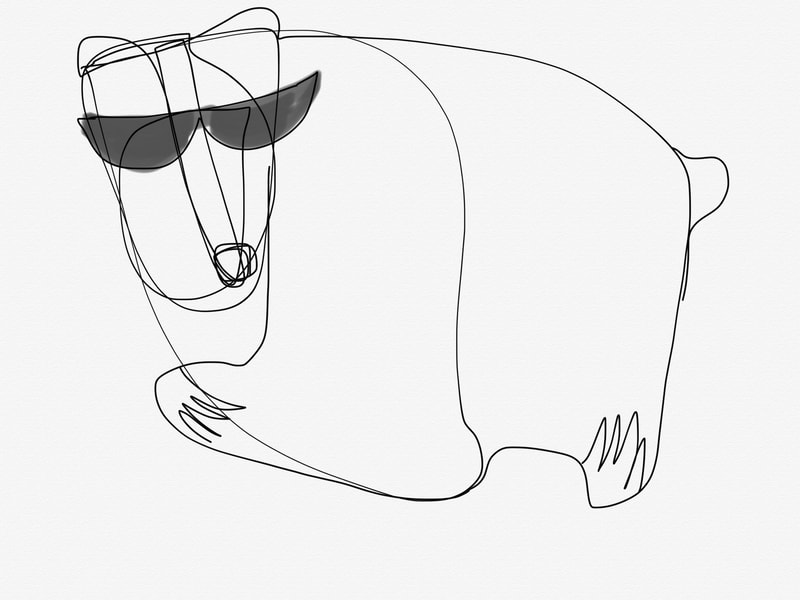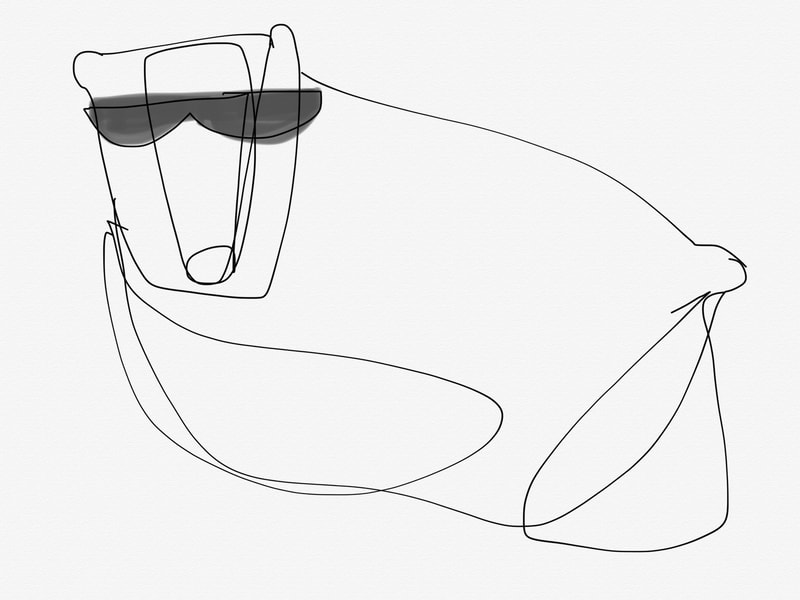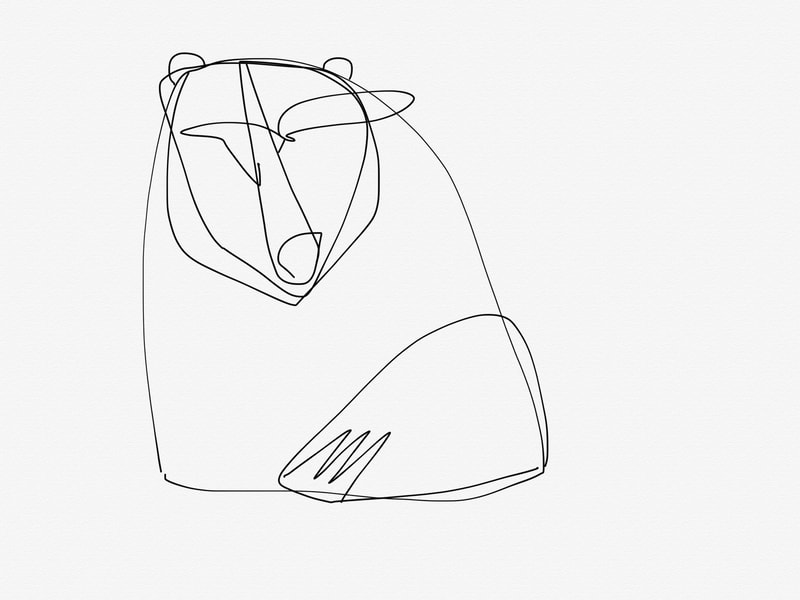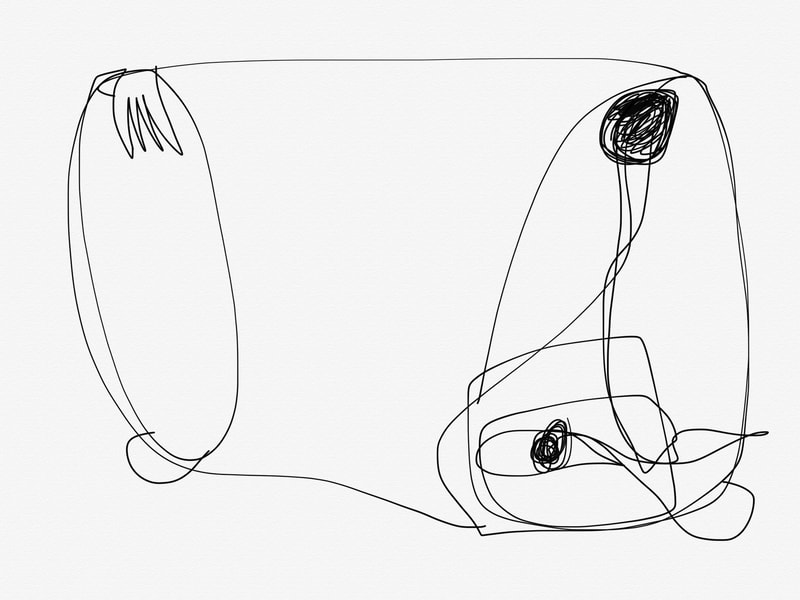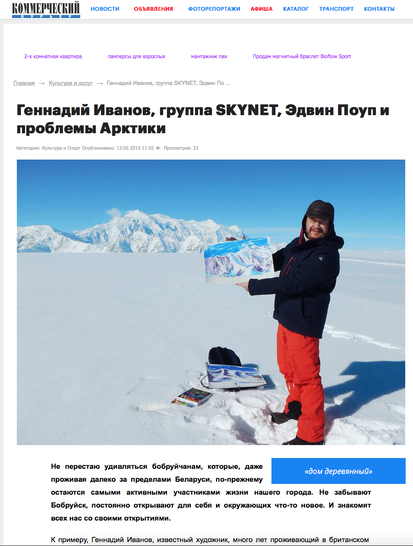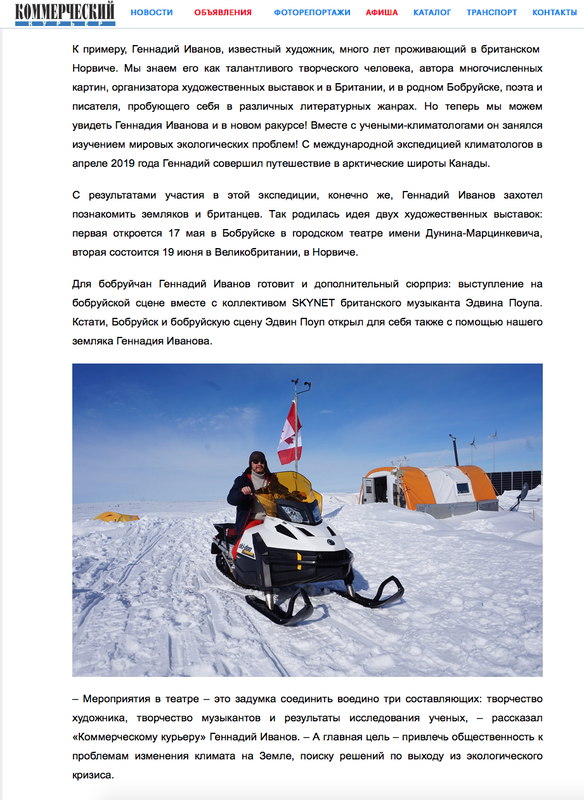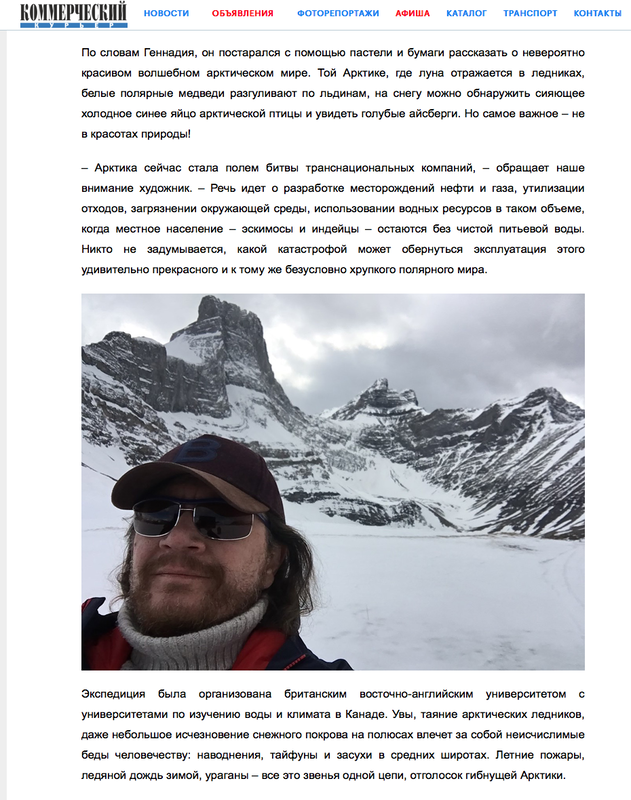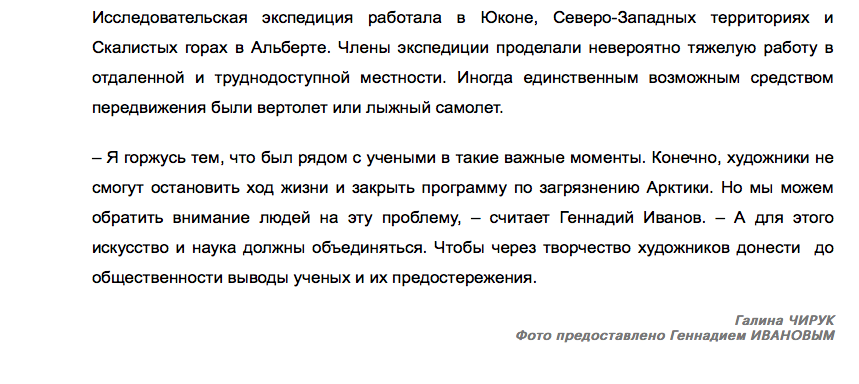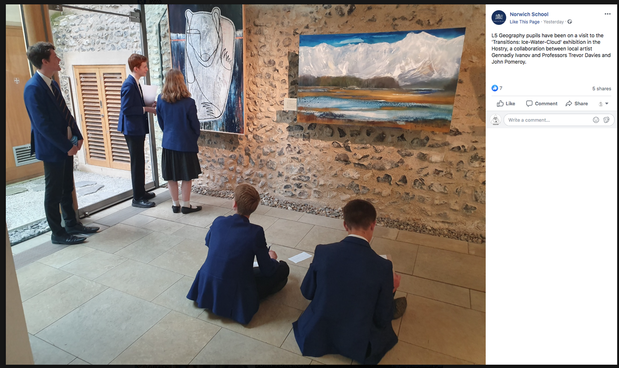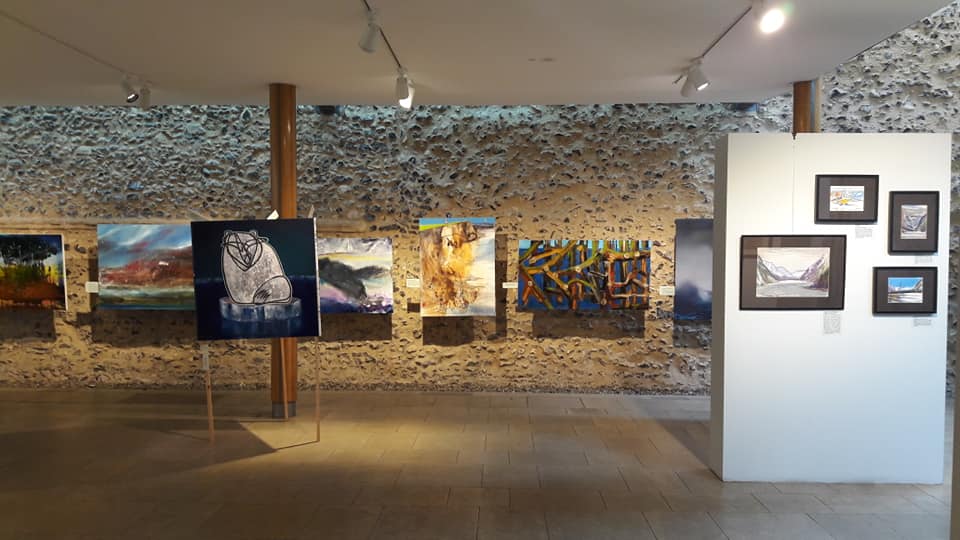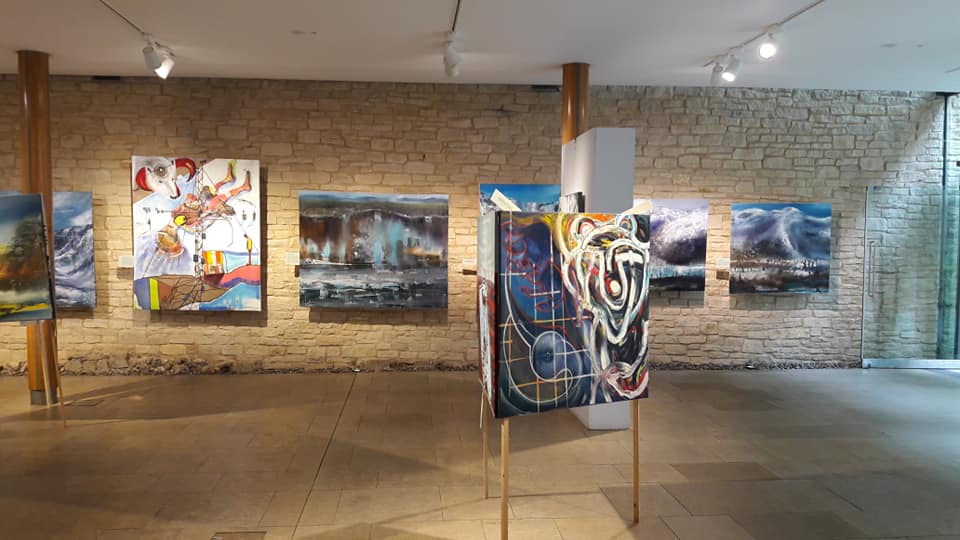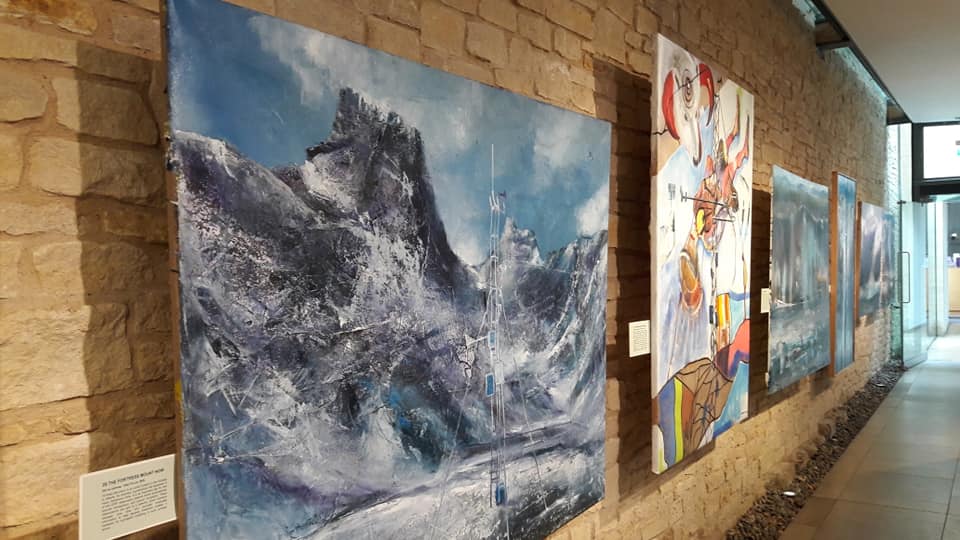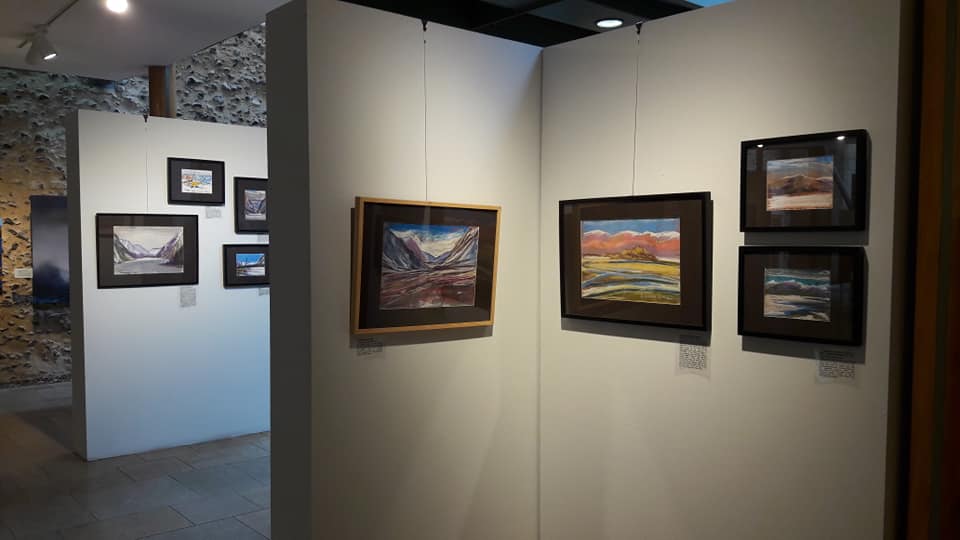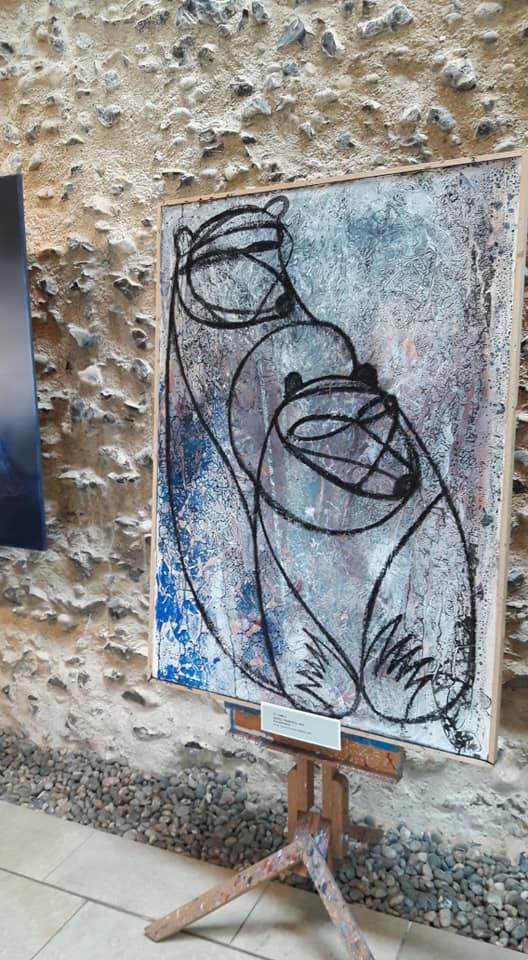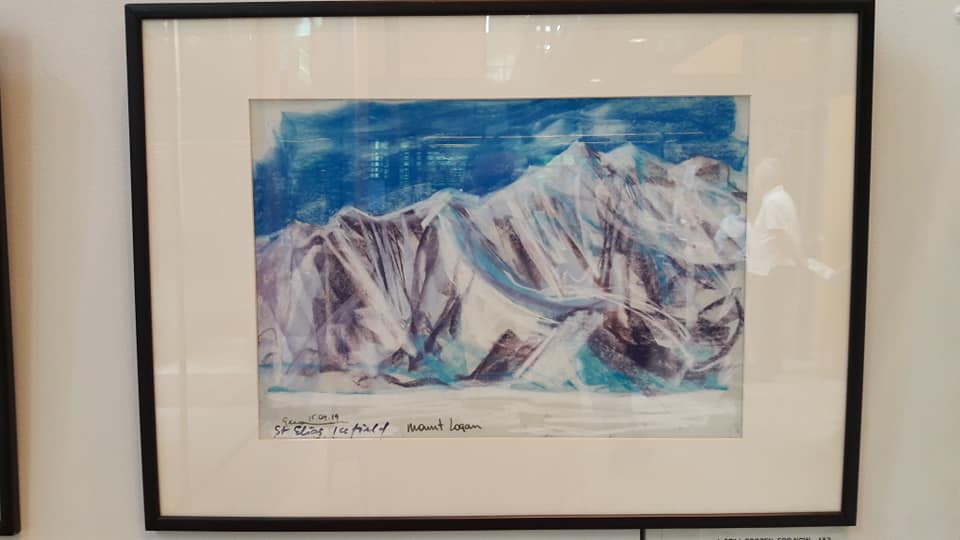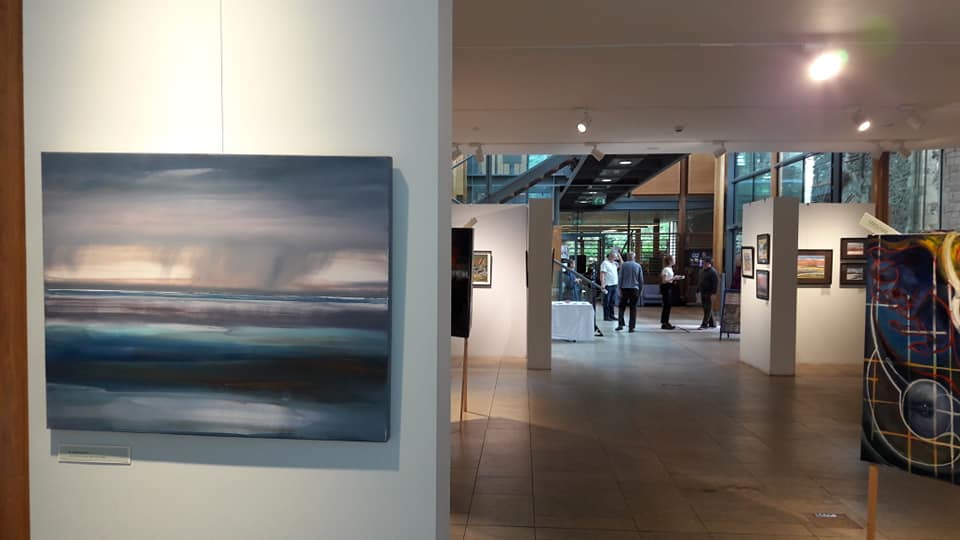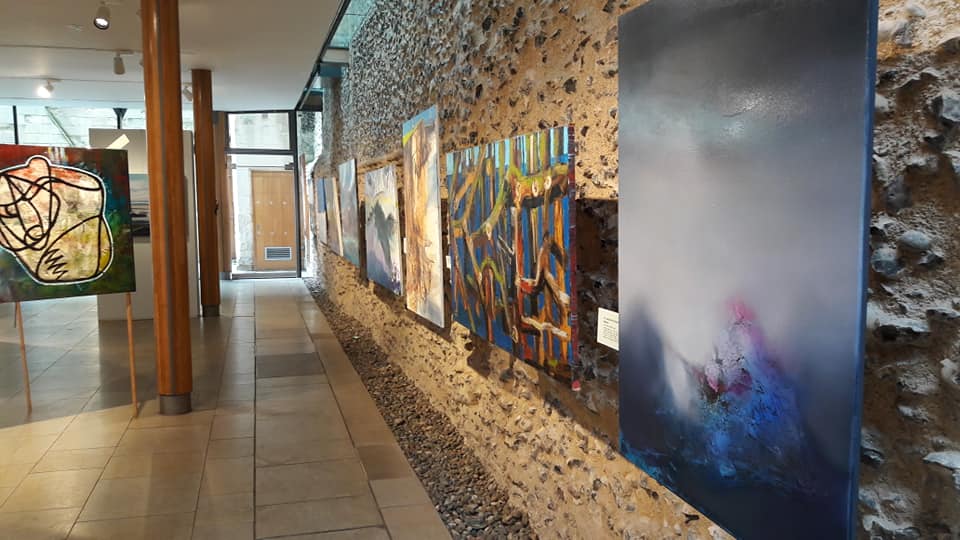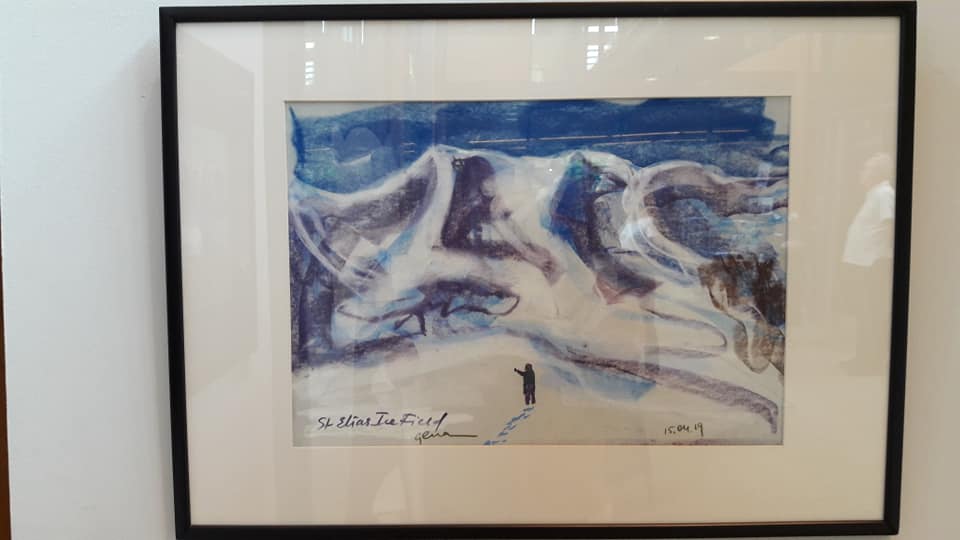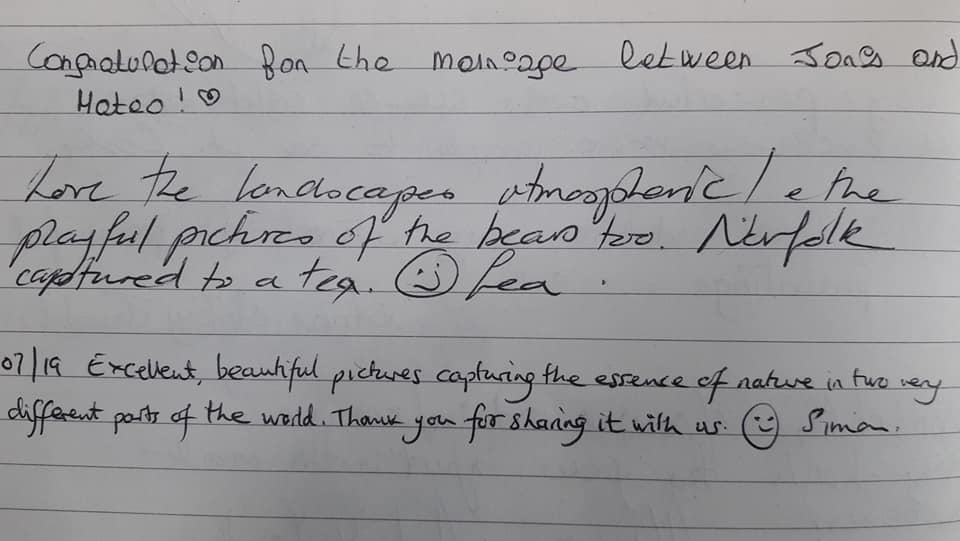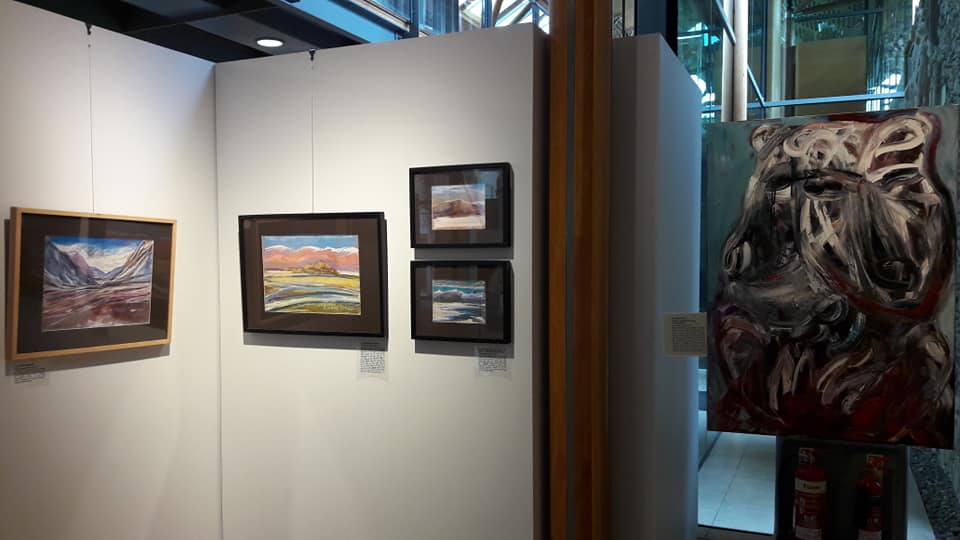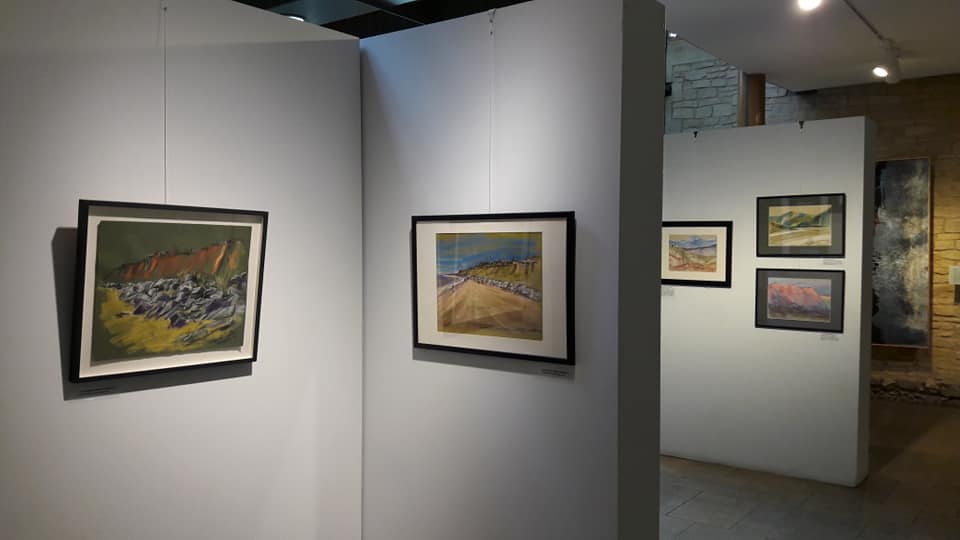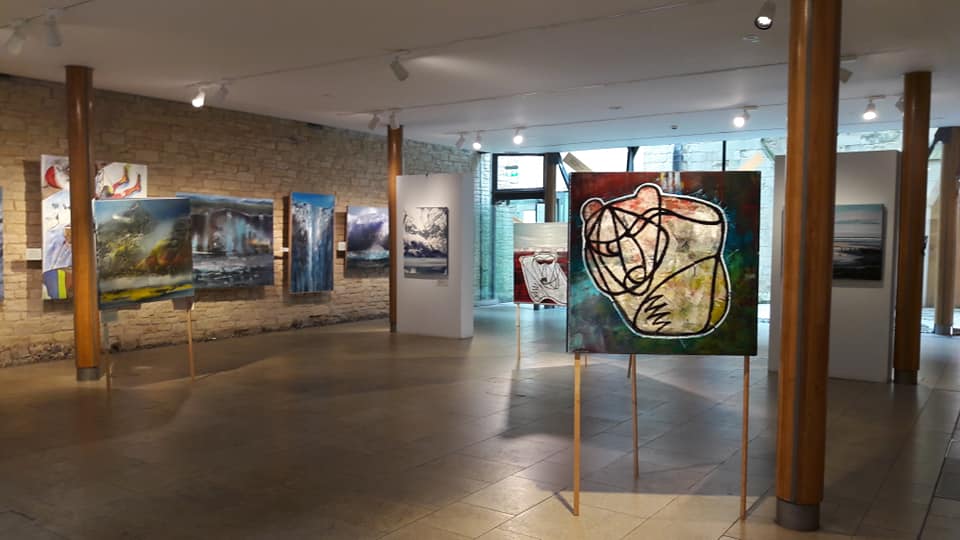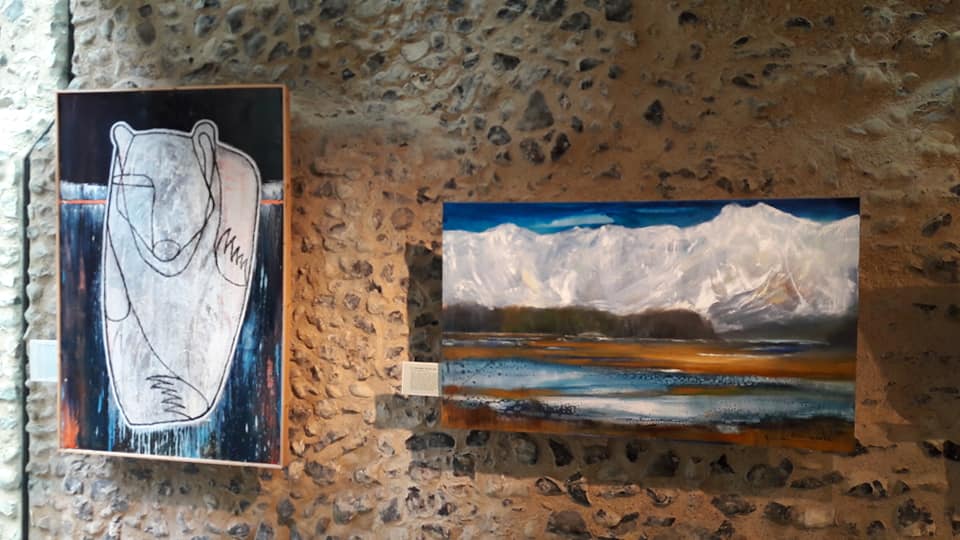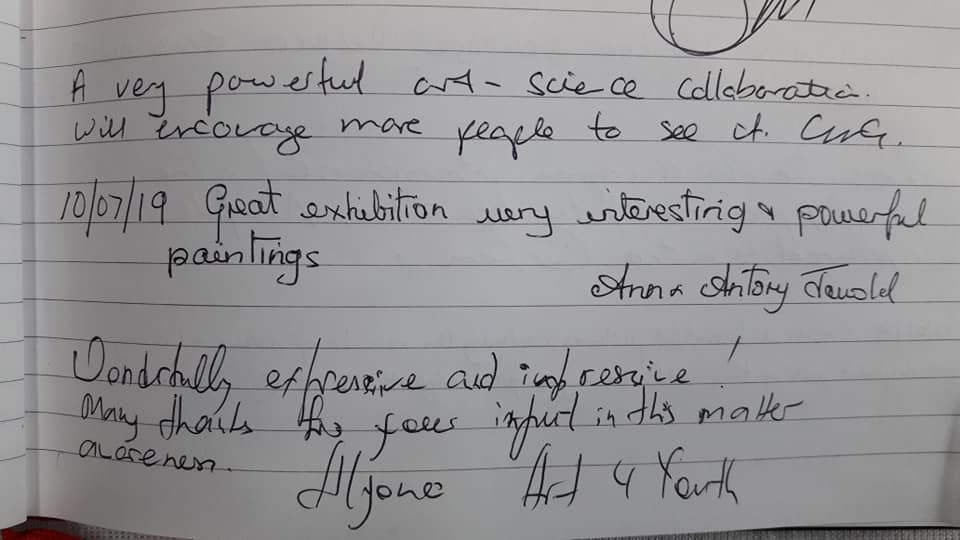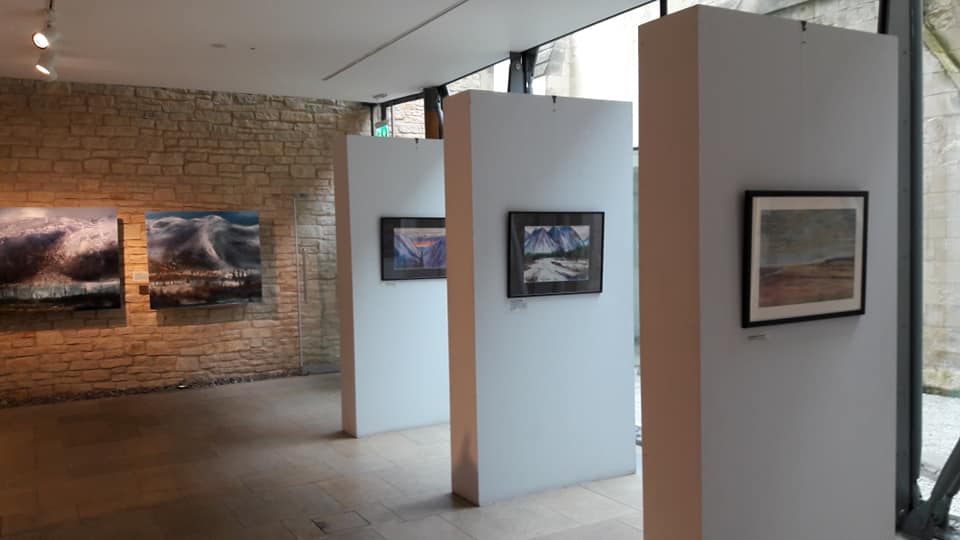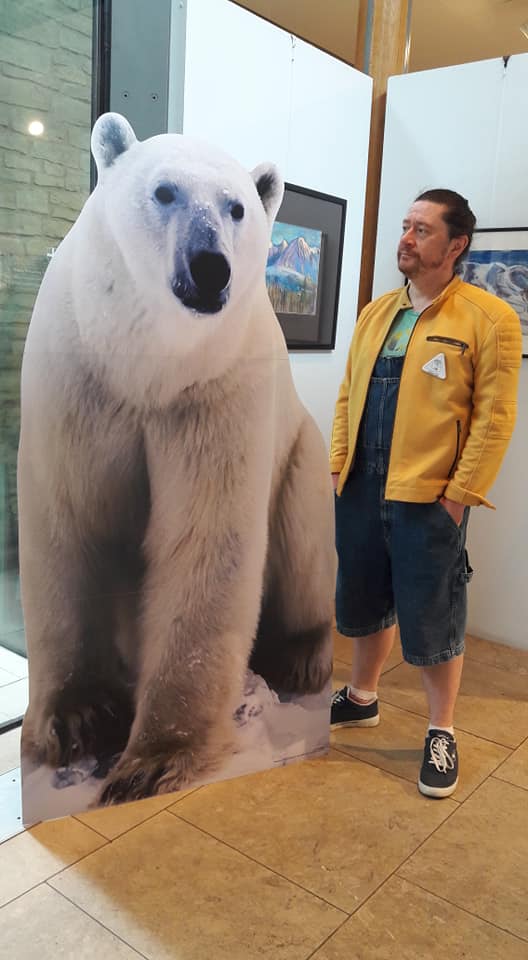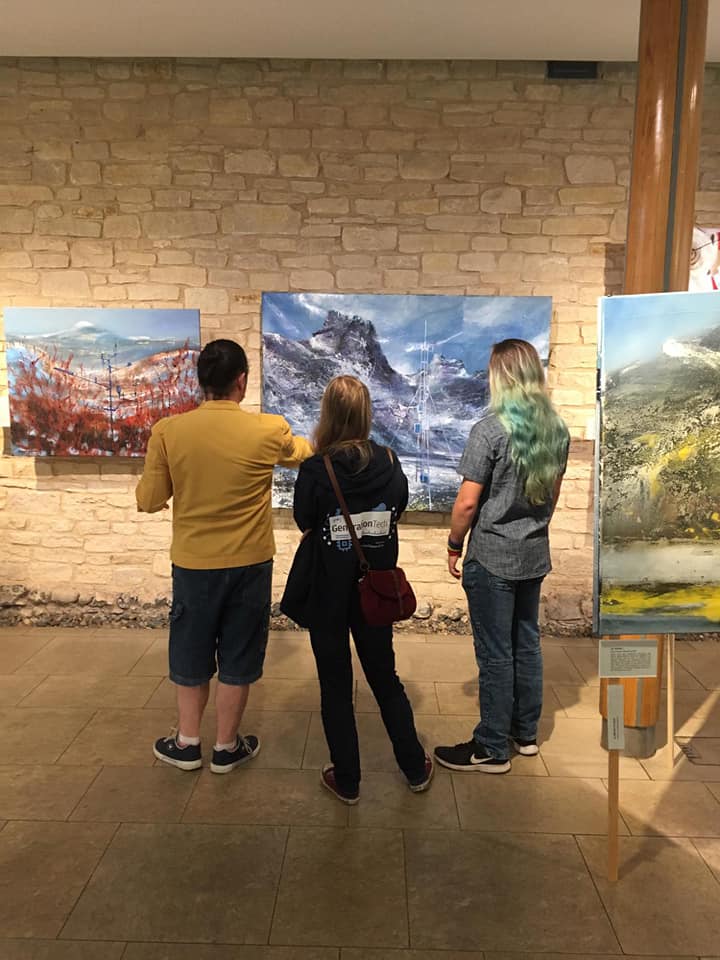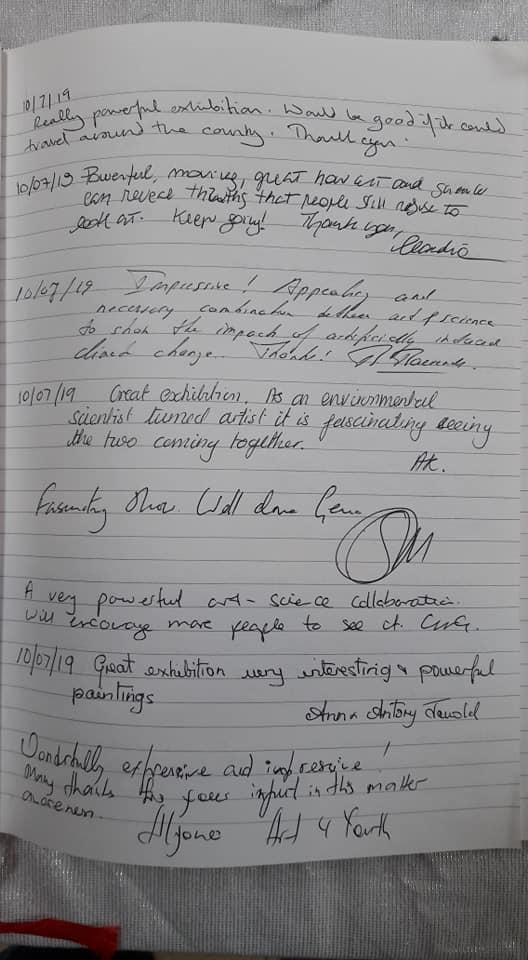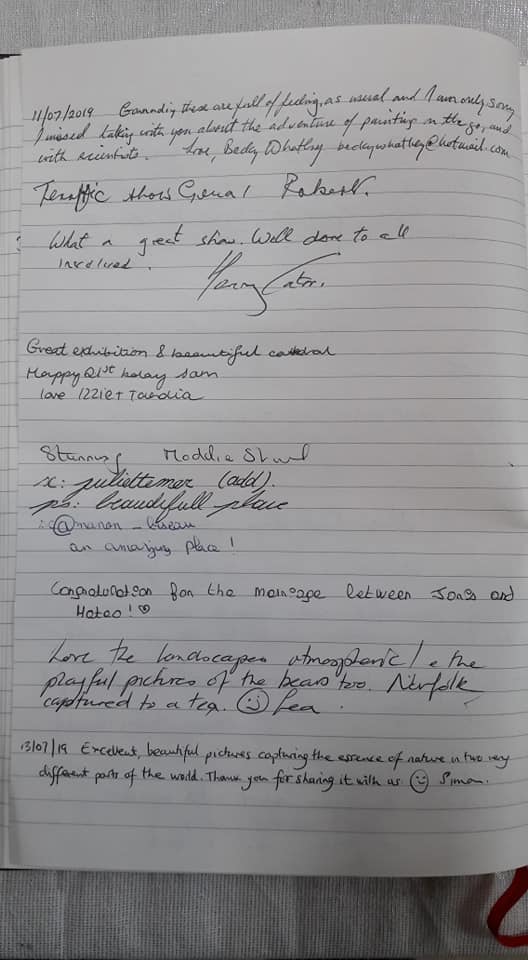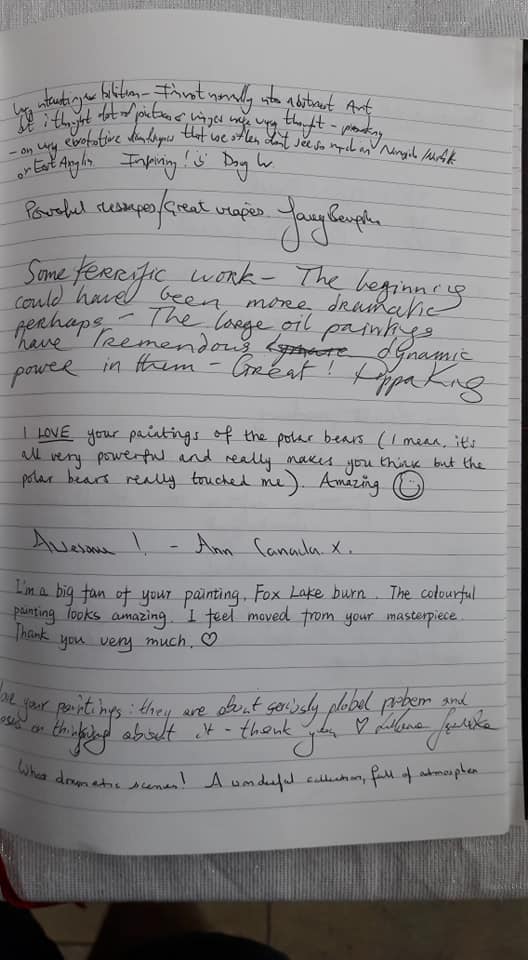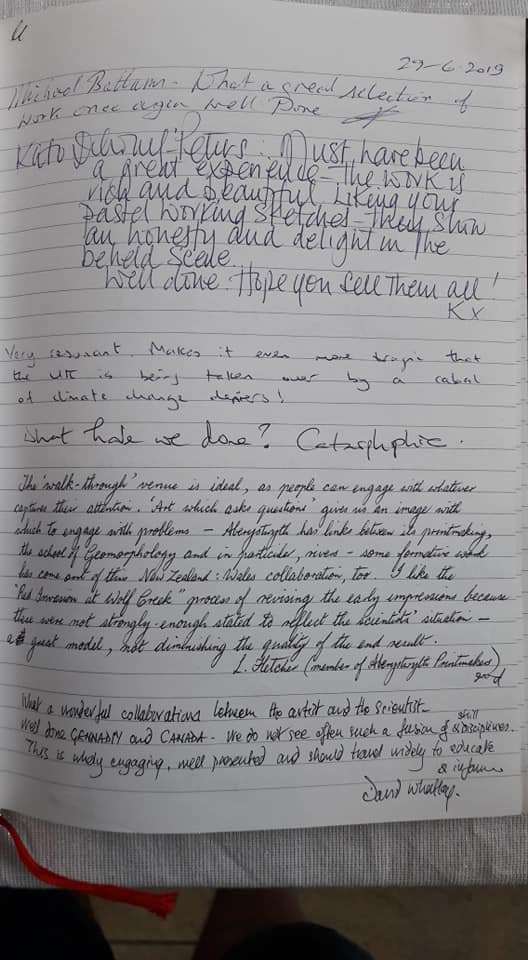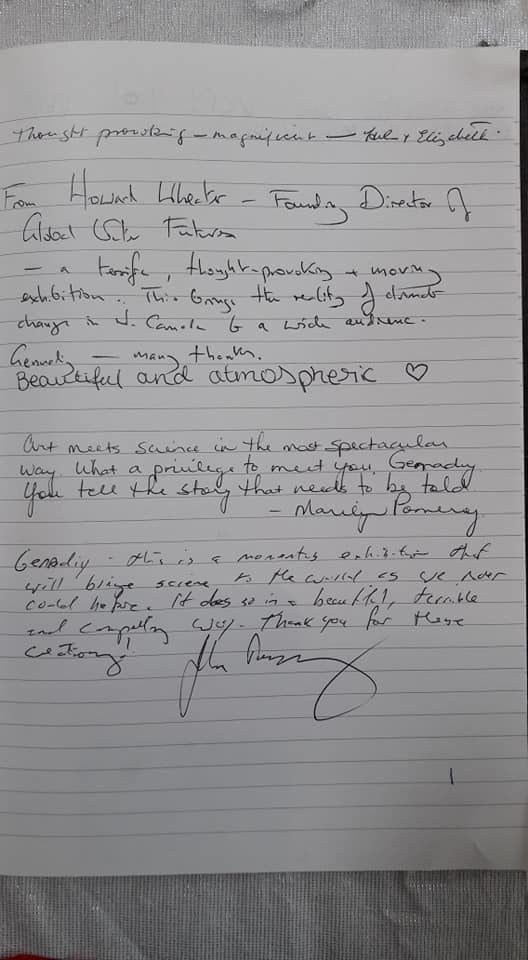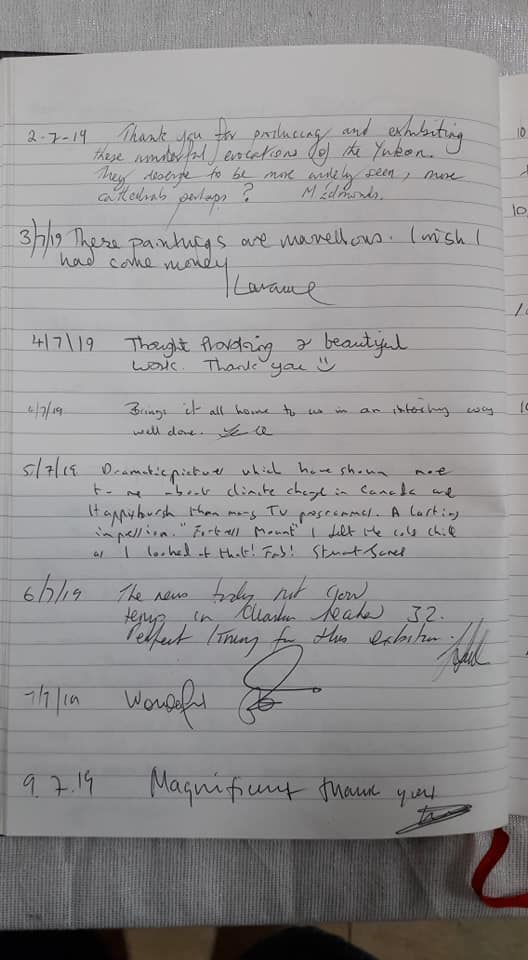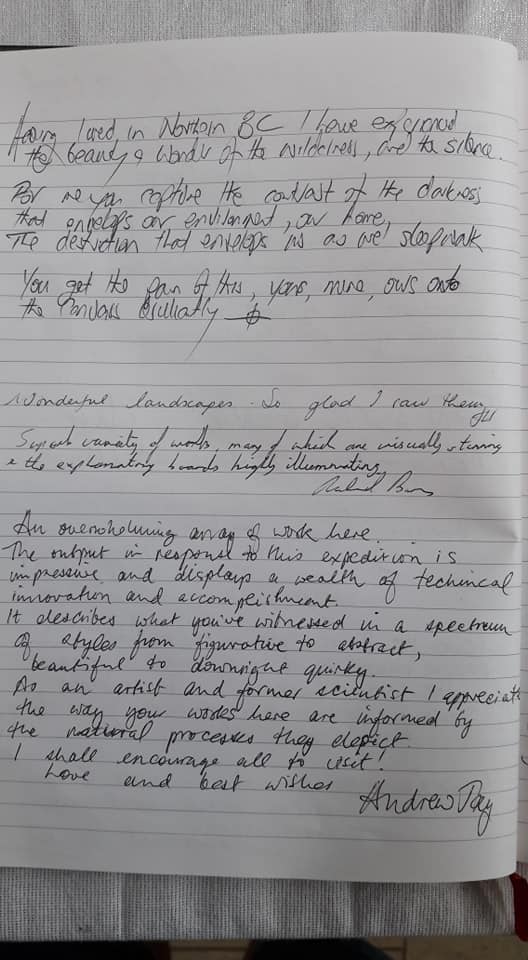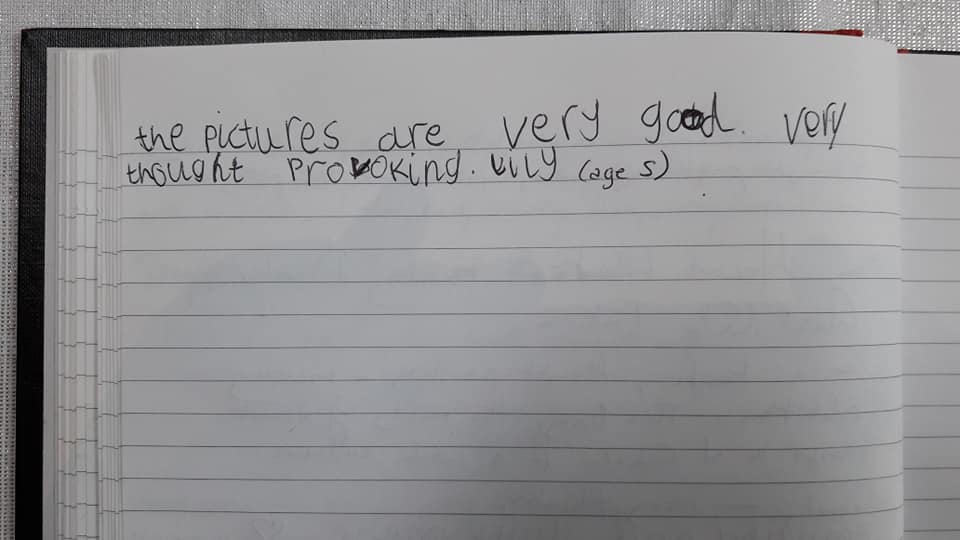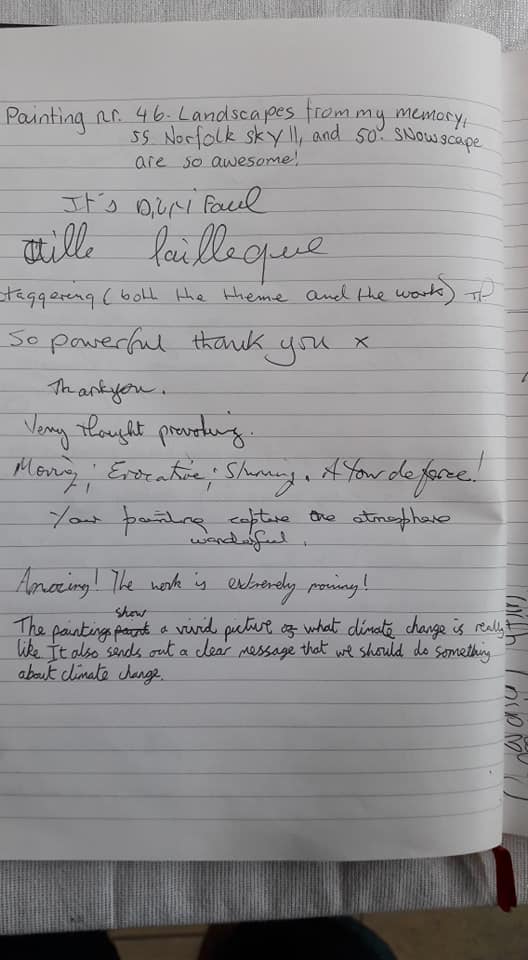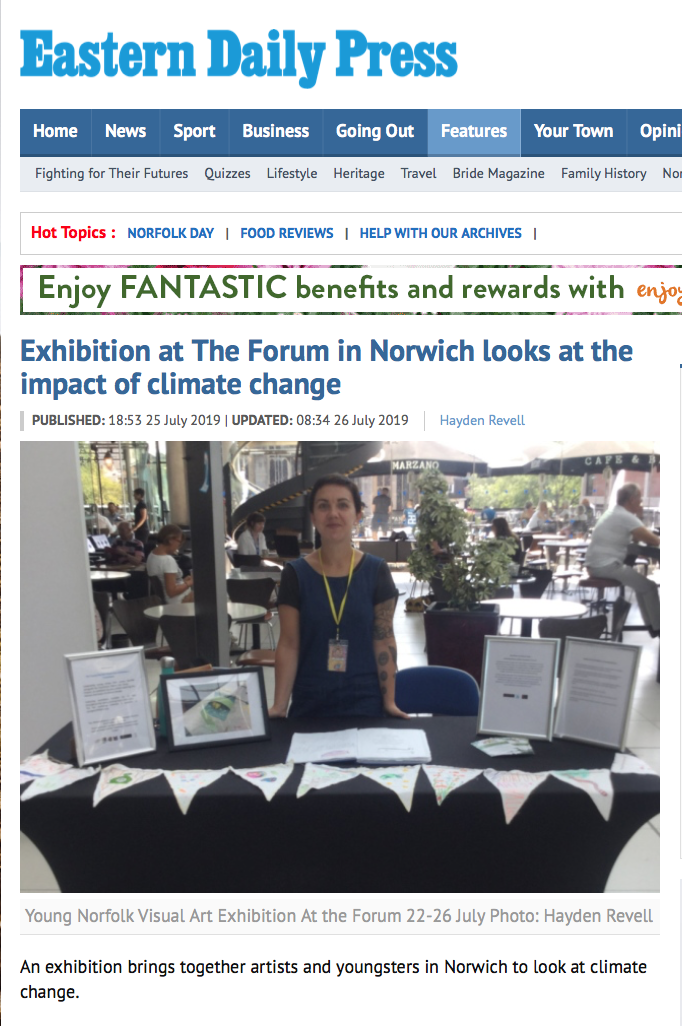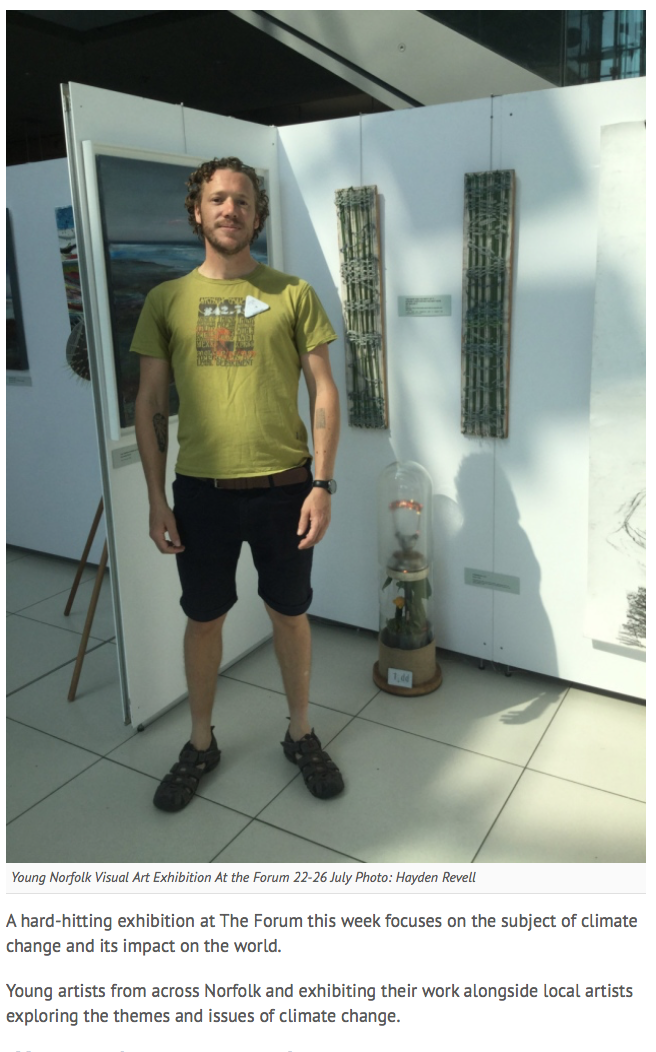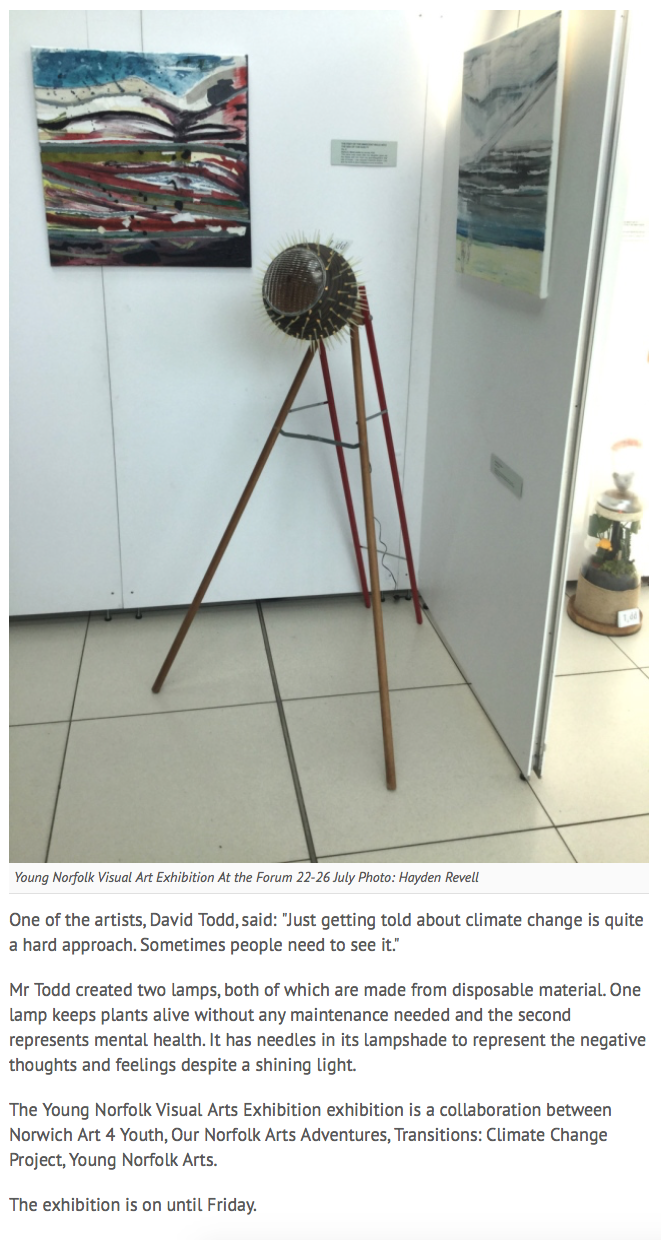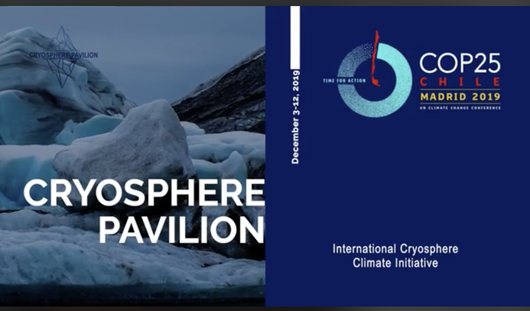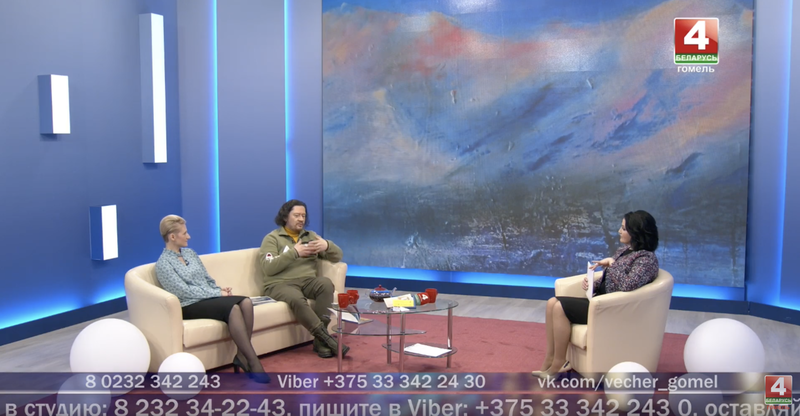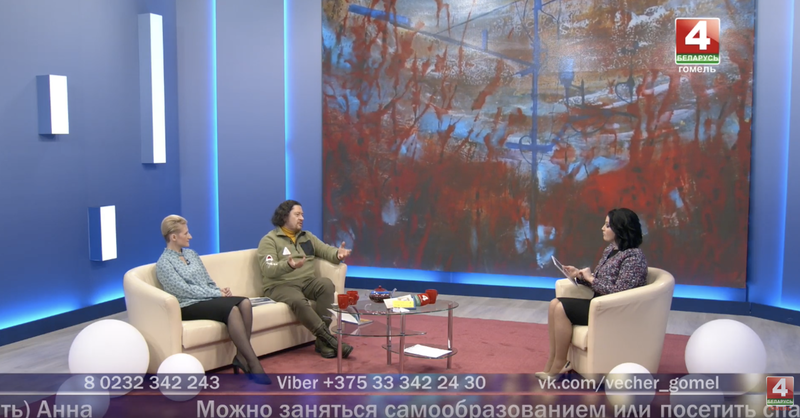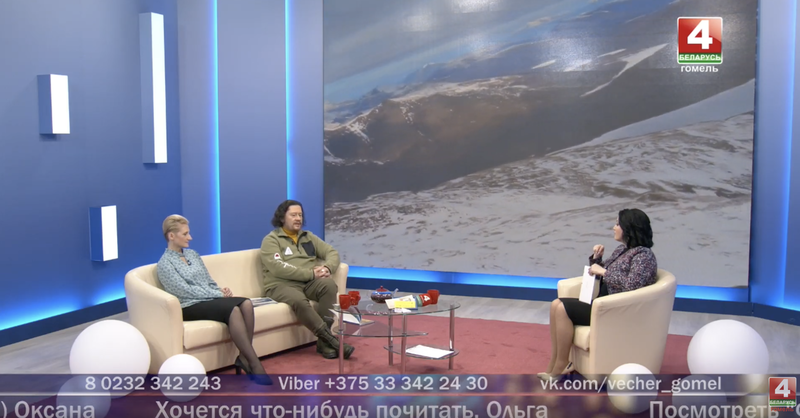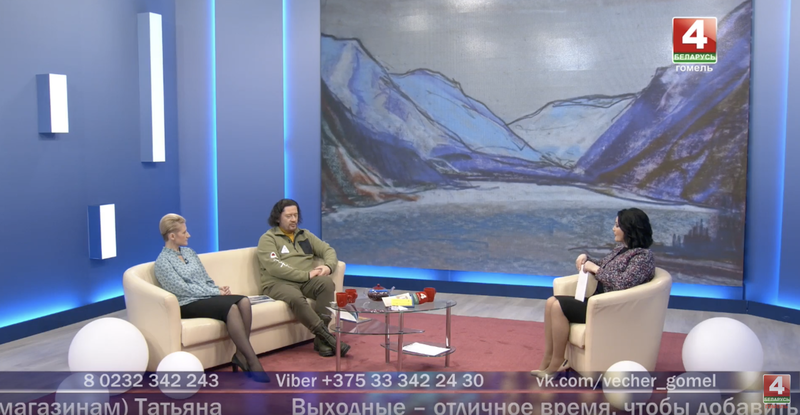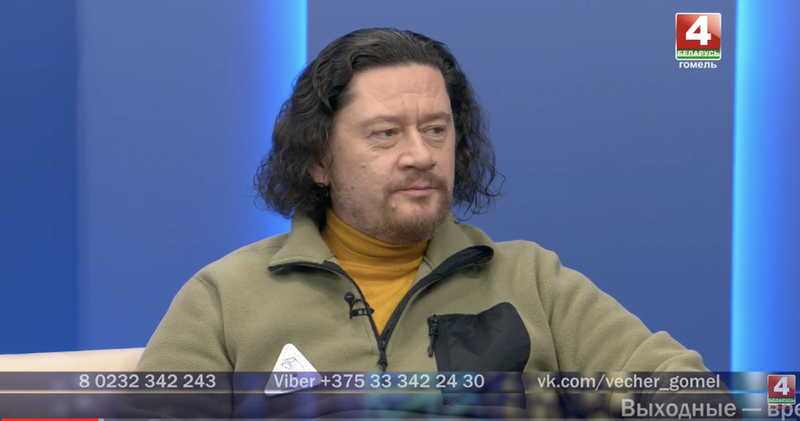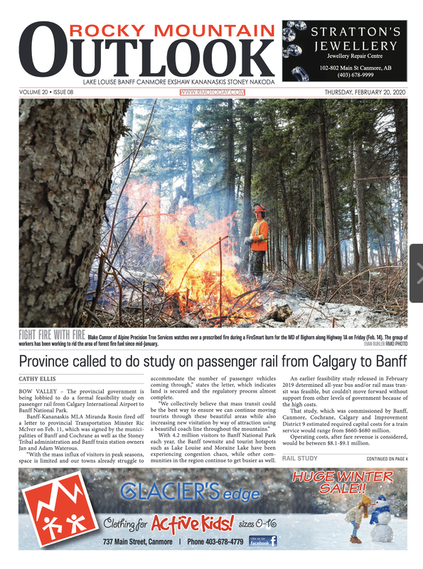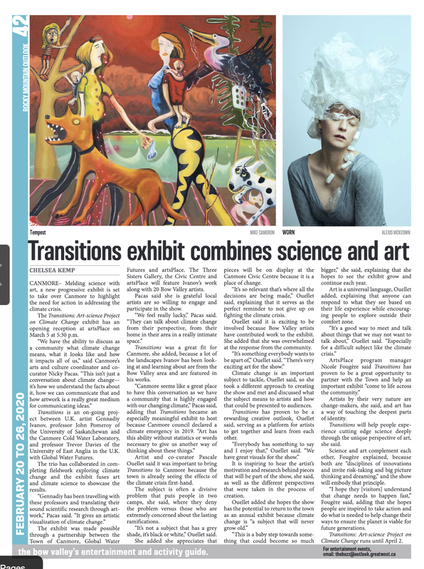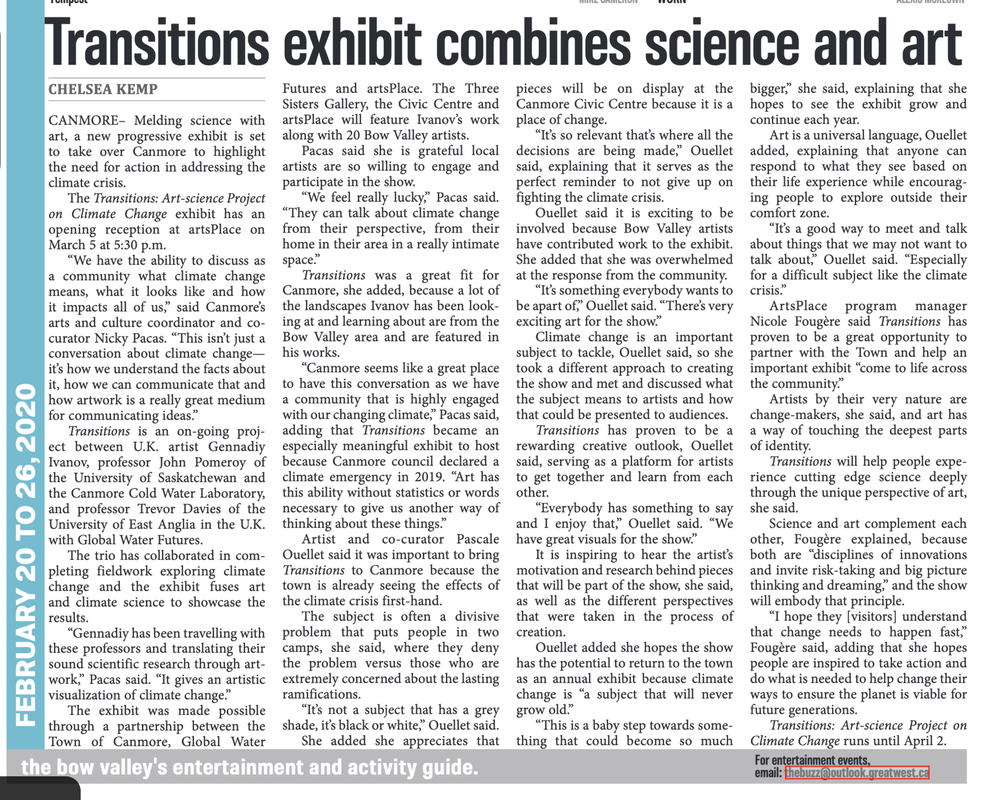COP 28 , DUBAI UAE, 2023-12-05
Roadmap Towards the International Year of Glaciers’ Preservation and Glacier Day, 2025 and Beyond
The UN General Assembly declared 2025 as the International Year of Glaciers’ Preservation, accompanied by the proclamation of 21st of March of each year as the World Day for Glaciers starting in 2025. The resolution invites UNESCO and WMO to facilitate its implementation. The International Year and World Day aim to raise global awareness about the critical role of glaciers, snow and ice in the climate system and the hydrological cycle, and the economic, social and environmental impacts of the impending changes in the Earth’s cryosphere, and to encourage the exchange of knowledge and best practices regarding glacier preservation and adaptation strategies. This event will serve as a platform for stakeholders to express their commitments and partnerships to the International Year and as a steppingstone to developing a road map towards 2025. Contacts: UNESCO, Tajikistan, World Meteorological Organization (WMO)
| |||||||
Disaster of Happisburgh, North Norfolk, UK. Study the coastal erosion in our region.
And collection of NEW paintings 2022-2023.
Compilation of existing work, individual paintings and captions.
Climate Art Influential in UN Declaration that 2025 shall be International Year of Glaciers’ Preservation.
The UN has just made this declaration after the case was initially championed by Professor John Pomeroy (Director of Global Water Futures, University of Saskatchewan and former NATO Science Fellow in the School of Environmental Sciences, UEA) who supported UNESCO and the WMO in advising the Government of Tajikistan to make the case to the UN General Assembly.
Art-Science presentations by the Transitions art-science project colleagues, Norwich artist Gennadiy Ivanov and Professors Trevor Davies (UEA) and John Pomeroy, played an important role: firstly, by presenting to Tajikistan Ministers during COP26 at Glasgow during the Transitions exhibition in the Blue Zone; and then during joint presentations with Tajikistan to COP27 in Egypt and to the UN General Assembly in New York.
This is the latest example of Transitions art and science working together to influence policy. This follows its significant role in Ottawa’s 2022 decision to establish a new Canada Water Agency and, in collaboration with the Climatic Research Unit CRU (Tim Osborn and Michael Taylor), producing a climate change mural for Norwich City Council. This was installed in the City Hall Council Chamber in November, commissioned to be a constant reminder to councillors of the importance of accounting for the climate change challenge in decision-making.
“I am proud that my art, produced in collaboration with climate scientists, is able to have an influence on policy” says Gennadiy Ivanov. “I have produced many paintings of glaciers and cold regions. It makes me sad when I portray the stresses that mountain glaciers are experiencing because of climate change, but my spirit is uplifted to know that my Transitions art can have an influence – in this case at the highest international level. Mountain glaciers represent a source of water which supports nearly a quarter of the world’s population and many global diversity hotspots.”
Trevor Davies commented “Gennadiy’s art continues to have a big impact. It’s the instantaneousness of the impact, which paves the way for scientific explanations. Many of his paintings of glaciers are stunning; they are informed by the latest science, and that initial impact is enhanced by explanations of how artist and scientists work together, and accessible descriptions of the science. The art very effectively communicates to a global audience the urgent need to control climate change so as to preserve the world’s remaining mountain glaciers”.
The UN has just made this declaration after the case was initially championed by Professor John Pomeroy (Director of Global Water Futures, University of Saskatchewan and former NATO Science Fellow in the School of Environmental Sciences, UEA) who supported UNESCO and the WMO in advising the Government of Tajikistan to make the case to the UN General Assembly.
Art-Science presentations by the Transitions art-science project colleagues, Norwich artist Gennadiy Ivanov and Professors Trevor Davies (UEA) and John Pomeroy, played an important role: firstly, by presenting to Tajikistan Ministers during COP26 at Glasgow during the Transitions exhibition in the Blue Zone; and then during joint presentations with Tajikistan to COP27 in Egypt and to the UN General Assembly in New York.
This is the latest example of Transitions art and science working together to influence policy. This follows its significant role in Ottawa’s 2022 decision to establish a new Canada Water Agency and, in collaboration with the Climatic Research Unit CRU (Tim Osborn and Michael Taylor), producing a climate change mural for Norwich City Council. This was installed in the City Hall Council Chamber in November, commissioned to be a constant reminder to councillors of the importance of accounting for the climate change challenge in decision-making.
“I am proud that my art, produced in collaboration with climate scientists, is able to have an influence on policy” says Gennadiy Ivanov. “I have produced many paintings of glaciers and cold regions. It makes me sad when I portray the stresses that mountain glaciers are experiencing because of climate change, but my spirit is uplifted to know that my Transitions art can have an influence – in this case at the highest international level. Mountain glaciers represent a source of water which supports nearly a quarter of the world’s population and many global diversity hotspots.”
Trevor Davies commented “Gennadiy’s art continues to have a big impact. It’s the instantaneousness of the impact, which paves the way for scientific explanations. Many of his paintings of glaciers are stunning; they are informed by the latest science, and that initial impact is enhanced by explanations of how artist and scientists work together, and accessible descriptions of the science. The art very effectively communicates to a global audience the urgent need to control climate change so as to preserve the world’s remaining mountain glaciers”.
Cold Regions Warming, Whyte Museum talk, November 17th 2022
About 75 people came to the exhibition for a talk. It was great evening and it was nice to see so many people who is interested In the region problems. And for two weeks 2171 visitors!
The Crag & Canyon, Banff, 2 November 2022
Keep finding some articles and advertising about exhibition in the local newspapers it’s nice. It makes a lot of interest to the exhibition.
2171 visitors since opened exhibition. Director Banff Museum Donna Livingston said, it’s very good for the shoulder time in Banff. Still not too many tourists around. The season just started. Usually, in December and winter times population in this region grows to 3-5 times.
2171 visitors since opened exhibition. Director Banff Museum Donna Livingston said, it’s very good for the shoulder time in Banff. Still not too many tourists around. The season just started. Usually, in December and winter times population in this region grows to 3-5 times.
Links to the several articles:
|
Currently on at the Whyte Museum of the Canadian Rockies, two new exhibitions take a new perspective on environmental issues impacting both our local and global environments. From the Amalfi Coast to the beaches of Tofino, B.C., and all the way to the remote corners and crevasses of Canada's important water sources - our integral glaciers - the artists and scientists in these exhibitions convey the state of our natural environments and the importance in protecting them.
The exhibition opening on October 28th was a great success, as guests from all ages and backgrounds came to enjoy the show. Artists Josua Jensen-Nagle, Alexandra Ewen, Gennadiy V. Ivanov, and scientist and University of Saskatchewan professor John Pomeroy were all in attendance to discuss their work and engage with visitors. Cold Regions Warming is an interdisciplinary collaboration between artist Gennadiy Ivanov, Global Water Futures, and scientists John Pomeroy and Trevor Davies. Paintings, drawings, and videos depict locations in Canada where global warming has impacted glaciers, oceans, lakes, and rivers. Global Waters Futures is headquartered at the University of Saskatchewan in Saskatoon and aims to demonstrate global leadership in water science in colder regions.From a scientific base, the group also addresses the needs of the national economy in adapting to change and managing the risks of uncertain water futures and extreme events. With the combination of scientific fact and exquisite art, the exhibition is designed to inform on various levels of appreciation.On Saturday November 19th, please join the Whyte Museum for a panel discussion with the scientists and artist featured in this exhibit.Check out the recent media coverage of Cold Regions Warming. Whyte Museum exhibitions combine science, art | Craig Baird with Rocky Mountain Outlook Eco-artists spread climate change message at fall exhibition | Marie Conboy with Bow Valley Crag and Canyon |
|
The Whyte Museum of the Canadian Rockies are hosting the opening of two fall exhibitions, Cold Regions Warming and Contemporary Consciousness, the research and artwork of Global Water Futures, scientists Trevor Davies and John Pomeroy, and artists Gennadiy Ivanoff, Alexandra Ewen, and Joshua Jensen-Nagle, on Friday, Oct. 28th, 2022.
The museum says the exhibitions explore issues impacting local and global environments with the hope to inspire the viewer with a sense of advocacy and actionable change to take home.“We are seeing the impact of dramatic changes in our environment every day,” says Whyte Museum CEO Donna Livingstone. “As a museum in a national park, in a World Heritage Centre, it’s important that we offer new ways of considering the global impacts on our landscape. We are grateful to be drawing on the knowledge and research of the Global Futures scientists and artists in opening this story.”Cold Regions Warming is an interdisciplinary collaboration between artist Gennadiy Ivanov, Global Water Futures, and scientists John Pomeroy and Trevor Davies. Paintings, drawings, and videos depict locations in Canada where global warming has impacted glaciers, oceans, lakes, and rivers.Global Waters Futures is headquartered at the University of Saskatchewan in Saskatoon and aims to demonstrate global leadership in water science in colder regions.From a scientific base, the group also addresses the needs of the national economy in adapting to change and managing the risks of uncertain water futures and extreme events. With the combination of scientific fact and exquisite art, the exhibition is designed to inform on various levels of appreciation.“Contemporary Consciousness features the work of two artists who explore our oceans in contrasting ways. Canadian artist Joshua Jensen-Nagle’s beautiful photographic images impart scenes of beauty, calm, and restfulness. His images both remind us of our personal experience enjoying the ocean while considering the impact of a day of overpopulation and waste in our oceans and on its shores.”Strewn to shore from the Pacific Ocean, bits of Styrofoam, plastic, rubber, and metal were washed onto the beaches at Tofino, B. C. Participating as a volunteer for the community cleanup project, trans-global artist Alexandra Ewen was struck by the magnitude of damage and consequential debris. It was clear the shore wash was microscopic in comparison to the quantity remaining afloat or beneath the ocean surface.With resourcefulness and compassion, Alexandra connected the oceanic resources with the culinary creativity of Japanese culture by reconstructing the garbage into exquisitely formed sushi meals, edible in scale and served to order.Global Water Futures is a pan-Canadian research program that is funded in part by a $77.8-million grant from the Canada First Research Excellence Fund. The overarching goal of the program is to deliver risk management solutions – informed by leading-edge water science and supported by innovative decision-making tools – to manage water futures in Canada and other cold regions where global warming is changing landscapes, ecosystems, and the water environment.Global Water Futures (GWF) aims to position Canada as a global leader in water science for cold regions and will address the strategic needs of the Canadian economy in adapting to change and managing risks of uncertain water futures and extreme events. End-user needs will be our beacon and will drive strategy and shape our science.The UNESCO Chair in Mountain Water Sustainability was recently approved by UNESCO in Paris. This will be administratively based at the University of Calgary and Dr. John Pomeroy will serve as the principal chairholder at the University of Saskatchewan in Canmore.“We consider the Whyte Exhibition “Cold Regions Warming” to be the first major activity of the new UNESCO Chair,” says Dr. Pomeroy. “We look forward to more collaborations in the future.”This free exhibition opening runs from 7 to 9 p.m. on Friday, October 28th. Registration is not required. Light refreshments, appetizers, and a cash bar will be available for the duration of the event. |
New paintings based on inspiration of the 3-rd expedition . Oil on canvas.
|
'A beetle-killed forest'. Oil on canvas.
New Transitions project painting. Professor Pomeroy @gwf_water @gwf_yp @gena_ivan77777 painting@norwichstudioart : 'The forests of Western Canada have recently undergone a massive change as the pinebark beetle, a naturally occurring forest disturbance, has become much more prevalent and has killed most of the lodgepole pine and jack pine forests of British Columbia and northwestern Alberta. The pinebark beetle is now better able to survive the winter as winter minimum temperatures have risen over 5 C in the Canadian Rockies over the last 50 years. The beetle recently infected the lodgepole pine forests of Jasper National Park in the Canadian Rockies, Alberta. In the first year of infection the trees turn red, in the second year they turn brown and in the third year they turn grey as the dead needles fall off. These overmature forests were protected from wildfire and logging during the 20th C by the Park, but are still vulnerable to the impacts of climate change via this tiny beetle. They are now susceptible to wildfires which have consumed the beetle-killed forests in large swaths of the Park. These wildfires are associated with shorter snowcovered seasons, hotter summers, more convective storms and more persistent droughts due to climate change. Will these forests ever return? There is increasing evidence of the long term "browning" of the southern boreal and montane forests in Canada associated with disease and wildfire. Despite being protected in a Canadian National Park and being a UNESCO World Heritage Site, the ecosystems of Jasper National Park are being destroyed by climate change which knows no boundaries. And in burning they return their sequestered carbon to the atmosphere and darken the remaining glaciers and snowfields, accelerating climate change and its impacts.' #climatechange #artistsoninstagram #artscience #transitionsproject #artistinresidence #canada #athabascariver #jaspernationalpark |
|
'Kinbasket Lake', oil on canvas.
Inspired and based on our visit of the Kinbasket lake in BC, the lake which is doesn’t exist this time and looks like desert. Also, it was the sand storm in the distance , I have trying to show how it’s a beginning of the nuclear explosion. I remember Professor John Pomeroy said: ‘Deserted Kinbasket lake… ‘no canoeing on the lake anymore’…disturbing landscape.’ Professor Pomeroy commented: ‘Yes Kinbasket Lake is a reservoir which is drained in winter and spring to make hydroelectricity and then refills up seasonally. It was especially low in May due to drought and late snowmelt. But the snowmelt eventually happened and that along with Glacier melt in August filles it back up. For now. That Glacier melt contribution will be gone in a few decades and the snowmelt will be reduced. Droughts will be more common in the future which may mean it will not refill every year.’ |
|
'The Clock is ticking'. Oil on canvas, 150x150 cm
Inspired by visit Sibbald fen for to look the beaver huts and dumbs. Some drone photos by Professor Cherie Westbrook. Incredible texture and interesting place. @gwf_water great day ! Thanks. Very interesting to see the wetlands and how this area important for the nature. #beavers #wetland #sibbald #nature #drawing #artscience #art #greatnature #scienceforpeople #climatechange #canada #scienceart #arttrail #lovebeaver #beaver #canadabeaver |
3-rd Expedition to Canada, Jasper National Park, Kananaskis country, Banff National Park plein air
Collection of the pastel field drawings.
18-28 May 2022.
Virtual Water Gallery exhibition May 27-June 17, 2022“I hope people feel something when they see the artwork. I think it is one thing to read a scientific document that tells you about climate change and it is another thing to really feel what climate change is in your gut when you look at a painting. When people feel things, then that creates change in their life.”
CANMORE – Getting the message across on climate change can be a challenge, but the hope of the virtual water gallery is the blending of art and science can open the eyes of people to the natural world that is changing around us. “It was an amazing collaboration between artists and scientists who worked together during the pandemic to make works of art that expressed feelings and reactions to climate change,” said program director Nicole Fougere. “They document landscapes that are in transition right now.” |
artsPlace water exhibit blends science and art to create change. 2022-06-07. The Article link belowThe virtual water gallery launched in the summer of 2020 to bring together artists, water experts, knowledge keepers and the public to reflect on the challenges of climate change. Now, the Virtual Water Exhibit has transitioned into an in-person exhibition at artsPlace, running from May 21 to June 17.
The move from a virtual exhibit to an in-person one was relatively easy for the gallery. “It is such a beautiful exhibit. It contains work by professional artists,” Fougere said. “It contains artwork by people who are scientists and artists, and it even has a section with artwork by children from the Bow Valley.” The goal of the exhibit was to bring individuals from different disciplines together to find solutions to the problems the world is facing. “The whole idea behind it is that it started as an online space in order to connect artists from across Canada, but also water experts from the Global Water Futures program,” said lead curator Louise Arnal, a postdoctoral fellow at the Centre for Hydrology. “The philosophy behind it is that we believe that sharing perspectives across communities of artists, Indigenous peoples, scientists and so on can really help us find solutions to the water challenges we are facing.” |
While science and art may seem like two disciplines that wouldn’t go together, the blending of the two can have a big impact on the individuals who experience the result.
“People are more open to it now, and they are seeing the value of merging both worlds,” Arnal said. “It is at that interaction between the two worlds that new and creative and holistic ideas can emerge.”
The blending of science and art can create a unique perspective that changes how a person views a situation, especially one as complex as climate change.
“Scientists are sharing research using journal articles and participating in conferences, but these are for a portion of the population,” Arnal said. “Not everyone understands a scientific graph so being able to convey that through these collaborations and an artistic medium is a great way to bring this important information to a wider public.”
The goal of the exhibit is to change the perspective of people, especially in a place like Canmore where residents can see the environmental changes first hand. Residents can now come and see in the exhibit what they are witnessing in their lives and how scientists are sharing their own visions of it.
“I hope people feel something when they see the artwork. I think it is one thing to read a scientific document that tells you about climate change and it is another thing to really feel what climate change is in your gut when you look at a painting,” Fougere said. “When people feel things, then that creates change in their life.”
After the exhibit opened, there was an immediate response from residents according to Arnal.
“We are seeing the effects that this virtual water gallery is having on the local community,” Arnal said. “We got some fantastic feedback at the opening event, and this gives me hope that people living here are receptive to these events.”
Visitors to the exhibit are also encouraged to fill out surveys that are funded through a government grant at artsPlace or online. These surveys monitor the changes of perspective to water challenges and climate change that the exhibit is causing.
“Hopefully, that shows we are having a positive impact.”
“People are more open to it now, and they are seeing the value of merging both worlds,” Arnal said. “It is at that interaction between the two worlds that new and creative and holistic ideas can emerge.”
The blending of science and art can create a unique perspective that changes how a person views a situation, especially one as complex as climate change.
“Scientists are sharing research using journal articles and participating in conferences, but these are for a portion of the population,” Arnal said. “Not everyone understands a scientific graph so being able to convey that through these collaborations and an artistic medium is a great way to bring this important information to a wider public.”
The goal of the exhibit is to change the perspective of people, especially in a place like Canmore where residents can see the environmental changes first hand. Residents can now come and see in the exhibit what they are witnessing in their lives and how scientists are sharing their own visions of it.
“I hope people feel something when they see the artwork. I think it is one thing to read a scientific document that tells you about climate change and it is another thing to really feel what climate change is in your gut when you look at a painting,” Fougere said. “When people feel things, then that creates change in their life.”
After the exhibit opened, there was an immediate response from residents according to Arnal.
“We are seeing the effects that this virtual water gallery is having on the local community,” Arnal said. “We got some fantastic feedback at the opening event, and this gives me hope that people living here are receptive to these events.”
Visitors to the exhibit are also encouraged to fill out surveys that are funded through a government grant at artsPlace or online. These surveys monitor the changes of perspective to water challenges and climate change that the exhibit is causing.
“Hopefully, that shows we are having a positive impact.”
Samauma sacred tree, oil on canvas, 150x150 cm
....In December I have received the message from Professor John Pomeroy (GWF).
He said: “Gennadiy,
I just had a meeting with Chief Ninawa Huni Kui of a tribe in the Amazon. He has real problems there with floods, fires, drought, deforestation and his people have prophecies about how water speaks for the world and that we are destroying the world through development, corporations, corrupt government and that water is sending us a message to stop now. I liked him and agree with him. He is interested in Gennadiy painting some of their issues (he likes your Art!). He will send photographs and his thoughts on what happens.”
So, started to paint the problems in Amazonian landscape, work in progress painting which is show the Ninawa people Amazon rainforest giant a Samauma sacred trees which is in fire on a droughty-land. It will be more details later.
https://www.archyde.com/brazil-the-samauma-is-a-huge-sacred-tree-on-the-amazon/. @gwf_water #amazonriver#disaster #deforestation #droughtland #drought #fire #forestfire#floods #logging #destroyedland @unesco @cop26uk@un_water @hunikuin #amazonianforest #amazonian#amazonianpeople #indigenous #indigenousart
He said: “Gennadiy,
I just had a meeting with Chief Ninawa Huni Kui of a tribe in the Amazon. He has real problems there with floods, fires, drought, deforestation and his people have prophecies about how water speaks for the world and that we are destroying the world through development, corporations, corrupt government and that water is sending us a message to stop now. I liked him and agree with him. He is interested in Gennadiy painting some of their issues (he likes your Art!). He will send photographs and his thoughts on what happens.”
So, started to paint the problems in Amazonian landscape, work in progress painting which is show the Ninawa people Amazon rainforest giant a Samauma sacred trees which is in fire on a droughty-land. It will be more details later.
https://www.archyde.com/brazil-the-samauma-is-a-huge-sacred-tree-on-the-amazon/. @gwf_water #amazonriver#disaster #deforestation #droughtland #drought #fire #forestfire#floods #logging #destroyedland @unesco @cop26uk@un_water @hunikuin #amazonianforest #amazonian#amazonianpeople #indigenous #indigenousart
New painting 'Welcome to Old Crow' , oil on canvas, 81x116 cm
'Welcome to Old Crow'. Oil on canvas painting. Transitions project University of Saskatchewan
Inspired by an article below. Love this story! very inspiring. Please, read it...
https://www.cbc.ca/.../old-crow-yukon-climate-change-1...
In Old Crow, the Yukon's northernmost community, some freezers still hum, even in late October.
That's odd. Typically, the appliances, which sit on porches, are plugged in during the summer but unplugged when it gets colder, as the frigid air does the work of refrigeration, averting the need to rely on expensive electricity.
The problem is, it isn't sufficiently cold yet.
When an Old Crow resident tells this story around a fire at a mountainside camp, the Vuntut Gwitchin elders standing nearby nod. They know all about the freezer situation.
There is snow everywhere here, 130 kilometres above the Arctic Circle, but by their standards, not much. It's cold, but not cold enough.
Inspired by an article below. Love this story! very inspiring. Please, read it...
https://www.cbc.ca/.../old-crow-yukon-climate-change-1...
In Old Crow, the Yukon's northernmost community, some freezers still hum, even in late October.
That's odd. Typically, the appliances, which sit on porches, are plugged in during the summer but unplugged when it gets colder, as the frigid air does the work of refrigeration, averting the need to rely on expensive electricity.
The problem is, it isn't sufficiently cold yet.
When an Old Crow resident tells this story around a fire at a mountainside camp, the Vuntut Gwitchin elders standing nearby nod. They know all about the freezer situation.
There is snow everywhere here, 130 kilometres above the Arctic Circle, but by their standards, not much. It's cold, but not cold enough.
|
|
“Welcoming Dippy to Norwich - Painted Perspectives on the Past and Present”. The Forum exhibition of dramatic, provocative, and enjoyable paintings celebrates Dippy’s visit to Norwich Cathedral. Collaborating with the Cathedral, Norwich artist Gennadiy Ivanov, Norwich scientist Trevor Davies, and Canadian scientist John Pomeroy join forces to welcome Dippy to the city and to provide unique painted perspectives on the past and present. When Dippy’s fossil was discovered in Wyoming, it became an international superstar and – this time – a celebrity with a fascinating story to tell, in an occasionally off-beat way in this exhibition, of large-scale environmental changes on the geological time scale. Humans have been around for a much shorter time than were dinosaurs and, in that short time, are in the process of wreaking environmental change which could have impacts which are as profound as many which the Dinosauria witnessed. This unique exhibition of the Painted Perspectives on the Past and Present combines imaginative art with science, in a joined-up way, to bridge dinosaur and human time-scales to entertain, provoke, challenge and inspire. And to welcome our guest to Norwich. The exhibition is mounted by the Transitions art-science project which is part of the Global Water Futures’ research programme (https://gwf.usask.ca/outreach/artist-in-residence.php#About). The Transitions team is grateful to The Forum for the donation of exhibition space. |
Transitions project exhibition , 12-27 June, Norwich, UK
Artists: Gennadiy Ivanov, Deanna Tyson, Helen Wells, Andy Hornett
Transitions project exhibition at Rossotrudnichestvo,
|
|
Norfolk Artist and Scientist
Fuse Art and Science over Climate Change. North Norfolk recently declared a climate emergency; quickly followed closely by the House of Commons. This is hot on the heels of the first phase of an exciting Norfolk project to increase public engagement by fusing art with the science of climate change. Norfolk artist Gennadiy Ivanov and Trevor Davies, former Pro Vice Chancellor for Research and Director of the Climatic Research Unit at UEA, have combined to represent aspects of climate change and its impacts in visual art in order to increase awareness in a wider section of people. They have just returned from Canada, a country which is amongst those most greatly affected by climate change. Gennadiy Ivanov had already produced paintings related to sea-level rise and coastal erosion in Norfolk when he approached Professor Davies, who says “I was impressed by Gennadiy’s paintings. He interpreted and visualized coastal erosion in a way which I found striking, and I thought that his impressionistic images could have a wider impact”. From Gennadiy Ivanov’s perspective, he knew that Norwich was a hot-bed of climate research and wanted advice on how best to develop his work in the climate change theme. “Professor Davies explained the principles of climate change and its impacts and convinced me that, together, we could produce a real fusion of science and art in this project. Everyone we spoke to in Norfolk was enthused by the project, including those who had experience of art in education as a means of getting over a story to those who might not otherwise be interested”. The real breakthrough came when Professor Davies contacted a colleague in Canada, Professor John Pomeroy, who had spent time at UEA in the 1990s, and with whom co-operation had since continued. Professor Davies explained that “John is Director of a very effective and important research project in Canada called Global Water Futures (GWF). It is addressing the major climate change related events which Canada is experiencing: more severe floods, droughts, fires, recession of snow and ice-cover, and perma-frost melting. I felt that witnessing the impacts of these changes in landscapes which were very different to those in Norfolk could give scope Gennadiy to produce even more striking pictures”. The two have just returned from a research trip in Canada in which Gennadiy Ivanov was able to join in GWF activities at a number of research sites in the Yukon, North West Territories, and the Rockies in Alberta. He says “I am very grateful for GWF support and feel enormously privileged to have witnessed the incredibly hard work put in by the scientists, involving sophisticated instrumentation in remote and difficult terrain. Sometimes the only way in was by helicopter or ski-plane. It made me realise the effort put in by scientists to understand and the effects of climate change and that sometimes it is necessary for them to use modes of transportation which emit global warming gases in order to better prepare us for the future”. “I want to do justice, in my own terms, to the incredible landscapes which I saw in Canada, and the way in which they are being deeply affected by man-made global warming. I also want to use this experience to inform my future paintings representing environmental change in Norfolk, and link the changes in the gentler landscapes in our county to those in the more dramatic landscapes of Canada. I also want my art to be a tribute to the dedicated scientists whose work I saw”, said Gennadiy Ivanov. Professor Davies remarked “I have no doubt that the exhibitions based on Gennadiy’s work will be successful. Many landscapes in Canada have changed dramatically since my first scientific visits there, and Gennadiy is able to represent this in an imaginative way. It was exciting to be part of this project to fuse art and science, and I look forward to adopting this approach to Norfolk. It was sobering to catch a quick snapshot of the nature of changes in large parts of Canada: perhaps the most sobering was to see the very large areas of landscape slumping resulting from the thawing of permafrost. It may have been this which prompted the Chief of the Gwich’in Indigenous Peoples to give his impression of the effect of climate change on his people: “It’s like watching a nuclear explosion in slow motion””. |
Gennadiy Ivanov was able to produce paintings in the field, of the research activities and landscapes which have been affected by climate change, which he is now using as a basis for his impressionistic images. Professor Trevor Davies said “Everyone who watched Gennadiy produce his paintings in the field was impressed by his speed of work, and by the way he was able to capture the important elements of what he was seeing”. Amongst the scenes Gennadiy Ivanov witnessed were the outcomes of rapidly retreating glaciers, the effects of quick changes in lake-level, vegetation changes, the results of catastrophic floods, and forest fires. Even whilst the two were there, climate records were being broken in parts of Canada, including record floods in Ottawa and Montreal and record high temperatures in the North West Territories. Art galleries and museums in Canada have invited exhibitions of the resulting art, combined with climate interpretations, and there is also an invitation to put on an exhibition in London. The pair plan exhibitions in Norfolk, with the hope of developing links with the Canadian galleries. “I want to do justice, in my own terms, to the incredible landscapes which I saw in Canada, and the way in which they are being deeply affected by man-made global warming. I also want to use this experience to inform my future paintings representing environmental change in Norfolk, and link the changes in the gentler landscapes in our county to those in the more dramatic landscapes of Canada. I also want my art to be a tribute to the dedicated scientists whose work I saw”, said Gennadiy Ivanov. Professor Davies remarked “I have no doubt that the exhibitions based on Gennadiy’s work will be successful. Many landscapes in Canada have changed dramatically since my first scientific visits there, and Gennadiy is able to represent this in an imaginative way. It was exciting to be part of this project to fuse art and science, and I look forward to adopting this approach to Norfolk. It was sobering to catch a quick snapshot of the nature of changes in large parts of Canada: perhaps the most sobering was to see the very large areas of landscape slumping resulting from the thawing of permafrost. It may have been this which prompted the Chief of the Gwich’in Indigenous Peoples to give his impression of the effect of climate change on his people: “It’s like watching a nuclear explosion in slow motion””. |
'I wanted to capture some of the impacts of climate change in a region of Canada which has experienced some of the highest warming rates on the planet – Yukon, Northwest Territories, and the Rockies in Alberta. I was lucky enough to be able to join scientists, as they made routine visits to some of their observation stations and study sites.'
'I also returned to the Peyto Glacier in August – its shrinking form much more evident without snow-cover. GWF scientists use drones to photograph and sense the receding glacier . A brilliant sunny day on the glacier meant that my field paintings were amongst the most colourful I have produced of a glacier. Despite the bright colours, the bare moraines and sediment left by the retreating glacier gave me a sense of destruction, darkness and decay borne in rapid deglaciation due to human-caused climate change. In this painting is an example of the strange formations of cryoconite below the glacier snout, washed off the glacier by meltwater and accumulating in mini-mountain ranges about 2m high. This field painting looking down the valley from the current glacier snout gives an impression of the former scale of the glacier. At the base of the glacier were melt caverns, about 2m high, here captured in a field painting. Here I represent the criss-cross pattern of crevasses and melt channels on the glacier in an impressionistic way. '
|
Link to catalogues http://www.climatetransitions.co.uk/catalogues.html
|
September-October Transitions collection of new paintings and drawings
|
|
|
Concise Description
Despite the exhortations of climate scientists over decades, action on climate change has been delayed too long. In the words of David Attenborough, “the collapse of our civilisations and the extinction of much of our natural world is on the horizon”. That prospect, scientists say, will be unstoppable if major actions, not before attempted, are not taken over the next few years. Whether they are, or not, will determine to what extent the Earth remains inhabitable. The proposed project aims to represent that challenge, stimulating awareness amongst new audiences, via a range of techniques, styles, performance and media. The artist will have unprecedented access to the work of climate scientists, initially in Canada and the UK, and the project will be shown and performed at a number of venues including in the UK and Canada. The linkages between, and dislocations in, those natural systems and societies most at risk will be articulated and shown to the artist by practicing climate scientists – a fusion of science and art. Because of the unprecedented access to a global network of climate scientists, there is a realizable prospect of the project growing and evolving for exhibitions/performances around the world.
Images by Gennadiy Ivanov / August 2019: Peyto Glacier- GWF and The Canadian Centre for Water Forecasting and Prediction at the University of Saskatchewan.
Proposed artistic activity
Funding is sought for the second phase of this activity. The first phase has been successfully completed. This was making contact with climate scientist Professor Trevor Davies, former Director of the Climatic Research Unit and Co-Founder of the Tyndall Centre for Climate and being tutored by him in the fundamentals of climate change and its impact, including the importance of transition processes (phase changes, etc) in the climate system, and how representations of water (in its various phases) - or the lack of it – can be used as a messenger and impact vector of climate change. Professor Davies has put me in touch with one of his close colleagues, Professor John Pomeroy who is Director of Global Water Futures (the biggest water research programme in the world) headquartered in Saskatoon, Canada. I, therefore, have unprecedented access to the global network of climate scientists. I have been invited by Professors Pomeroy and Davies to join them on fieldwork during the snowmelt season this spring at three experimental locations in Canada in: the boreal forest; the Rocky Mountains; Wolf Creek near Whitehorse, Yukon. All logistical support will be provided and the Global Water Futures programme has awarded a grant of $5,000 Canadian.
Canada is suffering extremes related to climate change - floods, drought, fires – and I will be able to immerse myself in the scientist’s work and how they organise research in extreme environments. My plan is to sketch, photograph, and video, record the parameters and features they are measuring: snow, snowdrift, snowmelt, ice movement and cracking, torrents, clouds, rainfall, wind, sunshine, etc. I want to capture the human dimension of the scientist at work, and also register how local inhabitants are impacted, and how they cope, with climate change.
I believe that I can start an effective dialogue with my new colleagues through an exhibition of paintings I am now producing on an iconic symbol of the Earth System’s vulnerability to climate change; the polar bear. My first paintings have elicited an invitation to exhibit them in Saskatchewan and Alberta, and a provisional invitation to observe this autumn – to help develop my stylization of them – as they await the build-up of the (diminishing) sea ice in Hudson Bay.
The spring trip to Canada will produce the materials (recordings, sketches, videos, paintings) to make installations, films, lectures, which I will use to link with representations of the nature of climate change and its impact on Norfolk – for example, coastal erosion (water as the vector again) with the cooperation of climate scientists in Norwich. The first product of this extensive programme will be an installation and art project in my name in Norfolk and Saskatoon. A second product will be an integrated multi-participant exhibition which will include videos, paintings, multi-material (and some dynamic) sculptures, photographs, sound, light, performance (dance, theatre, music, song, etc) – in an attempt to mirror the inter-connected multi-variable, multi-dimensional nature of climate change, the Earth System and the two-way impact on societies.
Proposed artistic activity
Funding is sought for the second phase of this activity. The first phase has been successfully completed. This was making contact with climate scientist Professor Trevor Davies, former Director of the Climatic Research Unit and Co-Founder of the Tyndall Centre for Climate and being tutored by him in the fundamentals of climate change and its impact, including the importance of transition processes (phase changes, etc) in the climate system, and how representations of water (in its various phases) - or the lack of it – can be used as a messenger and impact vector of climate change. Professor Davies has put me in touch with one of his close colleagues, Professor John Pomeroy who is Director of Global Water Futures (the biggest water research programme in the world) headquartered in Saskatoon, Canada. I, therefore, have unprecedented access to the global network of climate scientists. I have been invited by Professors Pomeroy and Davies to join them on fieldwork during the snowmelt season this spring at three experimental locations in Canada in: the boreal forest; the Rocky Mountains; Wolf Creek near Whitehorse, Yukon. All logistical support will be provided and the Global Water Futures programme has awarded a grant of $5,000 Canadian.
Canada is suffering extremes related to climate change - floods, drought, fires – and I will be able to immerse myself in the scientist’s work and how they organise research in extreme environments. My plan is to sketch, photograph, and video, record the parameters and features they are measuring: snow, snowdrift, snowmelt, ice movement and cracking, torrents, clouds, rainfall, wind, sunshine, etc. I want to capture the human dimension of the scientist at work, and also register how local inhabitants are impacted, and how they cope, with climate change.
I believe that I can start an effective dialogue with my new colleagues through an exhibition of paintings I am now producing on an iconic symbol of the Earth System’s vulnerability to climate change; the polar bear. My first paintings have elicited an invitation to exhibit them in Saskatchewan and Alberta, and a provisional invitation to observe this autumn – to help develop my stylization of them – as they await the build-up of the (diminishing) sea ice in Hudson Bay.
The spring trip to Canada will produce the materials (recordings, sketches, videos, paintings) to make installations, films, lectures, which I will use to link with representations of the nature of climate change and its impact on Norfolk – for example, coastal erosion (water as the vector again) with the cooperation of climate scientists in Norwich. The first product of this extensive programme will be an installation and art project in my name in Norfolk and Saskatoon. A second product will be an integrated multi-participant exhibition which will include videos, paintings, multi-material (and some dynamic) sculptures, photographs, sound, light, performance (dance, theatre, music, song, etc) – in an attempt to mirror the inter-connected multi-variable, multi-dimensional nature of climate change, the Earth System and the two-way impact on societies.
Neither Prof Davies nor Prof Pomeroy have been directly involved in art projects before. However, they have both been heavily-involved in public engagement. Prof Davies has been involved in many engagement events during his time as Director of the Climatic Research Unit, Dean of the School of Environmental Sciences, Pro-Vice Chancellor for Research, Enterprise and Engagement, all at UEA; UK Natural Environment Research Council Member, and Director of the Fudan Tyndall Centre in Shanghai. Similarly, Prof Pomeroy’s roles as Canada Research Chair in Hydrology and Director of the Global Water Futures programme has public engagement at their cores. Both have extensive experience in managing large-scale international research programmes. Taken together with their research expertises in climate, hydrology, snow/ice dynamics and chemistry, and atmospheric processes, they will prove (indeed, already have) effective partners for this project. They are both seasoned expedition leaders.
Neither Prof Davies nor Prof Pomeroy have been directly involved in art projects before. However, they have both been heavily-involved in public engagement. Prof Davies has been involved in many engagement events during his time as Director of the Climatic Research Unit, Dean of the School of Environmental Sciences, Pro-Vice Chancellor for Research, Enterprise and Engagement, all at UEA; UK Natural Environment Research Council Member, and Director of the Fudan Tyndall Centre in Shanghai. Similarly, Prof Pomeroy’s roles as Canada Research Chair in Hydrology and Director of the Global Water Futures programme has public engagement at their cores. Both have extensive experience in managing large-scale international research programmes. Taken together with their research expertises in climate, hydrology, snow/ice dynamics and chemistry, and atmospheric processes, they will prove (indeed, already have) effective partners for this project. They are both seasoned expedition leaders.
Transitions: Canada Yukon, Northern territories sketches collection. Winter/Spring.
Pastels drawings.
Canada Transitions art expedition project collection. Pastels, gouache, digital art. Fusion of science and art. Climate change study, the changing environment of Western Canada: Sub-Arctic Mountains- monitoring, understanding and predicting the changing climate, land, vegetation, and water cycle at the Yukon territories and Canadian Rocky Mountains.
Transitions second expedition: Canadian Rockies and Saskatchewan prairies. Summer - Autumn.
Pastels/watercolours
Paintings from my recollection and imagination.
Геннадий Иванов, группа SKYNET, Эдвин Поуп и проблемы Арктики |
Why is this activity important for your artistic development?
Just three months ago, the world’s climate scientists issued a stark warning – their starkest of many previous – that there are only 12 years remaining in which the take the necessary action to limit global warming to a level where the most catastrophic consequences can still be avoided. I believe this requires an unprecedented mobilization of all sectors of the community. Artists can play an important role in raising awareness and inspiring action. I would like to devote a significant part of my activity over the next years to this overwhelming threat and challenge to global well-being. I believe I have the appropriate techniques and skills to make a difference, especially when coupled with the expertise, experience and advice of scientists with a powerful background in climate science. It is so apposite that I am based in Norwich which is one of the global power houses in climate research. These connections will give me access to many aspects of climate research around the world. I want to be able to capture and represent subjects which give a strong sensory message about climate change, its threat and coping strategies. For that reason, I will be visiting a country where the impacts of climate change will be amongst the greatest: Canada. I will witness scientists work in forests, in snow- and ice-fields, in torrents, and sites of great drought. I will see, and talk to, communities which have been devastated by the extreme events nested in global warming. On a second trip, I hope to observe that iconic symbol of climate change: the polar bear as it waits (increasingly forlornly) for its millennia-old winter life-support platform of sea-ice to form.
I will learn how to meld such dramatic messages from another place to equally-dramatic, but less visual and consequential, in Norfolk. This will mirror the scientific connection. Prof Trevor Davies, who spent most of his career based at UEA, employed Prof John Pomeroy as a young post-doc. They worked together around the world, but especially in Canada. Prof Pomeroy is now Director of the Global Water Futures programme with 125 partner institutions throughout the world. Both are committed to continued collaboration with me, both for the first phases of this project and as it grows through future transitions – in scope and geographically.
Just three months ago, the world’s climate scientists issued a stark warning – their starkest of many previous – that there are only 12 years remaining in which the take the necessary action to limit global warming to a level where the most catastrophic consequences can still be avoided. I believe this requires an unprecedented mobilization of all sectors of the community. Artists can play an important role in raising awareness and inspiring action. I would like to devote a significant part of my activity over the next years to this overwhelming threat and challenge to global well-being. I believe I have the appropriate techniques and skills to make a difference, especially when coupled with the expertise, experience and advice of scientists with a powerful background in climate science. It is so apposite that I am based in Norwich which is one of the global power houses in climate research. These connections will give me access to many aspects of climate research around the world. I want to be able to capture and represent subjects which give a strong sensory message about climate change, its threat and coping strategies. For that reason, I will be visiting a country where the impacts of climate change will be amongst the greatest: Canada. I will witness scientists work in forests, in snow- and ice-fields, in torrents, and sites of great drought. I will see, and talk to, communities which have been devastated by the extreme events nested in global warming. On a second trip, I hope to observe that iconic symbol of climate change: the polar bear as it waits (increasingly forlornly) for its millennia-old winter life-support platform of sea-ice to form.
I will learn how to meld such dramatic messages from another place to equally-dramatic, but less visual and consequential, in Norfolk. This will mirror the scientific connection. Prof Trevor Davies, who spent most of his career based at UEA, employed Prof John Pomeroy as a young post-doc. They worked together around the world, but especially in Canada. Prof Pomeroy is now Director of the Global Water Futures programme with 125 partner institutions throughout the world. Both are committed to continued collaboration with me, both for the first phases of this project and as it grows through future transitions – in scope and geographically.
|
|
|
Transitions project art expedition April 2019.
|
|
|
Exhibition at The Forum in Norwich looks at the impact of climate change |
